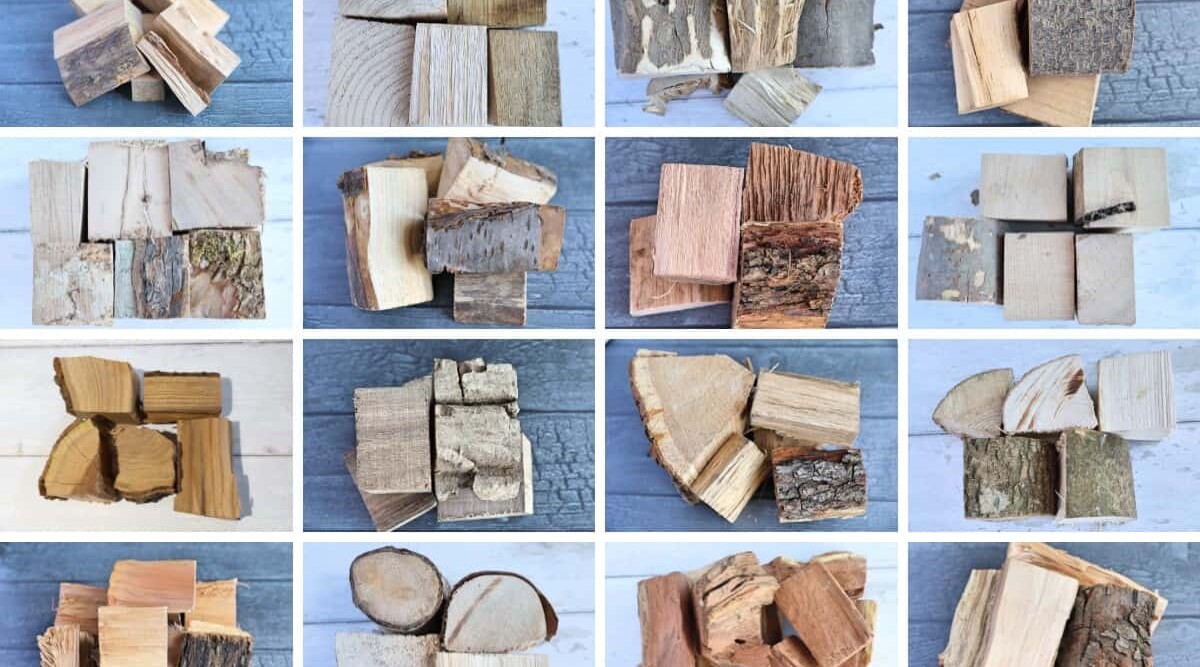
This smoking wood identification guide provides a straightforward approach to identifying the most popular smoking wood types.
Precision is crucial in outdoor cooking, especially when it comes to selecting the right wood for smoking. Because different woods have different smoke strengths and impart unique flavors to food, it makes it essential to know which wood you are using, to pair it correctly to your recipe.
This resource provides simple, direct information to help you recognize various types of wood by the trees overall look, bark, leaves, flowers and seeds, as these characteristics are key to identifying the wood and tree species.
What You Will Learn
- How to identify different types of wood by their overall look, grain pattern, bark, leaves, flowers, and seeds.
- How it is crucial to be careful when sourcing smoking wood as some trees can be harmful if their smoke is inhaled or used to cook food.
- Photos and descriptions of various tree species and their corresponding smoking wood chunks.
- How to identify Each type of wood has its own unique characteristics, such as color, grain pattern, and bark appearance, that help with identification.
- Additional resources, such as field guides and online websites, to use for further tree identification.
Jump to:
Use This Information Wisely — And Safely!
Some trees and their wood can be harmful if their smoke is inhaled or used to cook food. So you need to be extra careful when sourcing your smoking wood and be sure of what you are using.
This guide aims to help you identify the most common smoking woods, particularly smoking wood chunks used when using charcoal for heat and wood chunks for smoke.
Numerous times, I have had people email or contact me on social media asking me to help identify wood chunks they have. I am always hesitant to do so, as getting this wrong is potentially dangerous.
However, sometimes people buy various smoking woods from reliable commercial sources, forget to label them, and months down the line, they cannot determine what wood they have in the mix. They know it is safe because they bought it from a shop as smoking wood, but they no longer remember what type it is.
And that’s why I decided to create this guide. So I can point such people to it. It’s also for my use, as I sometimes mix up wood chunks in my shed or find forgotten chunks needing identification.
This is the sort of use case I intend for this guide. Please be safe out there!
Wood Chunk and Tree Identification Guide — With Photos and Descriptions
With multiple photos of tree varieties, their leaves, bark, seeds, and flowers, and photos of smoking wood chunks taken from said trees, this information will help you identify smoking wood chunks and the trees they come from.
So if you have a lot of trees on your property and are looking for extra income (kidding — but not too much) or if you want the satisfaction of the total grilling experience from nature to table, you’ll need to know which tree is which before firing up the chain saw or gathering fallen branches, this guide is for you.
Here are the most commonly used varieties to consider. Although some of the following also grow as shrubs, we won’t mention them here since shrubs are rarely (ever?) used for smoking food.
Alder
Alder wood typically has a light tan or reddish-brown color with straight and even grain patterns. Over time, the color might darken to a deeper reddish-brown. Alder wood’s grain is usually less pronounced, making it smooth to touch.
Speaking of its bark, alder trees have a smooth gray bark when young, turning to a darker, rough bark with fissures as they age. This rough bark often peels off in scales. Alder bark’s unique feature is that it’s often marked by lichen and moss because it grows in damp areas.
In the same family as birch, North American alder grows along both coasts near streams, in valleys, or along slopes. East Coast alders are mostly shrub-like while those on the West Coast grow up to 80 feet tall.
European Alder
A.K.A. Black Alder.
Latin name: Alnus glutinosa.
Black alder grows 50 to 70 feet tall and up to 2 feet in diameter. Found in the Northeast wild along streams and swamps and in cultivated parks or gardens.
- Bark — smooth, dark brown; horizontal lines fissure with age.
- Leaves — double-tooth edges, roundish (circular) to egg-ish (obovate) shaped; dark green above and pale green underside with hairy veins.
- Flowers —
- Fruit — clusters on a long stalk, 1/2 to 1 inch long; ovoid or round shape.
White Alder
A.K.A. California alder, Sierra alder
Latin name: Alnus rhombifolia.
Whit alder has a straight 1-2½ — foot diameter trunk. It grows 50 to 80 feet tall in California and parts of Oregon, Idaho, and Montana.
- Bark — thin and smooth, light gray in color. Over time flat, scaly ridges and fissures appear and reddish plates, still later. It sports fuzzy twigs and leafstalks.
- Leaves — dull finish, rounded tips, edges are usually fine-toothed. Dark green above and light yellow-green underneath.
- Flowers —
- Fruit — 1 1/2 to 5 inches long and droops.
Red Alder
A.K.A. Oregon alder.
Latin name: Alnus rubra.
Red alder trees can soar up to 80 feet tall but have a 1-2½ — foot diameter trunk. Twigs and leafstalks have little to no hair.
- Bark — smooth, pale gray becoming mottled and rough, sometimes developing warty ridges swelling into plates and ridges with age.
- Leaves — double toothed, rolled edges.
- Flowers — Male and female catkins grow between February and May.
- Fruit — Cone-shaped, scaled with flat and elliptic winged samaras.
Apple
Apple wood has a light, pale color with a slightly pinkish hue. The grain is typically straight and uniform, giving it a smooth appearance and feel. It’s somewhat dense but not as hard as many other types of hard wood.
The bark of the apple tree is grayish-brown in color, which can darken over time. When the tree is young, the bark is relatively smooth but becomes rough, with grooves and cracks, as the tree matures. What sets apple wood apart is that it can often have areas of darker, almost black discoloration, especially near the knots. This can give apple wood pieces a unique, rustic look.
Latin names: Alus Pumila, Malus Domestica, Malus Sylvestris, Malus Communis, and Pyrus Malus.
There are 7,500 varieties of apples grown worldwide, 2,500 in the U.S. So we’re not going to list or show even a fraction of them here. But here are a few typical looking apple trees, bearing fruit, and in blossom.
Apples, cherries, hawthorn, peaches, pears, and plums are in the same family (Rosaceae – yes, as in roses) and share a lot of common traits.
- Bark — Smooth, becoming scaly and flaky with age.
- Leaves — Toothed or lobed.
- Flowers — 5 petals, 1 to 1 1/2 inches diameter, white to pinkish white.
- Fruit — Round or pear shaped. Depending on the cultivar, the fruit can be as small as a golf ball, or as large as a grapefruit. The outer peel can have a variety of different colors and hues.
Ash
Ash wood has a light, nearly white color. The grain pattern is bold and straight, with distinctive growth rings. The wood is quite dense and hard, yet flexible.
The bark of an ash tree is pale grey, often with a crisscross pattern that creates diamond shapes on mature trees. The young trees, on the other hand, have smoother bark.
The most commonly found ash trees in the US are green ash, and white ash. Smoking wood chunks from such trees typically look like the following:
Green Ash
Latin name: Fraxinum Pennsylvanica.
Green ash trees reach a height of 50 to 80 feet in full maturity, with a width of 50 to 70 feet. They are overall pyramidal in shape, with a rounded crown. Branches and buds grow across from each other and are not staggered.
- Bark — Light gray to brown, with reddish inner bark. The bark of mature trees is taut and has a characteristic pattern of diamond-shaped ridges. The bark of young trees is quite smooth.
- Leaves — 6 to 10 inches long, the leaves are compound, with 5-9 leaflets. The edges of leaflets might be smooth or serrated. The underside is slightly hairy, and leaves go yellow in the fall.
- Flowers — 1/8 inch long, pale green to purplish-green, with a tiny tubular calyx and no corollas. Male flowers have two stamens and turn brown once pollen is released. Male flowers are a tightly packed cluster, while female flower clusters spread out to a loose panicle with up to 300 individual flowers.
- Seeds — When seeds are present on trees, they are dry, oar-shaped samaras. They normally appear in groups and remain on the tree until late fall or early winter.
White Ash
Latin name: Fraxinus Americana.
White ash typically grows to a height between 60 and 90 feet, though some specimens have been known to reach 120 feet. It has a straight trunk with a diameter between 2 and 3 feet.
If free to grow, the crown is dense and conical, though it grows pyramidal and more narrow in densely populated areas.
- Bark — Yellow-brown, to medium or dark gray, far lighter and ‘whiter’ than other species of ash. It has scaly ridges and deep furrows that form a diamond pattern between pointed ridges.
- Leaves — Are ovate or elliptical, 8 to 12 inches long, stalked, opposite each other, and have between 5 and 9 dark green paired leaflets except for the last one, which is singular. The underside is whitish, and leaves go purplish and yellow in the fall. Leaflets can be smooth or finely toothed.
- Flowers — Appear in small clusters, each just 1/8th inch long, with a tubular calyx, but without petals. Male flowers are yellow-green to purple, with two stamens and long anthers, female flowers a single pistil. Blooms start in tight clusters and expand in maturity, with the female flowers expanding to become widely spread.
- Seeds — Are a flat samara between 1 and 2 inches long, with a single wing and a rounded seed cavity at the base.
Beech
Beech wood is light in color, often showcasing a pale cream with a hint of reddish-brown. Its grain is normally straight and tight, giving it a surface that’s smooth to touch.
The bark of a beech tree is thin and smooth, with a grey to silver hue. Unlike many trees whose bark becomes rough with age, beech tree bark remains smooth, making it distinctive.
Notably, beech wood’s smooth surface, light color, and tight grain make it unique among other woods. Its uniform appearance is quite distinct, often drawing comparisons to maple wood.
The two most common varieties are the American beech, and European beech. Wood chunks from beech look like the following:
American Beech
Latin name: Fagus grandifolia.
May grow in its own thicket via root suckering in loamy/clay soil of Eastern forests, moist slopes, ravines, and hammocks.
Grows up to 100 feet tall with a rounded crown, where younger beech trees often surround old trees.
- Bark — Smooth and thin, light gray in color.
- Leaves — 2 1/2 to 5 1/2 inches long. Dark green ovate or elliptic shape with a pointy tip. 11 to 14 pairs of side veins run parallel to each other to the leaf’s edge, creating serrated teeth. The leafstalk and underside of the leaf are hairy. Leaves turn yellow to brown in the fall.
- Flowers — 1/4 inch male flowers are hairy and red green; 3/4 to 1 inch females grow on stalks in clusters in early Spring.
- Nut — 1/2 to 3/4 inch dark orange/green to brown ovoid splits found in pairs inside a woody husk covered in spines, that splits into four when ripe to reveal a 1 to 3 inch nut.
European Beech
A.K.A. Common beech.
Latin name: Fagus sylvatica.
Introduced to America for use in parks and cultured landscapes. Short, stocky trunk develops knots and burls over time. It reaches 50 to 70 feet and has a 2 to 4 feet diameter.
- Bark — glossy silver to dark gray/blue. Twigs are light brown.
- Leaves — 3 to 6 inches long, oblong to elliptical, with serrated edges. Light green, turning golden yellow, red-brown, or orange-brown in Autumn through Winter. The short leafstalk and underside of the leaf have silky long hair.
- Flowers —
- Nut — A 1 inch ovoid soft-bristled husk encloses 2 or 3 edible dark brown nuts approx. 5/8 inch long in Autumn.
Birch
Birch wood is pale yellow to creamy white in color, often with a subtle, reddish hue. The grain of birch wood is generally fine and even, making it smooth to the touch.
One of the unique and recognizable features of birch trees is their bark. The bark of birch is generally white and peels off in layers, often revealing darker layers underneath.
What sets birch wood apart is its barks’ unmistakable white color and paper-like texture, which are not commonly seen in other types of wood.
The four most common species are: Paper birch / silver birch (Betula papyrifera), River birch / black birch (Betula nigra), Yellow birch (Betula alleghaniensis), and Sweet birch (Betula lenta).
In the Betuloideae family with alder, 31 of 35 species are native to North America. It grows across the U.S. from Maine to Minnesota to Texas along rivers, creeks, and marshy ground. Red or River varieties grow 100 feet tall in the wild.
- Bark — Depending on the variety, bark color ranges from whites to browns to blue-gray; the texture can be smooth with lenticels (pores an inch or so long-running horizontal to the ground), thin, or thick; it can peel in sheets or create small or large plates; and have vertical ridges and fissures. Twig tips have buds.
- Leaves — Depending on the variety, can have double-toothed edges and may or may not be lobed.
- Flowers — Male and female flowers are found on the same tree, both of the form of catkins with no petals. Male catkins are yellow-brown, long, and hang in groups of two to four. While female catkins are bright green, shorter, and grow upwards until fertilized when they then hang and turn brown.
- Fruit — The female catkins thicken and turn crimson brown before shedding in autumn masses of seeds that are tiny nutlets just 2 to 3 mm across, each with two tiny wings.
Cedar
Cedar wood usually sports a reddish to pinkish color, frequently featuring streaks of light yellow or cream. The grain is typically straight and even, with a uniform texture that makes it feel relatively soft to the touch.
Cedar bark is usually fibrous and peels off in long, thin strips. It has a dark brown to a grey hue that can weather to silvery-grey over time.
Cedar wood is known for its distinctive aromatic smell. This, coupled with its unique red tones and the weathered, rustic look of its bark, sets cedar apart from other types of wood.
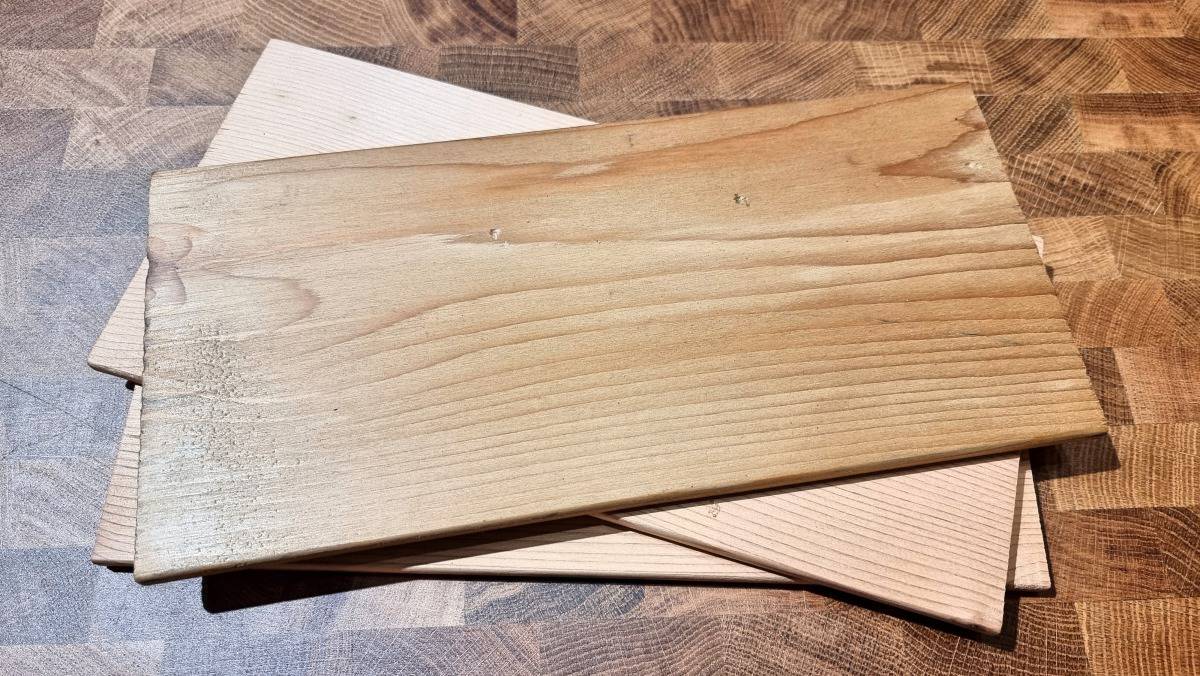
Cedar is in the Cypress family and mainly grows in Oregon, Washington, Idaho, Montana, and north into Canada.
Though there are many different varieties of cedar, some are unsafe, and others have little to no flavor or high levels of resin that add an unpleasant flavor to food.
It’s widely accepted that we only cook with a single variety of cedar: The Western Red Cedar.
Other Cedar varieties that you can cook with — though it’s not recommended — are:
- Alaskan Yellow Cedar
- Atlantic Cedar
- Incense Cedar
- Northern White Cedar
- Port Orford Cedar
- White Cedar
And cedar trees that are poisonous and unsafe to cook with are:
- Eastern Red Cedar
- Western Juniper
So with all this in mind, I will only discuss the Western Red Cedar:
Western Red Cedar
A.K.A. North Western cedar, Canoe-decar, Giant Arborvitae
Latin Name: Thuja plicata
Western red cedar soars up to 180 feet and can have a 50 feet circumference. Grows mostly in Oregon, Washington, Idaho, and Montana.
- Bark — Cinnamon- to purple-brown, fibrous, shreds as the tree matures.
- Leaves — Thick, blunt, scale-like fan has a glossy bright green top and a pale green with white stripes underside; has the scent of pineapple when crushed.
- Flowers — Male and female flowers appear on the same tree. Male flowers are very small, while female flowers appear as reddish-purple cones at the tips of branches.
- Cones — Are ½ inch long on short curved stalks, brown, woody, and oval-shaped with scales.
Cherry
Cherry wood has a rich, warm tone that ranges from reddish brown to deep red. The grain is typically straight and tight, giving it a smooth, uniform appearance.
The bark of a cherry tree is somewhat unique. It’s generally dark and scaly, and often has notable horizontal, corky markings known as lenticels.
Cherry wood has an outstanding characteristic: it naturally deepens in color to a richer hue when exposed to light and oxygen. This attribute, along with its unique bark markings, makes cherry wood easily identifiable among other woods.
Cherry is in the Rosaceae family with apples, and has quite a distinctive bark, as you can see in the following pictures:
The most common varieties found are the black cherry, and pin cherry trees.
Black Cherry
A.K.A. Wild cherry, ram cherry.
Latin name: Prunus serotina.
Grows up to 100 feet with a 4 feet diameter. Grows on East Coast into the Plains states; also in New Mexico and Arizona.
- Bark — smooth and shiny but darkens and breaks into cubed pattern with age.
- Leaves — 2 to 5 inch narrow or elliptic shape with a pointed tip and base, has fine-tooth edge.
- Flowers — 1/2 inch white with 5 rounded petals, grows in clusters in late Spring.
- Fruit — 1/2 inch round drupe grows in clusters up to red, dark purple, or near black in color.
Pin Cherry
A.K.A. Fire cherry, bird cherry, wild red cherry.
Latin name: Prunus pensylvanica.
Grows in the East, around the Great Lakes and into Canada. Reaches a height of up to 50 feet with a 4 to 20 inches in diameter.
- Bark — Pin cherry bark is reddish-brown to gray and quite shiny. It has large horizontal pores known as lenticels. The bark often peels off in horizontal strips.
- Leaves — 2 to 4 1/2 inch lance-shaped; the tip may curve to one side. Yellow-green turns to orange or red in Autumn.
- Flowers — 1/2 inch wide, cream-colored, 5-petaled; grows in clusters in Spring.
- Fruit — Up to 3/4 inch bright red round fruit grows from stalks in late Summer.
Sweet Chestnut
Sweet chestnut wood has a light to medium brown color, often with a slightly golden hue. Its grain pattern is quite distinctive, typically straight or spiral, with a coarse texture.
The bark of a sweet chestnut tree is greyish-brown, but uniquely, develops deep, spiralling furrows as it ages.
One unique feature of sweet chestnut wood is its markings. Due to its spiral grain pattern, the wood often exhibits notable striped or ribbon-like patterns when sawn, setting it apart from many other types of wood.
Latin name: Castanea Sativa.
There a few varieties of chestnut, but sweet chestnut is the one we want to smoke with.
And make sure to avoid horse chestnut at all costs, because all parts of the tree contain toxins. Luckily, horse chestnut looks very different to sweet chestnut, but because we don’t smoke with it, I won’t cover it here. Check out this link for identification of horse chestnut trees.
Here are the details of the sweet chestnut tree.
Sweet chestnut belongs in the same family as beech and oak trees. They can grow up to 115 feet high and 7 feet in diameter. The trunk is straight, with branches starting at relatively low heights.
- Bark — Is smooth and silvery-purple in juvenile trees, gray-purple, but mature trees turn brown, fibrous, and develop a net-shaped retiform pattern with fissures, ridges, and splits that spiral around and up the trunk.
- Leaves — Are shiny, glossy, simple oblongs arranged alternately along each branch. They are 15 to 25 cm long and 5 to 10 cm wide, with a pointed tip and up to 20 pairs of visible parallel veins terminating in serrated toothed edges of the leaf.
- Flowers — There are male and female flowers on the same tree. Male flowers are a long, yellow, vertical catkin, of which female flowers grow at the base in the form of small, green rosettes.
- Nuts — Chestnuts are shiny, red-brown nuts encased in a leathery green, very prickly, and spiky casing.
Hickory
Hickory wood is known for its rich light to dark brown color, sometimes with a hint of red. The grain is usually straight, and it has a coarse, uneven texture that can be quite rough to the touch.
The bark of a hickory tree is quite distinctive. It’s generally dark and hard, featuring deep grooves and ridges that form an interlocking pattern, almost like a woven or netted appearance.
What sets hickory apart, aside from its tough texture, is the stark color contrast between its sapwood (the outer part of the tree) and heartwood (the inner part). The sapwood is usually lighter while the heartwood is darker.
Here is what your typical hickory wood chunks look like:
Hickory is in the same family as the walnut. It grows along the East Coast then south-westward to Texas. Depending on the species, flower buds can have overlapping, flaky, scaly or rusty scales or be shaped like a clamshell (Water and Bitternut species).
Shagbark Hickory
A.K.A. Carolina or Southern Shagbark.
Latin name: Carya ovata
Shagbark hickory grows across the Carolinas, Tennessee, Georgia, and Mississippi. They grow straight, can reach 100 feet and have a 2 1/2 feet diameter. The crown is widest at its top.
- Bark — Shaggy; smoky-gray color. Mature trees feature thick 1 to 3 feet strips which curl out from the trunk like a mustache. Reddish brown twigs.
- Leaves — Large, compound deciduous leaves – 3 or more little leaves (called leaflets) sprouting on one stem, yellow-green above, pale green underneath; they turn golden/rusty-spotted brown in Autumn and give off an aromatic scent when crushed.
- Flowers — There are separate male and female flowers on the same branch. Male flowers are 3 to 5-inch yellow-green catkins, 3 per stalk. Female flowers are tiny, 1/8 inch long oval-shaped clusters of 2 to 4 at the tip of each branch.
- Nut — 1–2 1/2 inches wide, round nut is covered by a thick yellow-green 4-part husk which opens top to bottom. Inside is a 4-part light tan nut containing an edible seed in late summer to Autumn.
Shellbark Hickory
A.K.A. Big shellbark, or Kingnut.
Latin name: Carya laciniosa.
Shellbark hickory grows along bottom lands, floodplains, and swamps in parts of Missouri, Iowa, Michigan, Indiana, Ohio, Kentucky, and Arkansas. It has a tall, straight trunk and is crowned with a cylindrical mass of short branches and orange branchlets with droopy tips.
- Bark — Smooth, light gray. Young tree has shallow, interlacing ridges; the mature tree has narrow, flat plates whose edges bend outward from the trunk. Stout, hair, yellow-brown to orange twigs.
- Leaves — 12 to 22 inches long, having 5 to 11, 5 to 8 inches long leaflets 2 to 5 inches wide. They can have an ovate, broadly elliptic, or obovate shape, with a pointed tip and toothed margins. Shiny dark green topside, pale underneath with soft hairs. They turn yellow in Autumn and have an aromatic scent when crushed.
- Flowers — There are distinct male and female blooms on the same branch. 4 to 8-inch yellow-green catkins, 3 per stem, are the male flowers. Female flowers are small oval-shaped clusters of 2 to 4 at the end of each branch.
- Nut — Same as the Shagbark but its color may range from tan to a light red-brown.
Mockernut Hickory
A.K.A. White hickory.
Latin name: Carya tomentosa.
Mockernut hickory grows 50 to 80 feet straight up and has a trunk no more than 2 feet in diameter. It grows in the uplands of states from the Mid-Atlantic down to northern Florida and westward as far as Eastern Texas.
- Bark — smooth, shallow interlacing ridges which become more pronounced as the tree matures. Twigs have a thick, velvety coat.
- Leaves — 8 to 20 inches long with 7 to 9, 4 to 8 inches long leaflets grow 2 to 5 inches wide in an ovate, elliptic, or obovate shape with pointy tips and toothed edges. Shiny dark yellow-green topside, pale green below with a velvety coat. They turn yellow in Autumn and have an aroma described as resin, lemon, paint or mown grass when crushed.
- Flowers — On the same tree, both male and female flowers are produced. Drooping catkins about 4 to 5 inches in length are the male flowers, seen in groups of 3. Three catkins are suspended on a single stem. Short spikes of female flowers are found at the end of new season branches, in clusters of 2 to 10 flowers, each 3 mm long.
- Fruit — thick reddish-brown oblong-shaped husk grows up to 2 inches long. Its texture ranges from soft/hairy to nearly smooth. Also 4-part, this husk splits open from top to middle. The nut is enclosed in a reddish brown thick and hard shell. An edible seed can be harvested in Autumn.
Maple
Maple wood is generally light in color, varying from nearly white to a pale reddish-brown hue. Its grain is usually straight, but it can sometimes appear wavy or curly. This inconsistency in its pattern adds to its unique charm.
The bark of a maple tree is grayish-brown, starting smooth when young and becoming rougher and deeply furrowed with age. It peels in vertical strips, a feature that stands out in comparison to many other trees.
As for unique features, maple wood is recognized for its fine, uniform texture and natural luster. Its intricate grain pattern and light color set it apart from darker woods.
Maple wood chunks, bark and grain looks as follows:
There are 13 species of maple native to North America, including some of the largest in the world. Generally identified by its simple opposite, multi-lobed (palmately) leaf with 3 to 5 veins running up through the leaf from the stalk.
Boxelder Maple
A.K.A. Ashleaf Maple, Manitoba maple.
Latin name: Acer negundo.
This short-lived maple variety grows in flood plains, streams, wasteland, and suburban streets along the East Coast as far South as Texas, then north up through the Plains states and on into Canada. It is also found in the Southwest and California.
It has a short trunk that tends to bend towards the ground as the tree ages. It is the only maple to have more than 3 leaflets.
- Bark — Slightly ridged texture develops heavy furrows over time. Twigs can be blue, green, or purple.
- Leaf — Pinnate compound generally has three 3 to 4 inch leaflets in Spring, 5 in summer. Light green above, gray-green with hairy veins underneath turn yellow or red in Autumn.
- Flowers — Tiny pink hairy males and yellow-green females usually grow on separate trees in early Spring.
- Fruit — 1 to 2 inch paired samosas in 6 to 8 chains from late summer/Autumn into Winter.
Norway Maple
Latin name: Acer platanoides.
Norway maple reaches up to 70 feet and a 2 1/2 inch diameter. Its darker bark and large, curled mustache samaras distinguish it from the Sugar Maple. It grows in moist woods, streams, and (sub)urban areas.
- Bark – dark gray with narrow fissures.
- Leaves — Pink-yellow leafstalk has a milky sap. Supports a 5 to 8 inches long leaf with 5 to 7 multi-point lobes. Dull green top with a pale green underside that has hairy veins. Turns yellow green to bright yellow in Autumn.
- Flowers — Can have male and female flowers on the same tree, or more usually be dedicated to a single gender per tree. Both male and female flowers are greenish-yellow, 1/3 inch wide, in clusters 2 to 3 inches across of 10 to 30 flowers. Each flower sits atop an individual, long and smooth stalk.
- Seeds — 1 1/2 to 2 inch long samaras joined in pairs, with broad wings and a single seed pod at the base. They start green, then turn brown later in the season before they drop from the tree.
Red Maple
A.K.A. Swamp Maple, scarlet maple, soft maple.
Latin name: Acer rubrum.
Red maple grows along the Eastern portion of North America in wetlands, moist forest, and dry ridges. Trunks are tall and straight, reaching 80 feet high and 2 1/2 feet in diameter. Everything – bark, leaf, leafstalk, fruit, flowers, and twigs — is red.
- Bark — Gray with a smooth texture that becomes ridged over time. Twigs are shiny.
- Leaves — Grows 2 1/2 inches to 5 inches and, unlike other maples, are longer than they are wide. They have 3-5 lobes with a pointed tip and toothed edge. Young leaves are dull green above, the hairy underside is whitish. They turn scarlet, red, or yellow in Autumn.
- Flowers — Each tree can hold either male, female, or occasionally a mix of both flowers. The flowers are red, and each flower is 1/4 inch wide with five sepals making the calyx. Male flowers have no stalk and long stamens sticking out from the petals. Female flowers are on a 2-inch stalk and have a stigma extending out past the petals. The flowers come in clusters at the end of last season’s twigs.
- Fruit — Are red winged samaras with a single seed pod at the base, and a broad wing approximately an inch long. They come in pairs, hanging from long stalks.
Silver Maple
A.K.A. White maple, or river maple.
Latin name: Acer saccharinum.
Silver maple also grows on the eastern side of the continent along flood plains, swamps, rivers and other bodies of water. They have a short trunk that branches into for a height up to 80 feet and a 3 feet diameter.
- Bark — Pale silver-gray becomes shaggy with age.
- Leaves — 5 to 7 inches long and wide, 5-lobed, with coarse toothed edges. A dull, pale green above and silver-white below. Veins can be hairless or not.
- Flowers — reddish when young becomes green-yellow in late Winter to early Spring before the leaves emerge.
- Fruit — 1 1/2 to 3 inches paired samaras; the largest of the maples
Southern Sugar Maple
A.K.A. Florida Sugar Maple, Hammock Maple.
Latin name: Acer floridanum.
Southern sugar maple grows along coastal plain valleys in Maryland, Virginia, Georgia, Alabama, Mississippi, and Texas. Reaches 20 to 60 feet high, and a 2 feet diameter.
- Bark —Pale gray and smooth that darkens and develops furrows over time.
- Leaves — 1 1/2 to 3 inch, 3-lobed, round, occasionally with pointed tips, wavy edges. Hairy underside is a dull green/white. Green turns to scarlet or yellow in Autumn.
- Flowers — A tree can have only male, female, or a mix of both flowers. The flowers are greenish-yellow, small, and form clusters that hang from a 1 to 2-inch stalk.
- Fruit — 1/2 to 3/4 inch paired samaras.
Sugar Maple
A.K.A. Hard Maple, Rock Maple.
Latin name: Acer saccharum.
Sugar maple is the main source of maple syrup. It grows in the northeast then westward into the central states. The tall, straight trunk reaches up to 100 feet and has a 2 feet diameter. It’s mostly found in moist forests.
- Bark — gray and smooth surface turns into narrow concave plates
- Leaves — 5 to 6 inch, 5-lobed, tri-tip makes it looks like it’s flying. Dull green topside with a pale green or whitish underside with hairy veins. Green turns to brilliant reds, yellows, and oranges in Autumn.
- Flowers — yellow-green blossoms in early Spring
- Fruit — 1 to 1 1/2 inch samaras appear later summer into Autumn
Sycamore Maple
A.K.A. Planetree Maple.
Latin name: Acer pseudoplatanus.
Sycamore maple is a European/Asian import which grows 50 to 80 feet and has a 1 1/2 to 2 1/2 foot diameter. Found in urban settings, in some woodlands it is considered an invasive species.
- Bark — Dark gray smooth that develops pink-yellow cracked squares with curling edges.
- Leaves — 3 to 7 inches long and wide; 5-lobed, coarse toothed edges. Very dark green top has recessed veins; hairy veins underneath. Turns to brown in Autumn.
- Flowers — Are small, greenish-yellow, and hang in clusters of flowers called ‘panicles’ approximately 5 inches long.
- Fruit — 1/4 to 2 inch samaras grow in summer and Autumn.
Mesquite
Mesquite wood is typically dark brown with a reddish tint. The grain pattern is unique, being straight yet sometimes irregular or spiral, creating a wavy, knotted appearance. This grain pattern, combined with its dark color, gives it an attractive, distinct look.
The bark of mesquite wood can also be an identifier. It’s generally thick and gnarled, with a cork-like texture. Its color is generally dark brown or grayish-brown, often deeply furrowed or cracked.
The main unique characteristic of mesquite is the varied grain pattern that can be spiral or irregular, deviating from the straight grain you’d typically see in other woods. It brings an element of unpredictability to the wood’s appearance. Moreover, its bark, which can be described as more rugged compared to other woods, is also a distinguishing feature.
Growing in the Southwest United States and Northern Mexico, mesquite is in the pea family (Fabaceae). It produces pods containing beans more protein-rich than soybeans, according to the Arizona Daily Independent newspaper. There are three species:
Honey Mesquite
Latin name: Prosopis glandulosa.
Honey mesquite grows up to 30 feet tall and a foot in diameter in grasslands and deserts. It sprouts tire-busting thorns. The trunk splits out into multiple stems at ground height. Branches are crooked and sticky. Tiny flowers ranging in color from creamy white or pale yellow grow in clusters up to 5 inches long in the Spring and summer.
- Bark — Greenish brown to gray turning dark brown to gray; scaly, with shallow fissures.
- Leaves — Dark green compound leaves grow 5 to 10 inches long.
- Flowers — Pale greenish pink blossoms from March to September.
- Fruit — Straw yellow cylindrical legume may have a pink blush early on.
Screwbean Mesquite
A.K.A. tornillo.
Latin name: Prosopis pubescens.
Screwbean mesquite has a trunk splitting out into multiple stems which stand tall and straight, reaching up to 40 feet in height and 12 feet in diameter. It takes its name from the shape of the seed pods.
- Bark — Greenish brown to gray turning dark brown to gray; scaly, with shallow fissures.
- Leaves — Grow up to 3 1/2 inches with 5 to 8 leaflets measuring 1/4 inch to 1/2 inch long; grayish green with tiny hairs.
- Flower — Pale green-cream spikes 1 to 3 inches.
- Fruit — Looks like a tightly wound bed spring, yellow green to tan; grows in clusters.
Velvet Mesquite
Latin name: Prosopis velutina.
Velvet mesquite grows in Southwest Arizona along washes and foothills, says Horticulture Unlimited. It can grow up to 25 feet and have a wide canopy. Multiple stems sprout wicked looking thorns as long as 3 inches in length. In late Spring, pale yellow flowers in dense, pendulous spikes bloom. In summer 3 to 9 inch seed pods grow.
- Bark — Near-black, shaggy.
- Leaves — Deciduous, gray-green, bipinnate.
- Flowers — Are clusters of tiny greenish-yellow to pale yellow flowers with 5 petals. They form dense clusters of hanging spikes up to 4 inches long.
- Fruit — 3 to 8 inches long, narrow tan legume with reddish or black mottling pinches in between the pods.
Oak
Oak wood has a rich, warm color ranging from light tan to deep brown. It is notable for its pronounced grain pattern, often displaying wavy or zigzag lines. This makes it distinctive in comparison to other woods, which have a more uniform or subtle grain.
Oak bark is a dark grey, almost black, often deeply textured with rough, vertical ridges and furrows, forming a pattern almost like a city skyline. It’s also usually thick and corky, adding to its rugged appeal.
The combination of the grain’s distinctiveness and the bark’s rough texture make oak instantly recognizable, setting it apart from other woods.
Typical oak smoking wood chunks look like this:
There are about 90 species of oak growing in the U.S. They are in the same family as the beech. In general, there are three main species found, based on variations in wood structure, leaf and acorn traits, flowers, and acorn time to maturity.
Red Oak
Latin name: Quercus Rubra.
Red oak is named for its heartwood and interior bark, a reddish or orange color. They typically grow to between 50 and 75 feet tall, though can hit 100 feet, and have a crown 45 to 75 feet across. Their acorns can take up to 2-years to mature. The wood is highly porous.
- Bark — Smooth to deep furrows; dark gray to blackish
- Leaves — Lobed or unlobed, the tip, lobes, and teeth have a bristle. The variety dictates if the bristle stands out.
- Flowers — Red oaks are monoecious, producing both male and female blooms on the same tree. The male red oak blooms are 4 inches long, yellowish-green hanging catkins, growing in groups of three. Each individual flower is approximately 1/8 inch wide. Female flowers are reddish-green and appear in clusters of two to five on the tips of the stems, also about 1/8 inch across.
- Acorn — Smooth cup, thin scales, hairy or velvety inner wall. Has a bitter taste.
White Oak
Latin name: Quercus alba.
White oak is named for the interior bark, tan or cream color. They usually reach a height of 50 to 75 feet, but can reach 100 feet, and have a crown between 45 and 75 feet across. The (cut) wood is highly water resistant.
- Bark — Smooth, flaky, scaly; pale gray, sometimes whitish
- Leaves — Lobed or unlobed, prickly teeth along edges
- Flowers — White oak is monoecious, producing separate male and female flowers, but on the same tree. Male flowers are yellowish-green catkins up to 4 inches long, with each individual flower just 1/8 inch wide. Female flowers are small reddish-green spikes found at the end of this year’s new growth twigs.
- Acorn — Usually mature in one season; the cup appears rough and has thick scales at its base, inner walls are hairless more often than not. Tastes sweet.
Golden Oak
Latin name: Quercus Alnifolia.
Golden oak is named for the hair on the acorn cups of some species. They typically reach a height of 50 feet, with a canopy spread up to 30 feet.
- Bark — Smooth, scaly, flaky; dark or pale gray.
- Leaves — Unlobed, prickly teeth along edges, no awns; pale underside, dark topside.
- Flowers — White oak is monoecious, meaning it produces both male and female blooms on the same tree. Male flowers are yellowish-green catkins that grow up to 3.5 inches long and are just 1/8 inch broad. Female flowers are little reddish-green spikes that appear at the end of branches.
- Acorn — 1st & 2nd year; scales partly hidden beneath wooly hairs which sometimes appear golden in color.
Olive
Olive wood is highly distinctive. Its grain pattern is often tight and complex with swirling patterns of light cream and dark brown streaks. This results in a marble-like appearance. The bark of the olive tree is similarly interesting. It often has shades of deep grey and silver. As the tree ages, its bark can become thick and gnarly, with splits, cracks, and crevices.
One unique feature is the wood’s constant changing tones that vary from deep browns to blond. Additionally, the dark and grainy streaks in the light wood often give it an artistic, almost painted look, something that separates olive wood from other types of woods.
So olive wood chunks have a quite distinctive bark and heartwood, as can be seen below:
Oleaceae family includes the ash tree was well as jasmine and lilac bushes. Seventeen of this family are native to the North American continent.
Common Olive
Latin name: Olea Europaea.
Common olive was introduced in California from the Mediterranean. It grows up to 40 feet and has a 3 feet trunk diameter.
- Bark — The bark of young olive trees is smooth and light gray in color, but as the tree becomes older, it becomes fissured, rough, and full of bumps and holes.
- Leaves — Simple gray-green top and a silvery underside sporting glossy scales. Lance-shaped or narrow elliptic, 1 1/2 to 3 inches in length on a short stalk.
- Flowers — 1/4 inch long, 4-petaled creamy white; grows in the Spring.
- Fruit — greenish globes ripening to black in the Autumn.
Orange
Orange wood has a smooth, straight grain with a fine texture. Its color ranges from a light golden hue to a darker copper tone. The bark of the tree is rough and rugged, often dark brown to nearly black, drastically contrasting with the warm tones of the wood underneath.
The unique feature of orange wood is its color. Unlike many other woods that bear a typical brown-beige palette, orange wood has a distinct golden-orange glow to it.
Latin name: Citrus Sinensis.
Orange wood chunks, bark, and wood grain look as follows:
Though there are many varieties of orange trees, the sweet orange tree, Citrus Sinensis, is the most widely grown worldwide and in the US, and the one we will concentrate on.
Typically reaching a height of 25 feet, they have been known to grow up to 50 feet. The crown is rounded with thin branches and holds leaves all year round.
- Leaves — Are elongated oval-shaped, pointed on both ends, and can have a very faint serration or toothed edge, though many leaves are smooth. They are 3 to 6 inches long and 1 to 4 inches wide.
- Flowers — Can appear singly or in small clusters of up to six flowers. Each flower has 5 petals and are approximately 2 inches wide. Each flower has between 20 and 25 stamens.
- Fruit — A 3 to 4 inches wide, spherical, orange-colored fruit, with an oily outer rind, white pithy inner rind, and orange fleshy fruit that can be separated into 10 to 14 segments.
Peach
Peach wood is generally light reddish-brown in color. The grain is relatively straight, but can have some wave to it. It’s fairly fine and uniform in texture, and though not extremely dense, it has decent strength.
The bark on a peach tree is rough and scaly, medium to dark brown. Splits and furrows are common, creating a rough look.
Peach wood’s unique identifiers are the pinkish or peachy hues and the somewhat wavy grain pattern. The bark, with its deeper grooves and contrasting dark tones, distinguishes it from smoother-barked trees.
Latin name: Prunus Persica.
Here are what typical peach tree smoking wood chunks look like:
Though not quite as many varieties exist as apple trees, there are thousands of different varieties of peach trees, that can vary in size, color, and more. The best we can do is describe your typical peach tree.
Peach trees grow between 10 and 30 feet high, with a trunk just 5 to 8 inches wide, with a wide crown with flat to upward pointing branches.
- Bark — Is purplish-gray and smooth in juvenile trees, but as it ages turns gray, with horizontal lenticels, and becomes more scaly and rough.
- Leaves — Are 2 to 5 inches long and 1/2 to 2 inches wide, oval-shaped, with finely serrated edges. They are a deep green on top and very glossy, light green, and smooth to slightly hairy underneath, depending on the variety. They grow alternately along the branch, and more than one leaf can grow from the same bud.
- Flowers — Are 1 to 1 ½ inch across and occur individually, or sometimes in pairs, spread along young branches, and have almost no stalk or peduncle. Typically pink but can be white, each flower has five petals, five sepals, and spirals of stamens around a short tube known as the hypanthium in the center of the flower.
- Fruit — Are oval and green when young, ripening in maturity to yellow-orange-red-deep red spherical fruits. Each mature fruit is 2 ½ to 3.5 inches wide. The fruit is densely hairy when juvenile or mature. The flesh of the fruits is sweet and typically yellow-colored.
Pear
Pear wood has a creamy, pale yellowish color with a subtle pink or red hue, often presenting a straight, fine grain pattern. The texture is very fine and smooth.
The bark of the pear tree is typically grey to brown in color, showing a vertical and rough pattern.
The pinkish hue and the ultra-smooth texture are other distinct points that help identify and differentiate it from other types of wood.
A.K.A. Domestic pear, common pear, European pear
Latin name: Pyrus communis.
First, here are your typical pear smoking wood chunks:
There are as many as 50 different varieties of pear trees, the most highly cultivated and most often seen being the common pear, and that is what we’ll concentrate on here.
Also in the rose family, common pear trees grow to between 40 and 65 feet high, with a domed canopy reaching between 12 and 25 feet wide. They have a trunk up to 12 inches in diameter, and branches can have spiny twigs.
- Bark — Starts out smooth but develops shallow ridges as the tree ages, becoming gray-brown with a rough feeling, scaly square-shaped pattern in maturity.
- Leaves — Are broad and flat, leathery, tiny toothed, dark green, and ovate shaped, with long stalks. They grow one per stem and alternate along each side of branches. They are between 3 and 12 cm, highly shiny on top, smooth and hairless underneath.
- Flowers — Are completely white except for red-colored stamens, up to 1 1/2 inches across, have five petals, and are between 4 and 6 inches long.
- Fruit — Is pear-shaped (of course), or more accurately elongated ovoid with a broader tip and narrow part at the base (obovoid.) You find them growing on the tree singly and can be anything between 1-inch and 4 inches across at the widest end.
Pecan
Pecan wood is generally light to medium brown, sometimes with a reddish or purplish hue. The grain tends to be straight but can also be wavy or irregular with a coarse texture.
The bark of pecan trees is dark grey and rugged with deep grooves or ridges running vertically, giving it a rough and uneven look. Young pecan trees have a smoother bark, but as they age, it becomes more textured.
The unique feature of pecan wood is its significant color change with age. It darkens significantly over time unlike most other woods, giving antique pecan wood pieces a rich, dark tone. Additionally, its toughness and sometimes irregular grain distinguish it from other softer and straight-grained woods.
Latin name: Carya Illinoinensis.
Your typical pecan wood chunks look as follows:
Pecans come in over 1000 distinct types, each with somewhat different flavor, texture, size, color, shape, and other features. We’re concentrating on the common, ‘hardy pecan.’
In the walnut family (Juglandaceae), this tree has a tall, straight trunk and grows up to 100 feet and a 4 feet trunk circumference. It can be found in parts of Texas, Louisiana, Arkansas, Missouri, and Illinois.
- Bark — Ridges or with scales which either lie flat to the trunk or peel away from it
- Leaves — 12 to 20 inches lance-shaped leaflets have a slight curve and pointed tip. Dark yellow-green on top, paler below, turns yellow in Autumn.
- Flowers — Pecan trees can grow both male and female flowers on the same tree, but will do so at different times. Male flowers are green 6-inch strings of tightly clustered flowers known as catkins, while the female flowers are small, green, cup-shaped spikes.
- Fruit — 1 to 2 1/.2 inch long, oblong dark brown husk-covered nut grows in a cluster of 3 to 11. The shell is a pale reddish brown
Plum
Plum wood is visually rich. The heartwood often has warm, reddish-brown hues, while the sapwood is typically lighter, even creamy. The grain is usually straight, and sometimes features an attractive pattern due to growth rings. It’s moderately dense, unlike woods such as oak or maple.
One defining feature that sets plum wood apart is its irregular grain texture and the occasional presence of small burls and knots, giving each piece a unique appearance.
The bark of the plum tree is a mix of grey and brown. As the tree ages, its bark turns darker and starts dividing, creating deep fissures, hence showing more character compared to smoother barks like birch. It’s the combination of this distinctive bark and its uniquely patterned grain that makes plum wood easily recognizable.
Latin name: Prunus Americana.
Here is what typical plum tree smoking wood chunks look like:
There are over 20 species of plum, but the most common and the one we will concentrate on, is American plum.
American plum is a shrub to small tree that grows in the range of 10 to 35 feet high, often in groups or large clumps of individual specimens. It has a crooked, short trunk and a broad, open crown, and the twigs are spiny.
- Bark — Is dark gray, smooth, and thin. In adult trees it develops into peels and strips of bark that curl and hang off the trunk.
- Leaves — Are 2 to 4 inches long, 1 to 2 inches wide, oval-shaped, have sharp double-serrated edges, and hand from a short hairy stalk. They are arranged on alternate sides along each branch. The top side of the leaves are dark green, with the underside being smooth, hairless, and pale green.
- Flowers — Form at the branches’ tips before any leaves grow in the spring. They grow in clusters of 1 to 5 flowers, from a single bud at the tip of each branch and twig. Each flower is round to oval-shaped, 3/4 to 1 inch wide, with 5 white petals and a yellow-tipped stamen in the middle. Sepals are green or red, a third the length of the petals.
- Fruit — Are round, up to an inch across, with purplish-red skin, a sweet yellow flesh, and a single large ‘stone’ in the center.
Walnut
Walnut wood has a deep, rich, dark brown color, often with a purplish cast, interspersed with lighter streaks. The grain of the wood is generally straight but can show intricate patterns, which include swirls and waves, making it one-of-a-kind and visually appealing.
The bark of a walnut tree is typically grey-black, heavily ridged and furrowed.
Things that make walnut stand out among other woods are its overall dark color, the unusual grain patterns, and the highly distinctive bark which you can see in the photos below.
Latin name: Luglans.
Walnuts smoking wood chunks, it’s bark and the wood grain, looks as follows:
Walnuts are in the same family (Juglandaceae) as hickory and pecan. Six of 21 species of walnut that exist are native to North America, we’ll concentrate on only the most common.
Walnut is a deciduous broadleaf tree that may reach a height of 120 feet. They have a short trunk and a large wide crown, however if they grow in a crowded environment, the crown might be thinner.
- Bark — Smooth and gray when juvenile, becomes deeply furrowed, scaly, and dark with age, eventually cracking into plates on the oldest trees.
- Leaves — Large, compound; black walnut goes without a leaflet at the top of the stem. Leaflets are at their largest in the leaf’s middle. They may have a spicy scent. Green color turns to yellows in Autumn.
- Flowers — Males are thin catkins, females usually appear as a trio of round buds sprouting pale petals and can grow on the same branch as the males.
- Nut — 3/4 to 1 inch rounded nut in a green rind which blackens with age, halves when germinating
Further Resources for Identifying Trees
If the above descriptions and pictures aren’t enough, get a good reference like these three taken off the shelf of the local library:
- National Wildlife Federation® Field Guide to Trees of North America
- Trees (Smithsonian Nature Guide) by Tony Russell
- The Sibley Guide to Trees by David Allen Sibley
The e-book version of the Trees of Eastern North America (Princeton Field Guides) also came in handy.
Alternatively, many great websites have detailed descriptions of trees, many handy photos, and good search features. Find them by Google searching for ‘ identification. Here are a couple of good sites to get you started, though:
Conclusion
We’ve covered an extensive range of woods, from alder to walnut, in our ‘smoking wood identification guide’ and detailed their unique characteristics.
You now know how to identify any stray smoking wood chunks you have lying around, and you can potentially identify source trees out in the wild. I hope you found this guide useful!


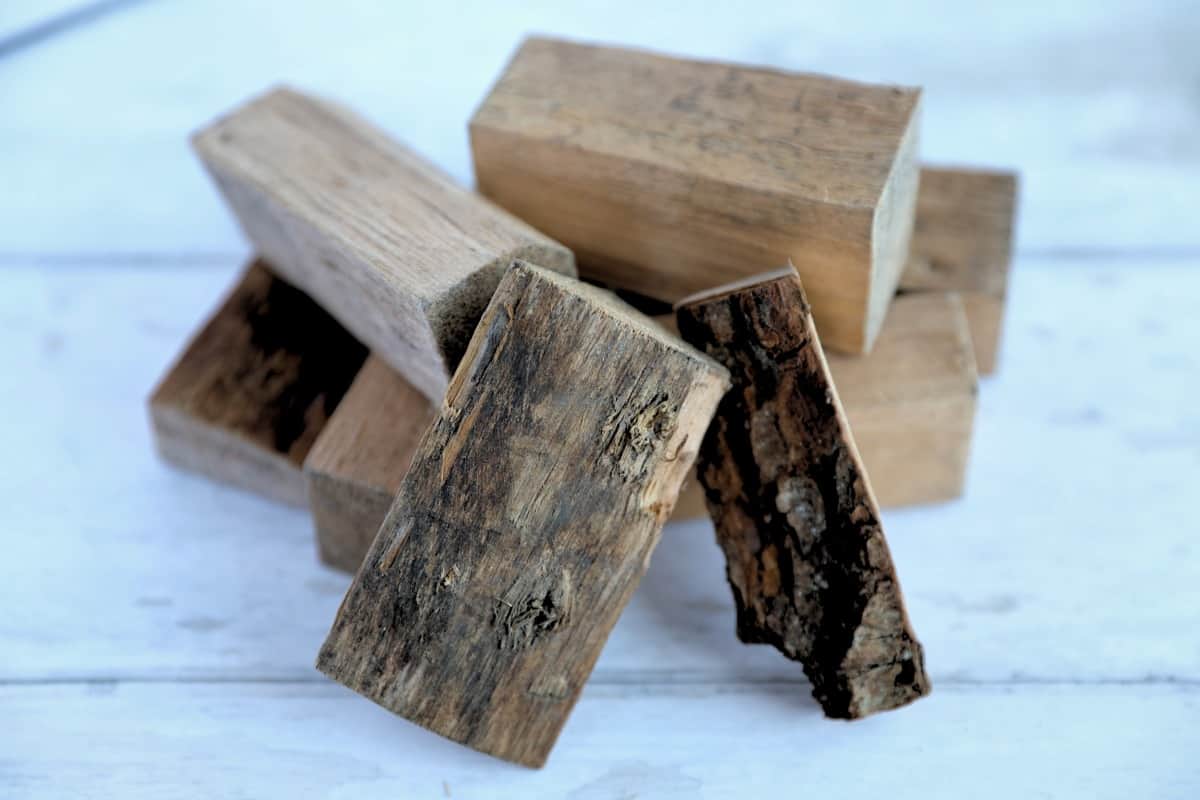
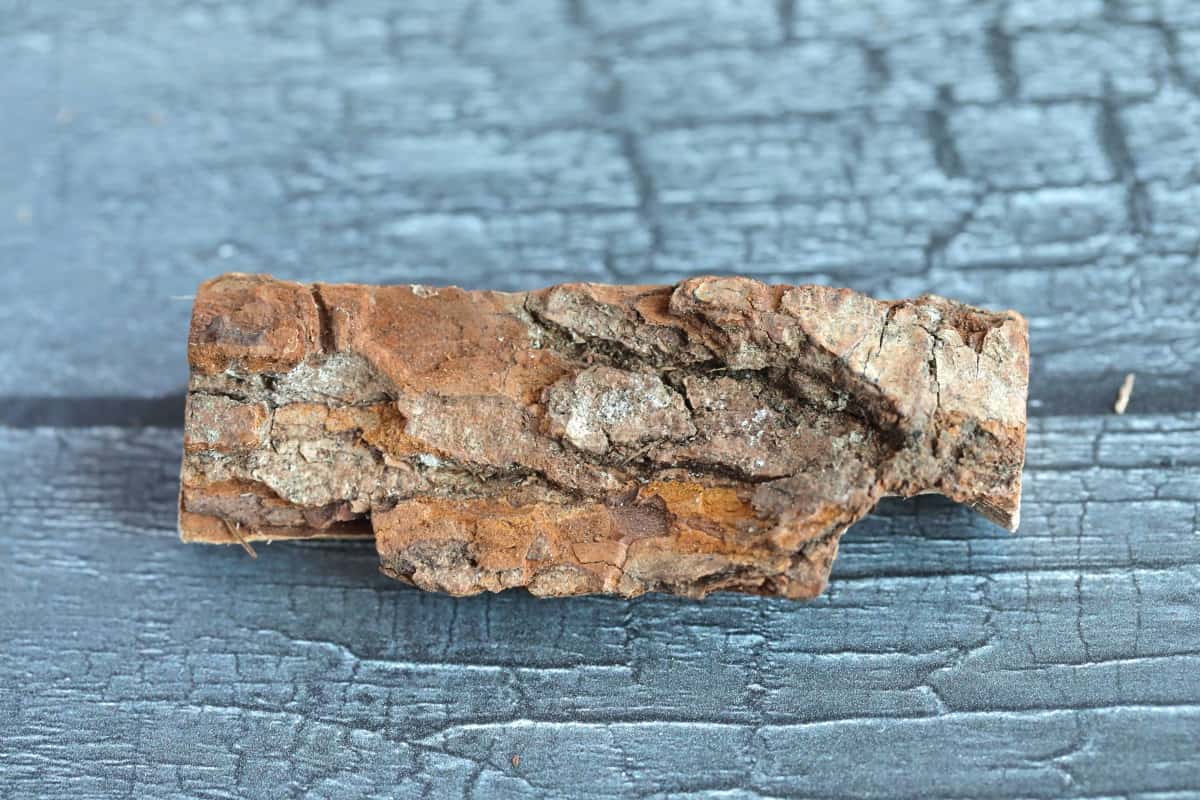
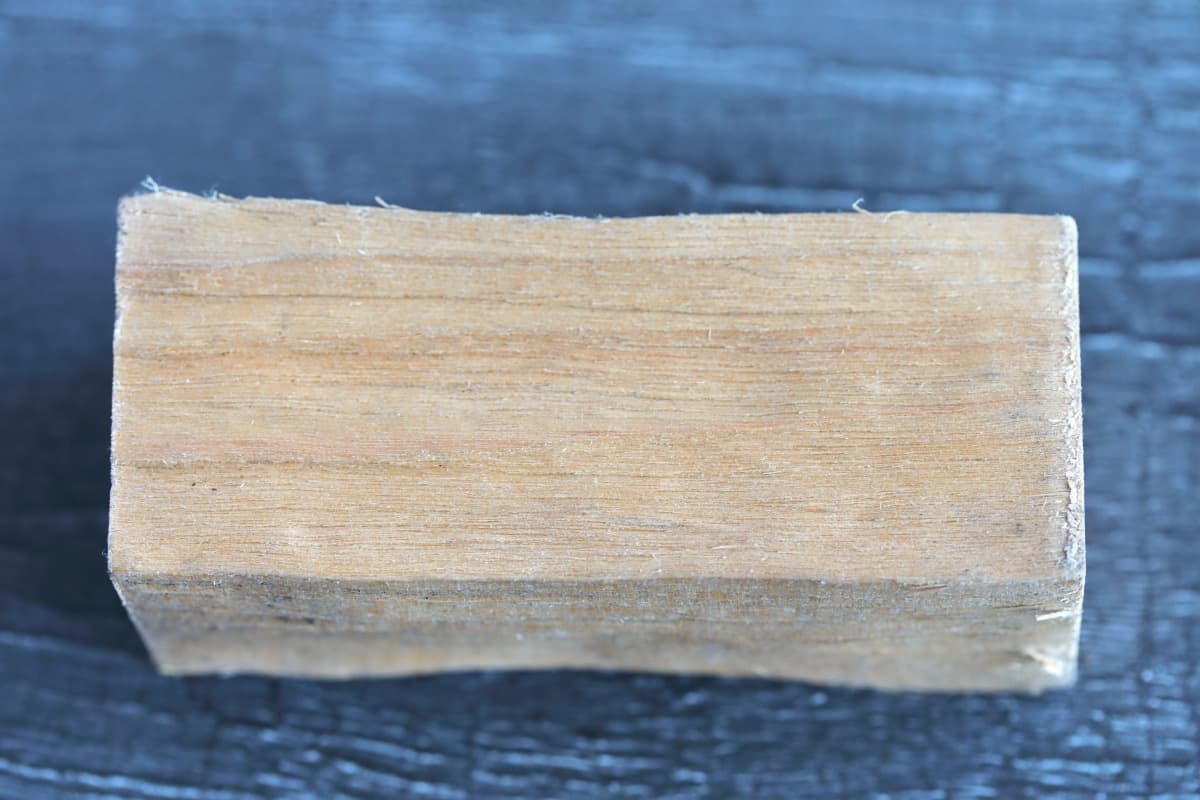
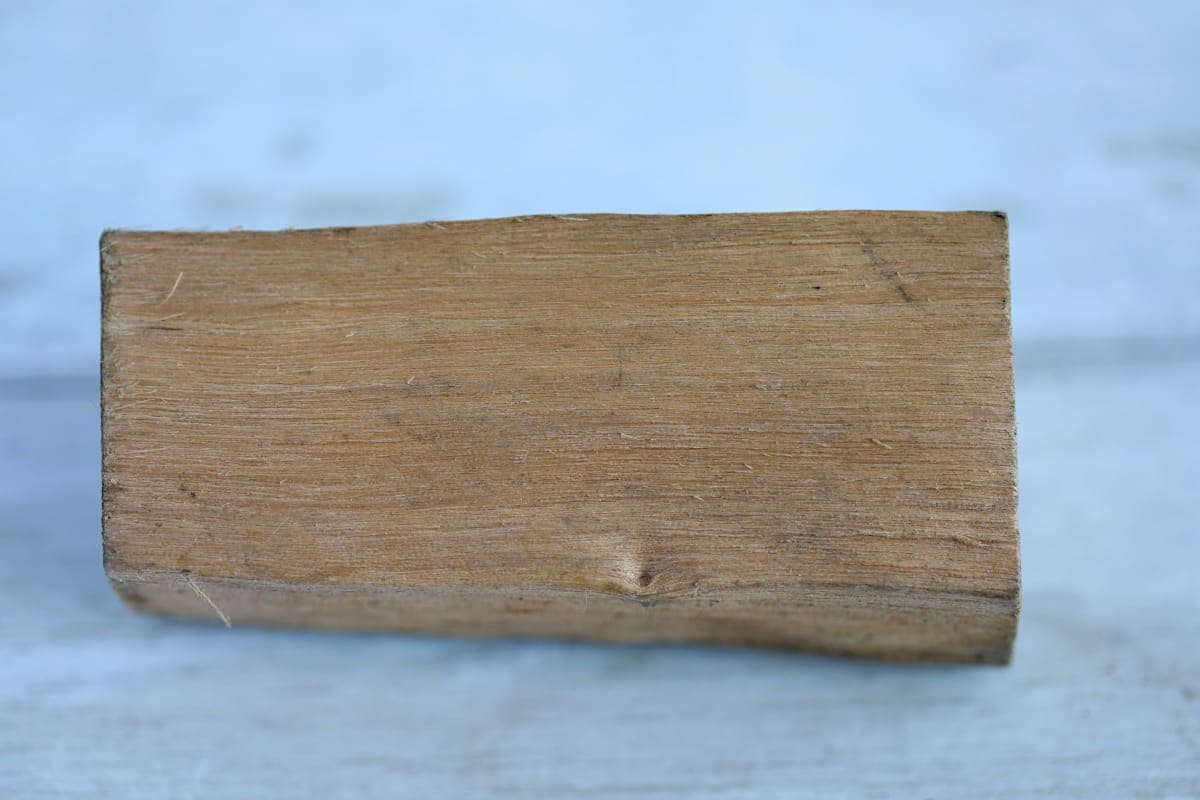
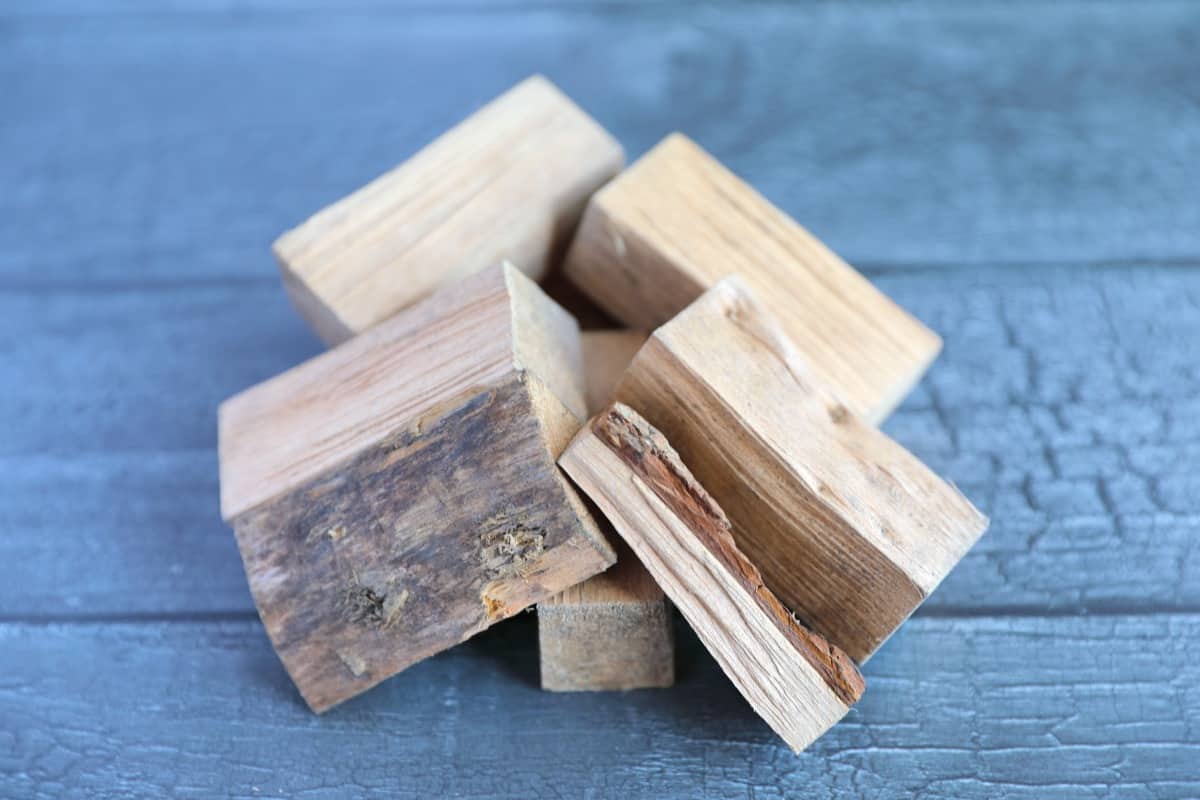
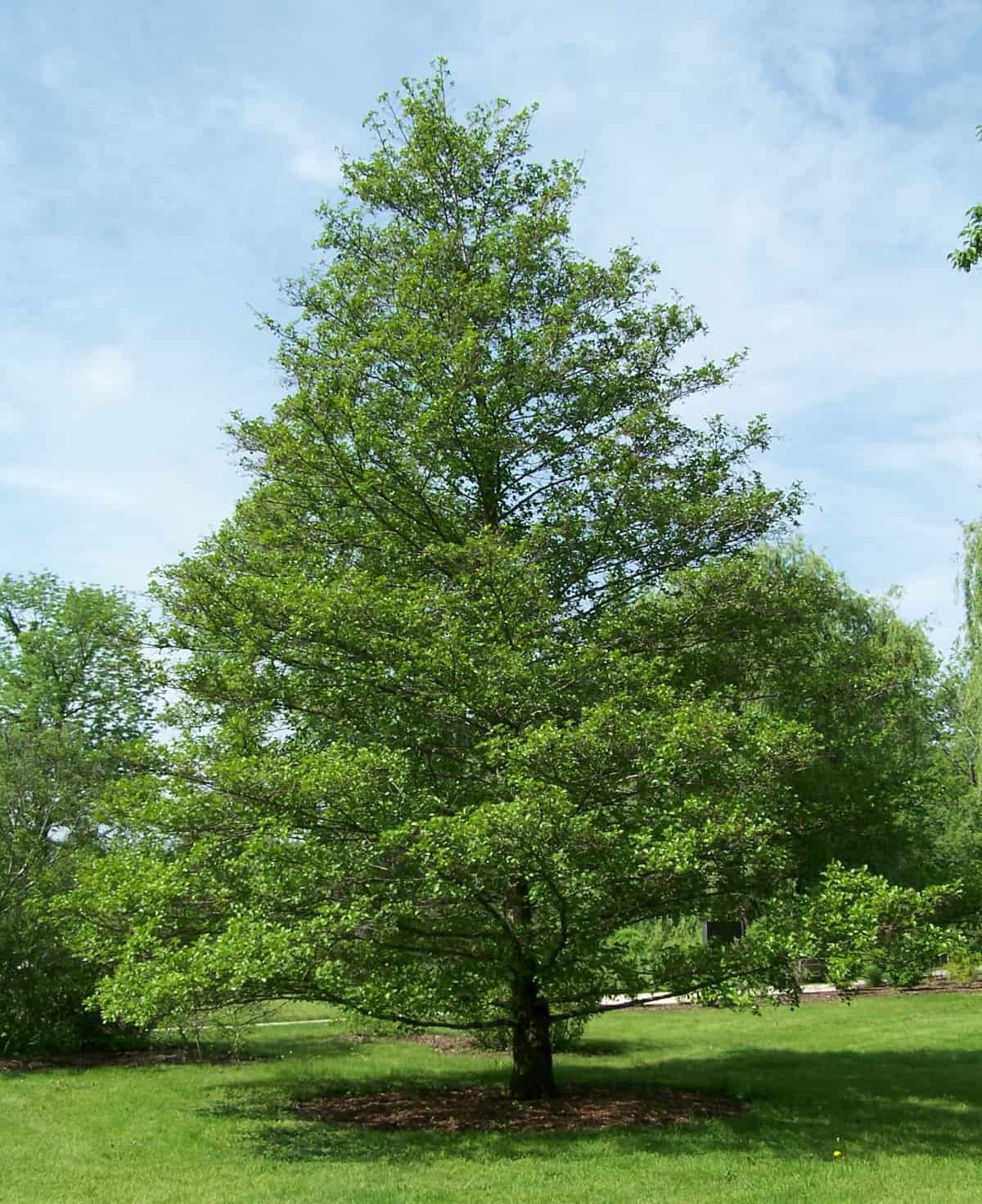
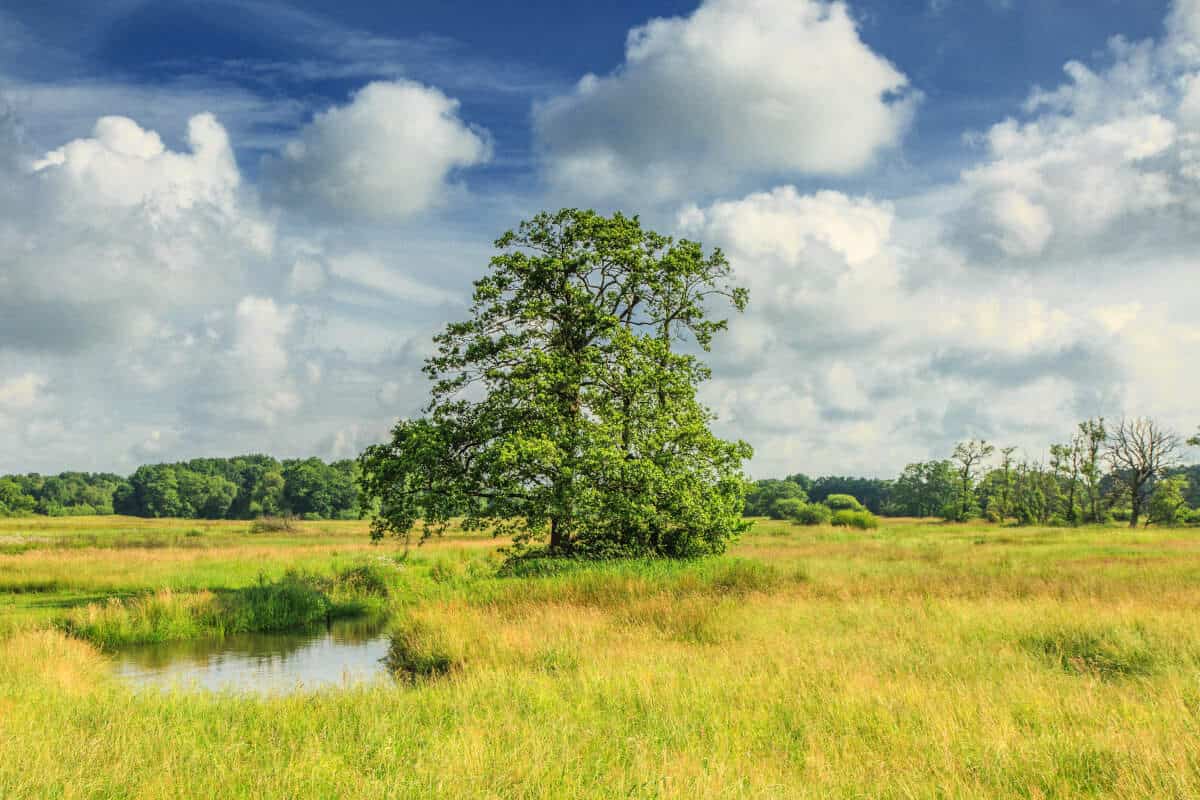
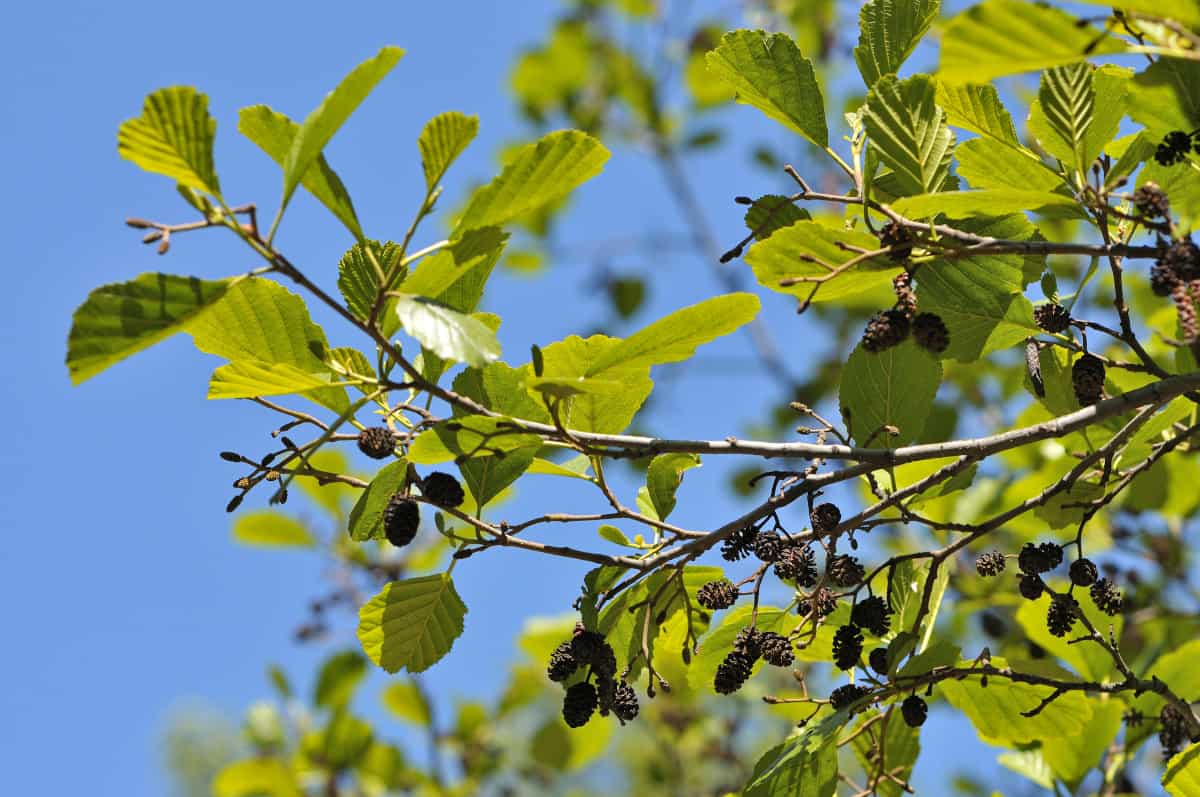
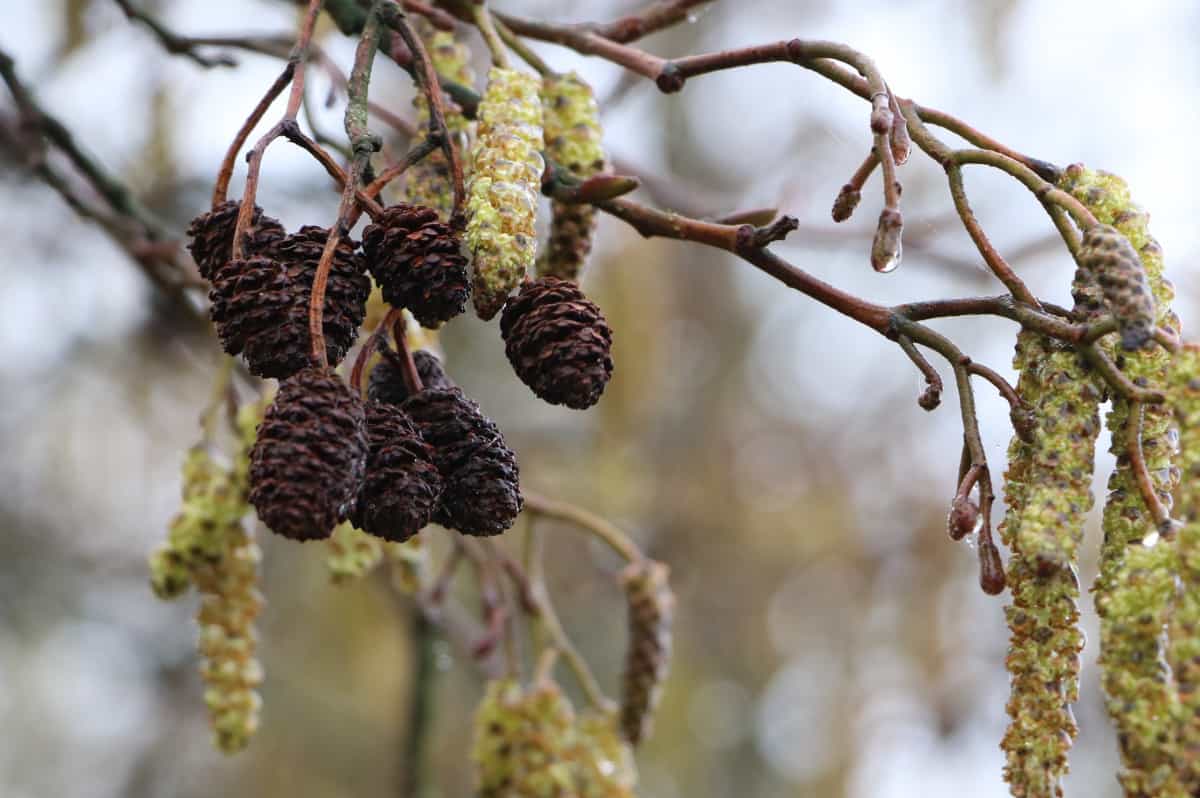

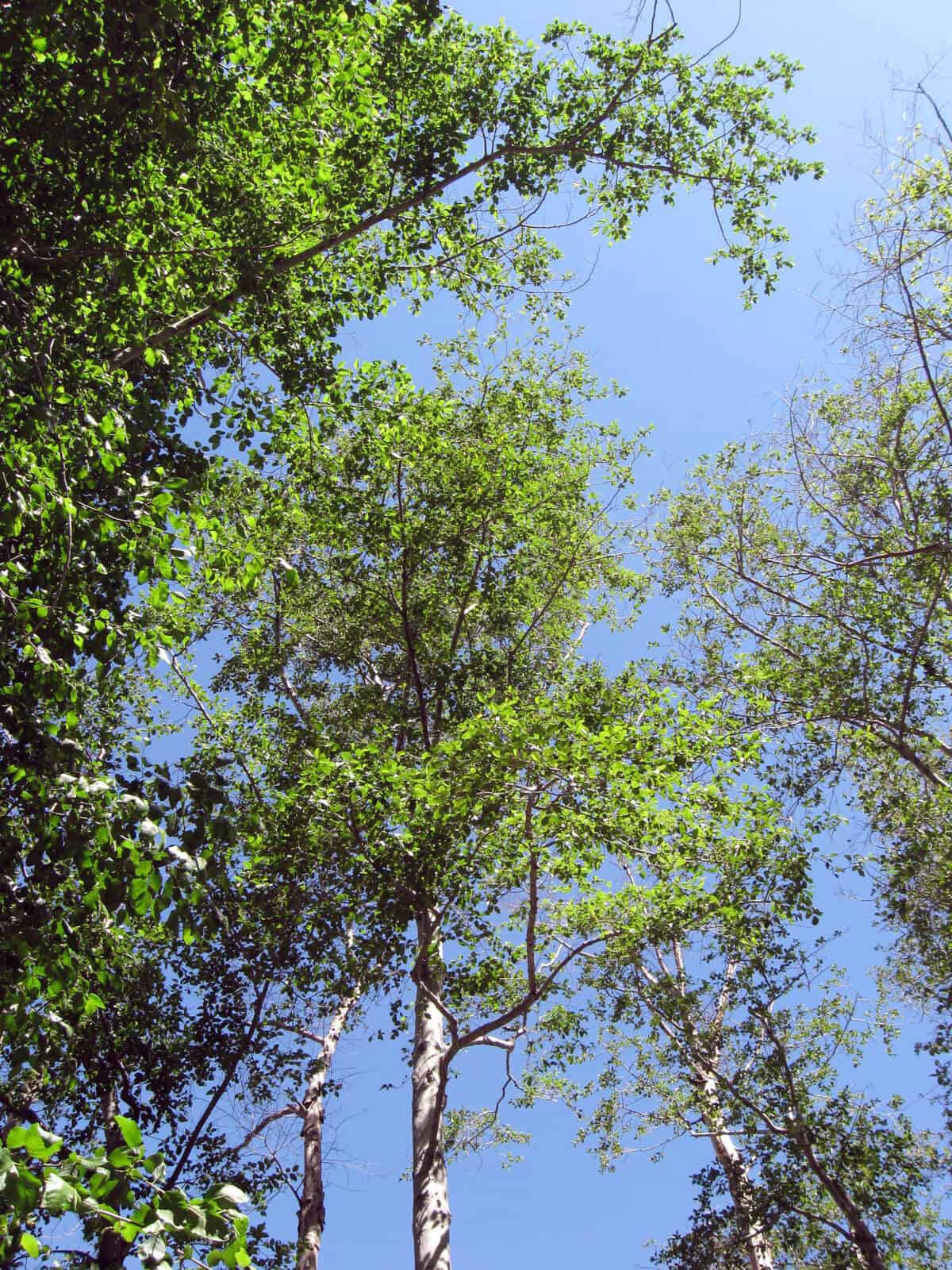
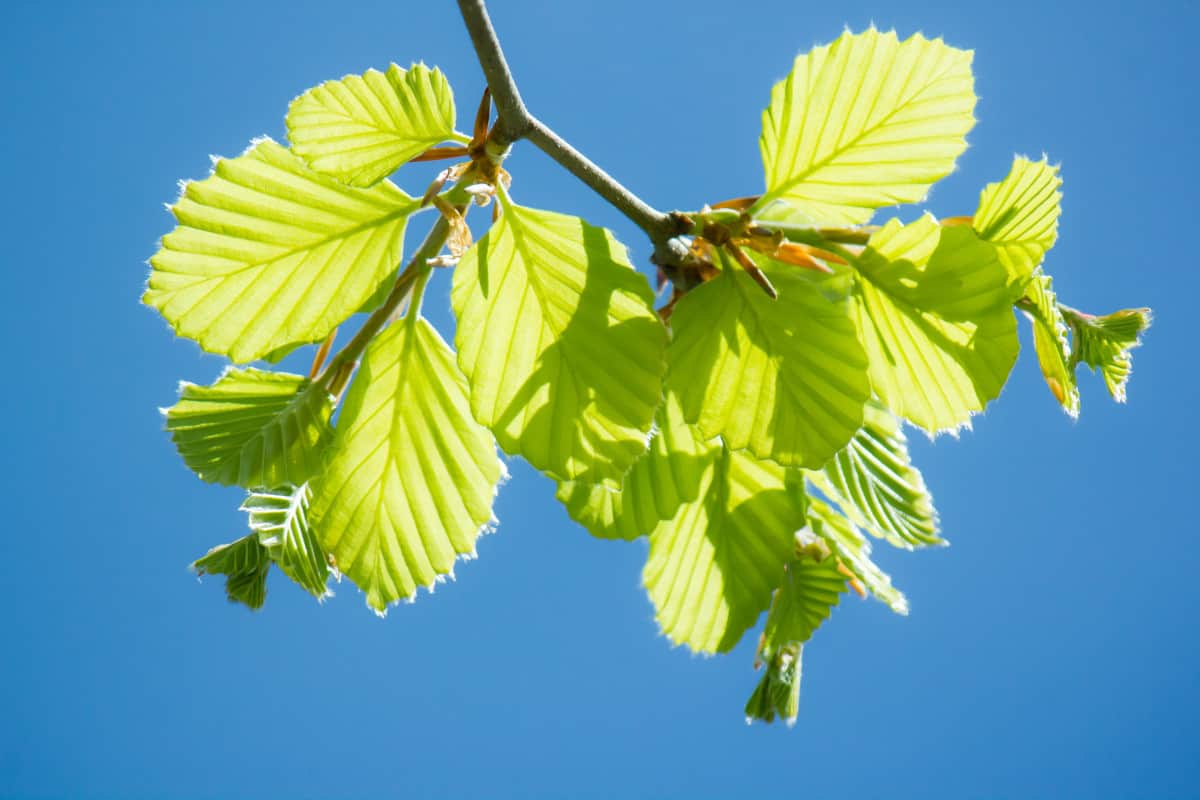
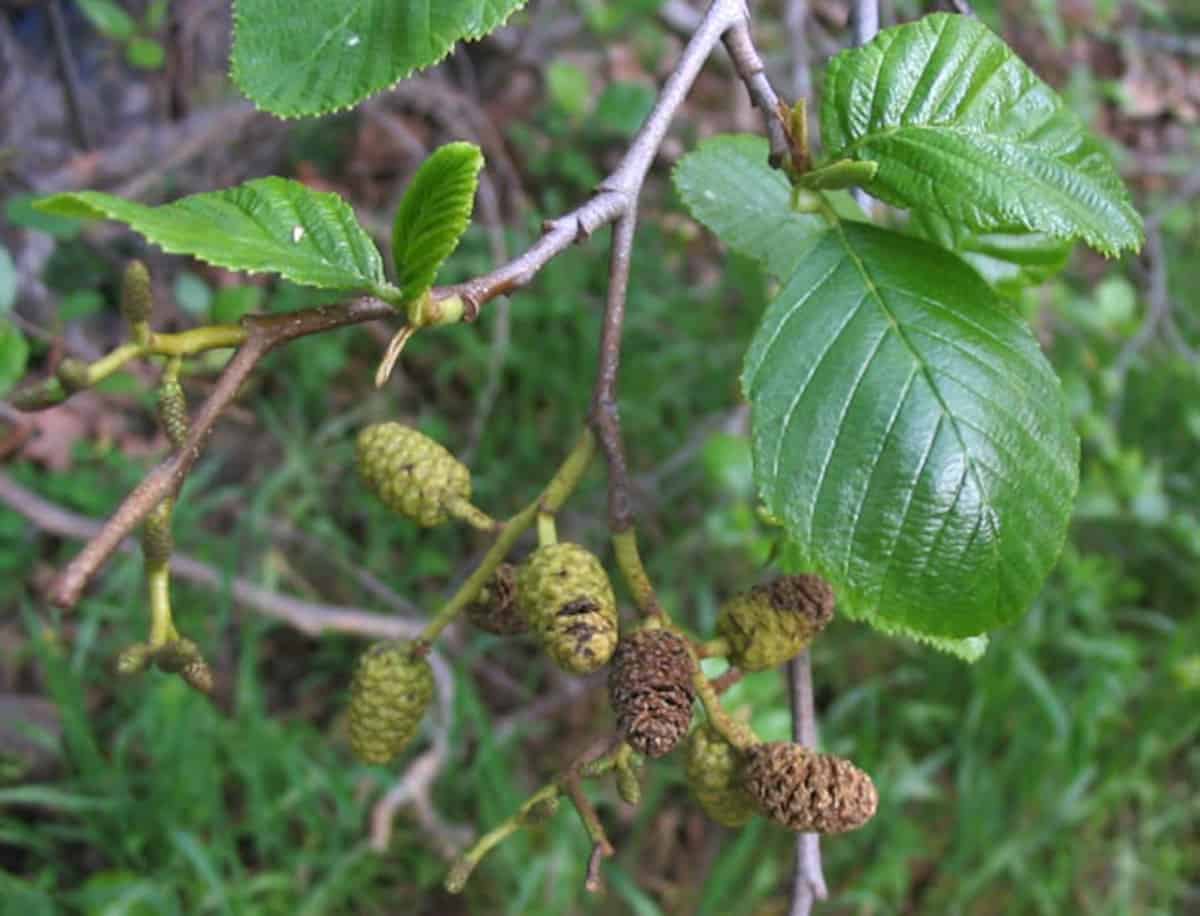
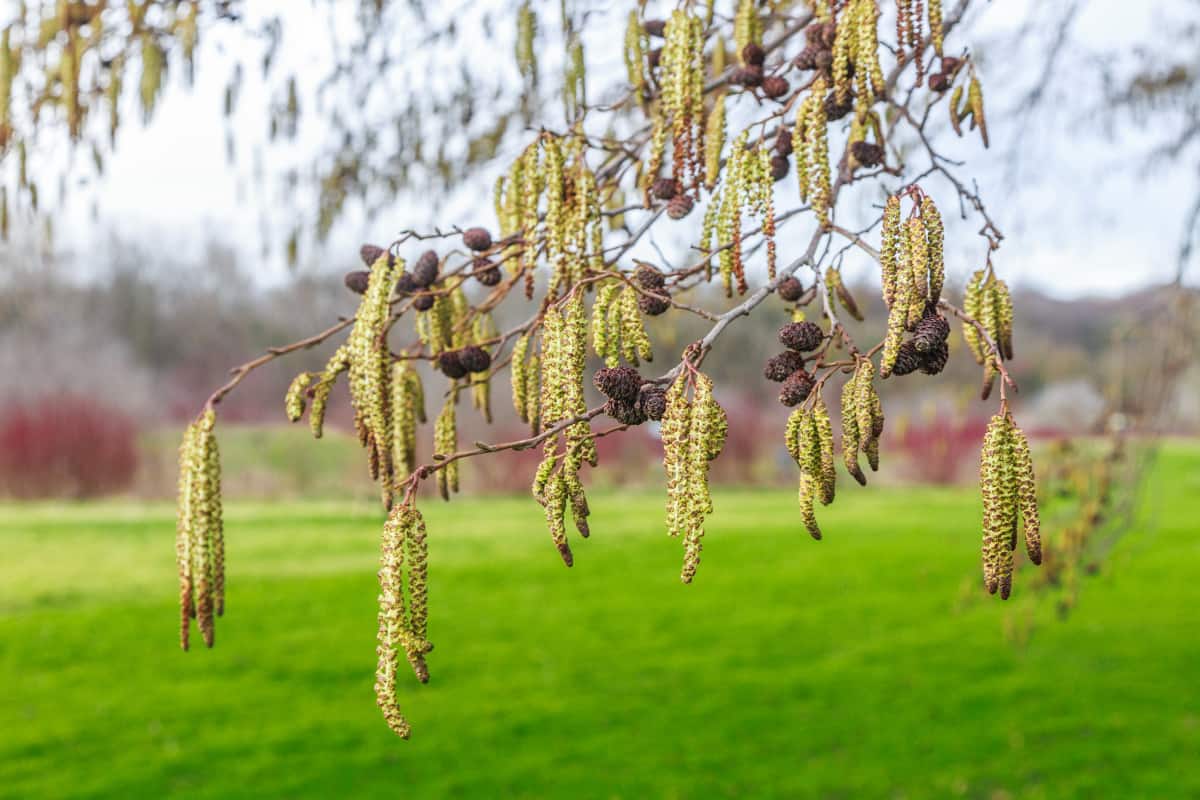
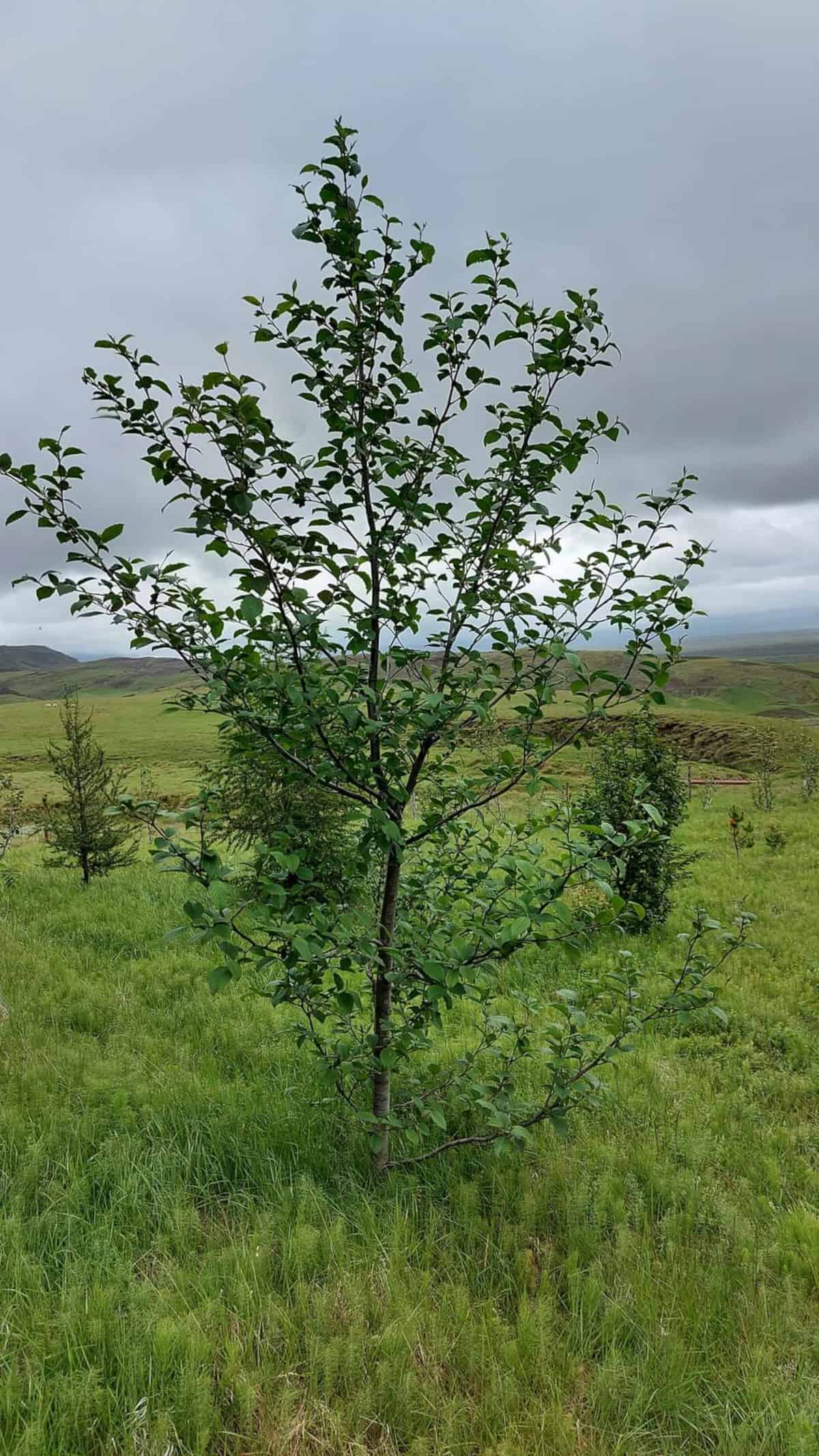
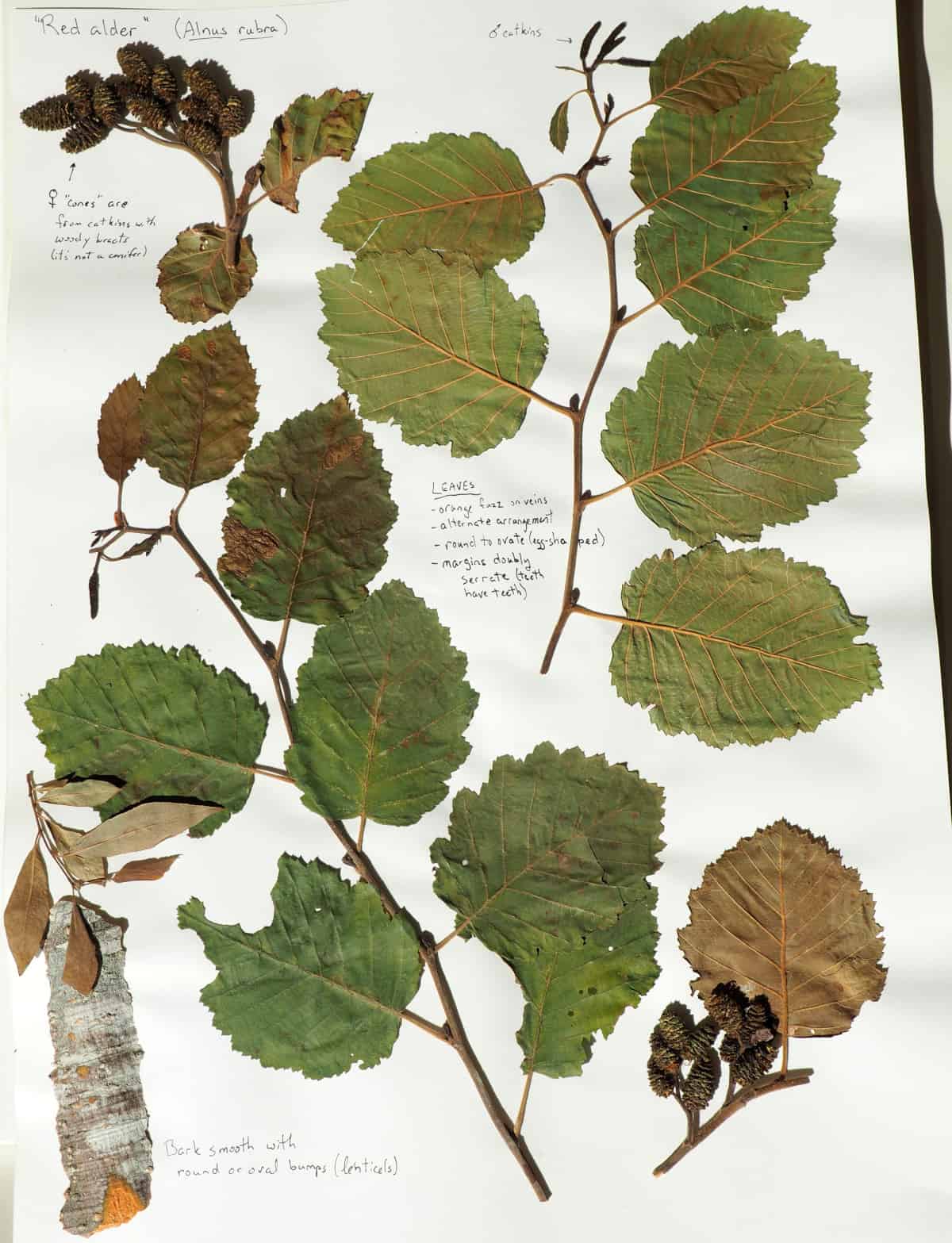
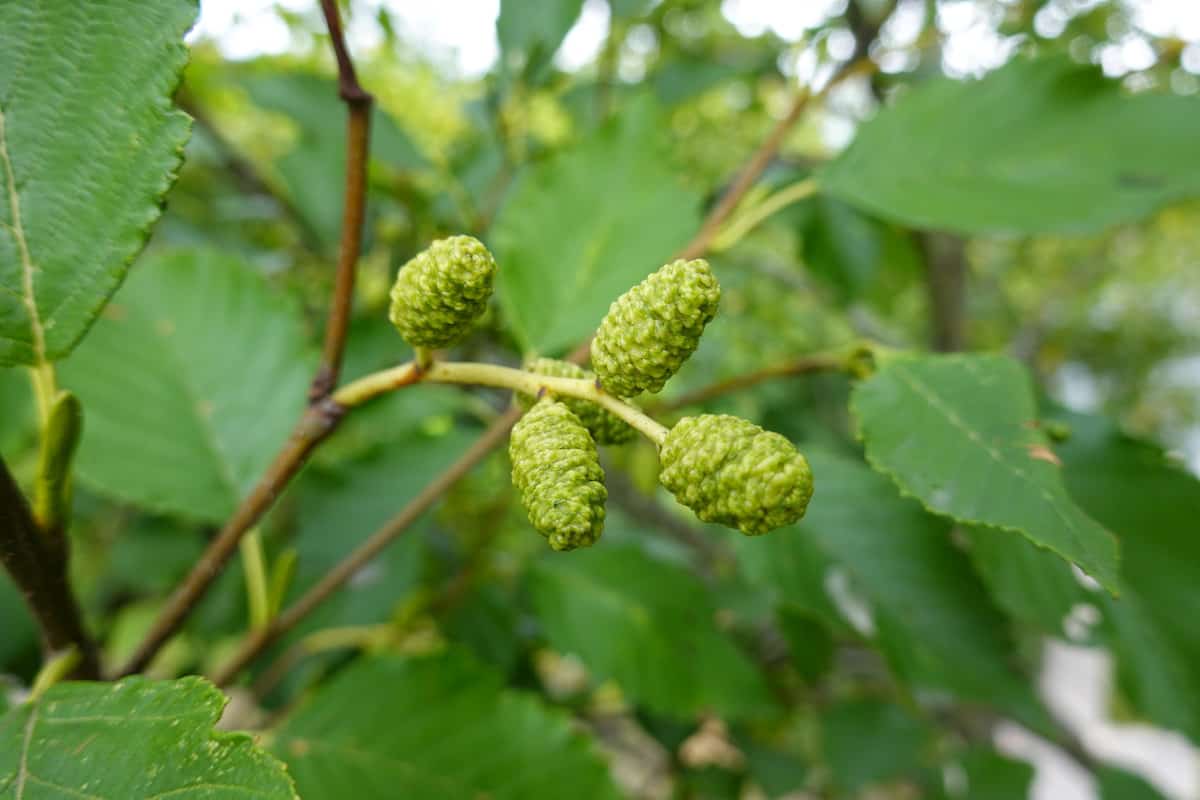
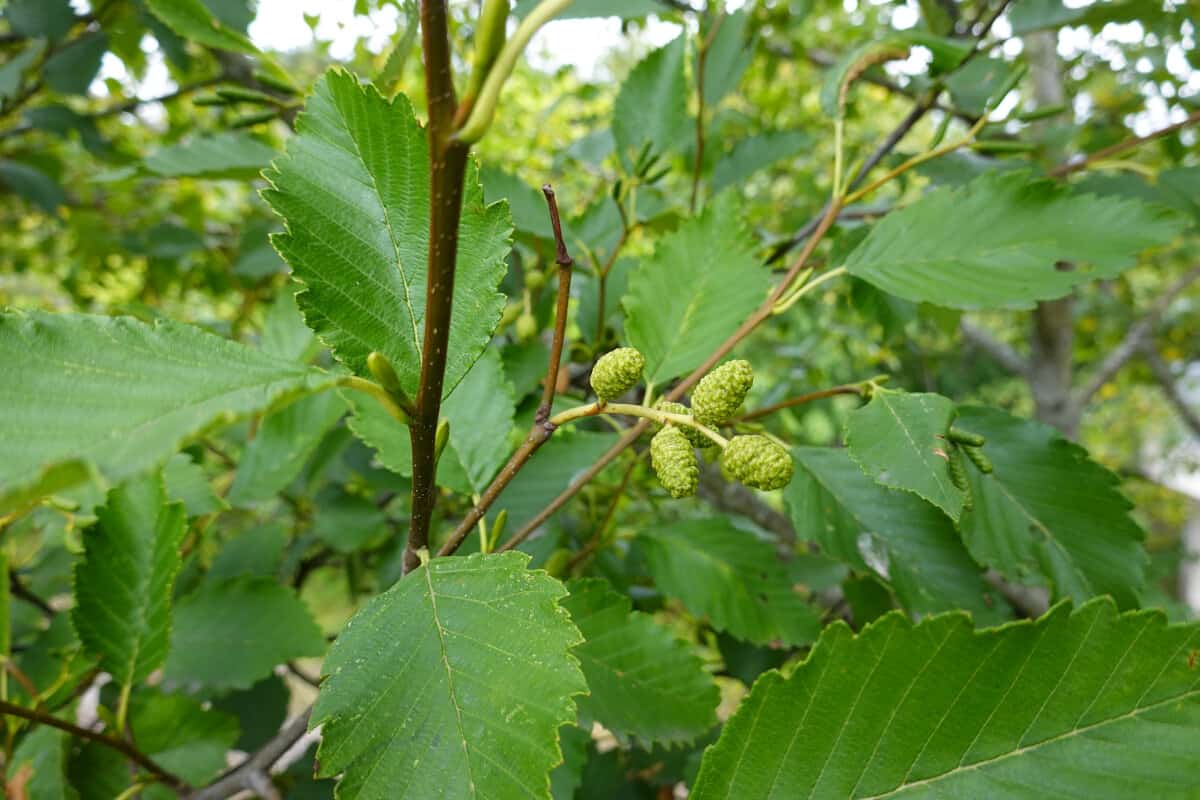
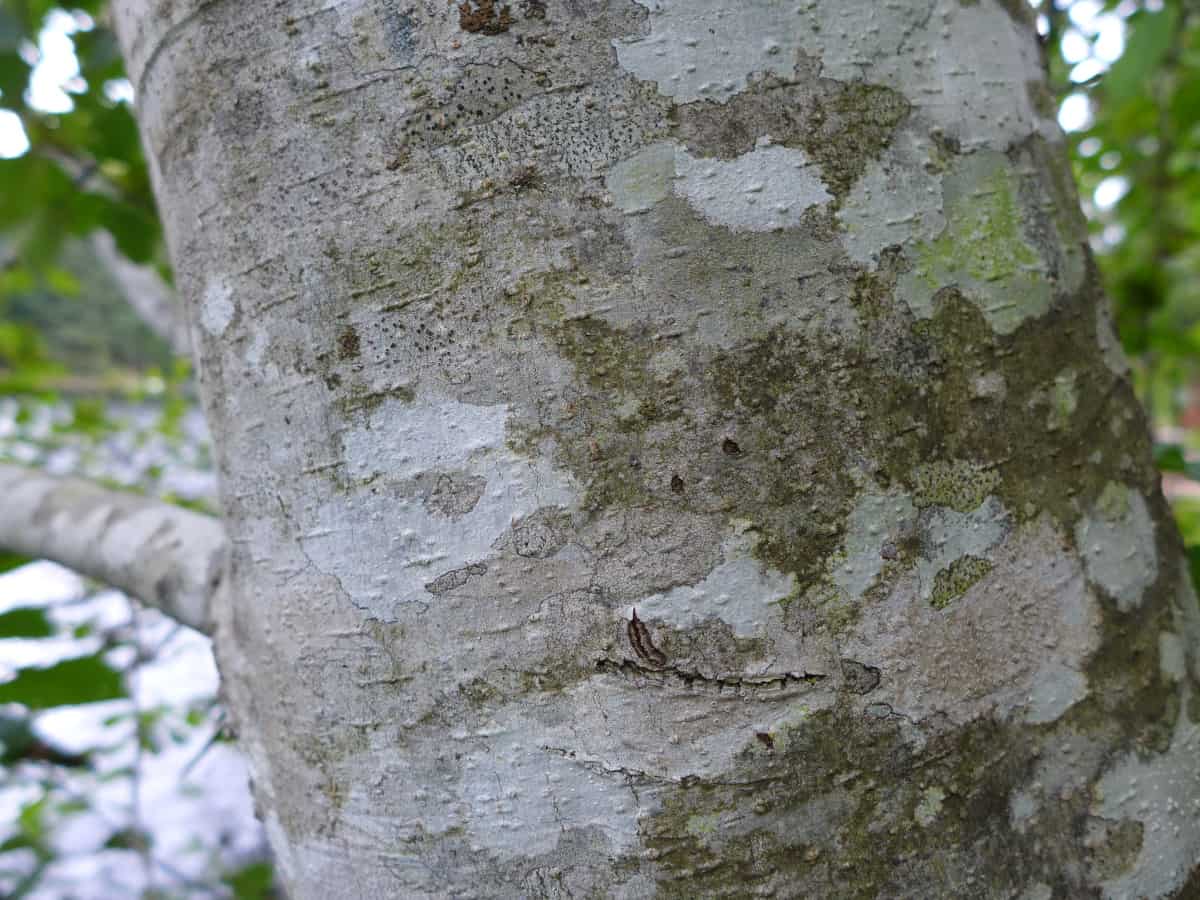
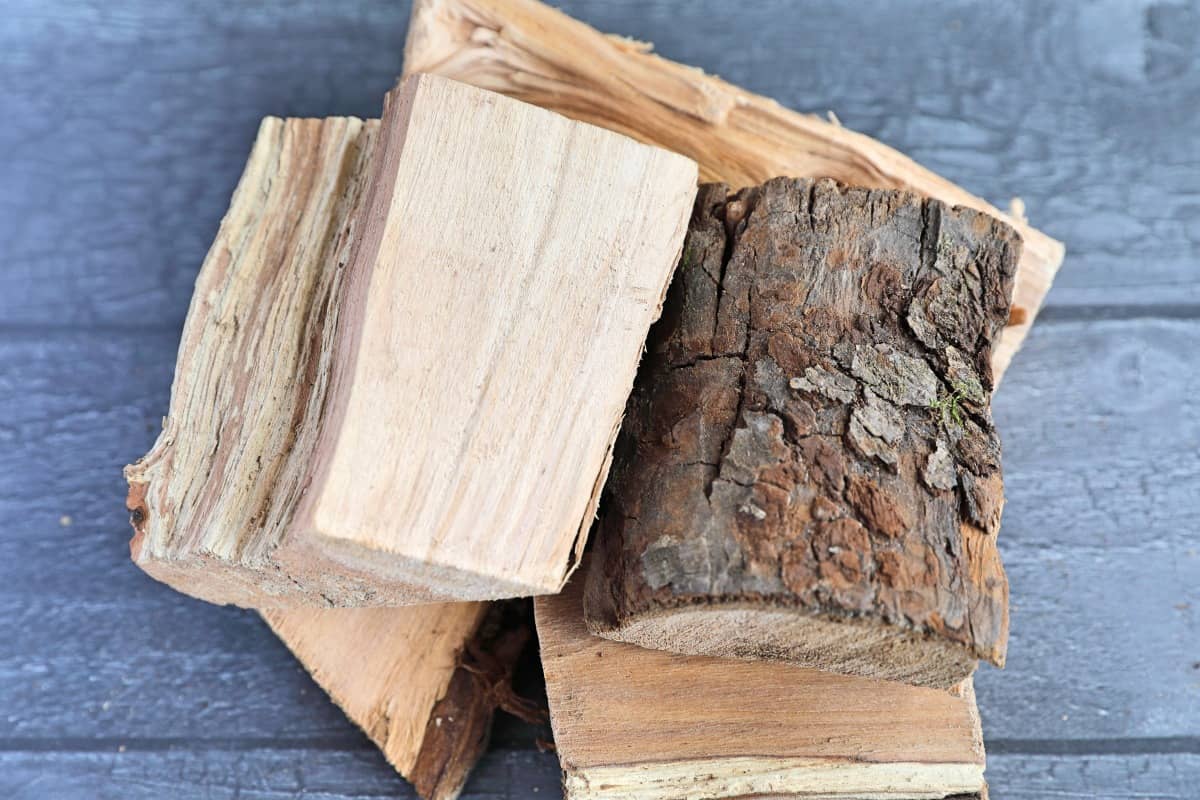
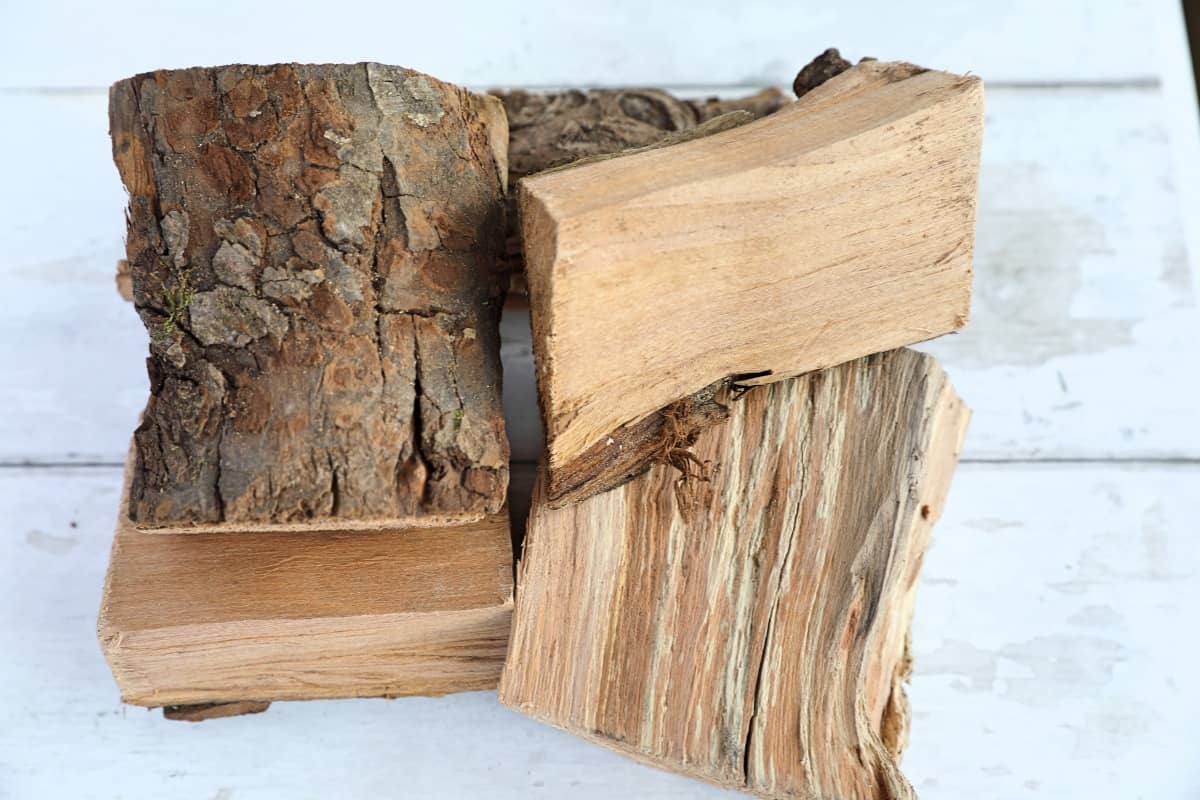
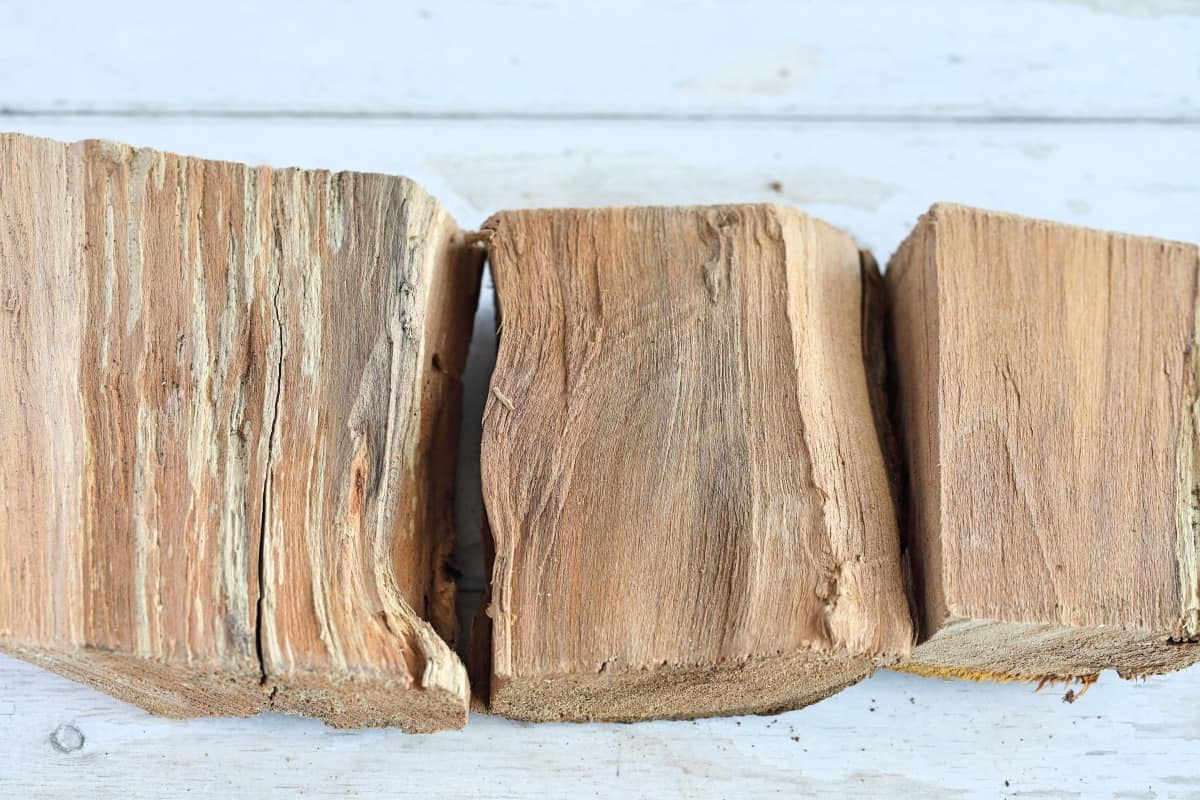
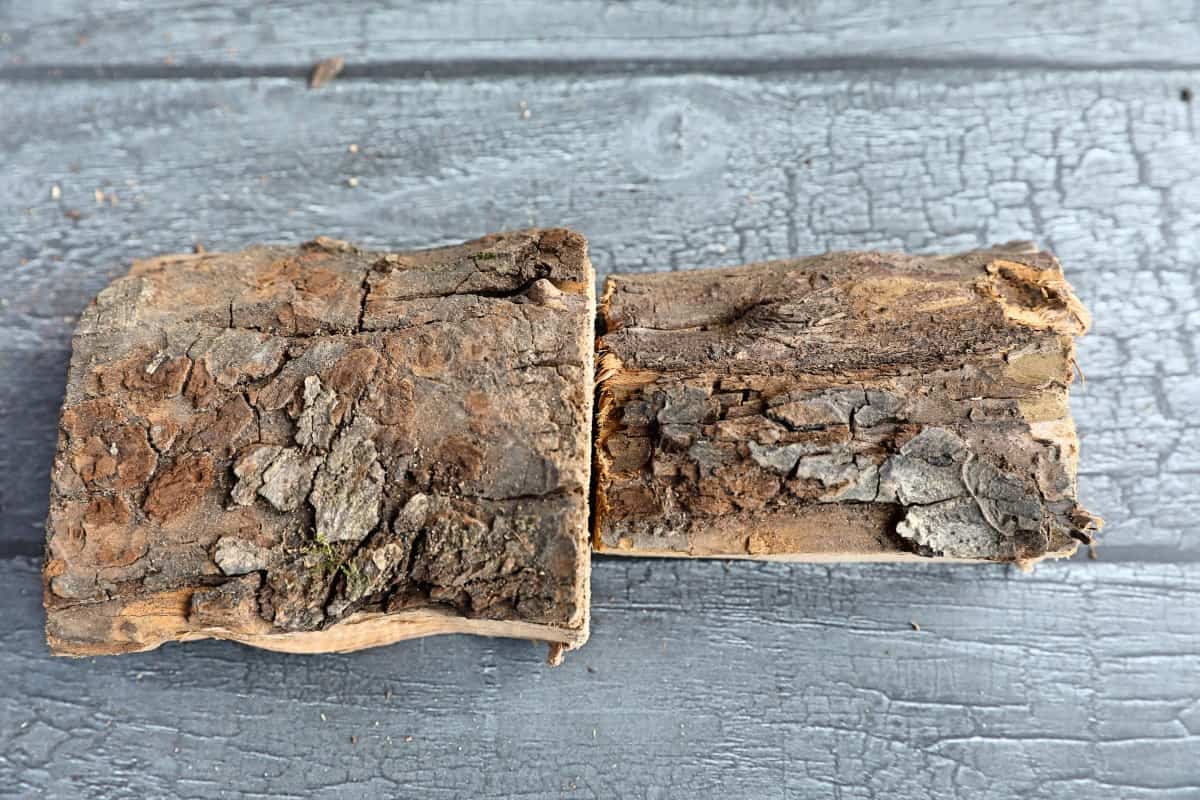
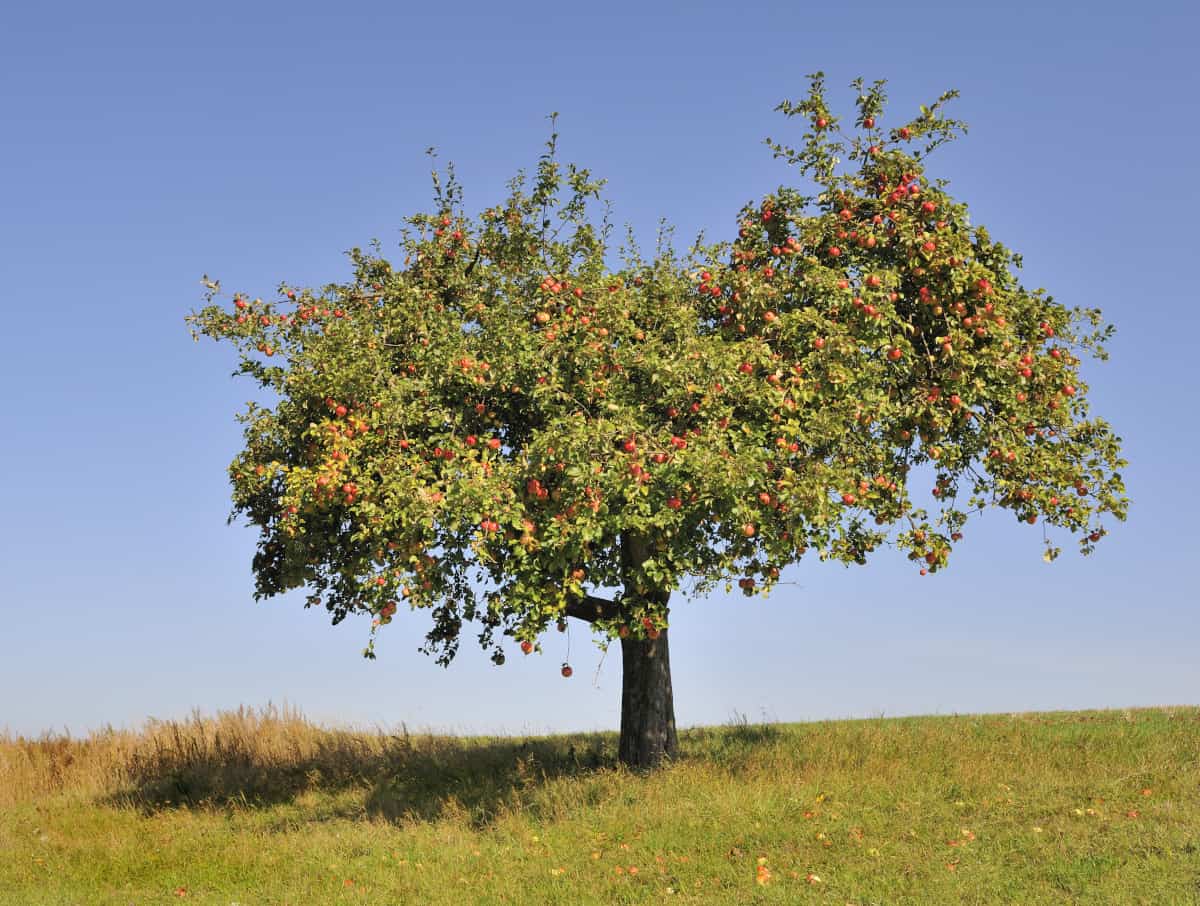
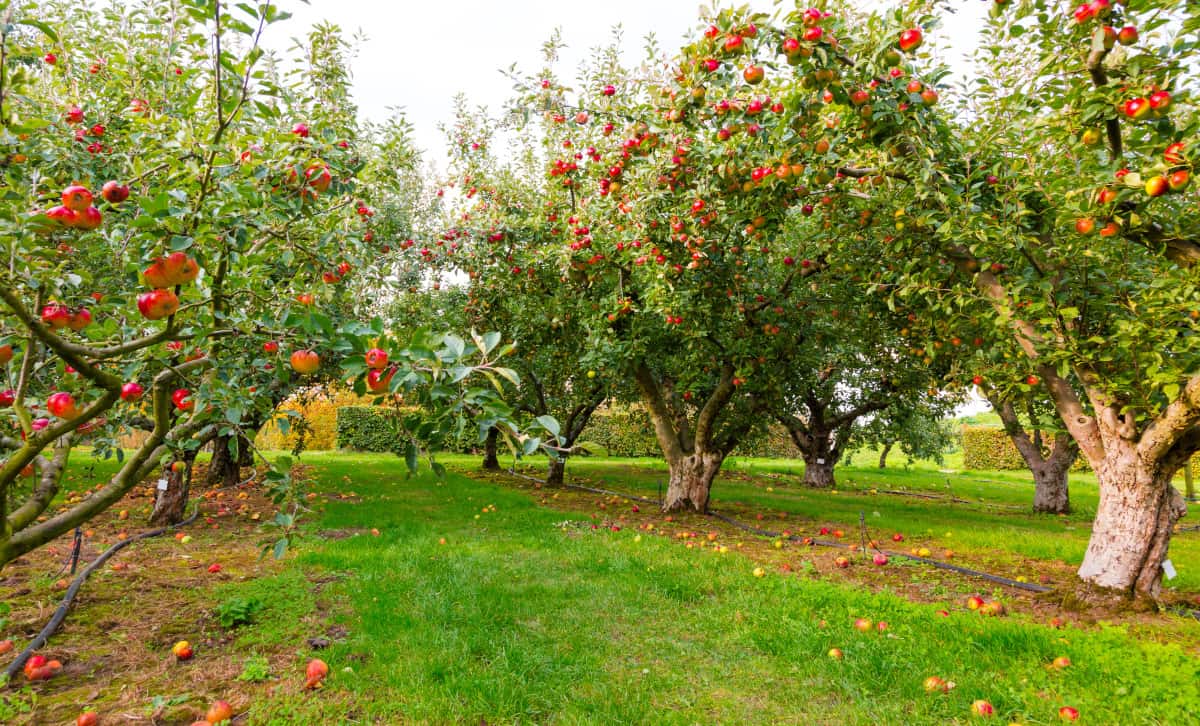
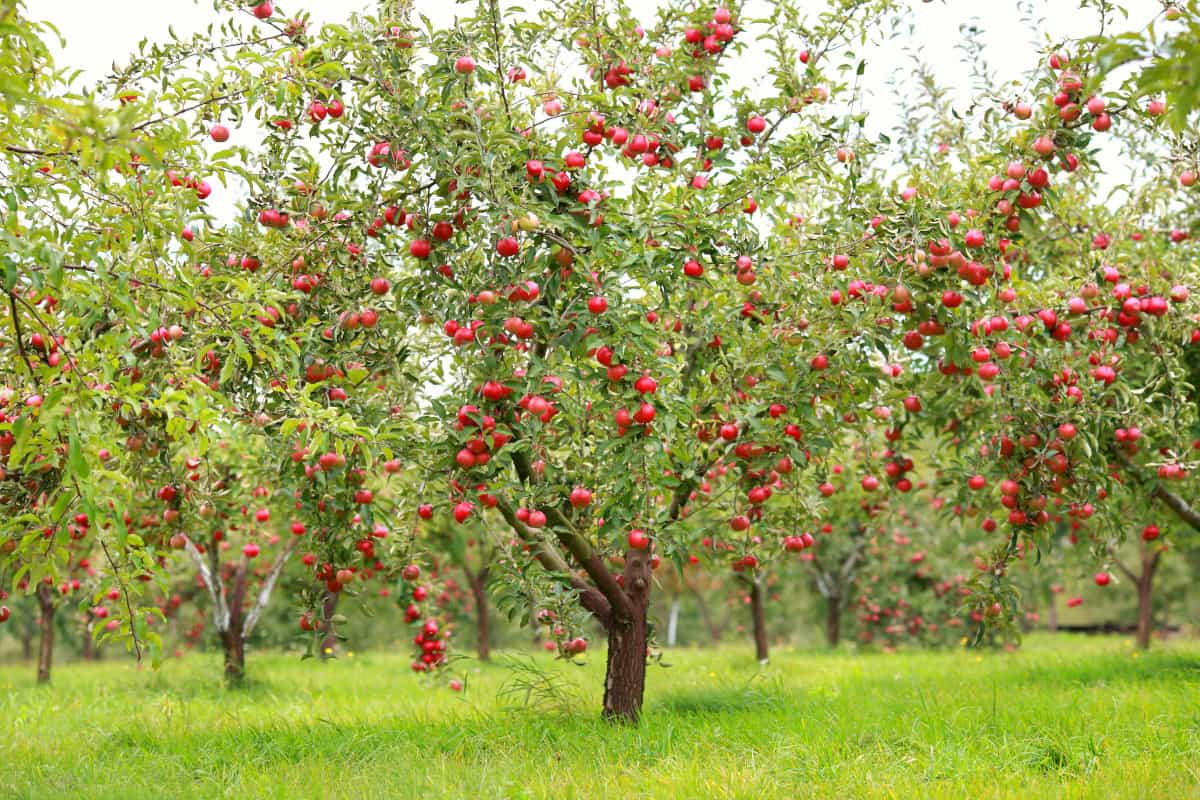
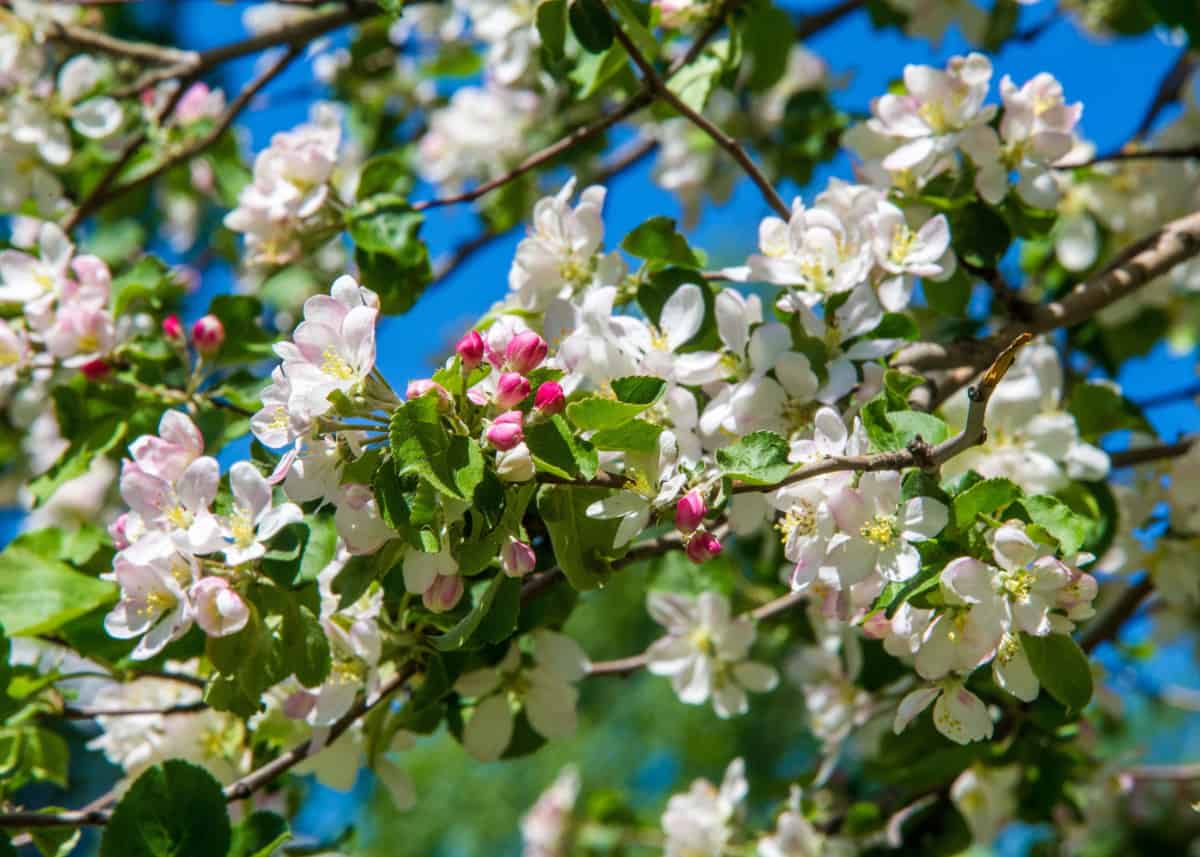
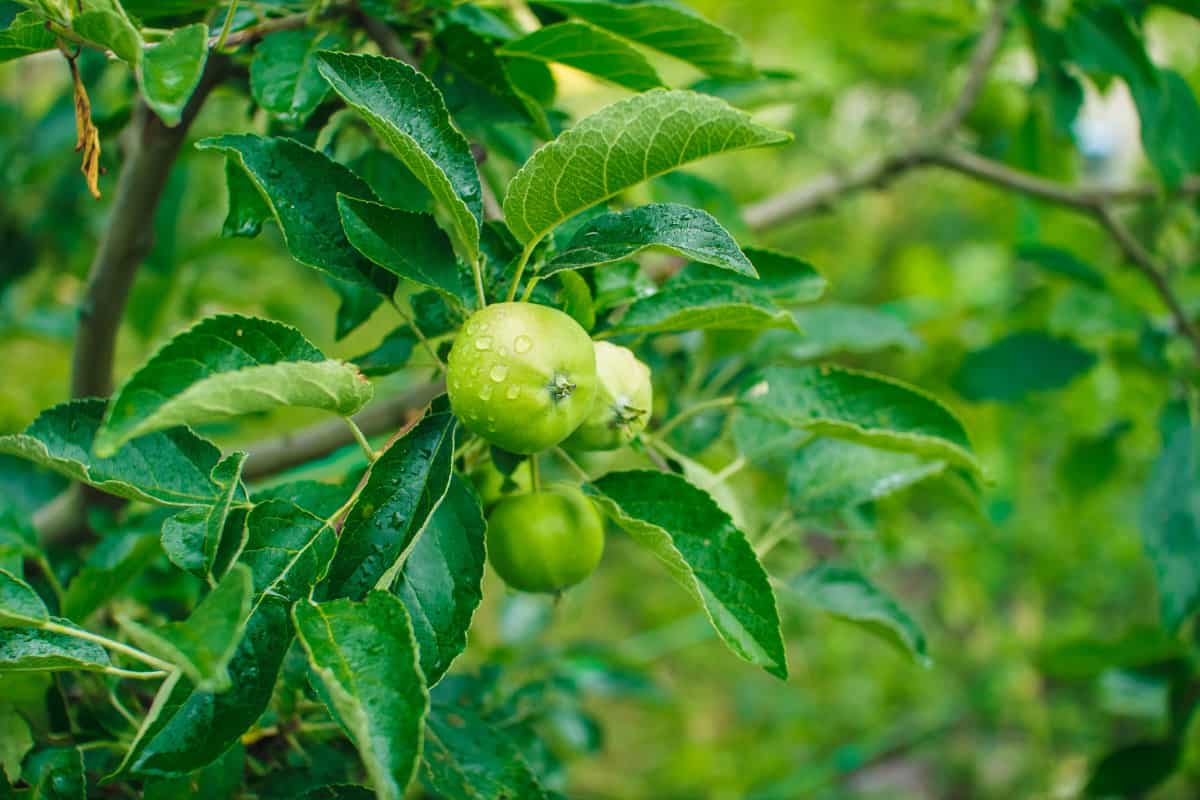
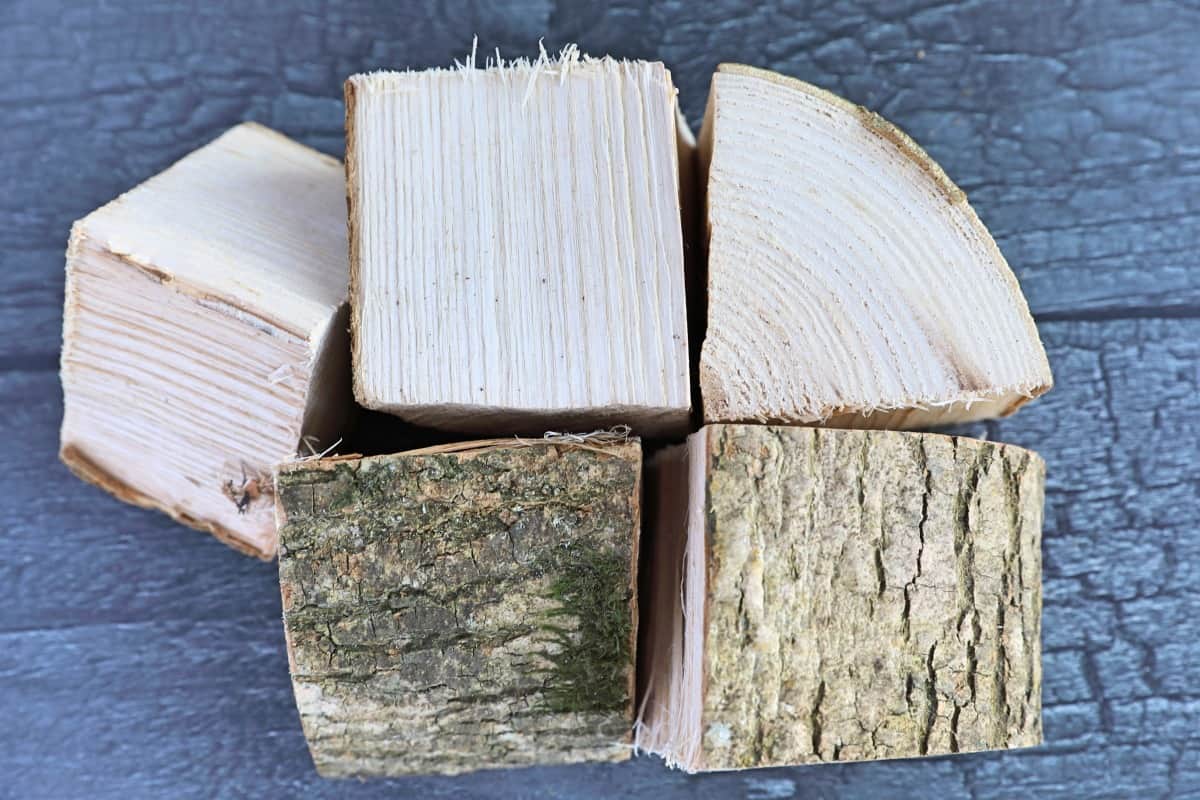
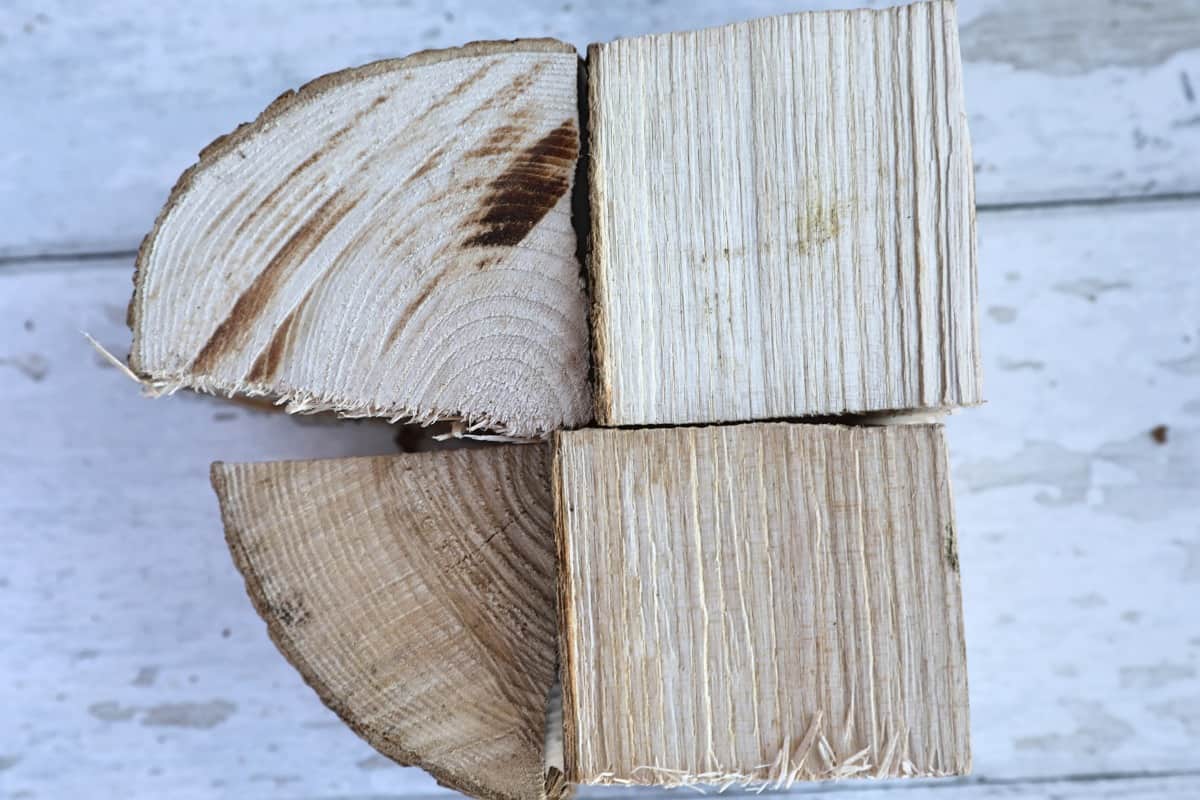
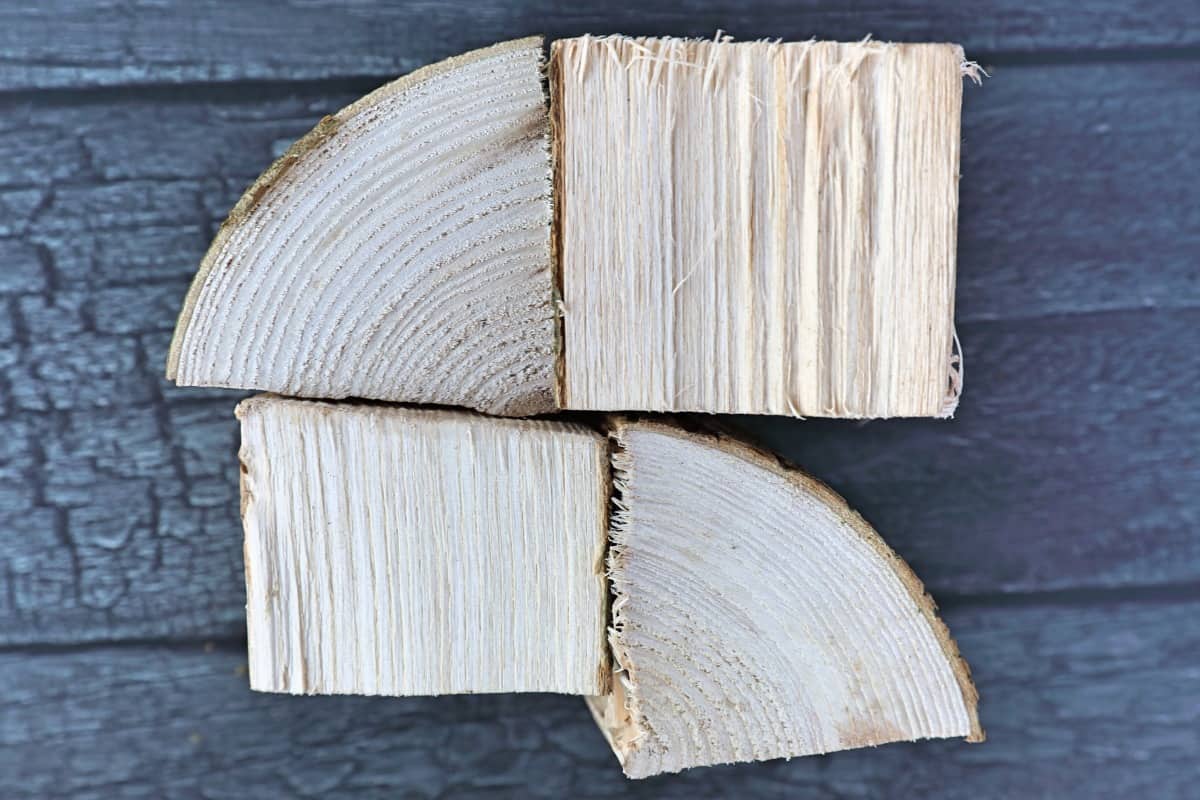
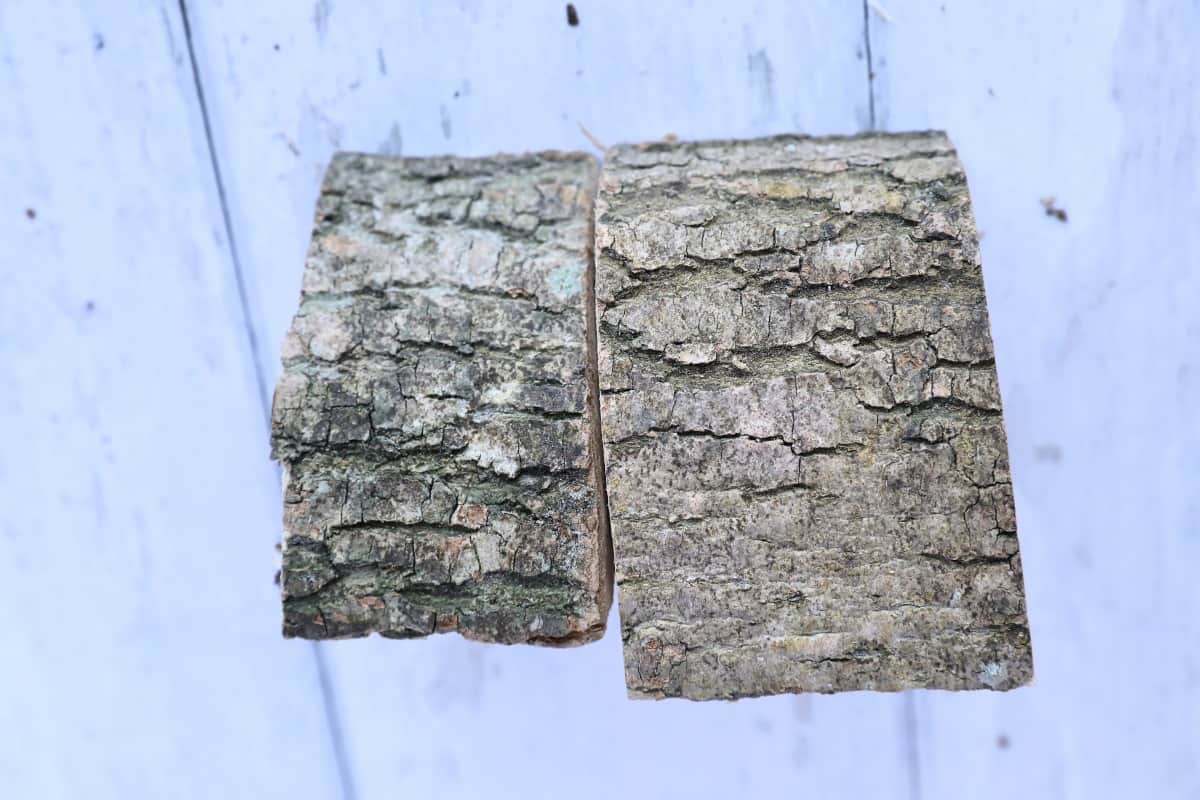
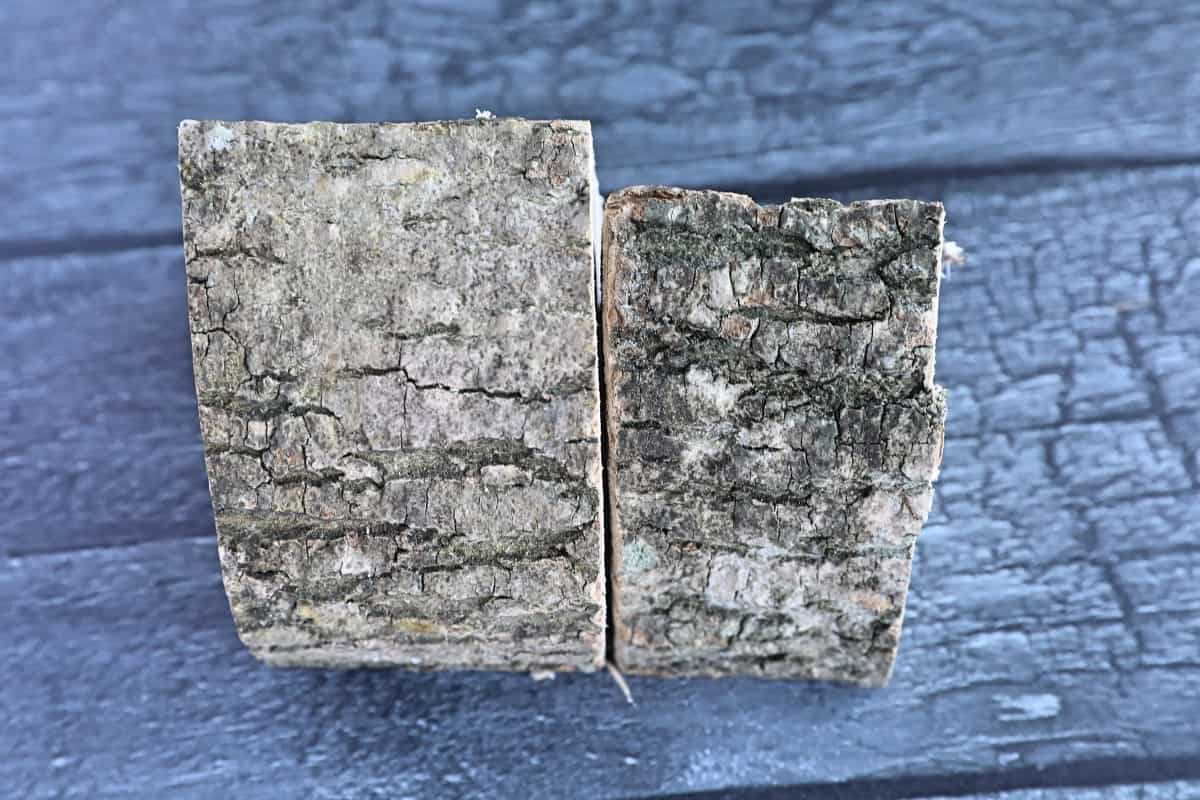
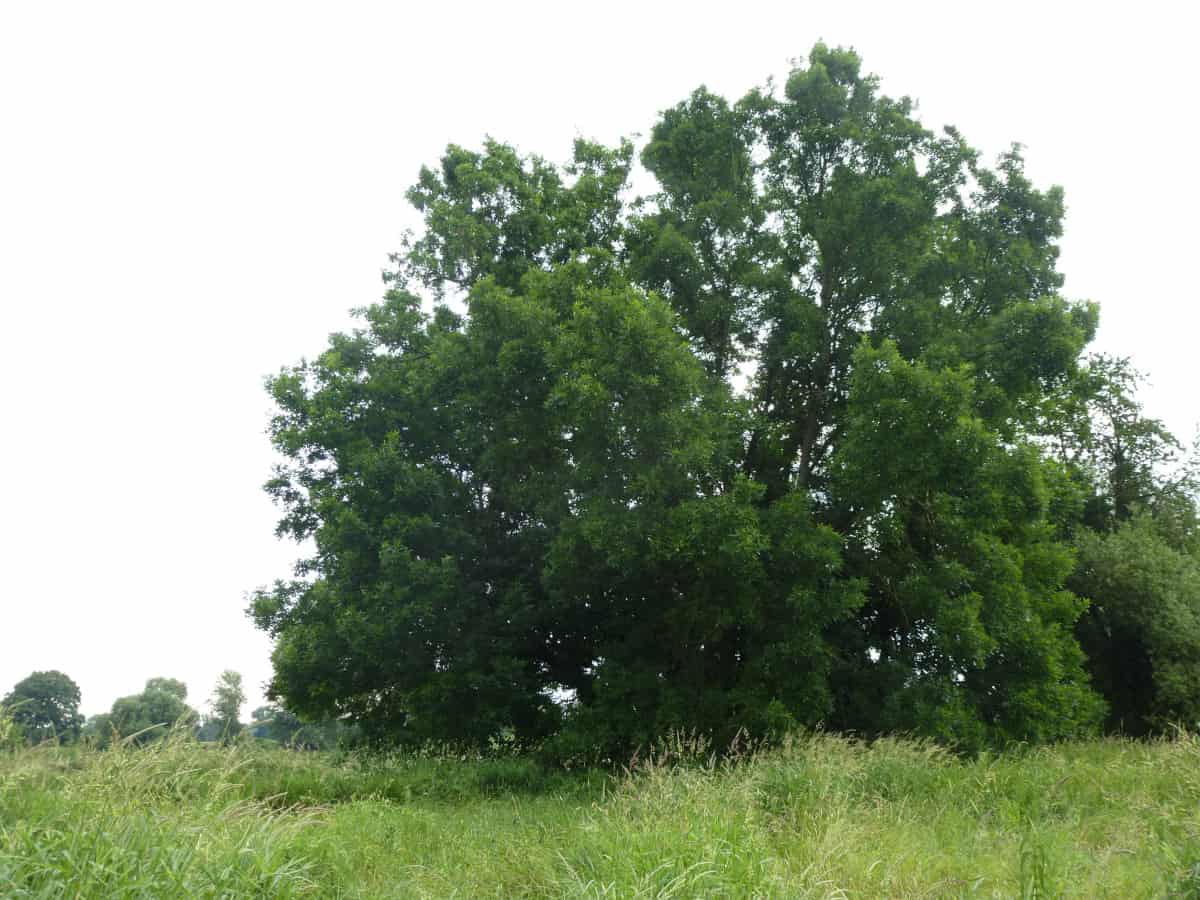
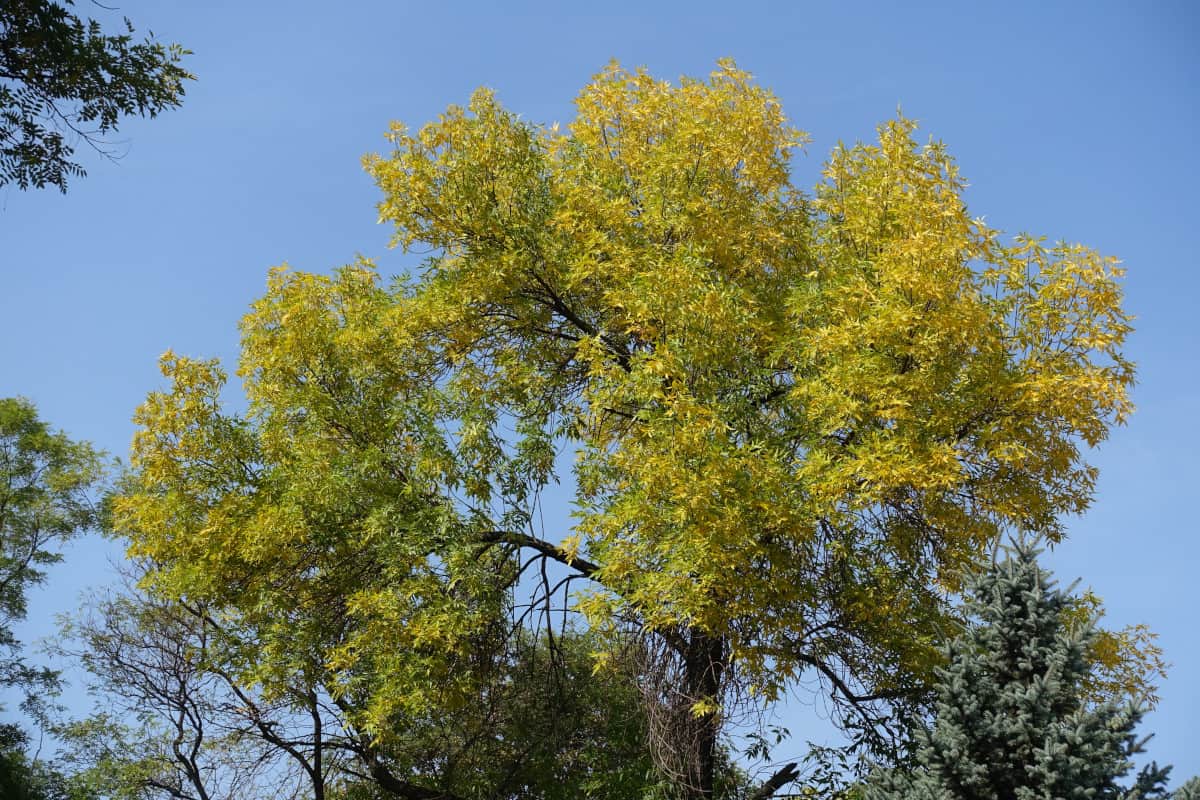
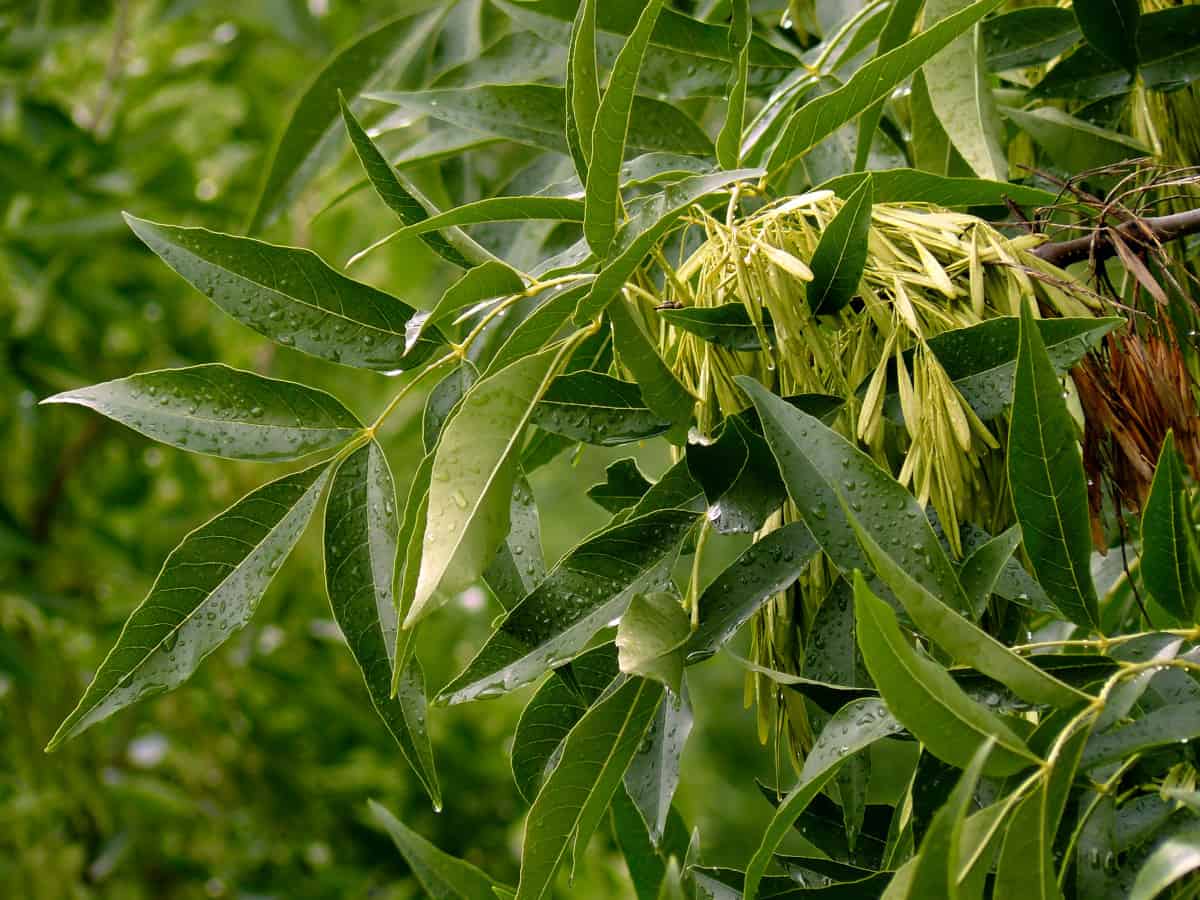
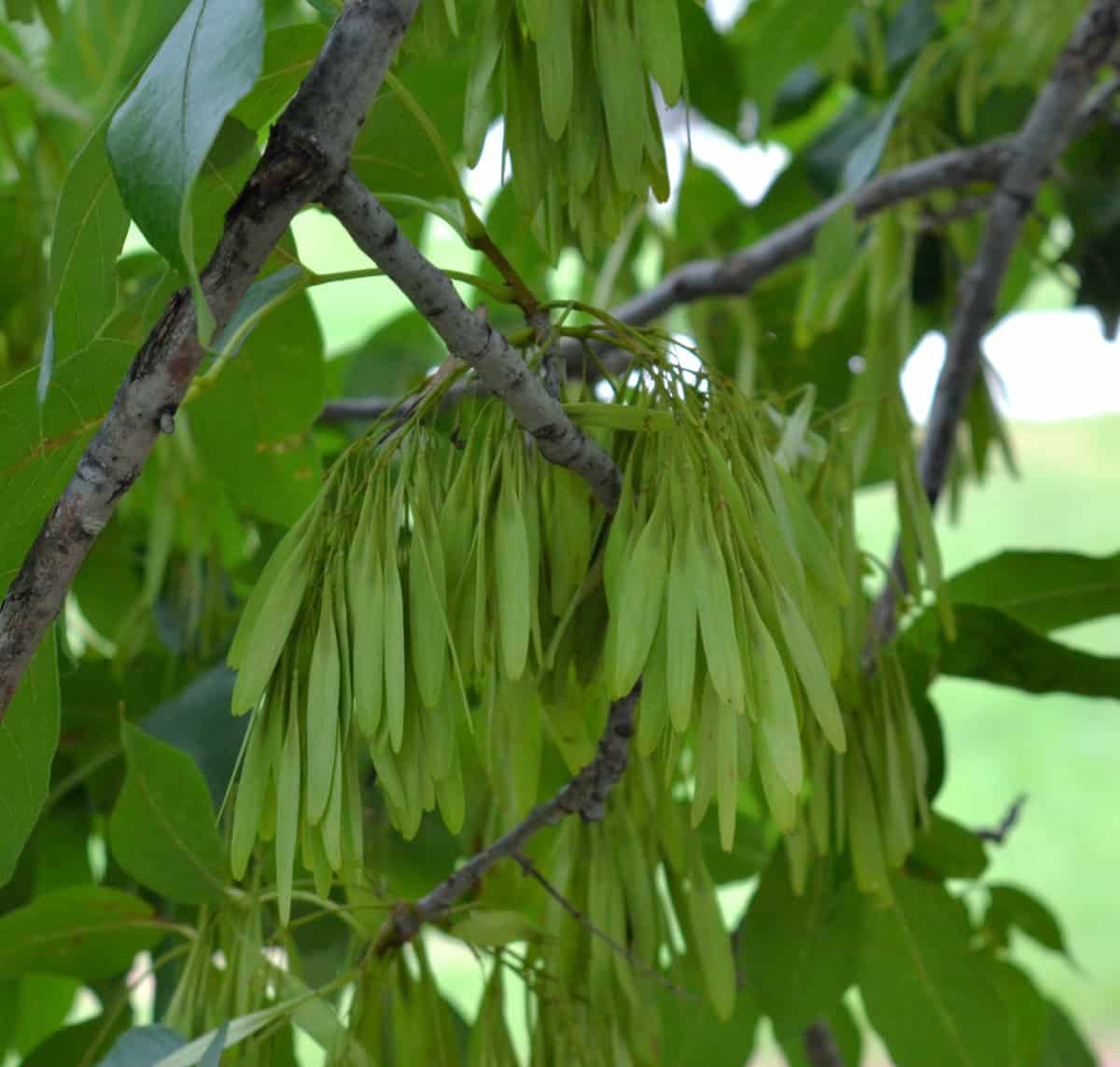
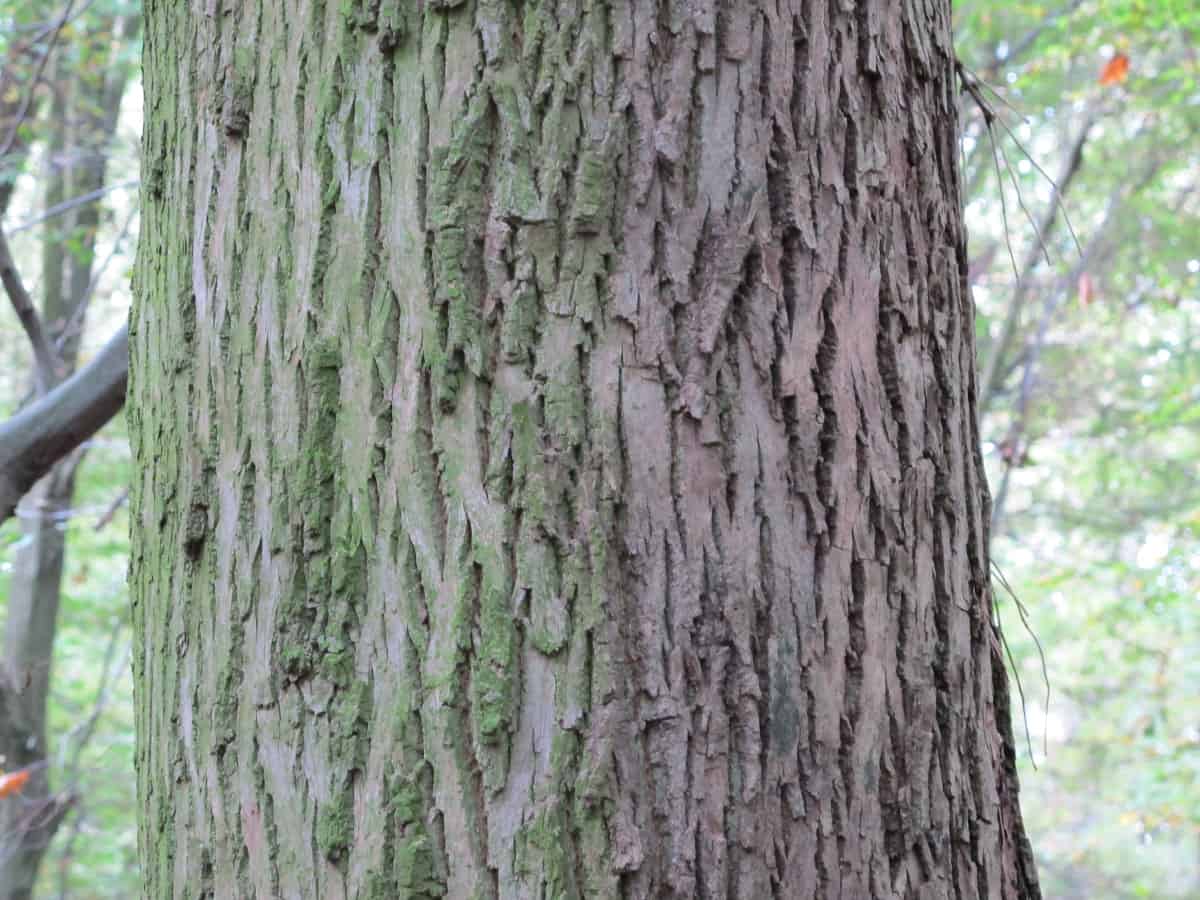
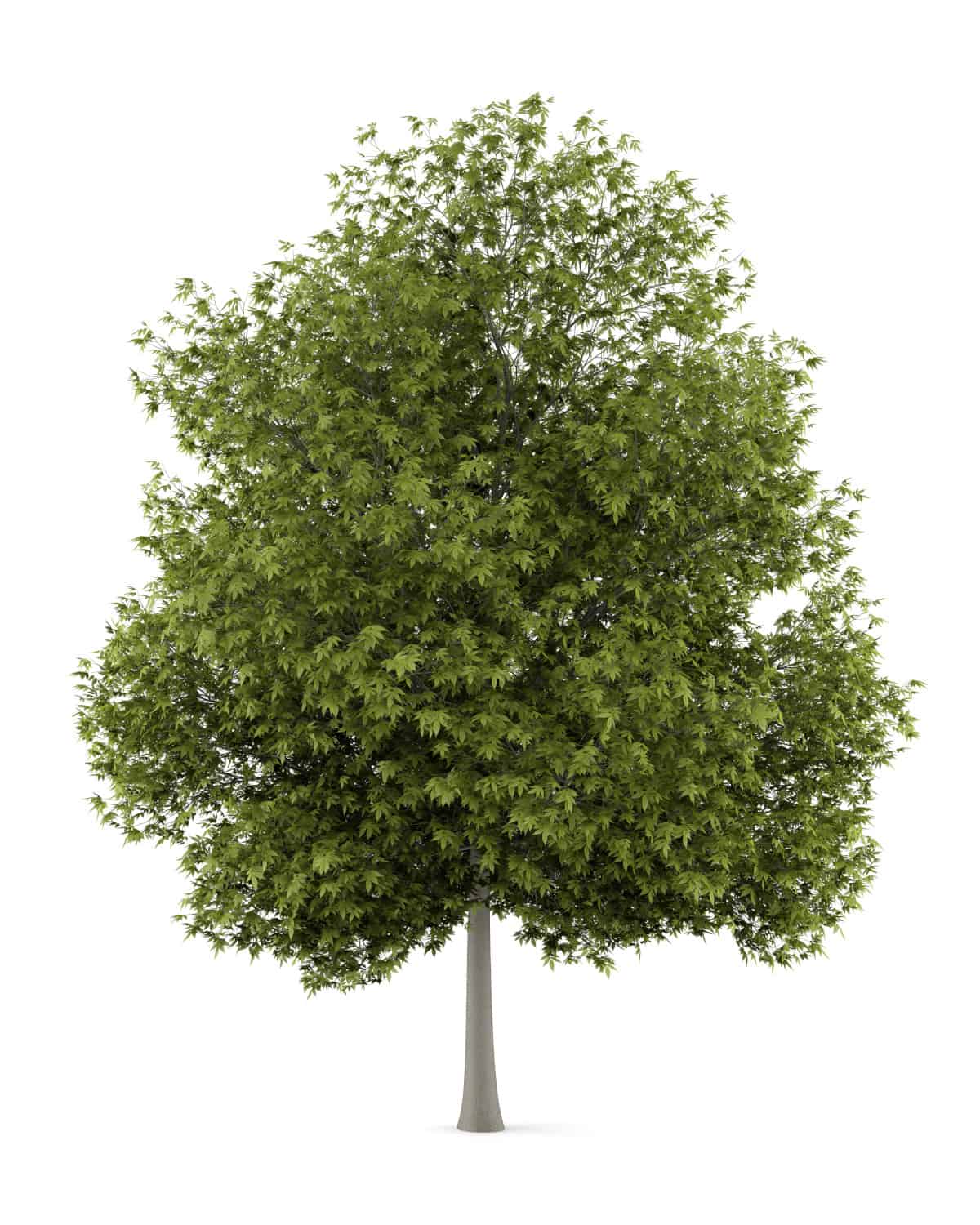
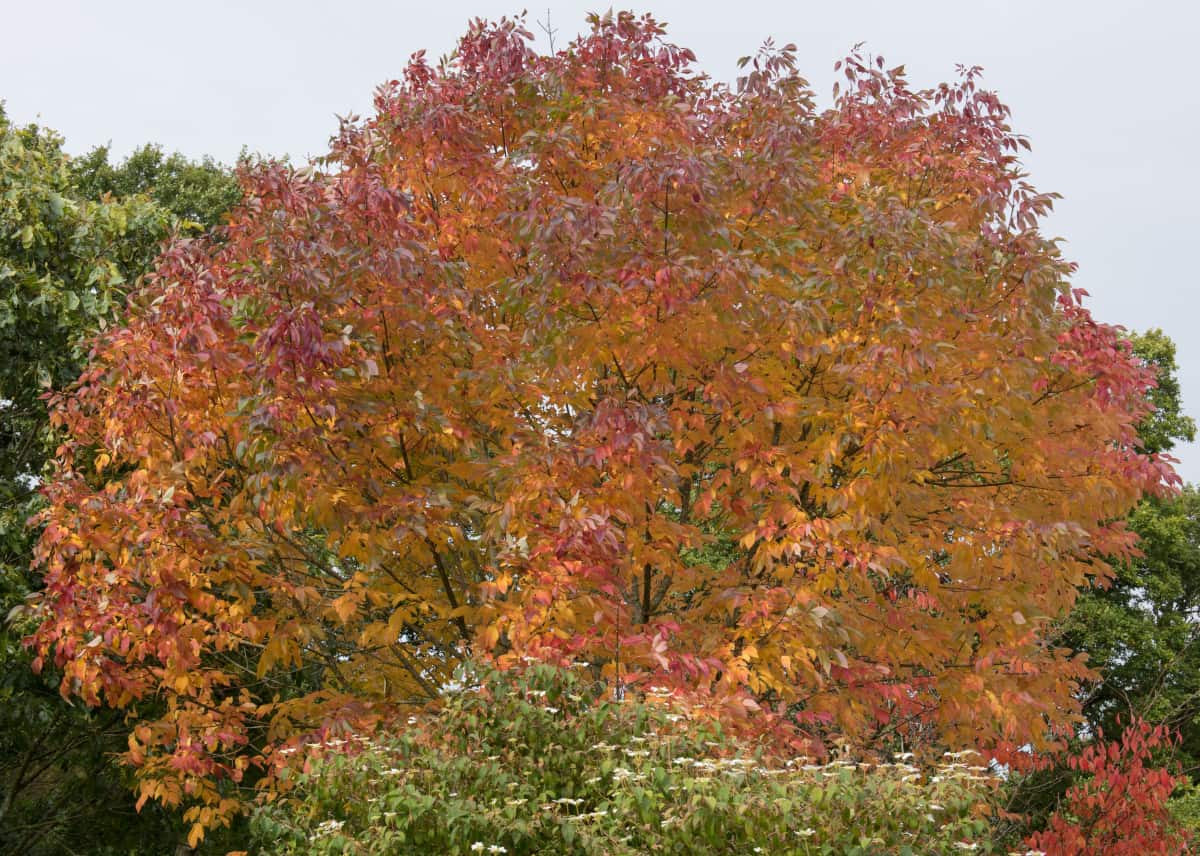
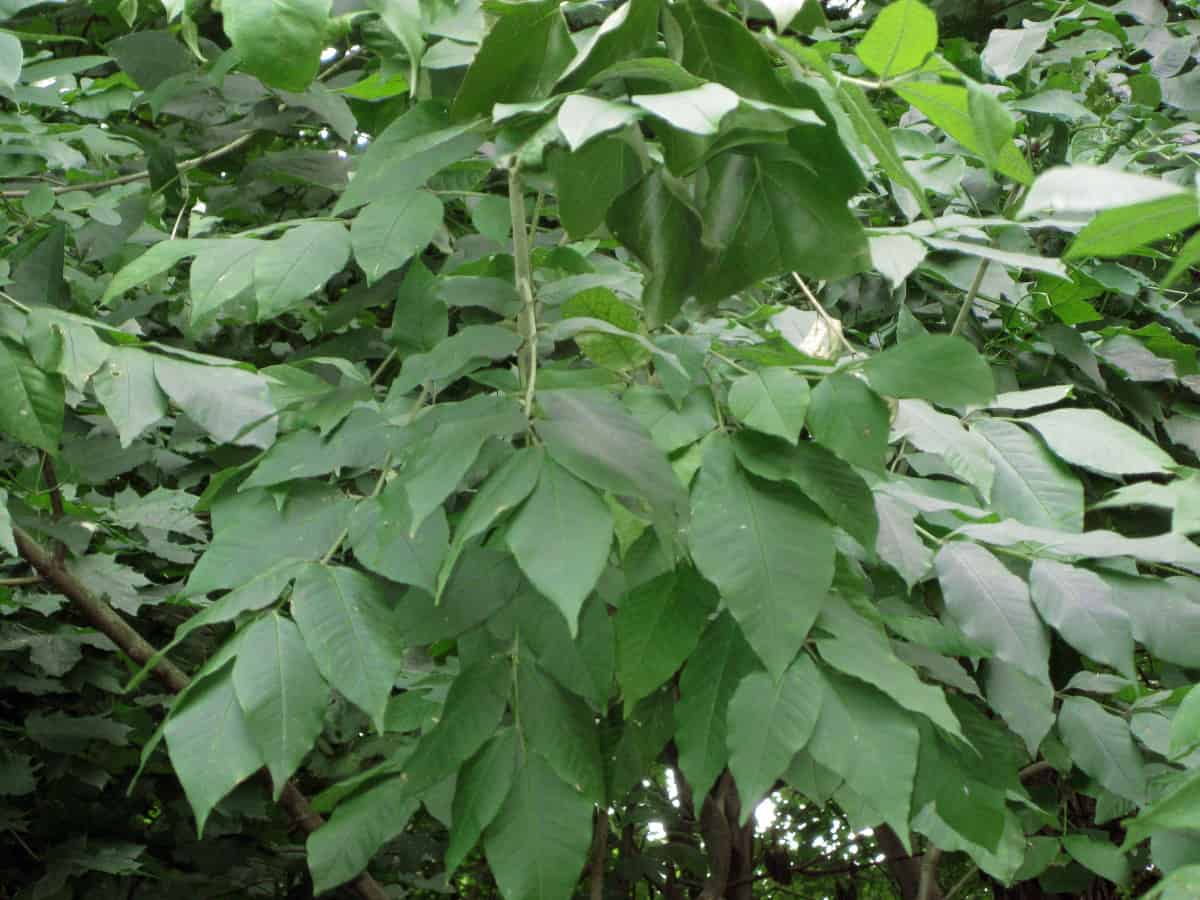
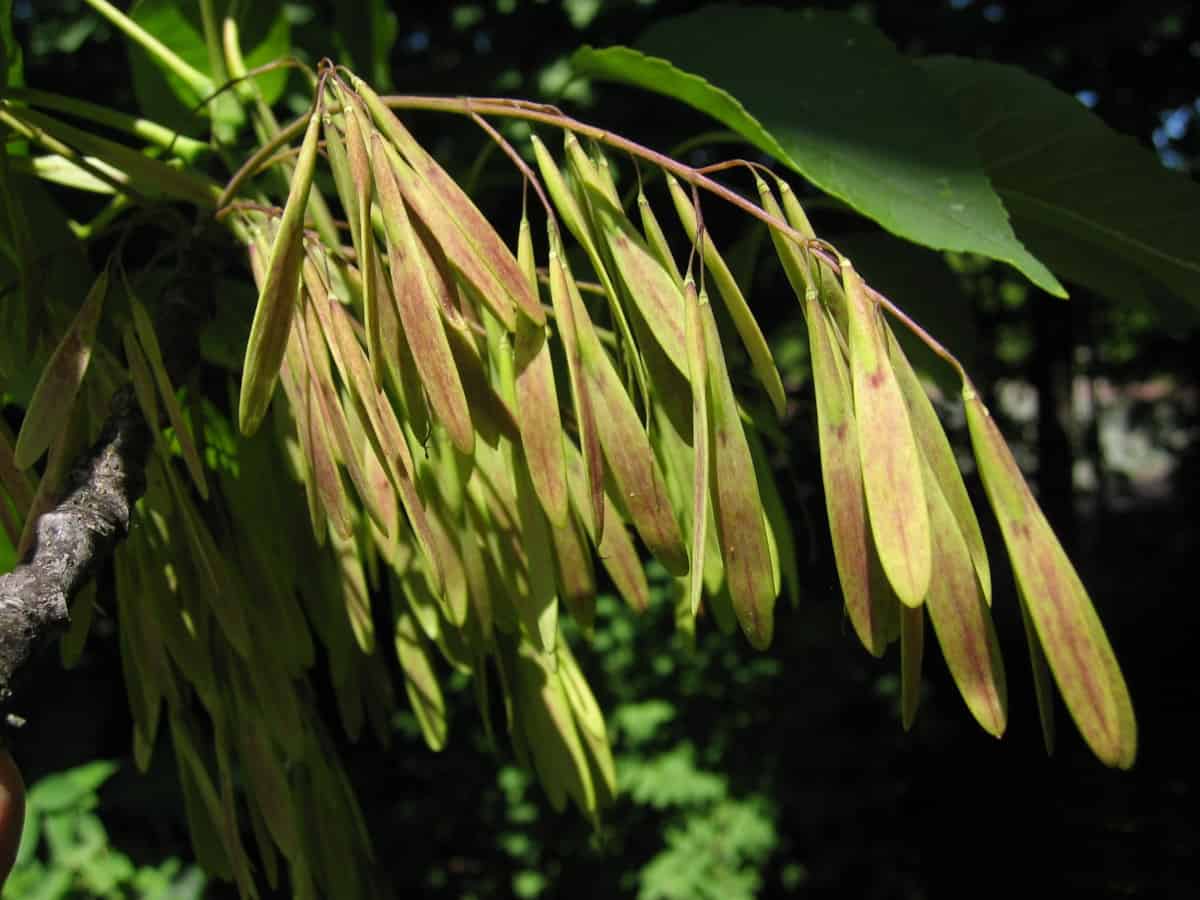
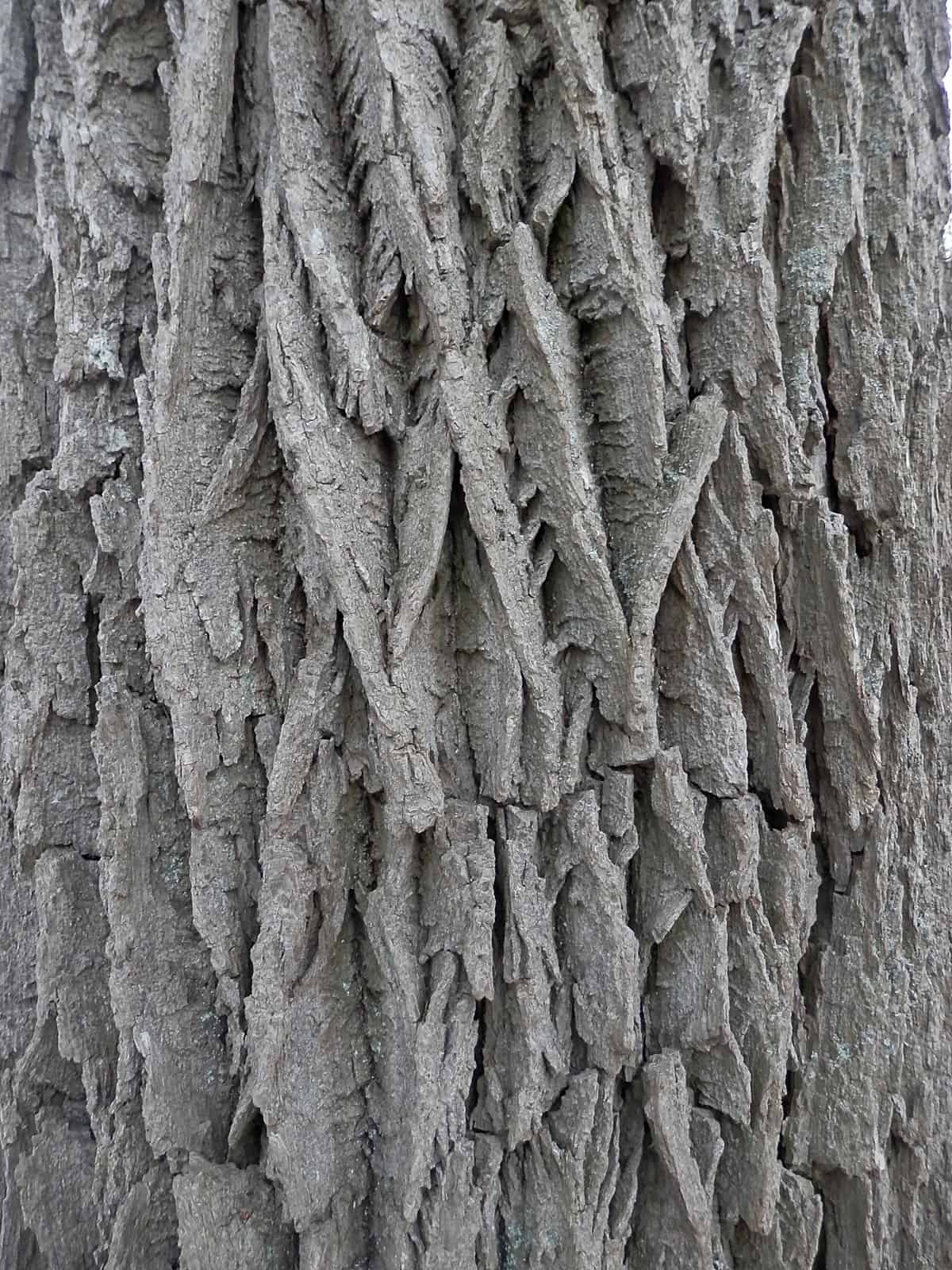
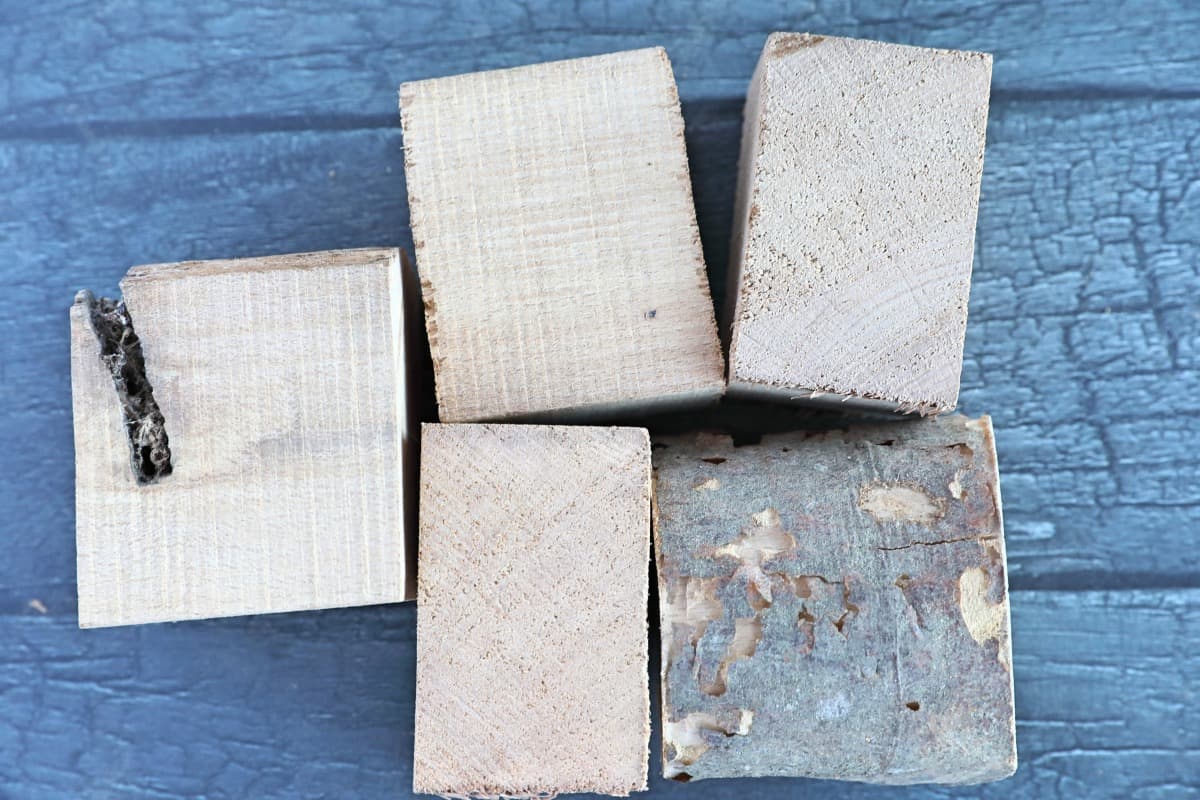
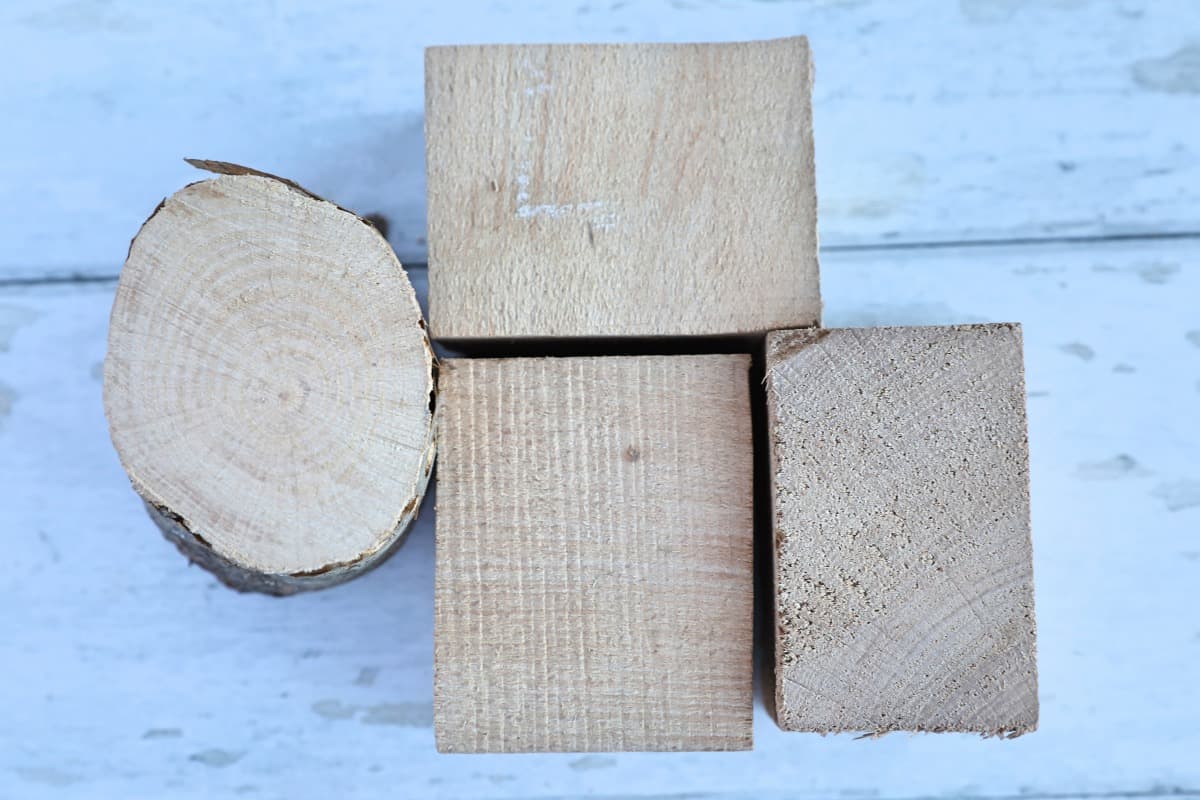
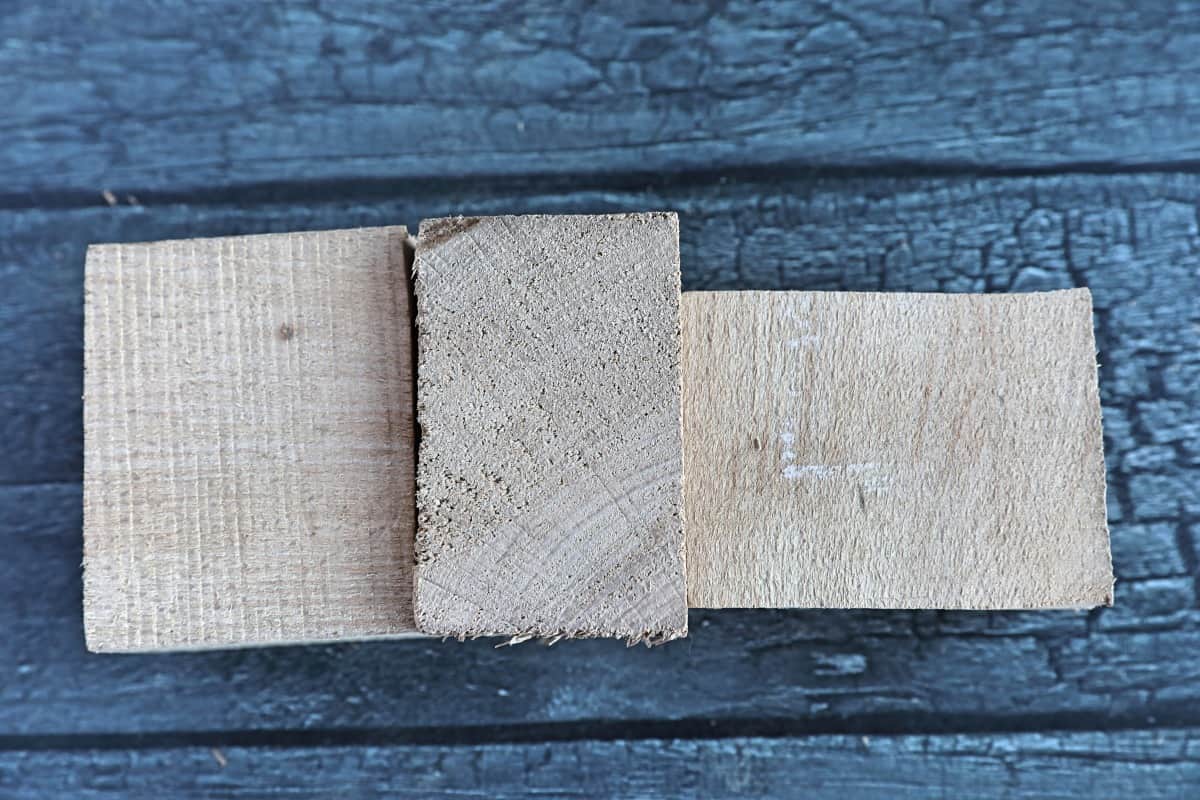
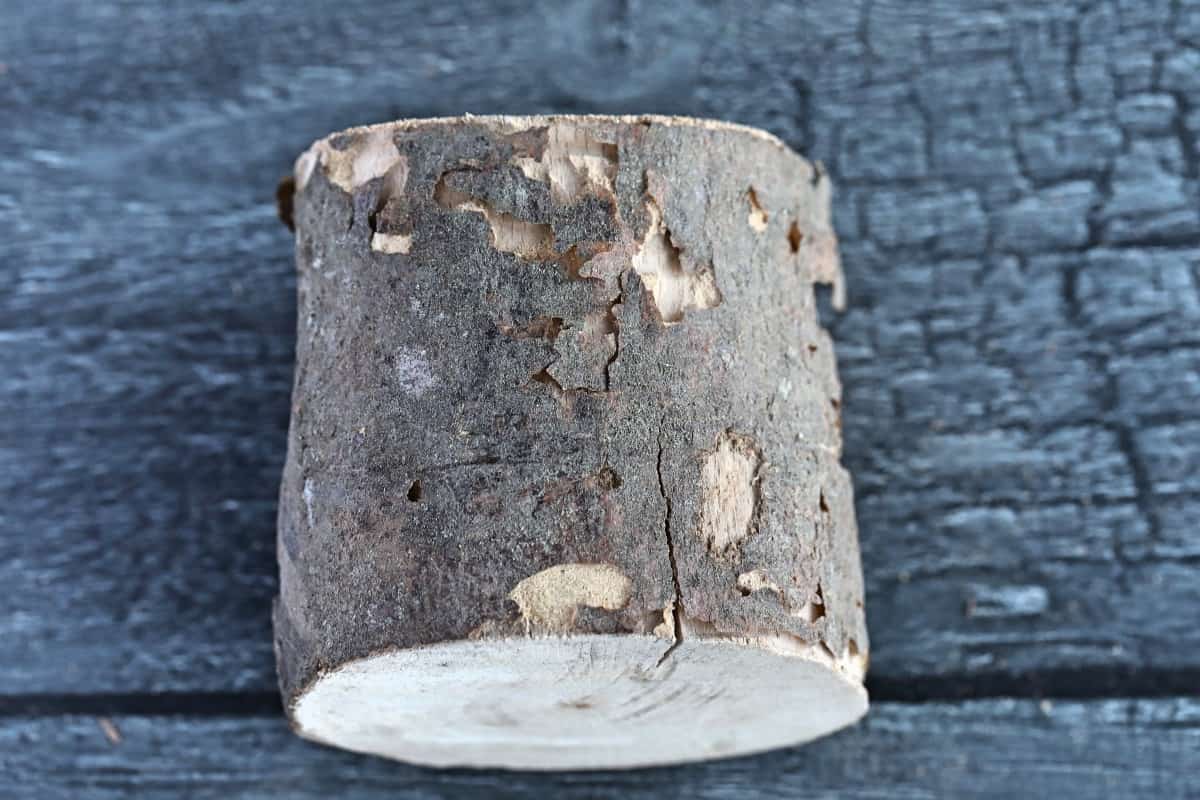
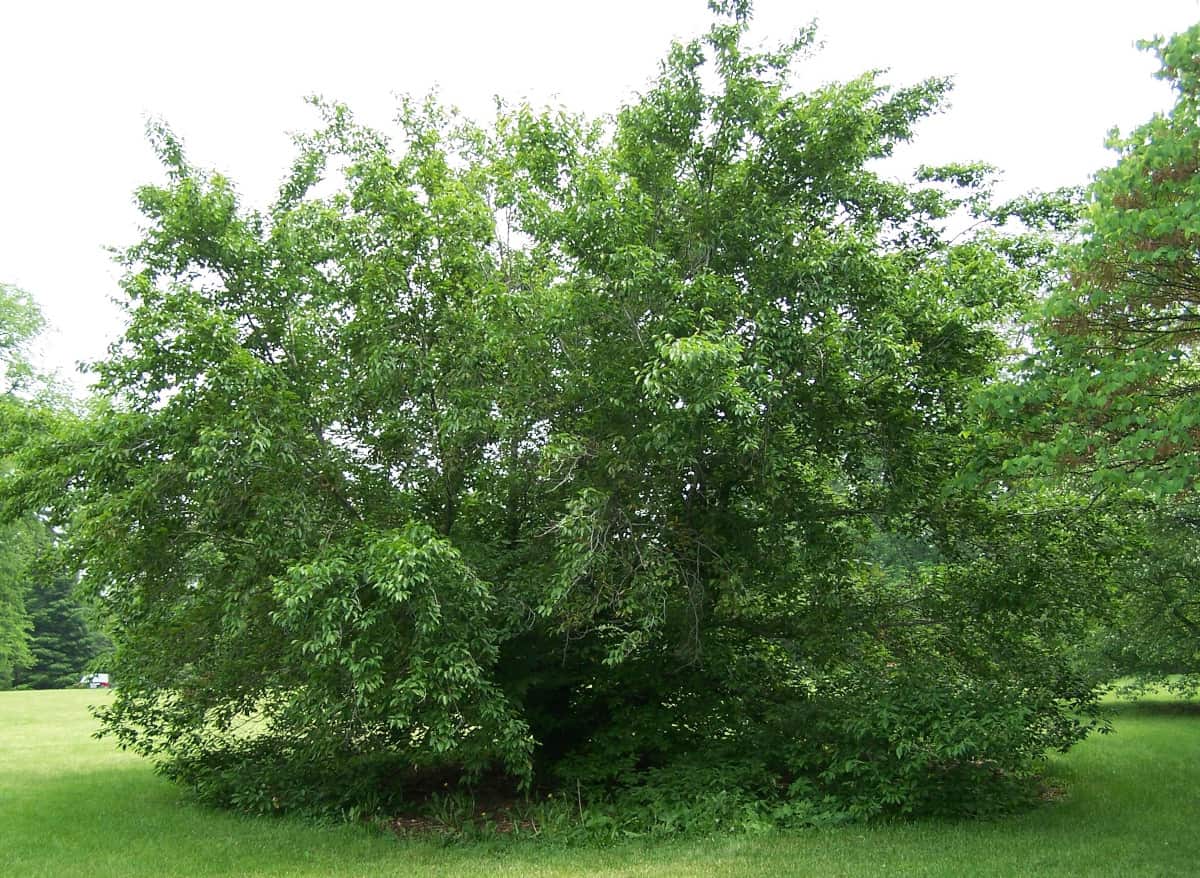
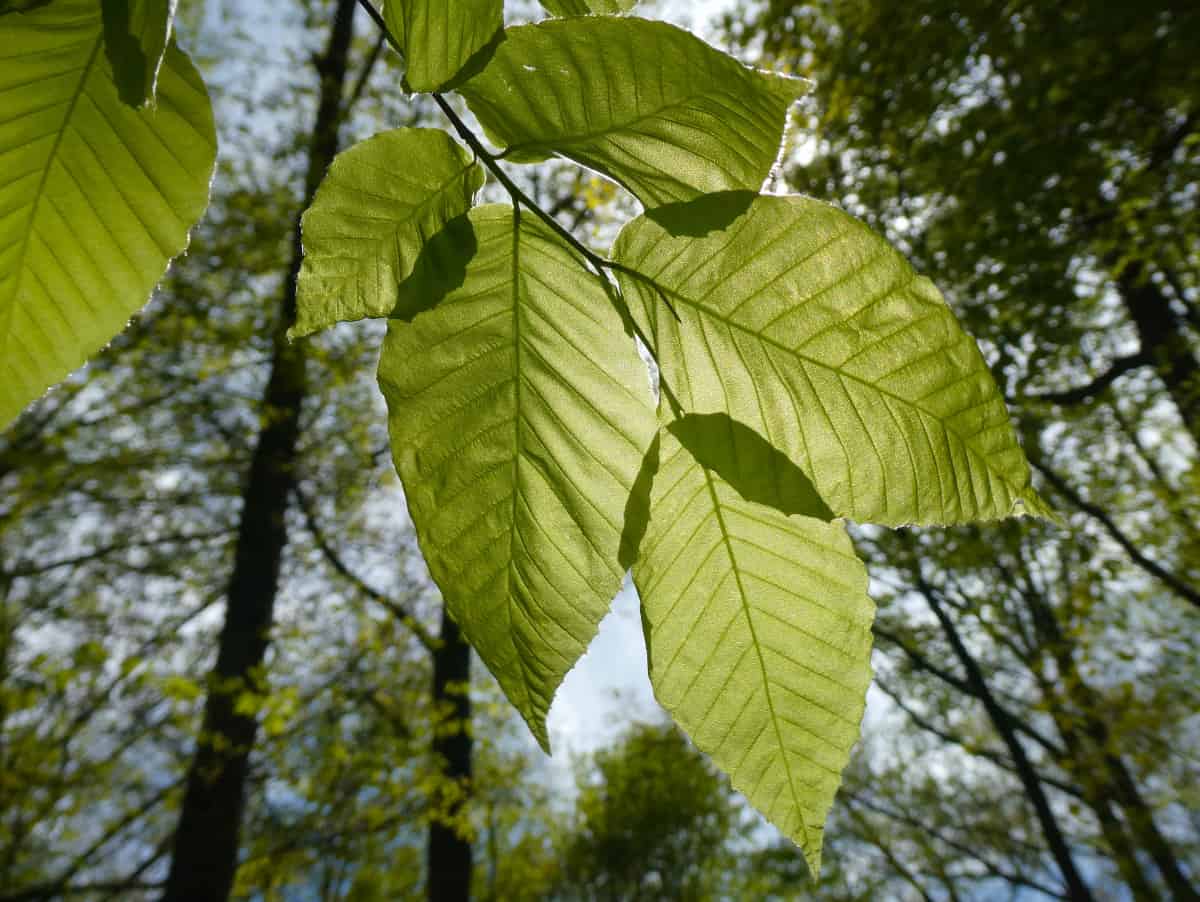
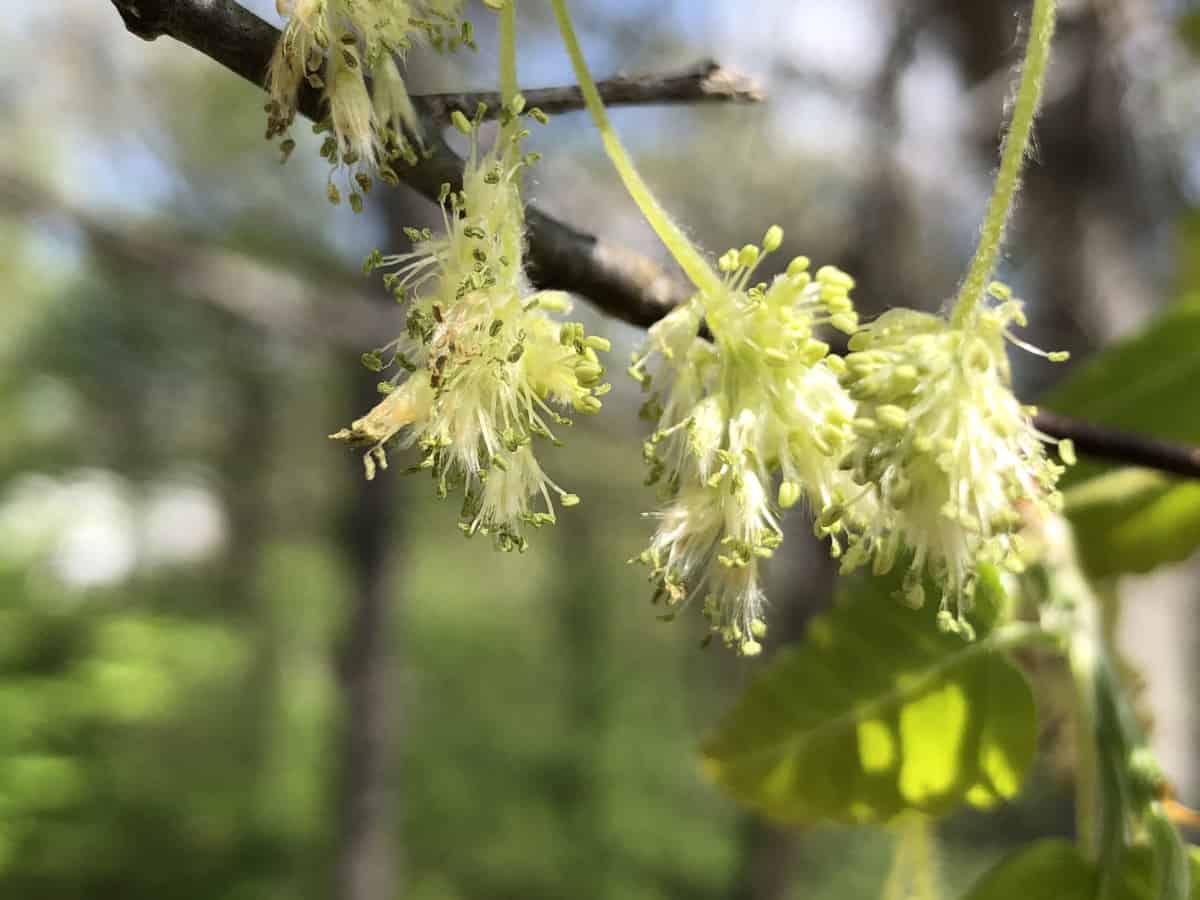
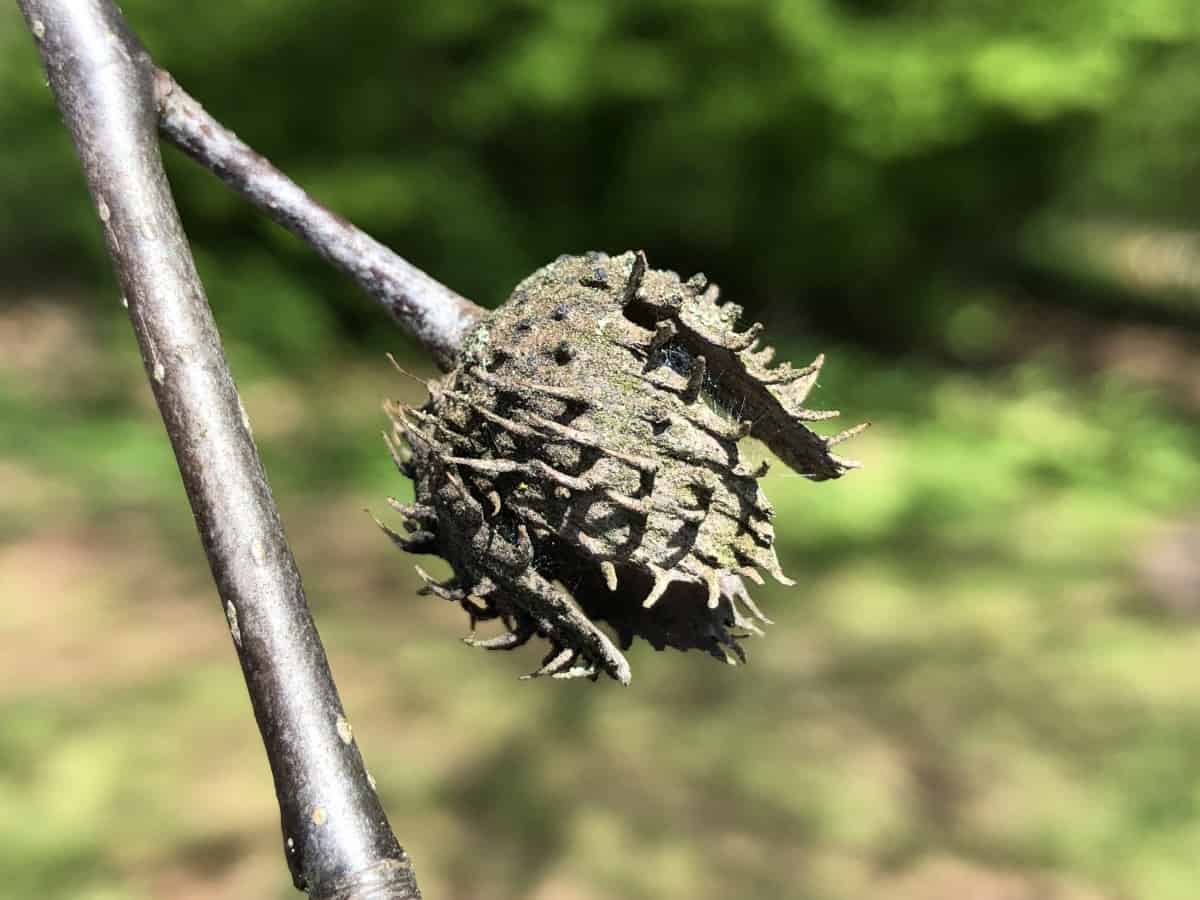
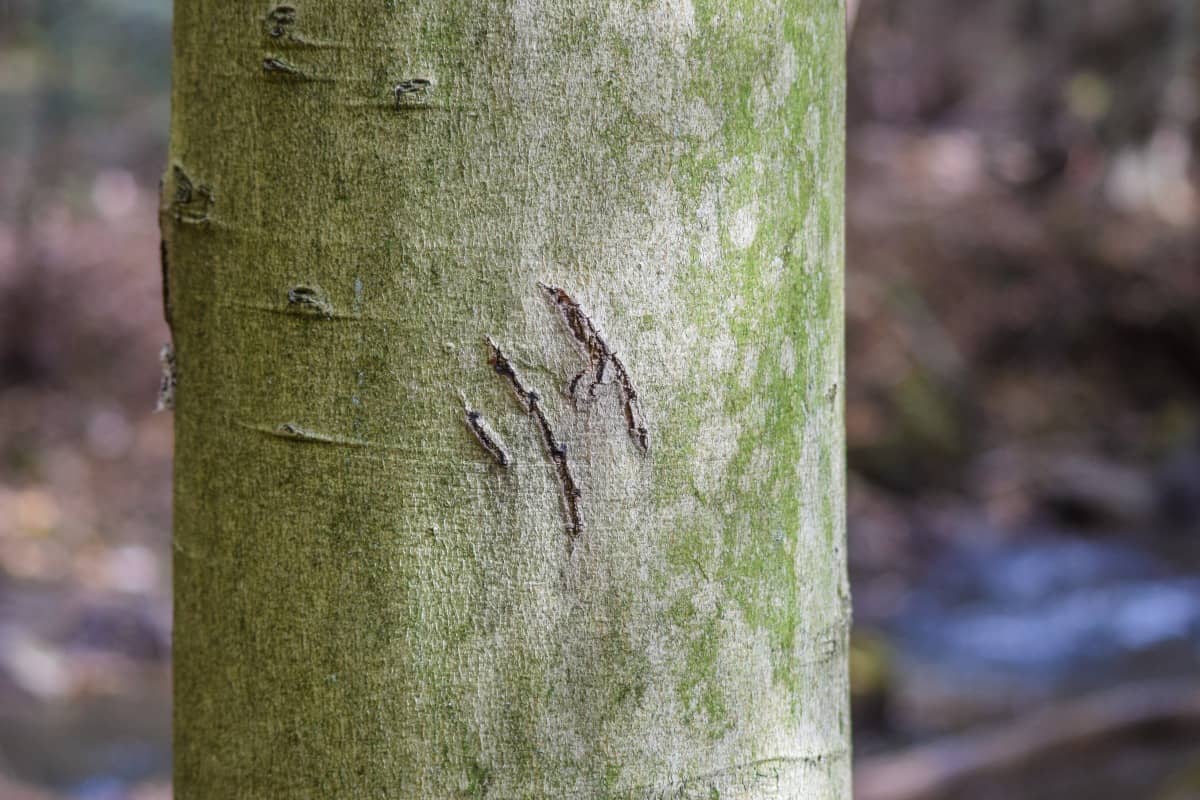
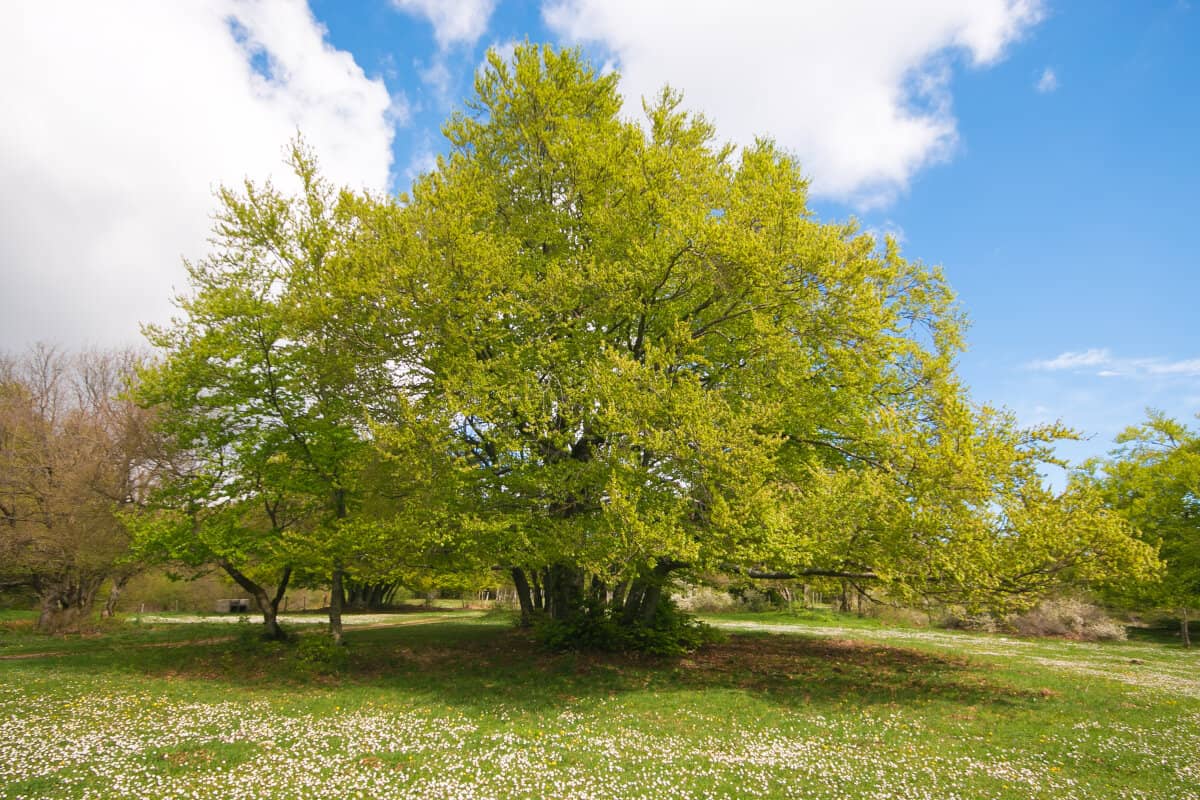
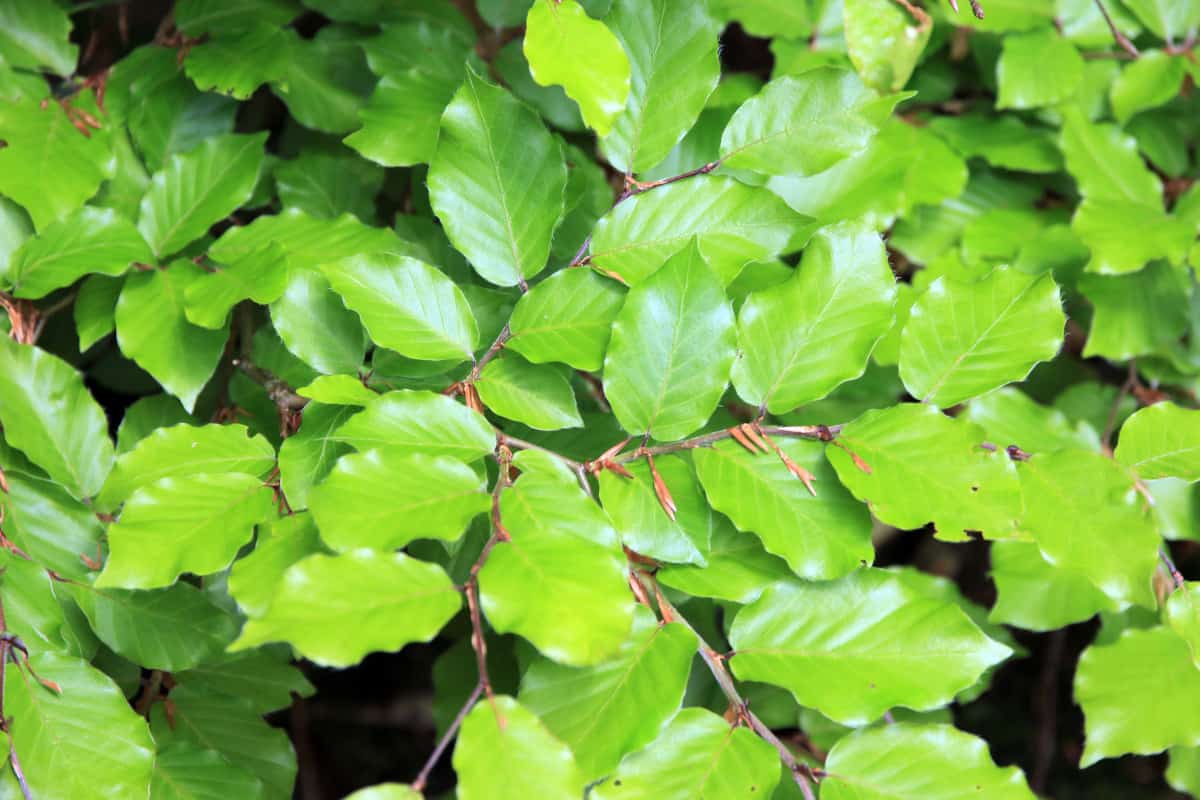
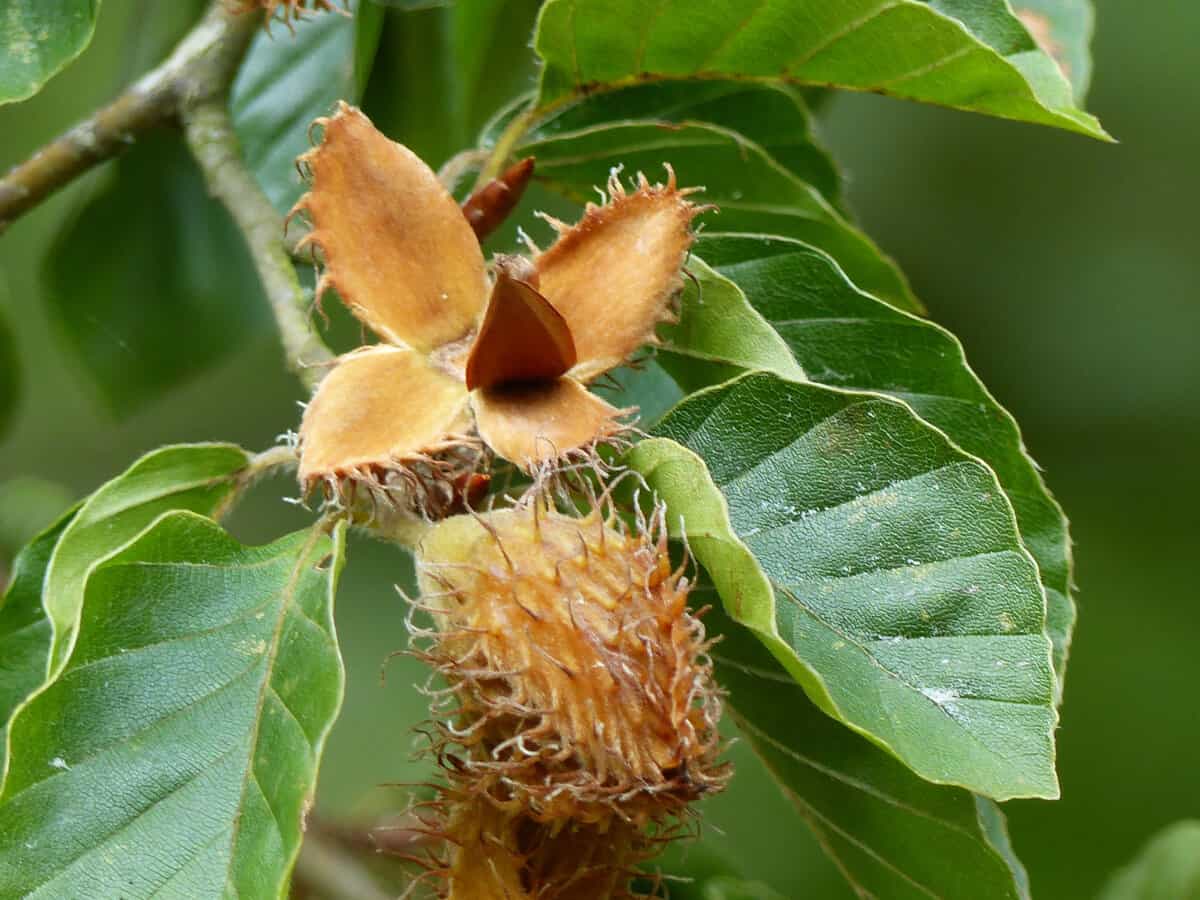
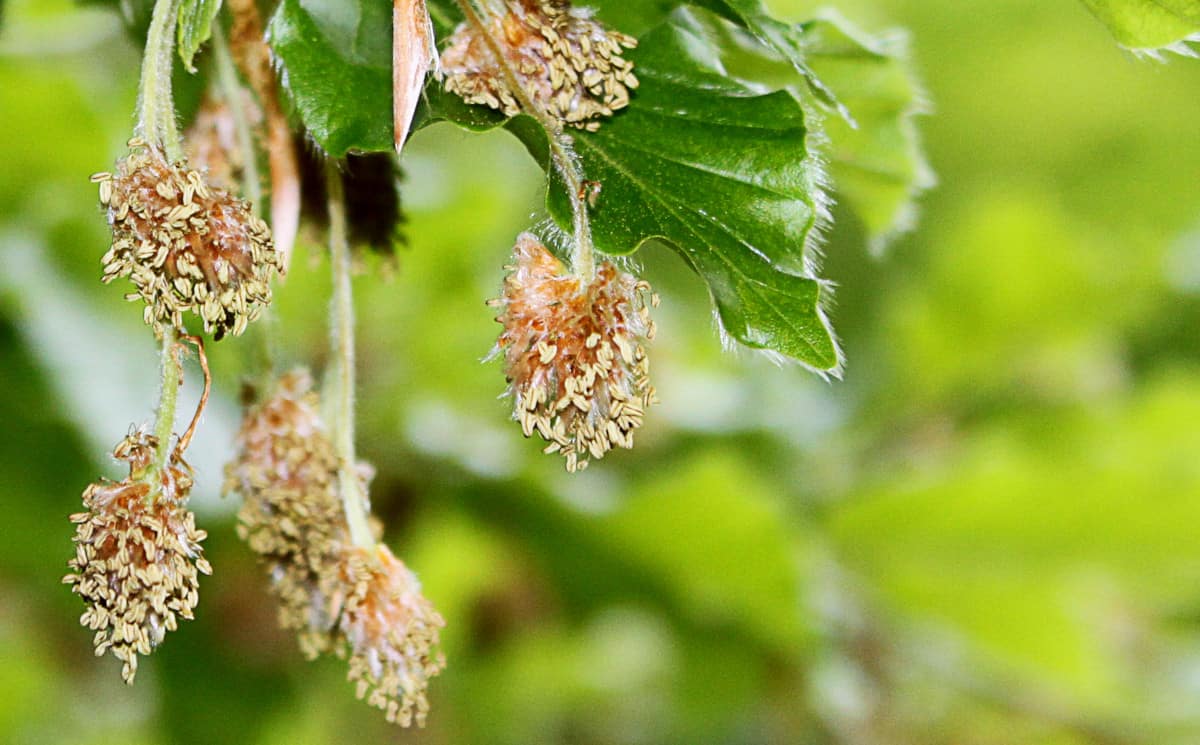
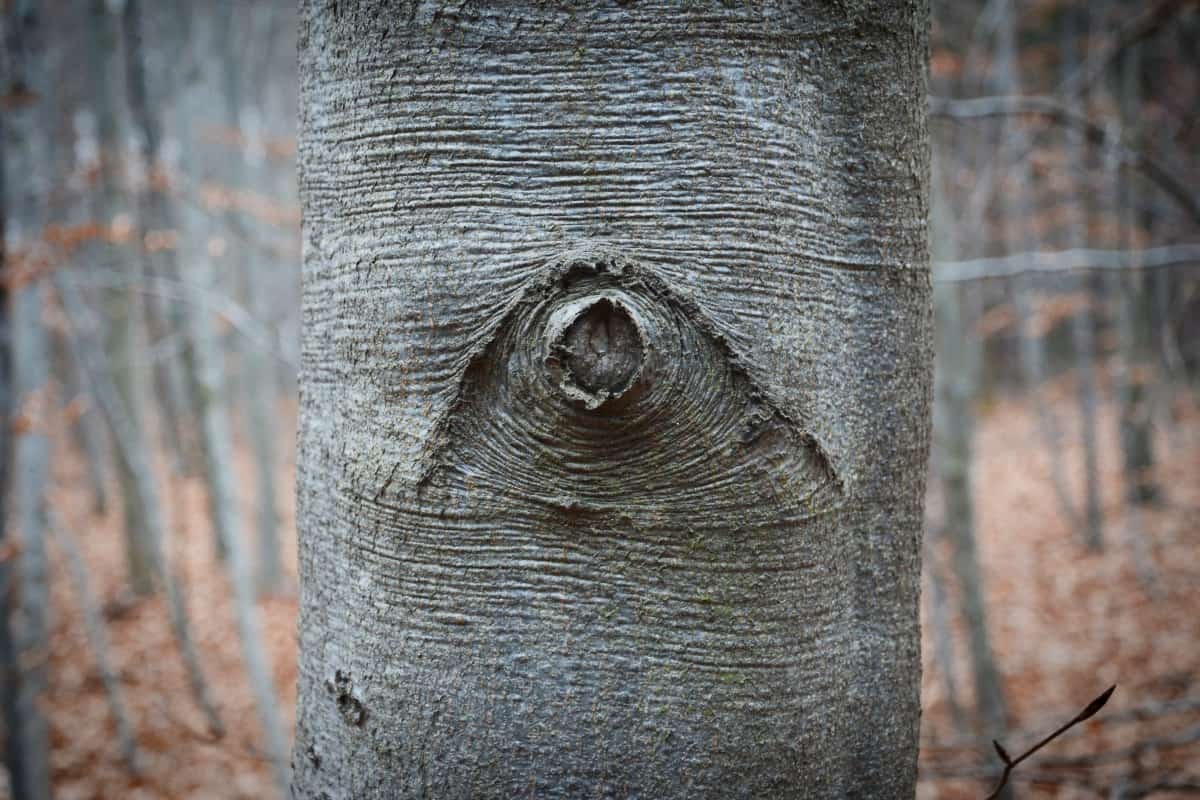
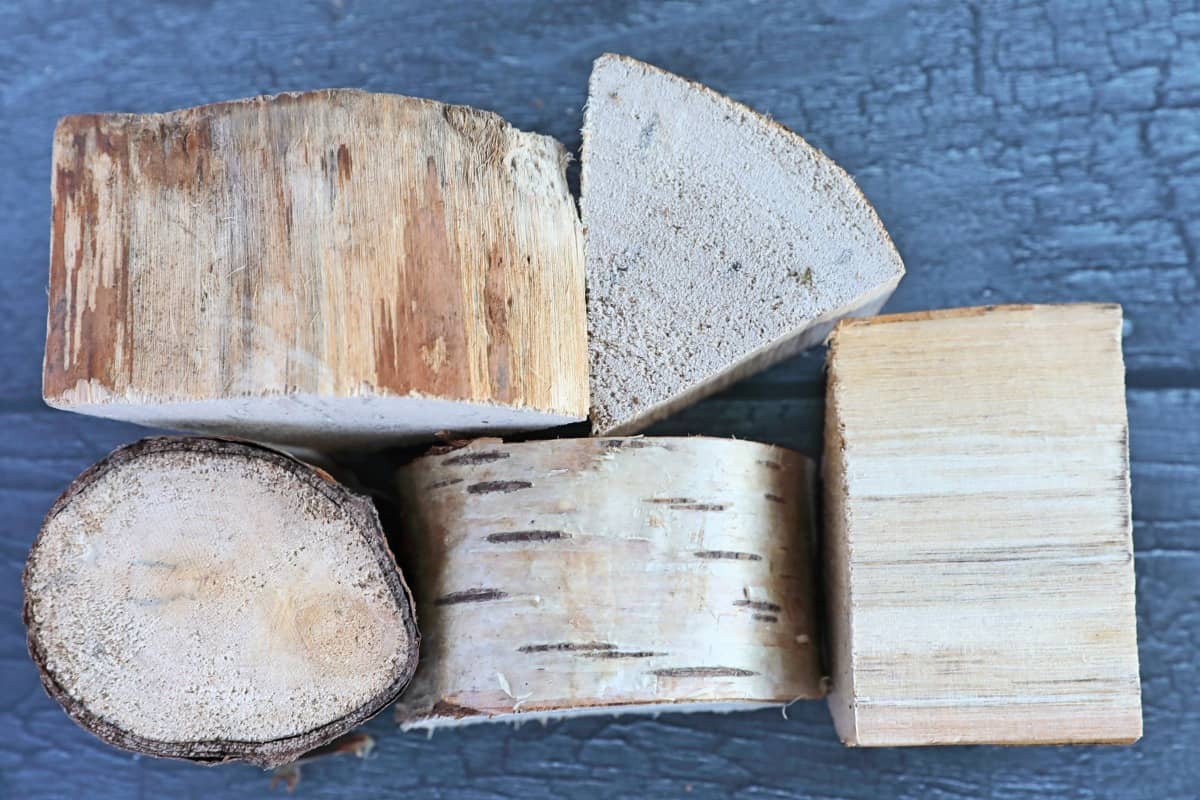
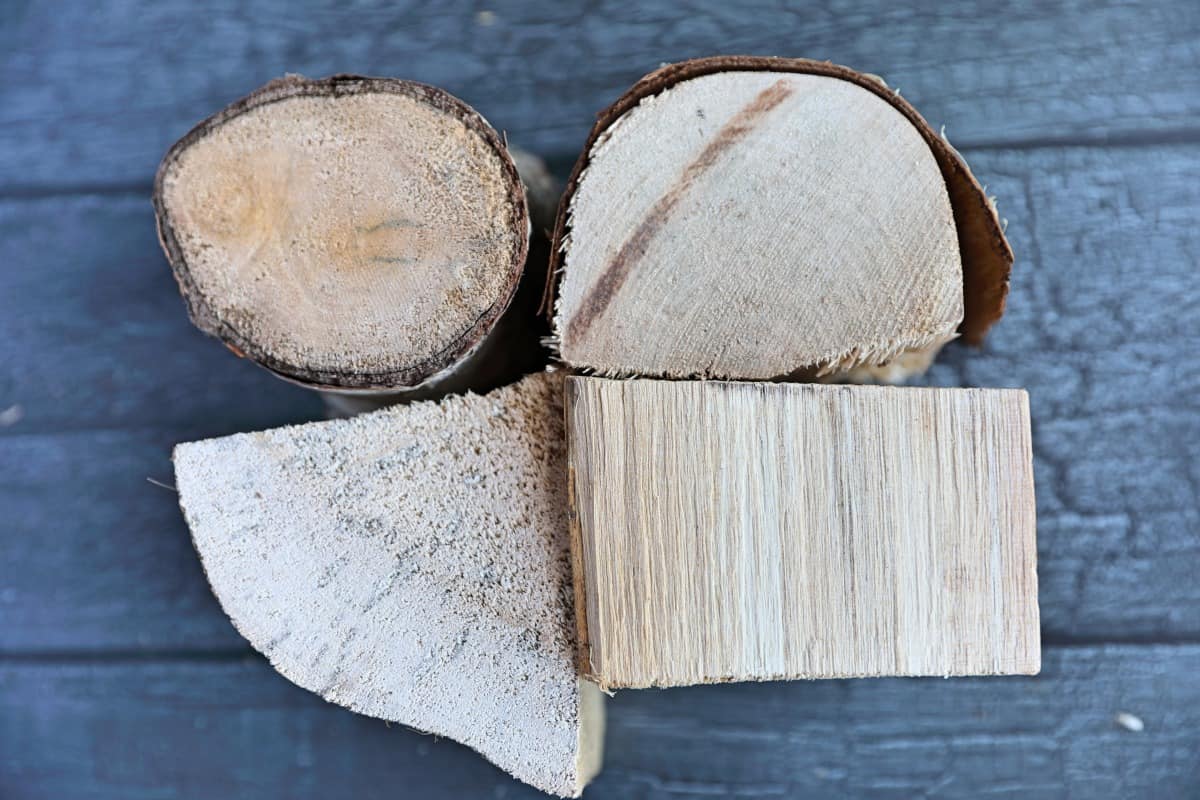
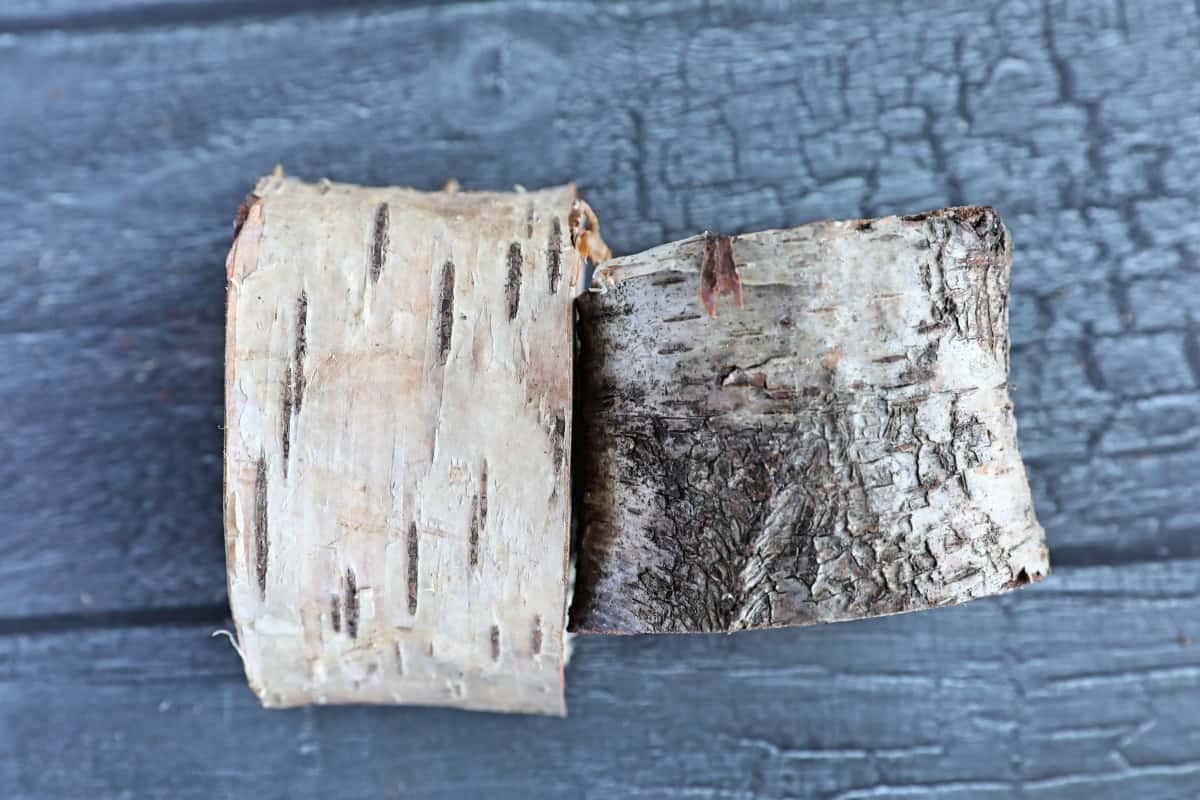
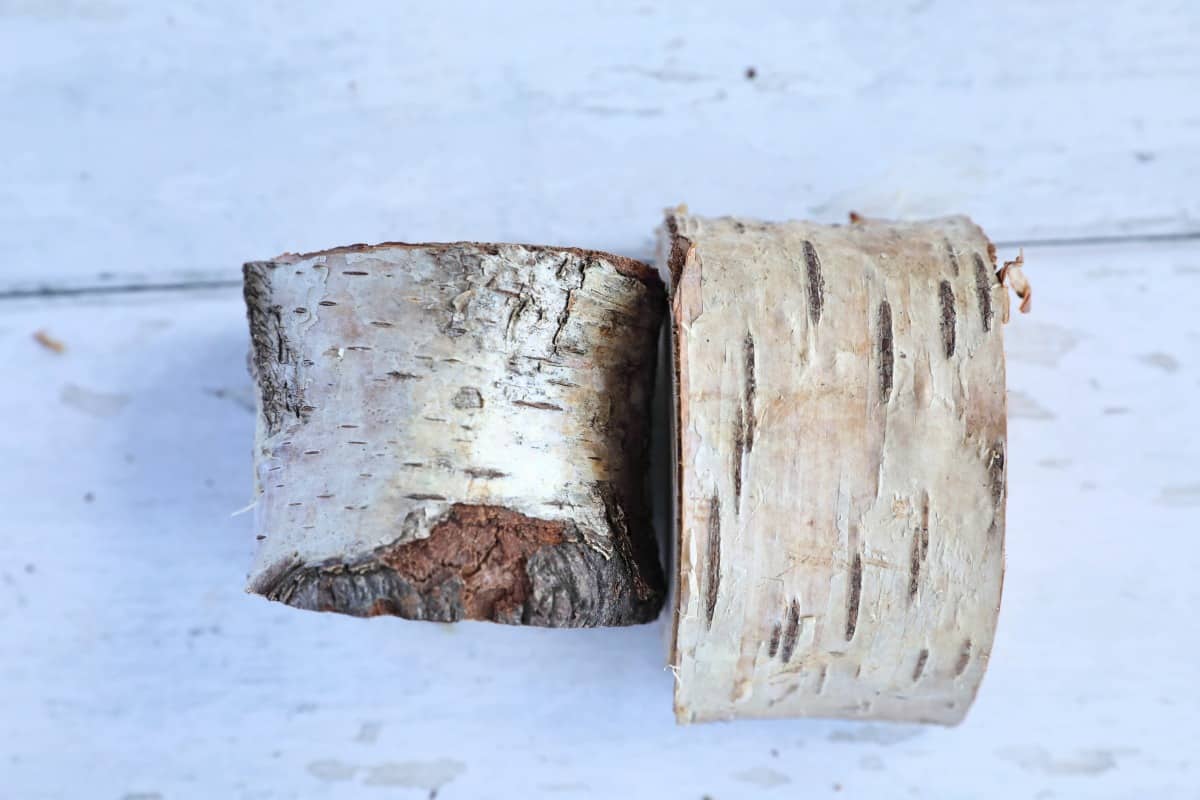
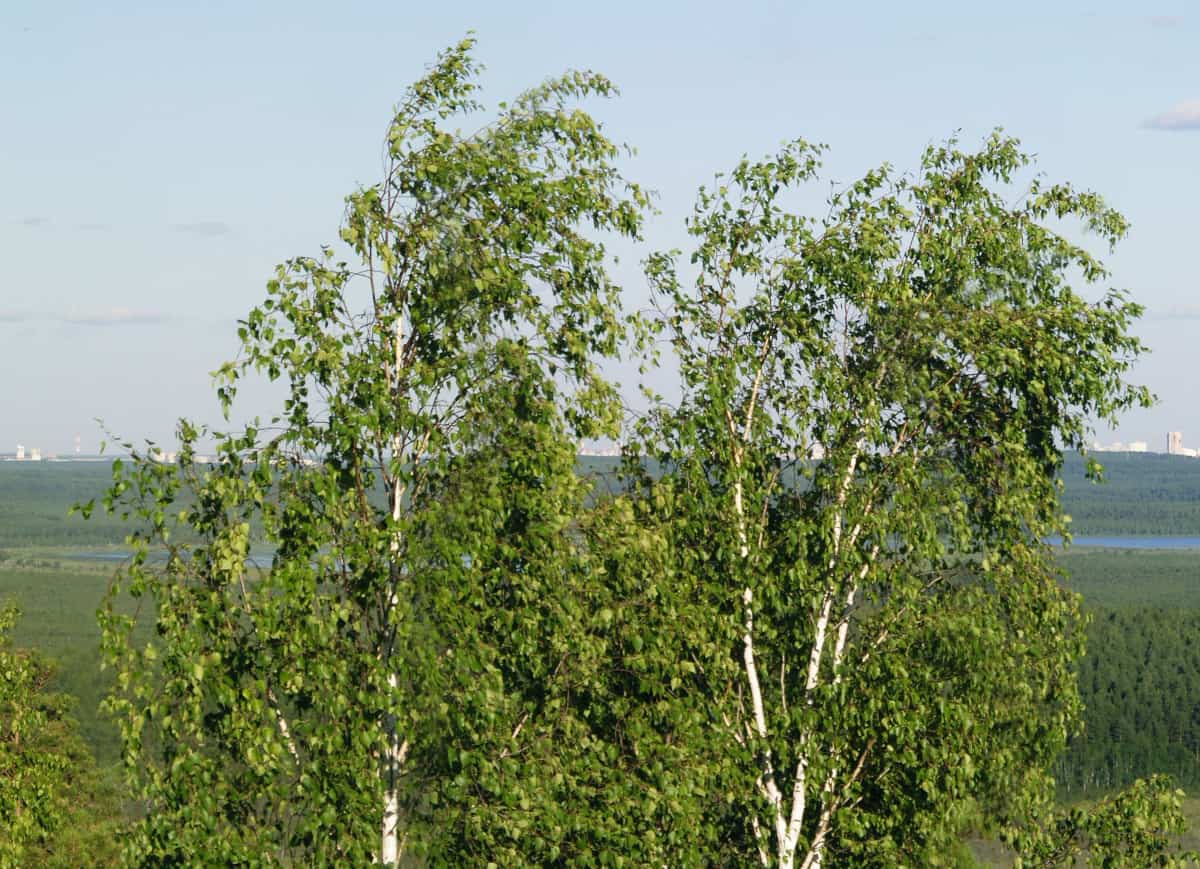
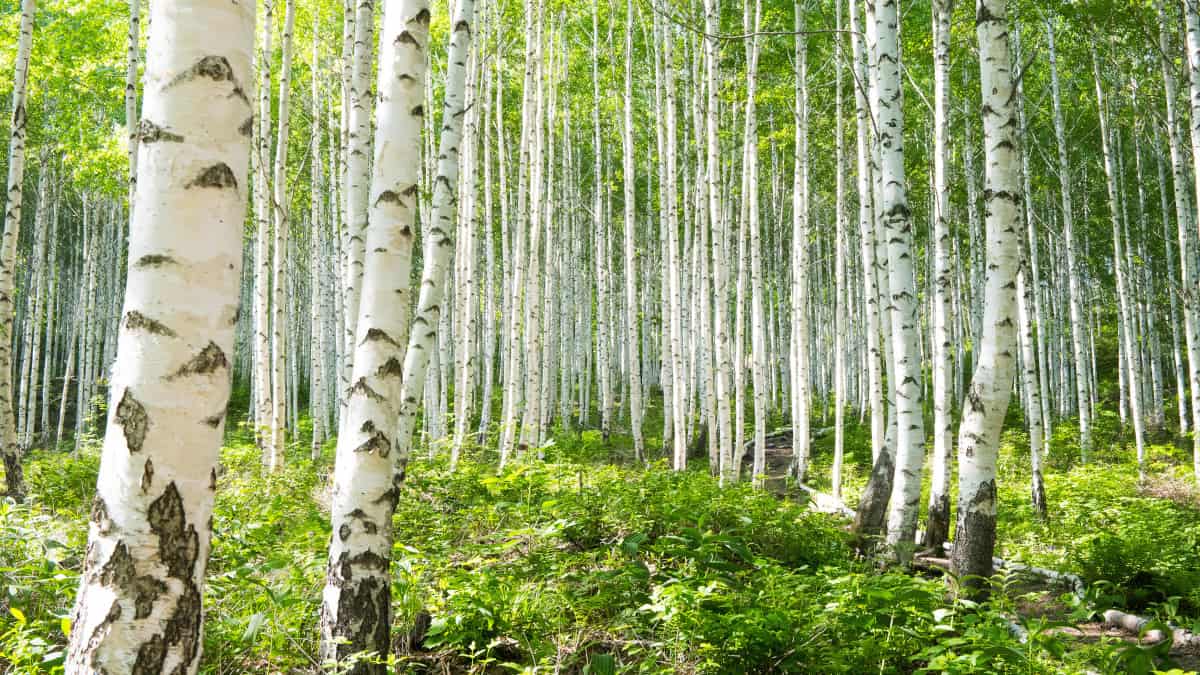
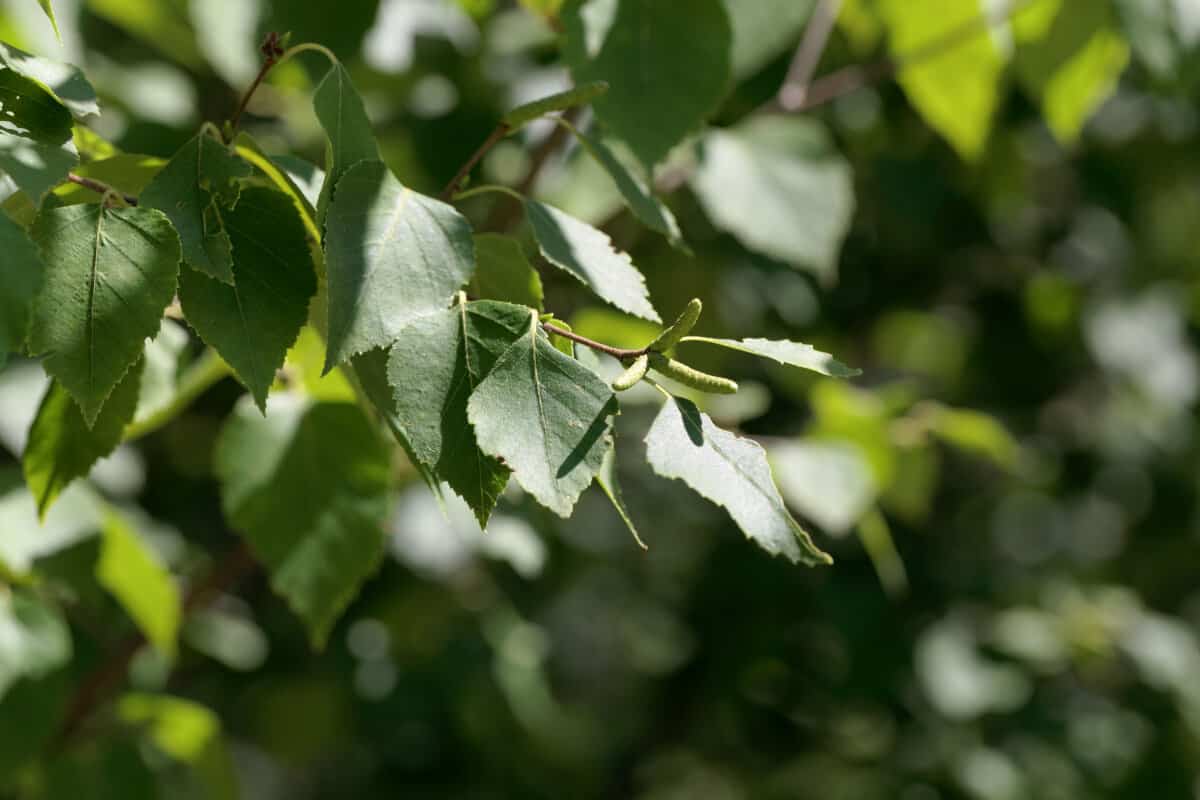
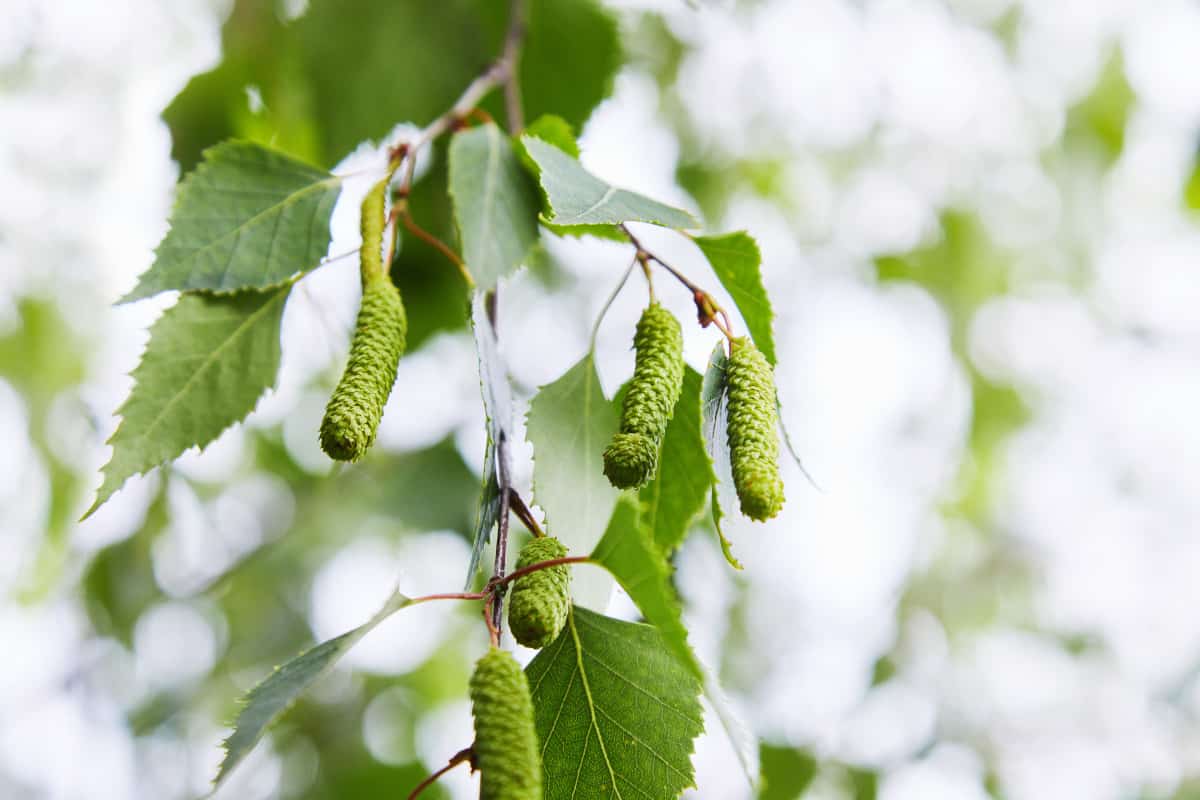
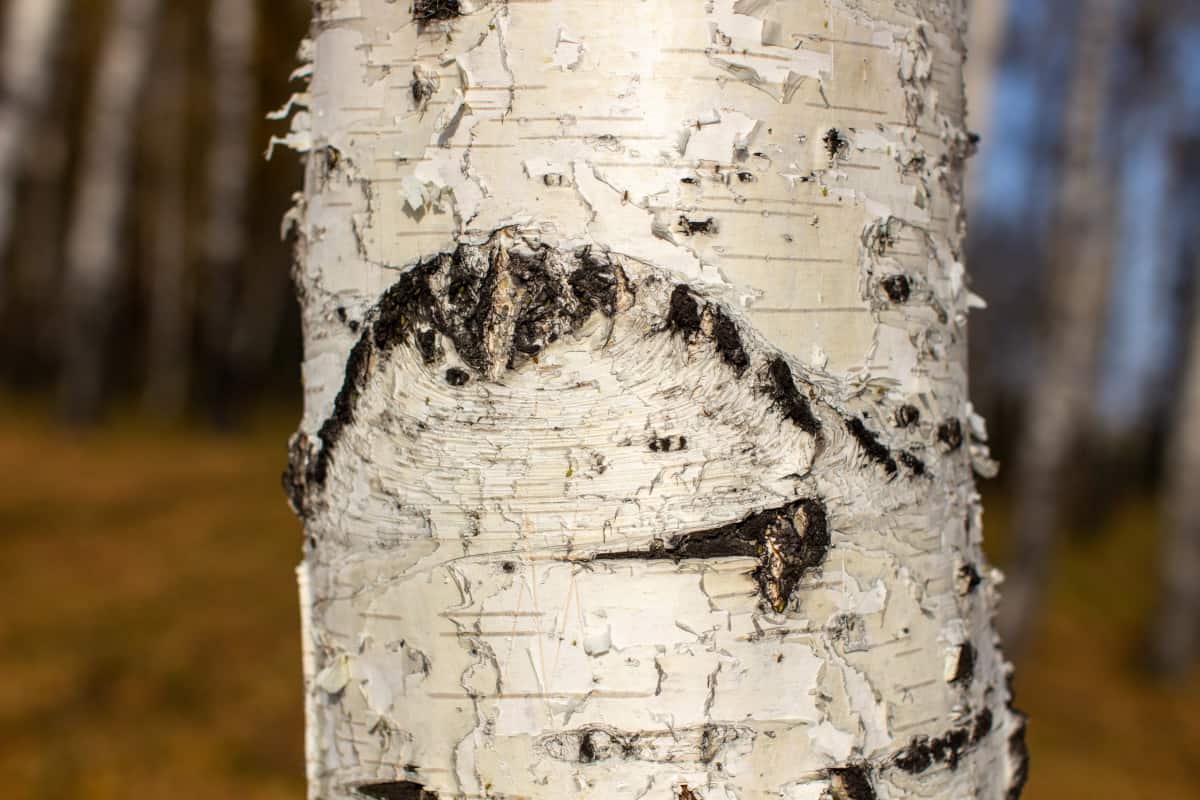
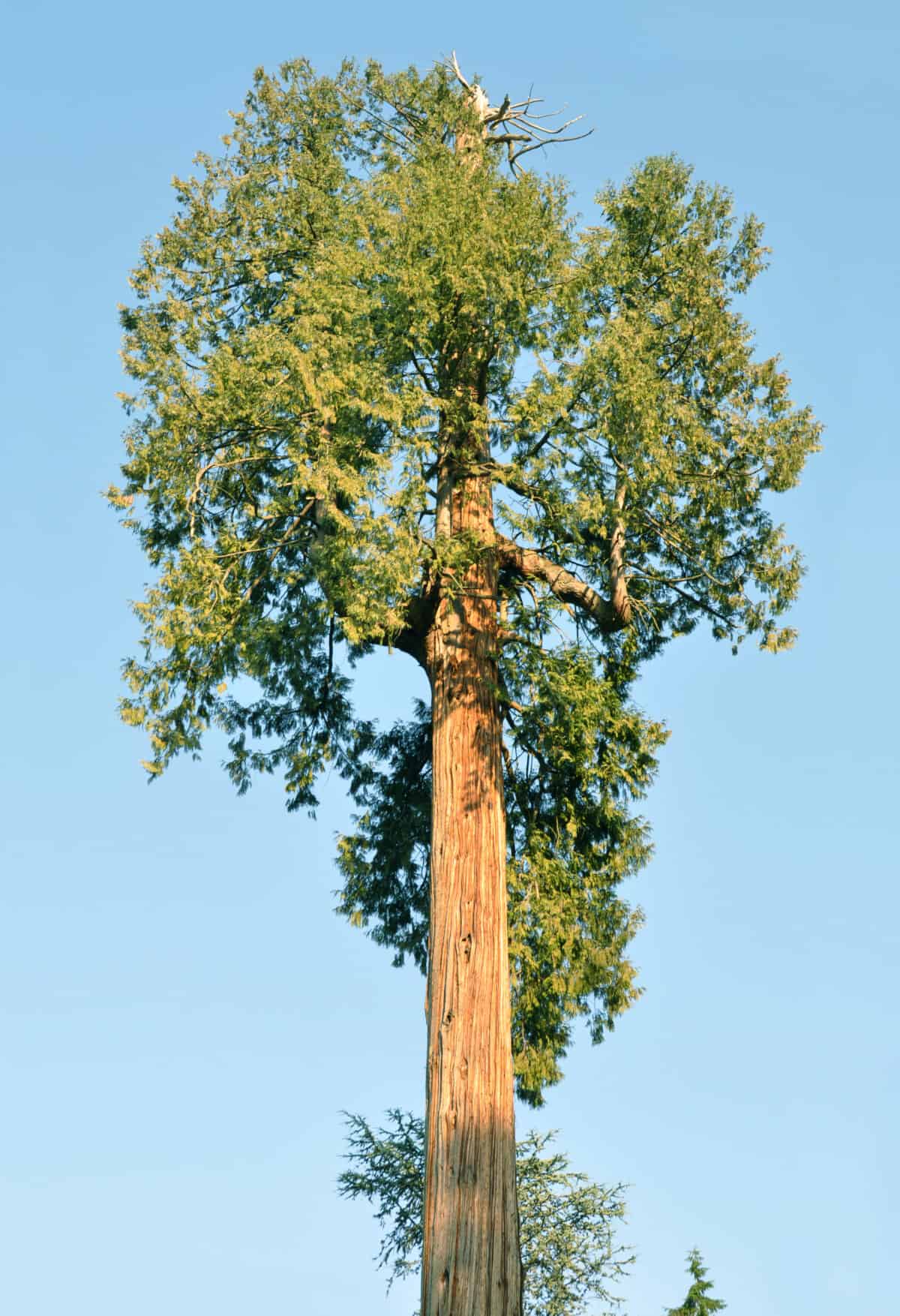
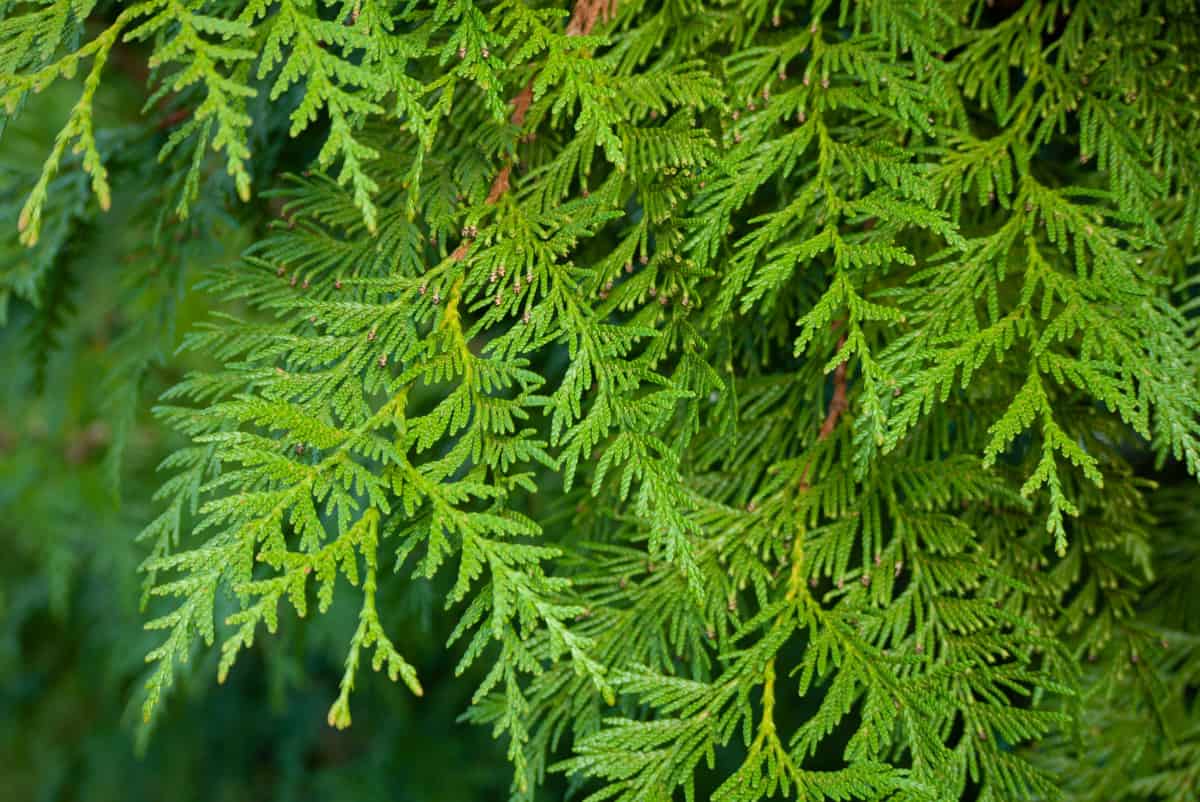
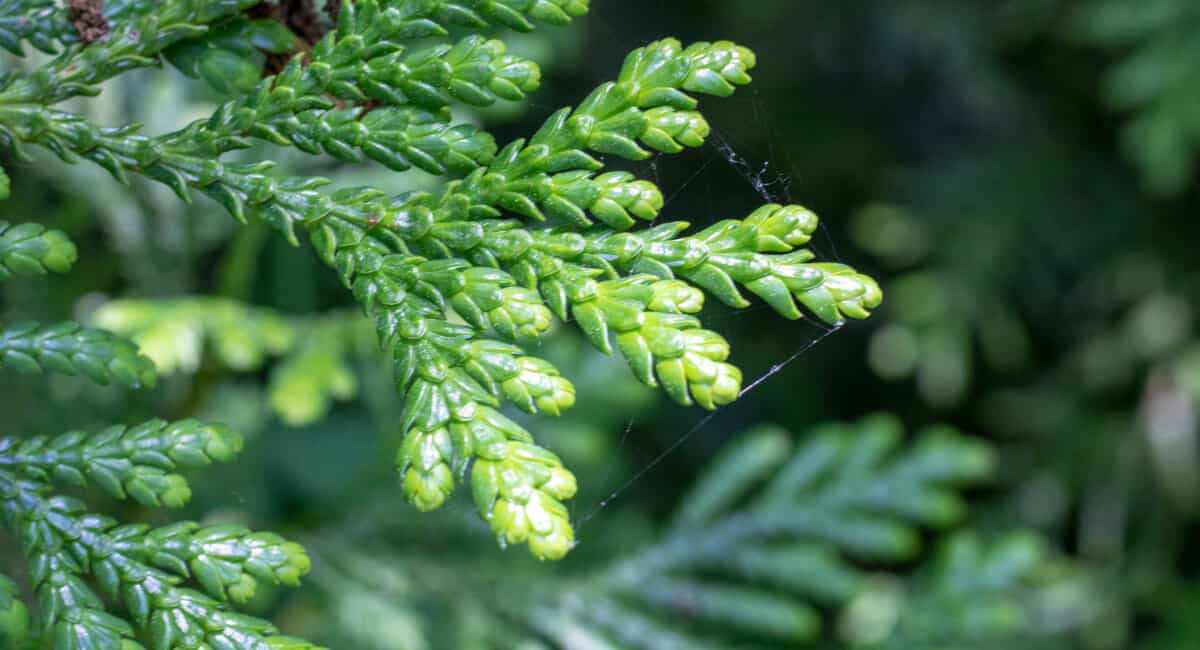
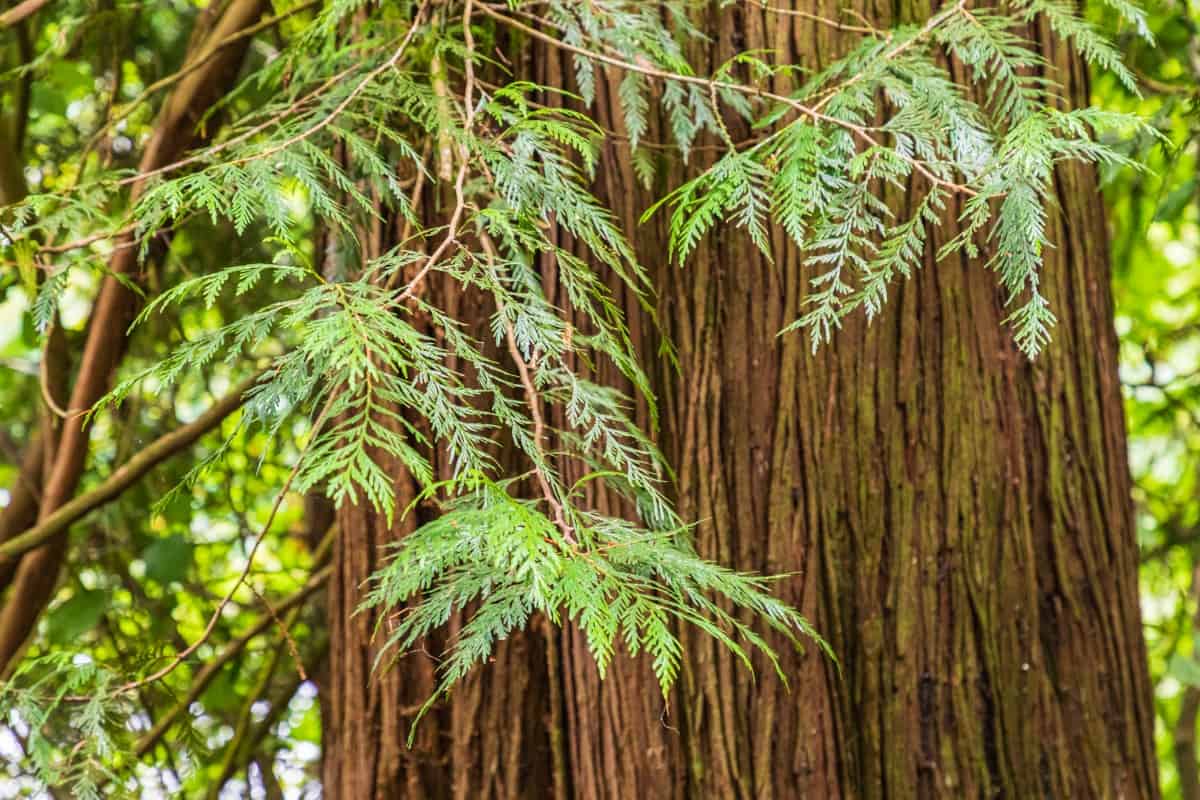
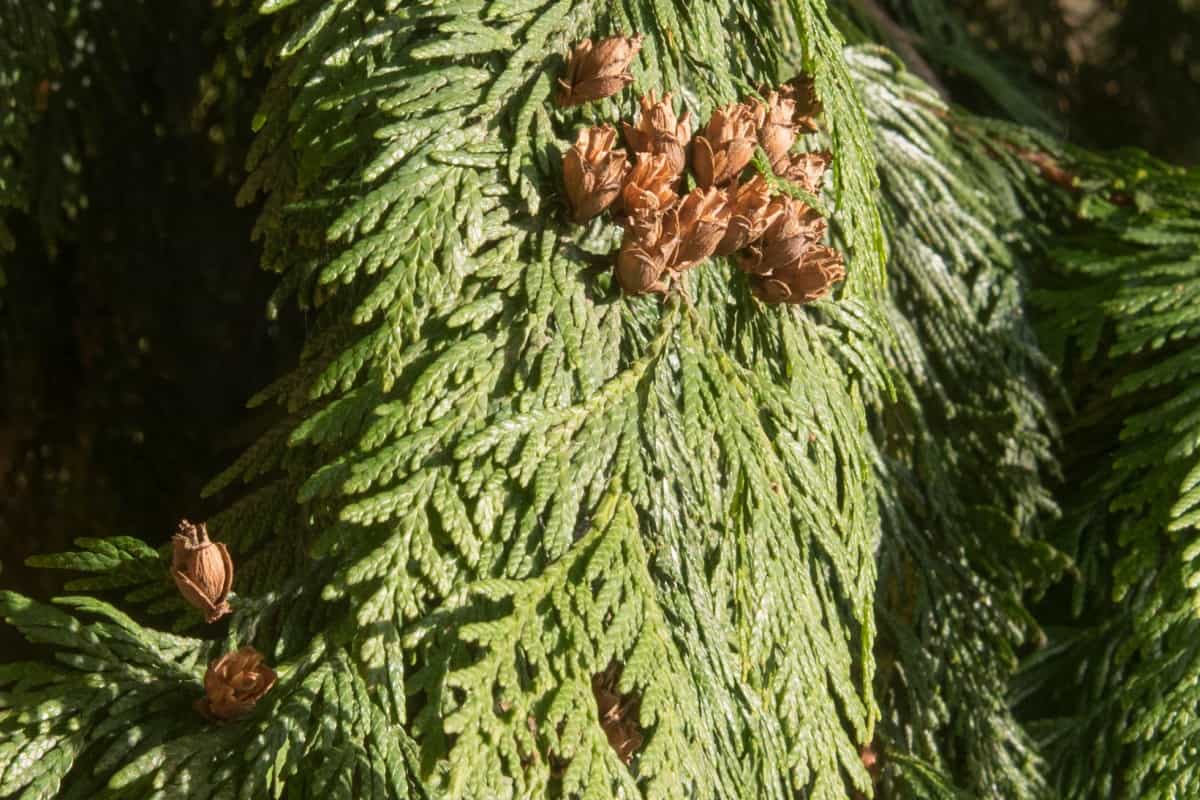
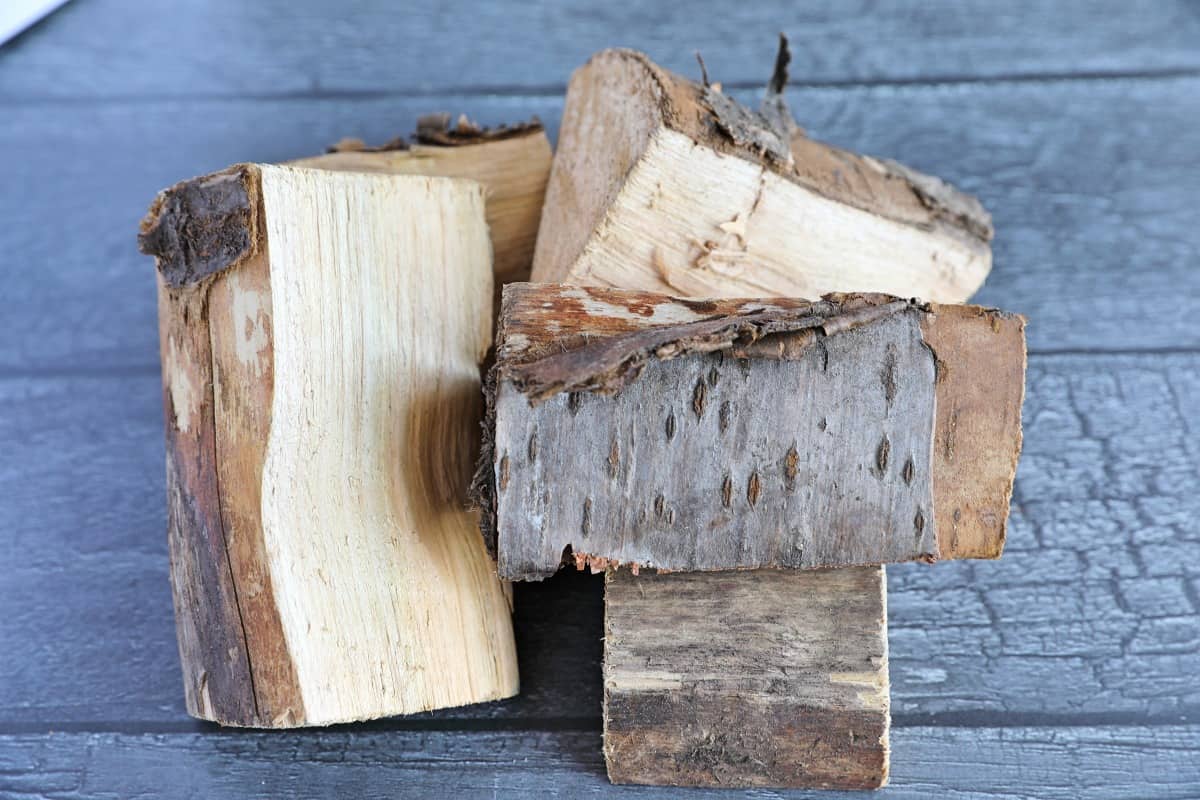
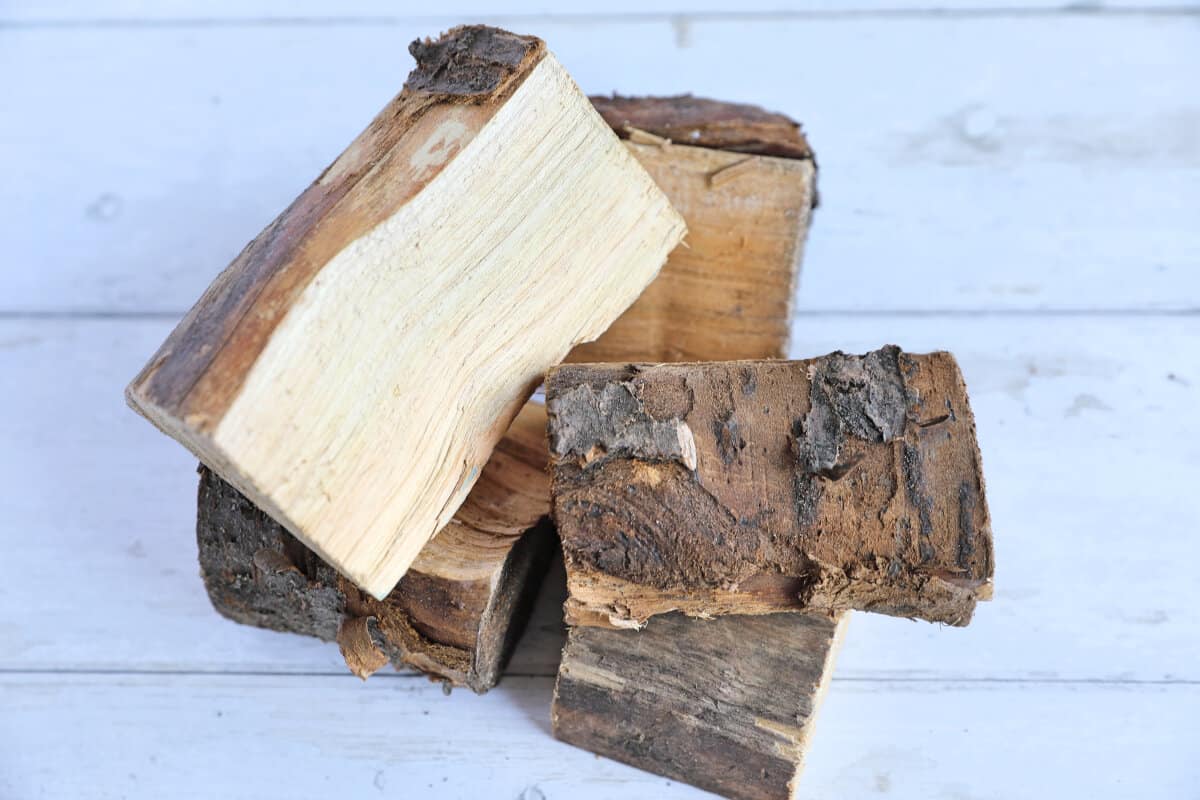
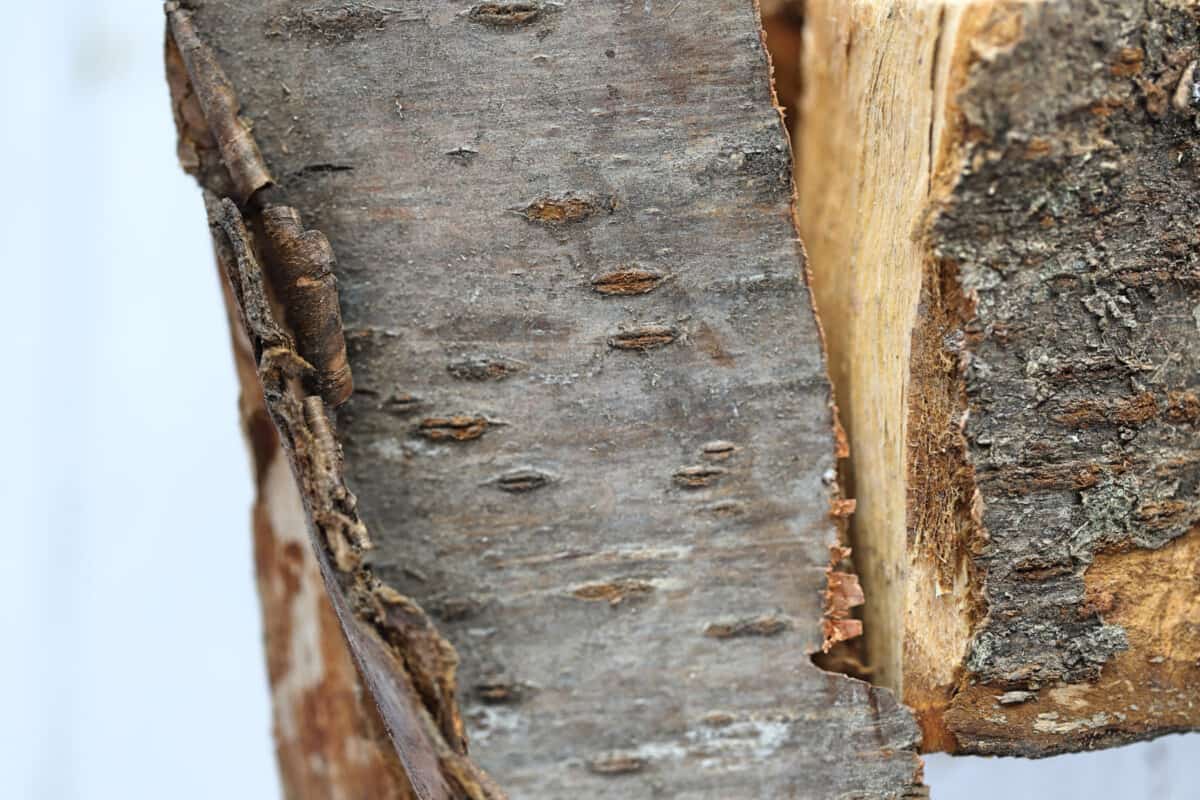
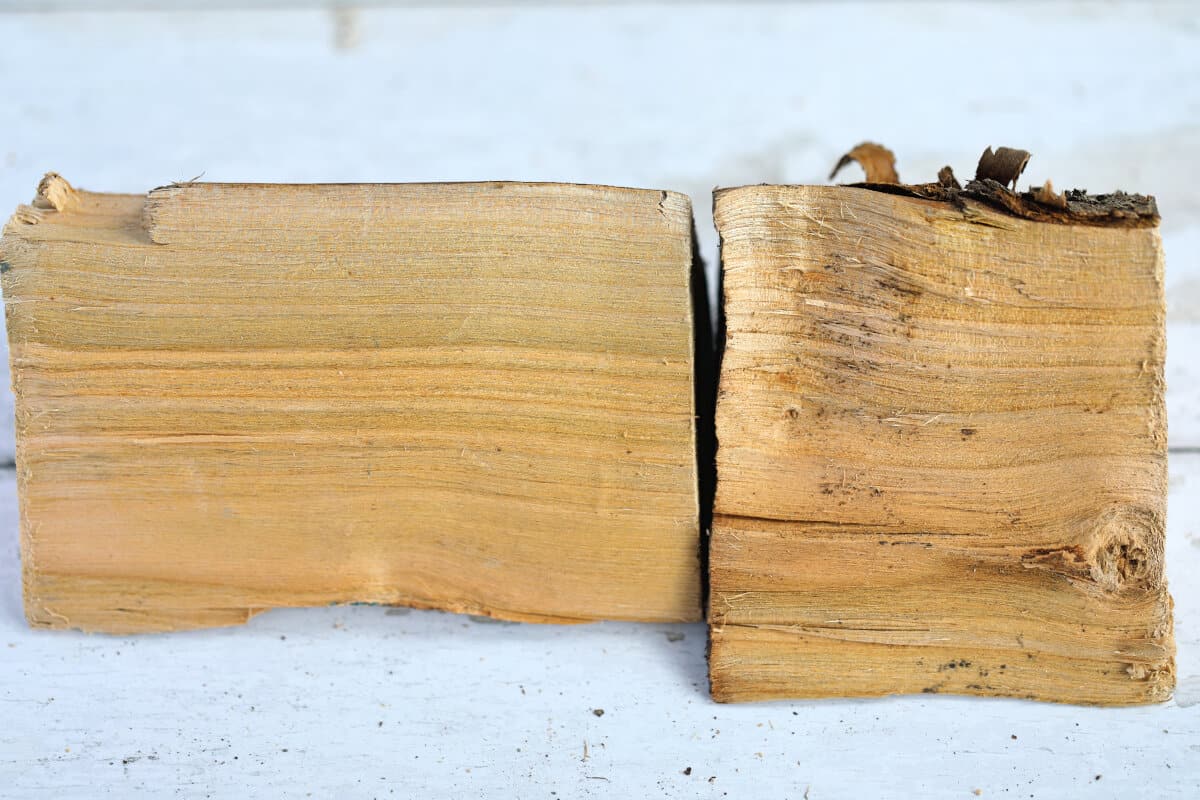
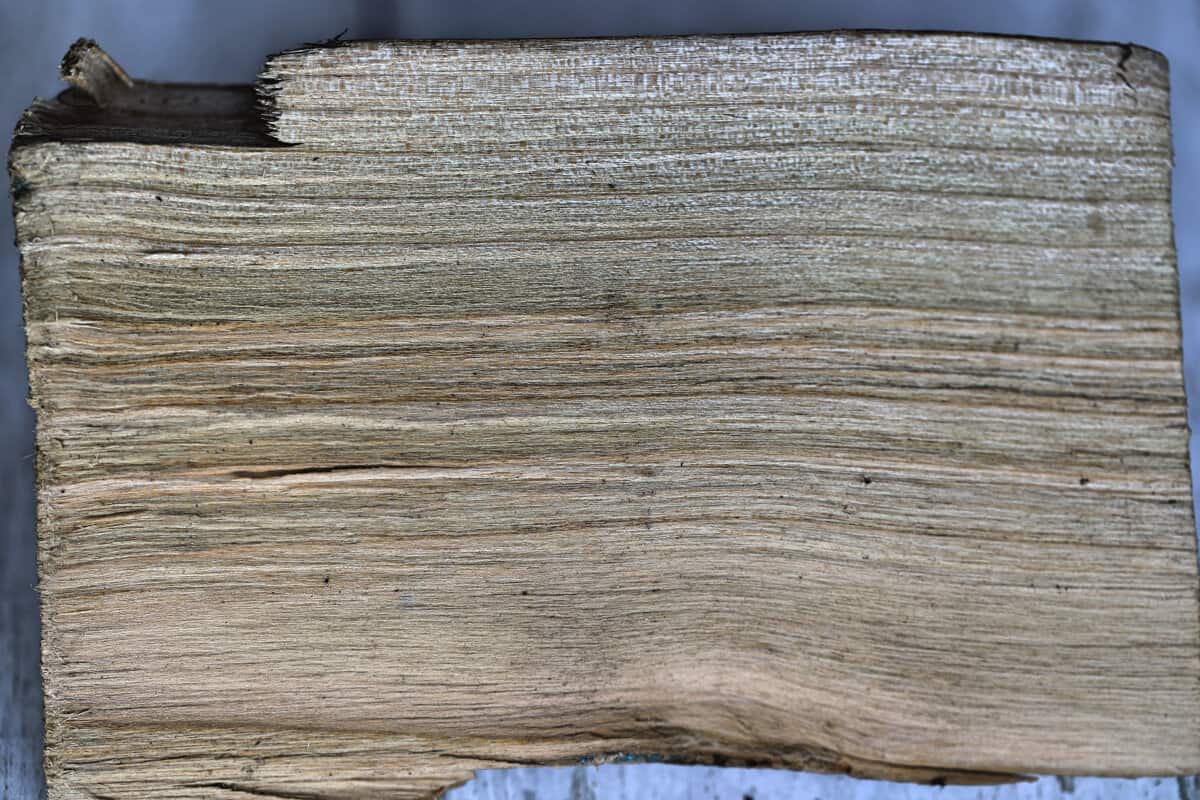
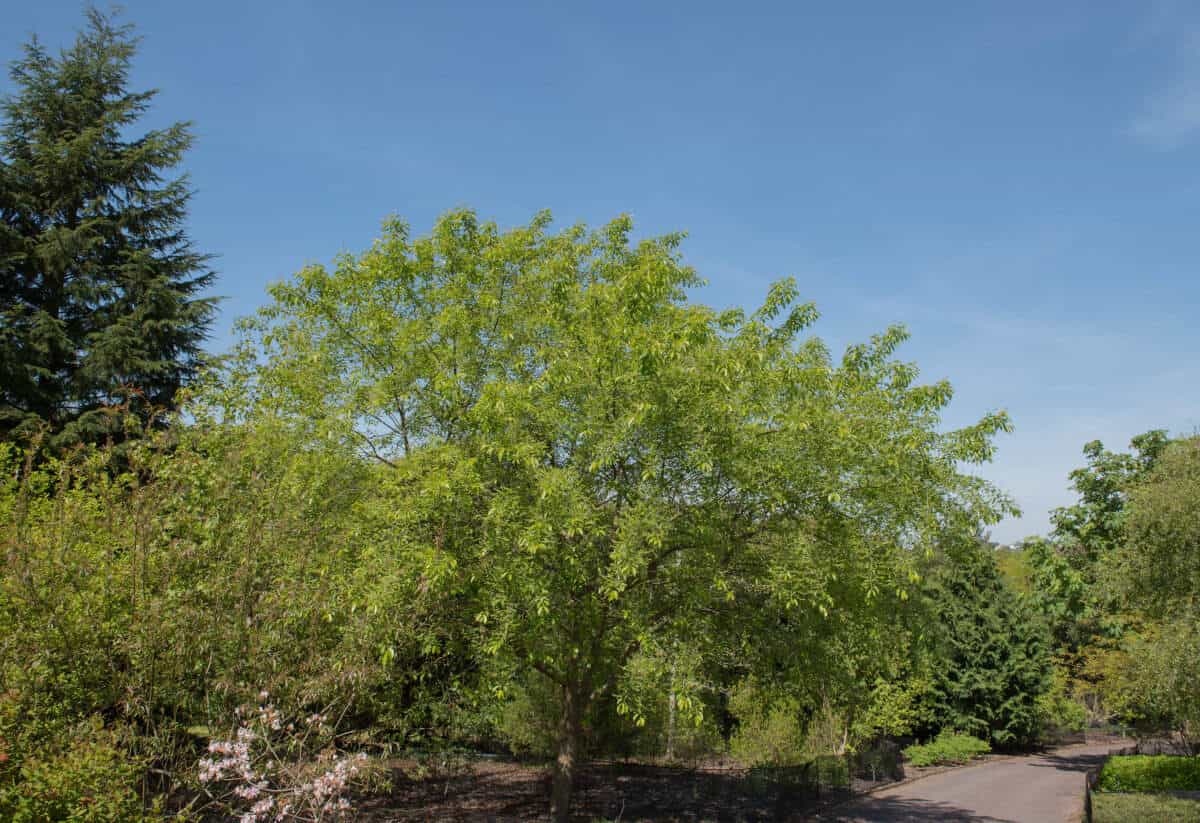
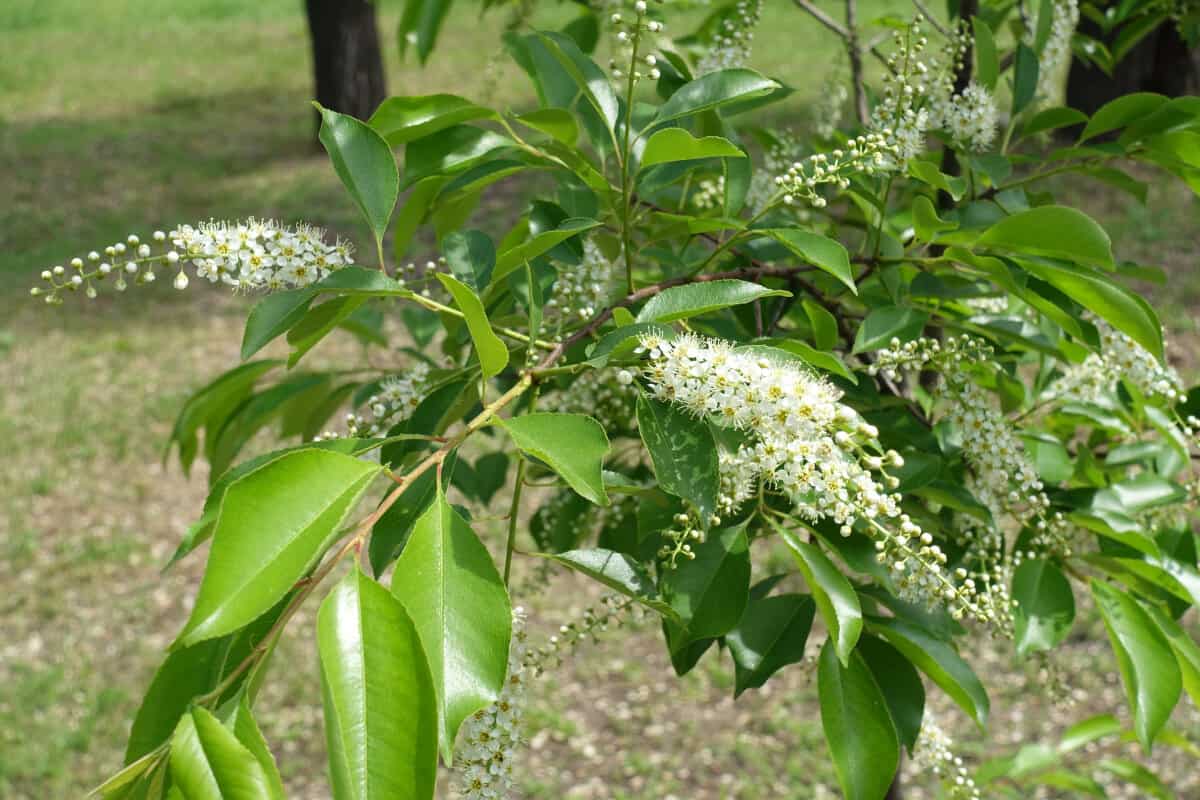
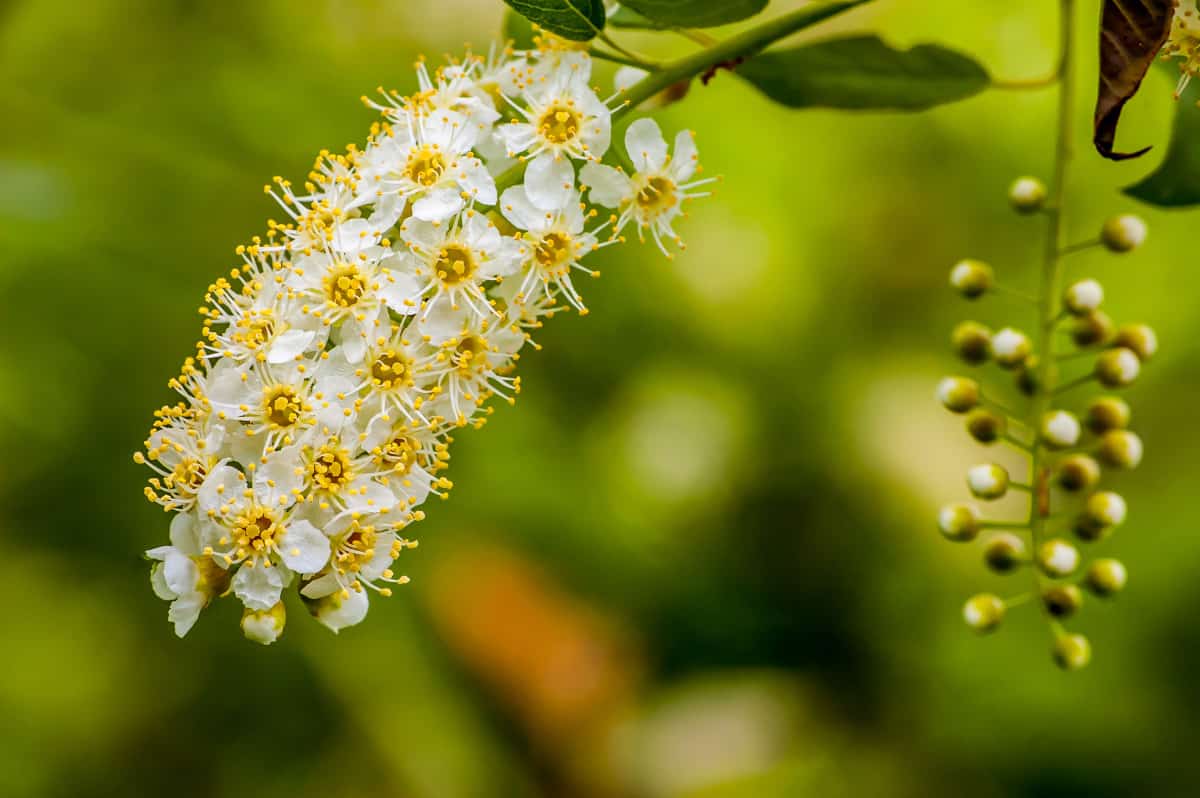
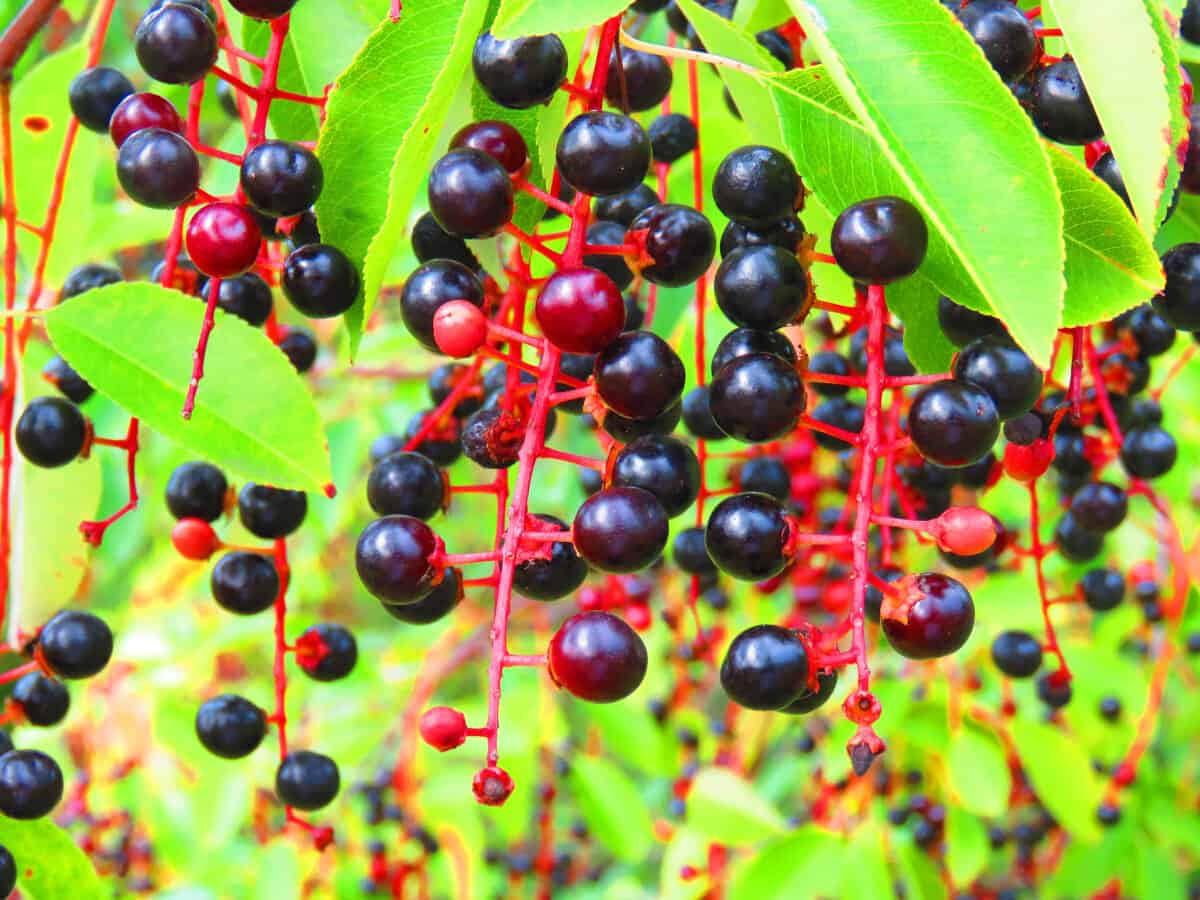
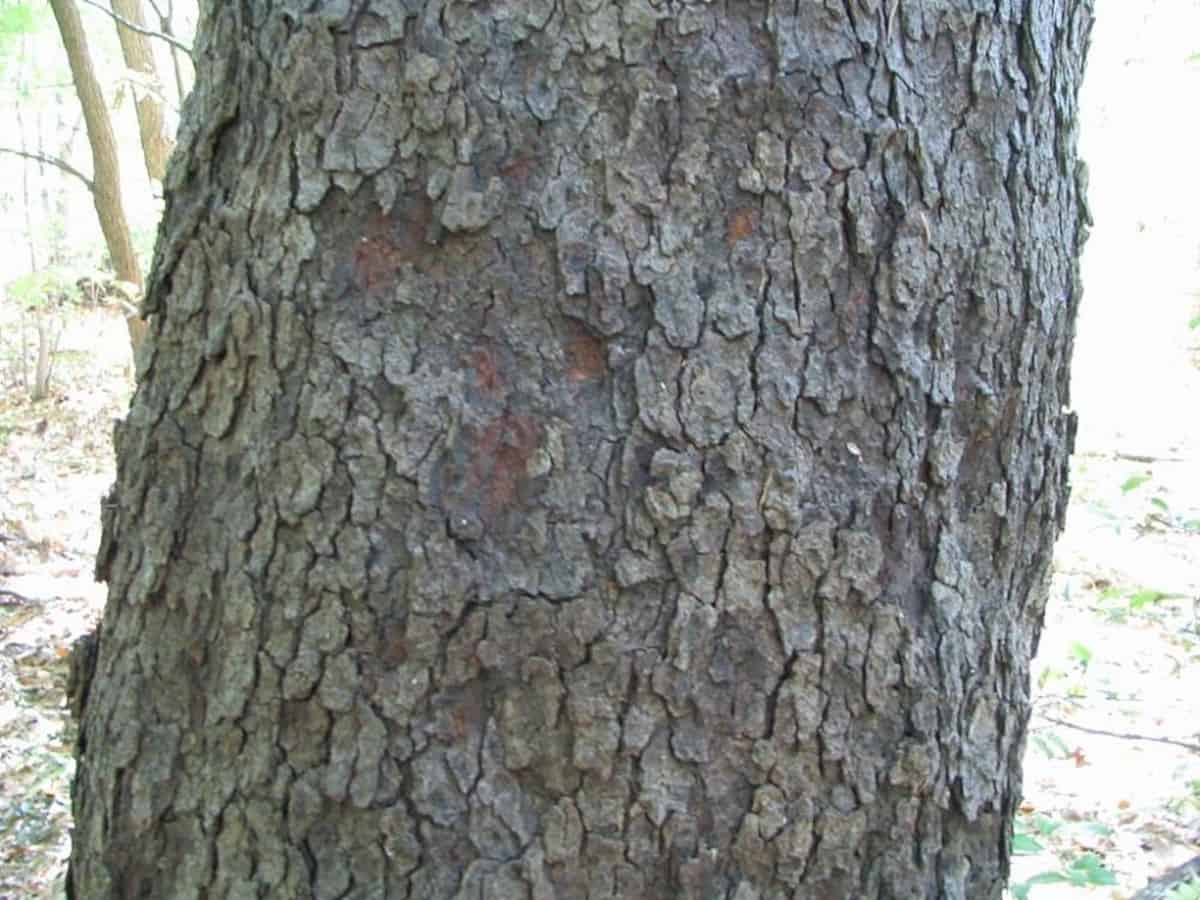
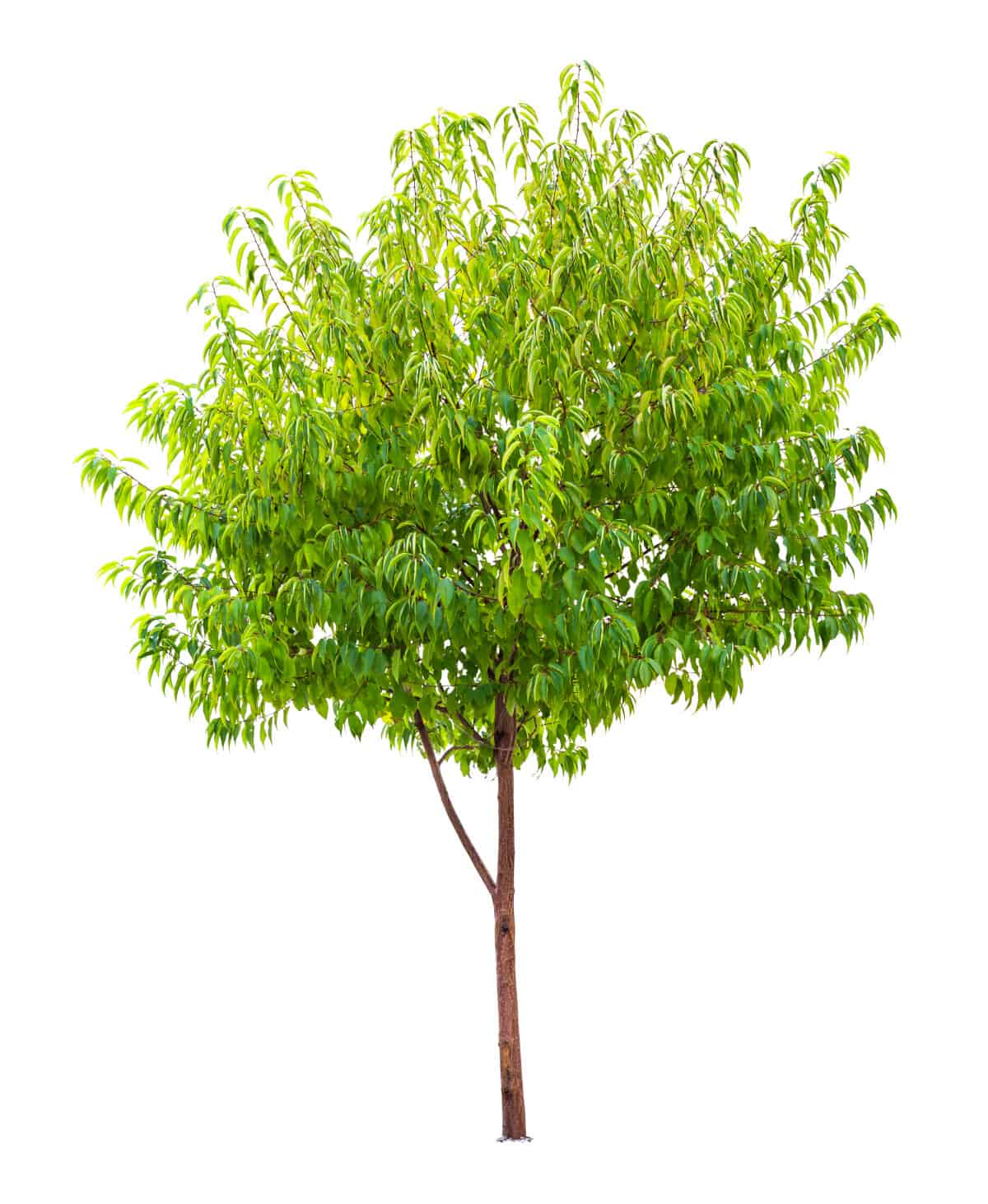
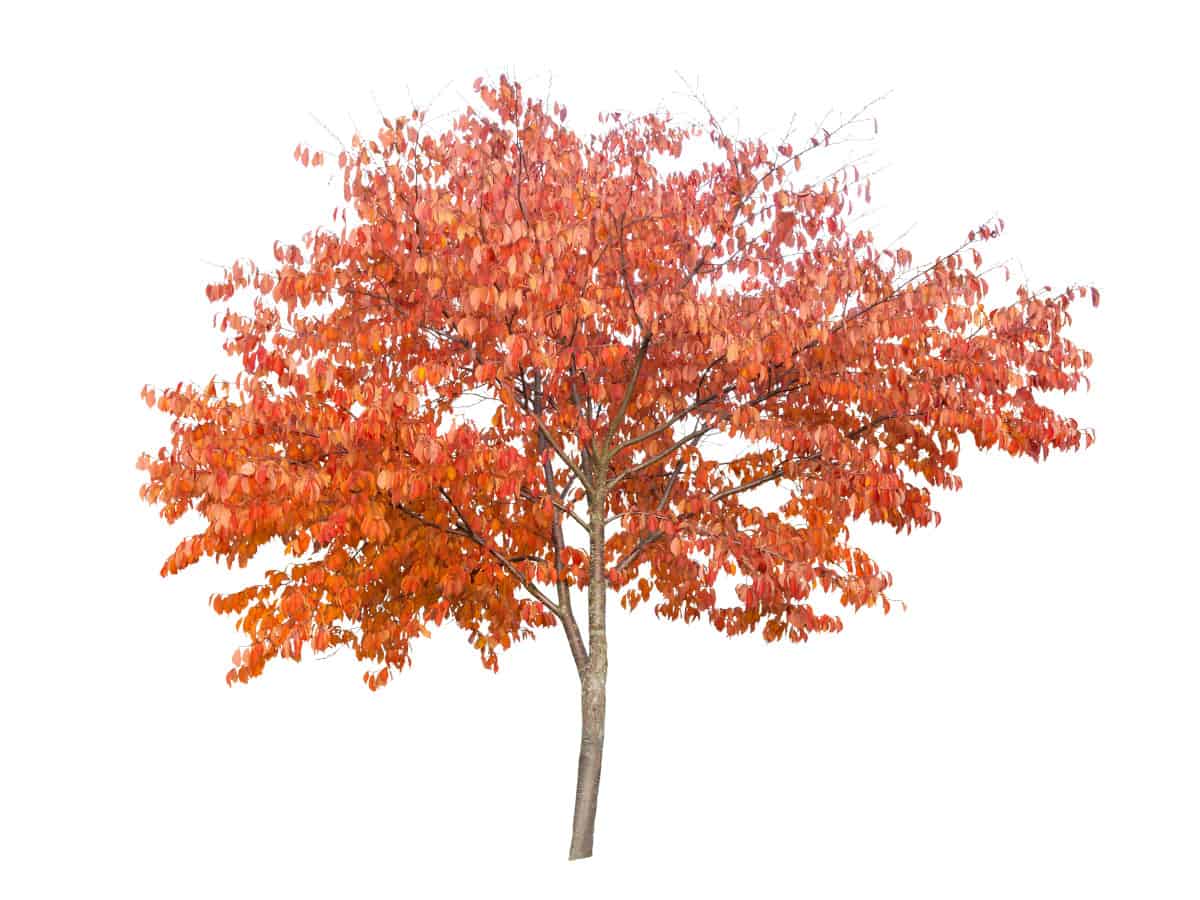
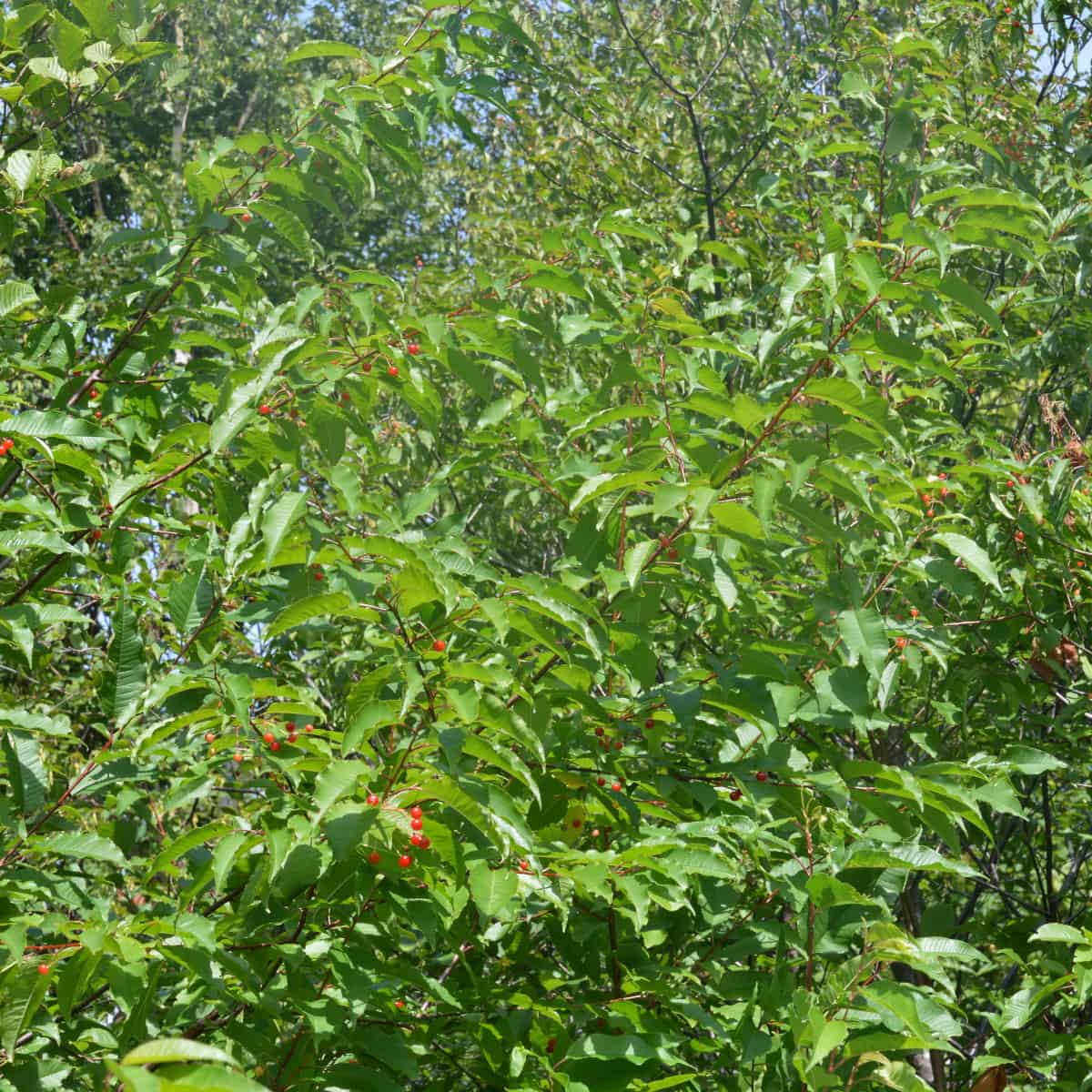
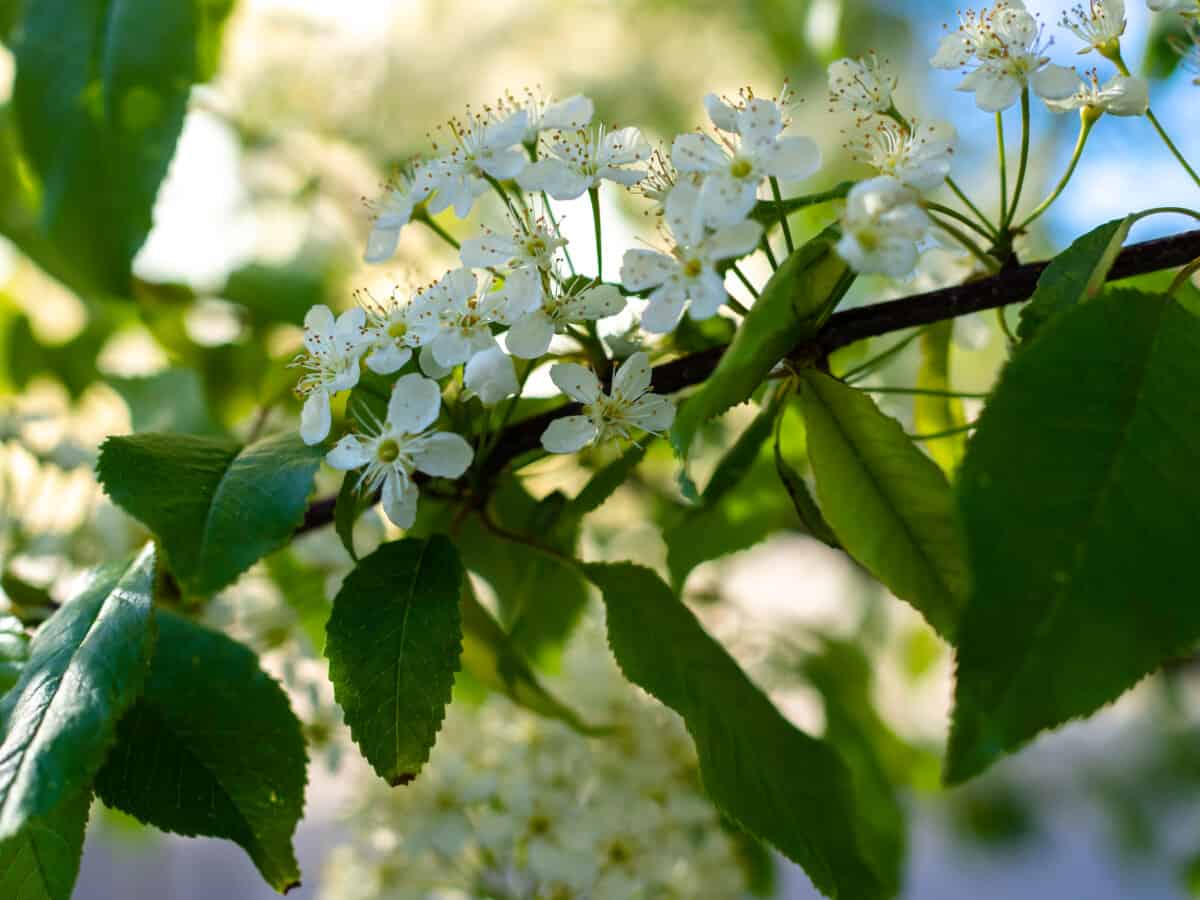
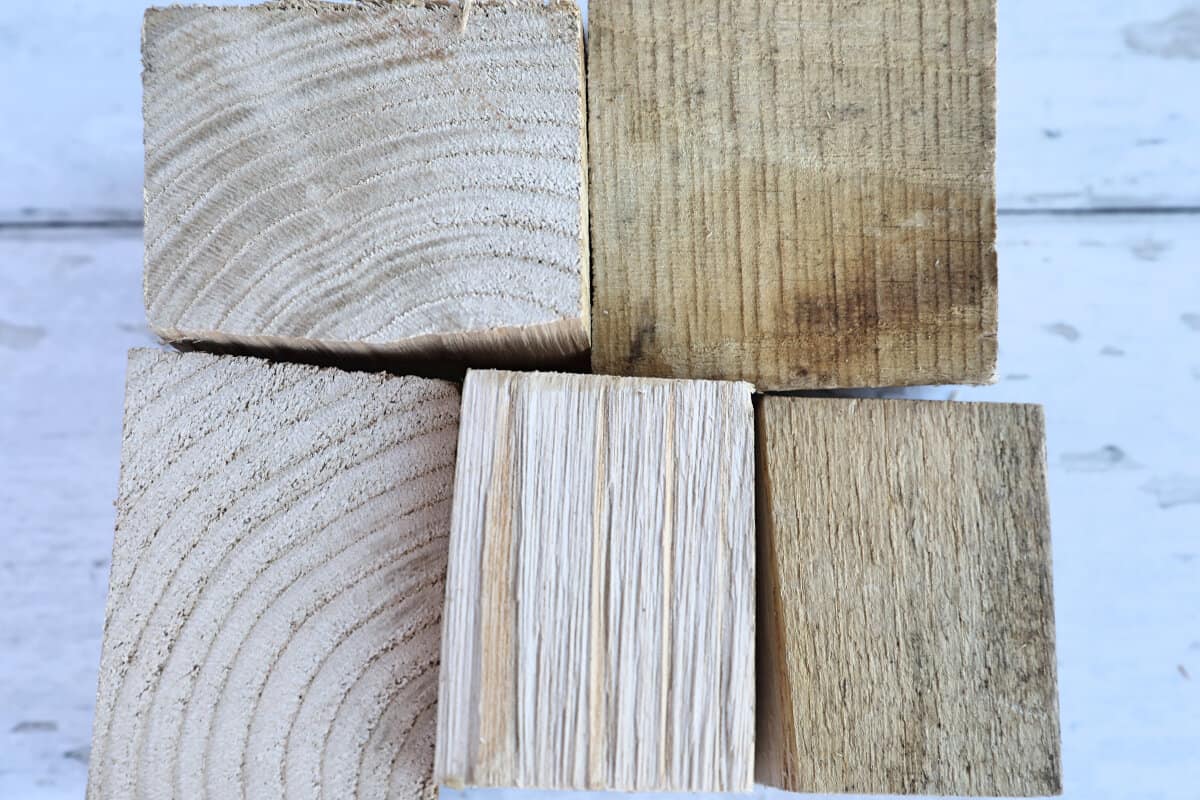
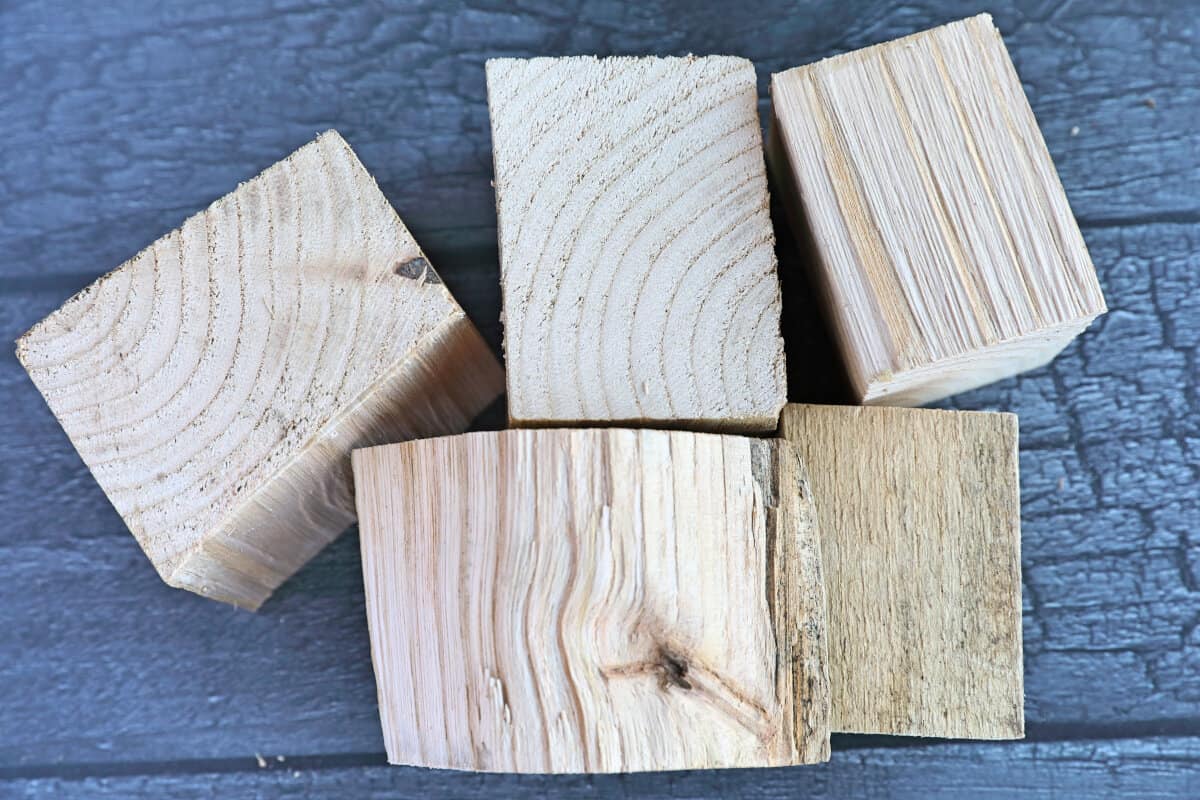
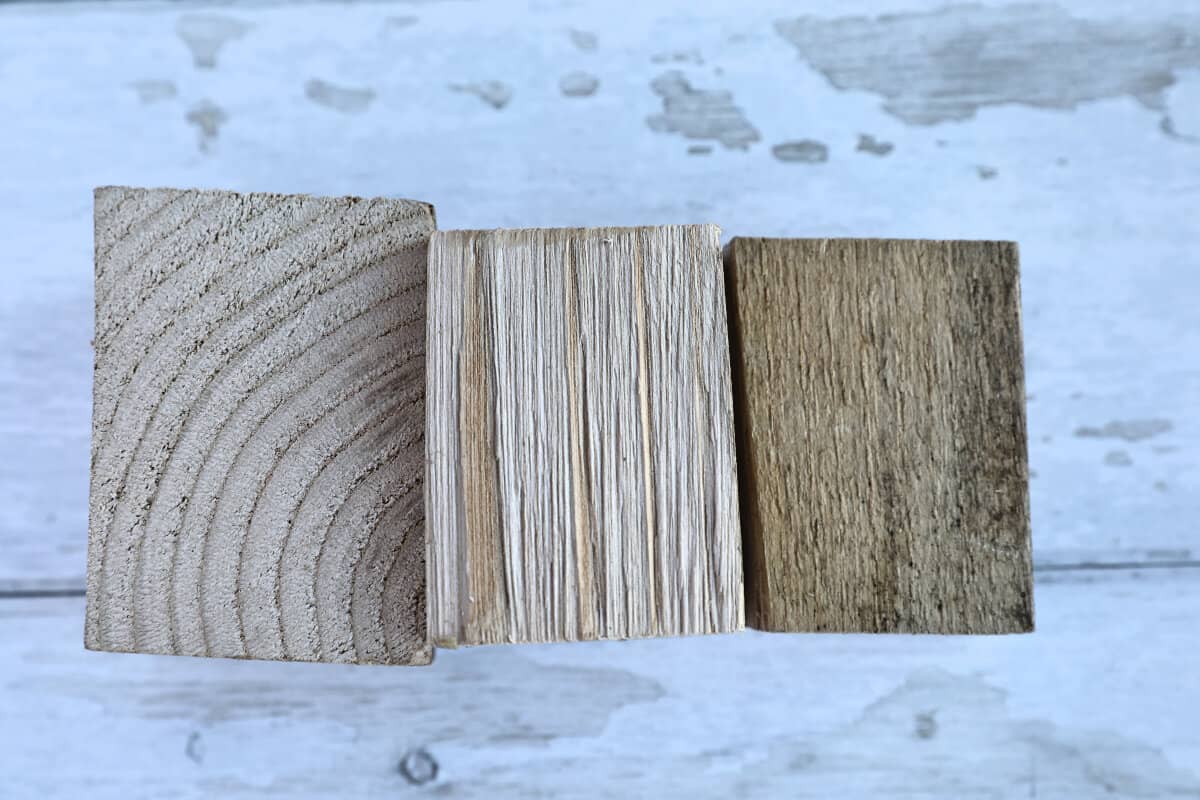
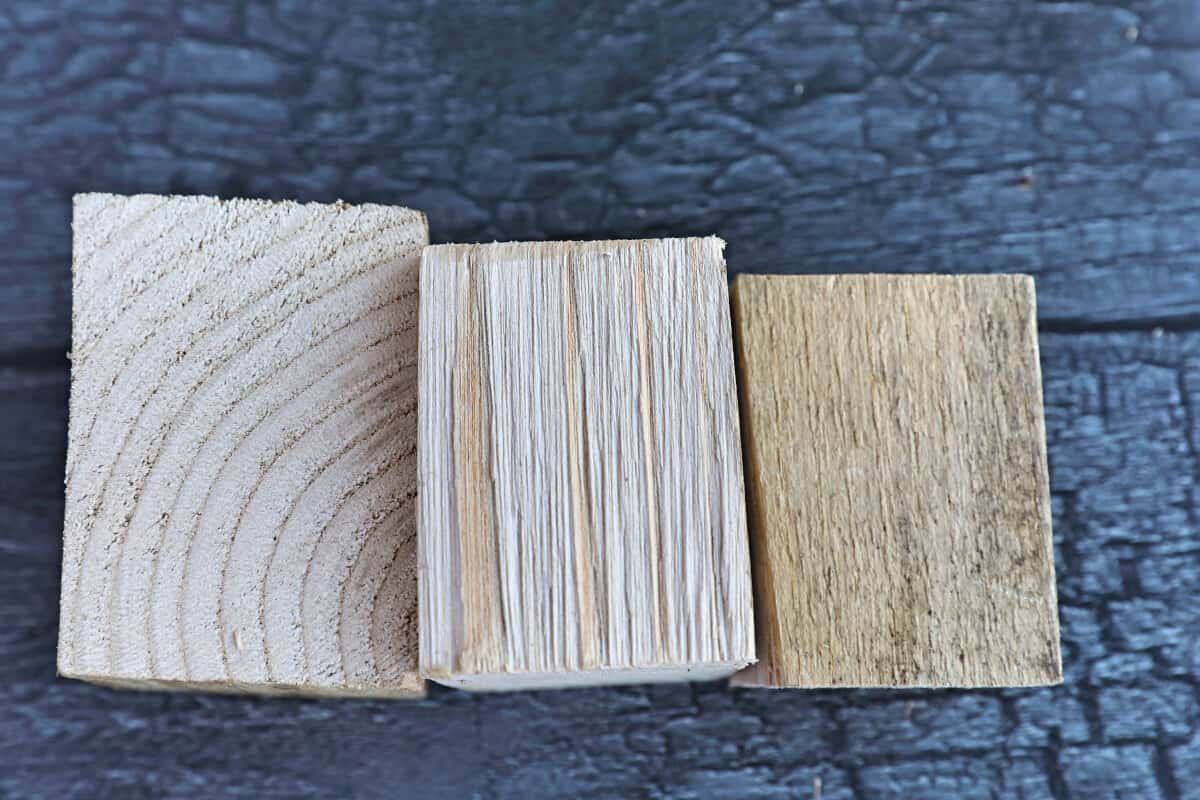
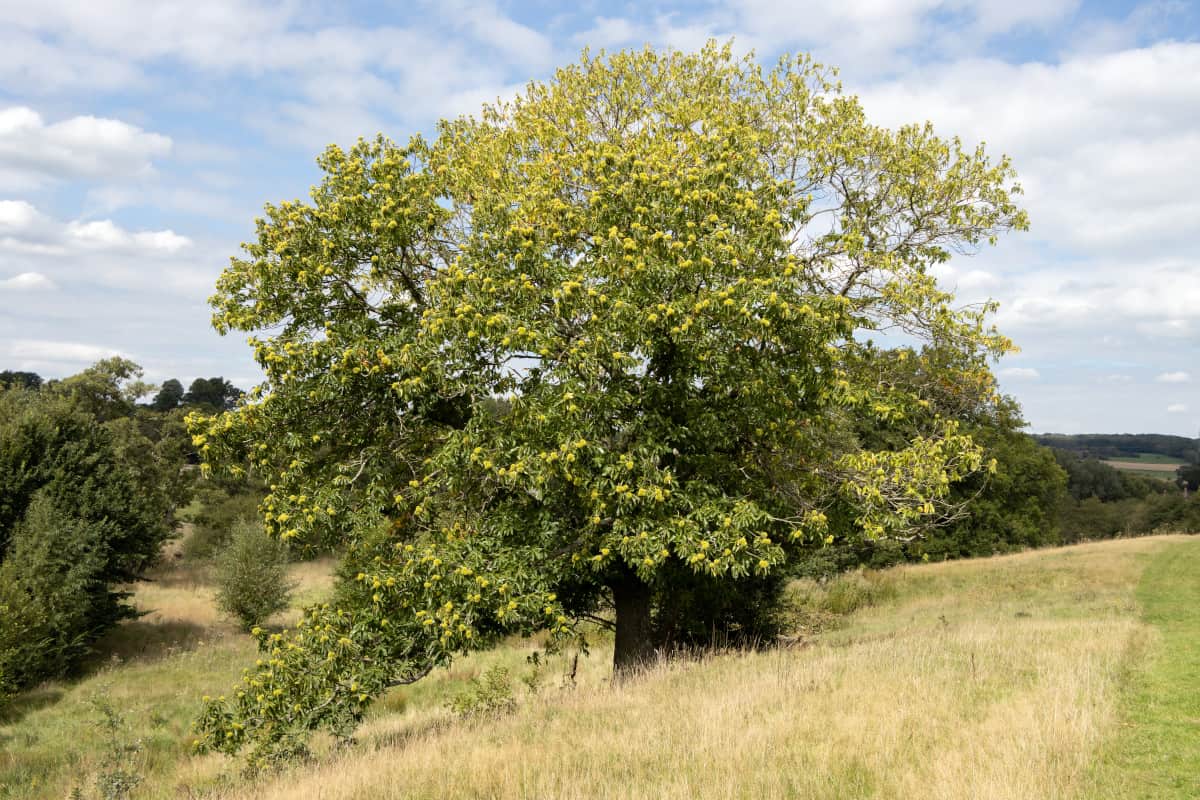
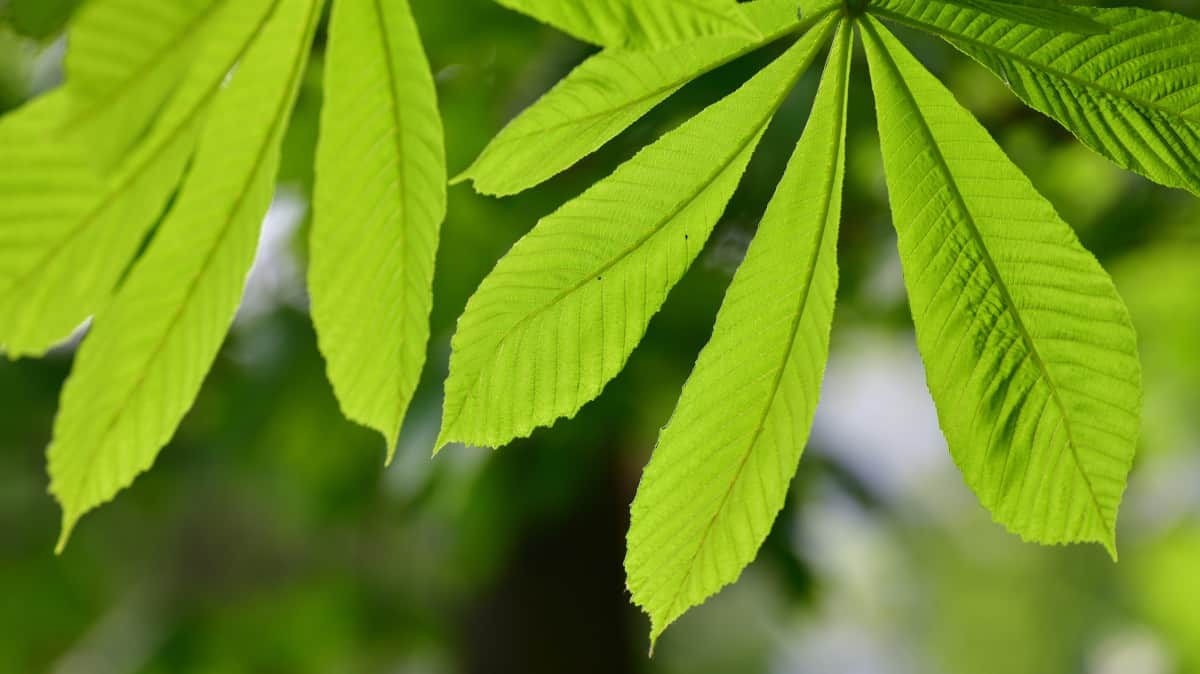
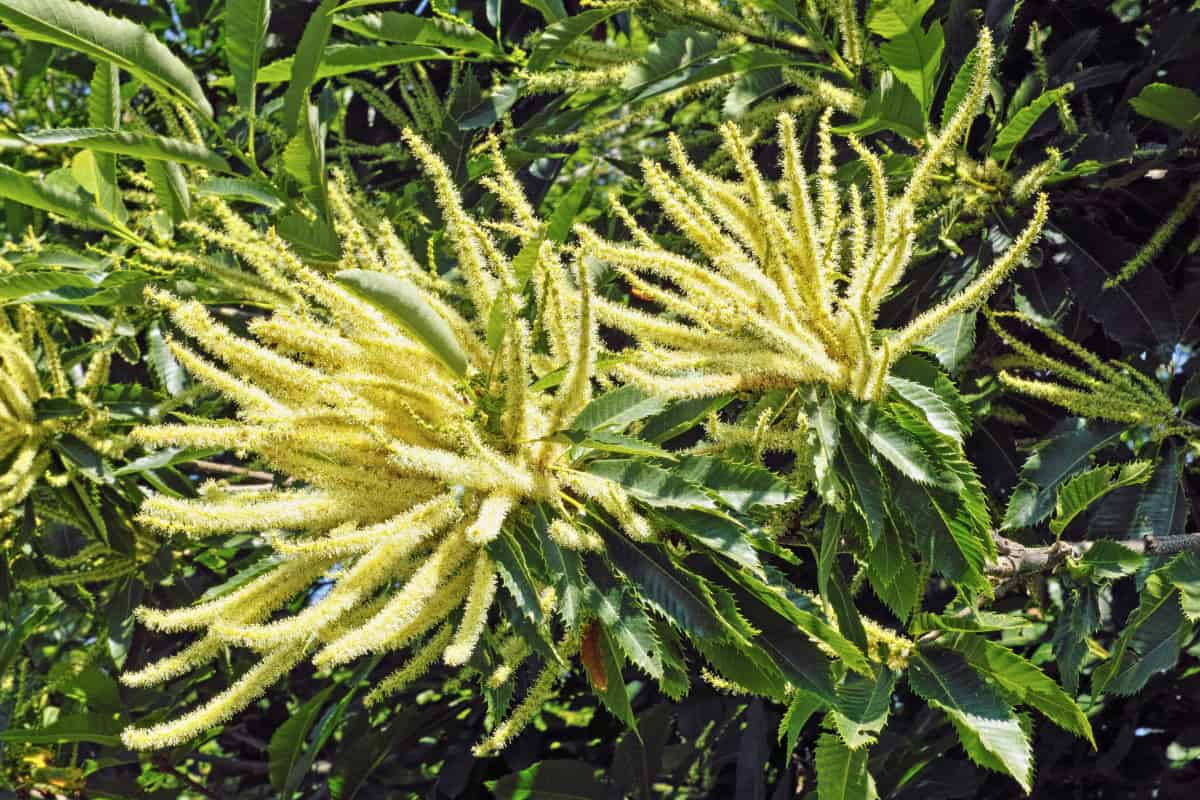
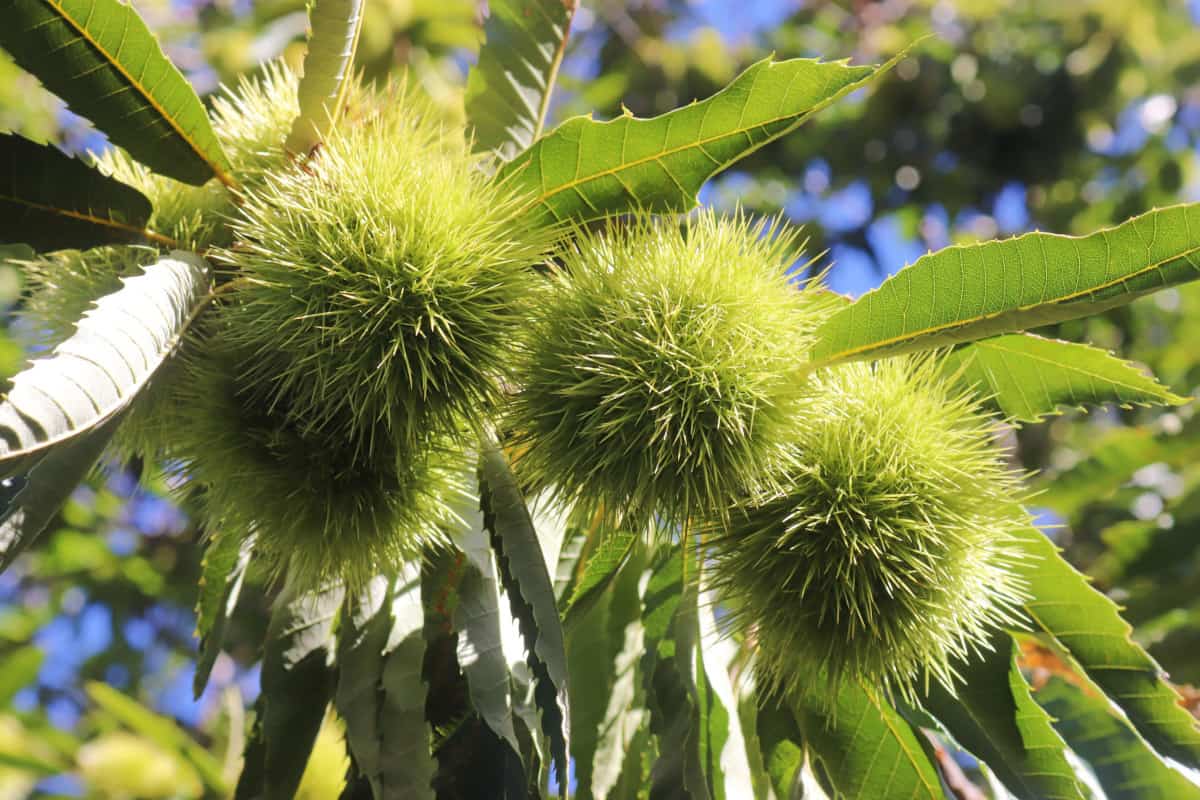
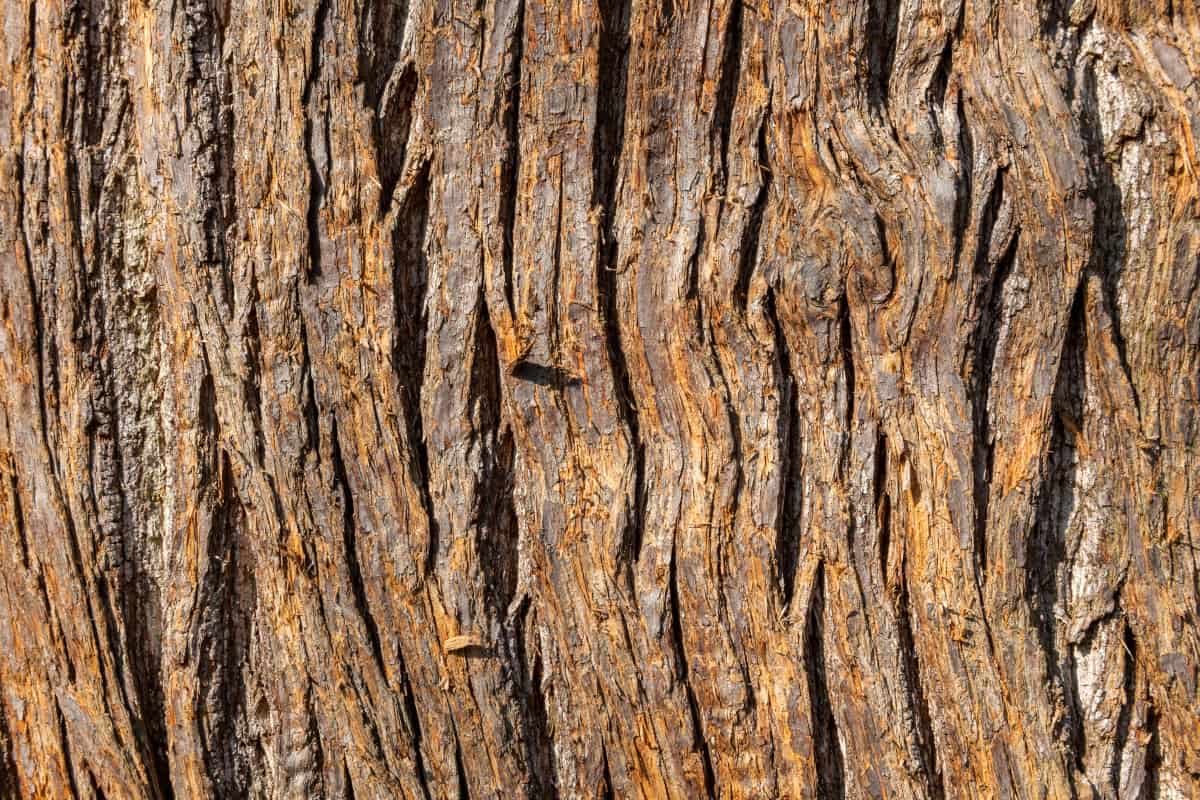
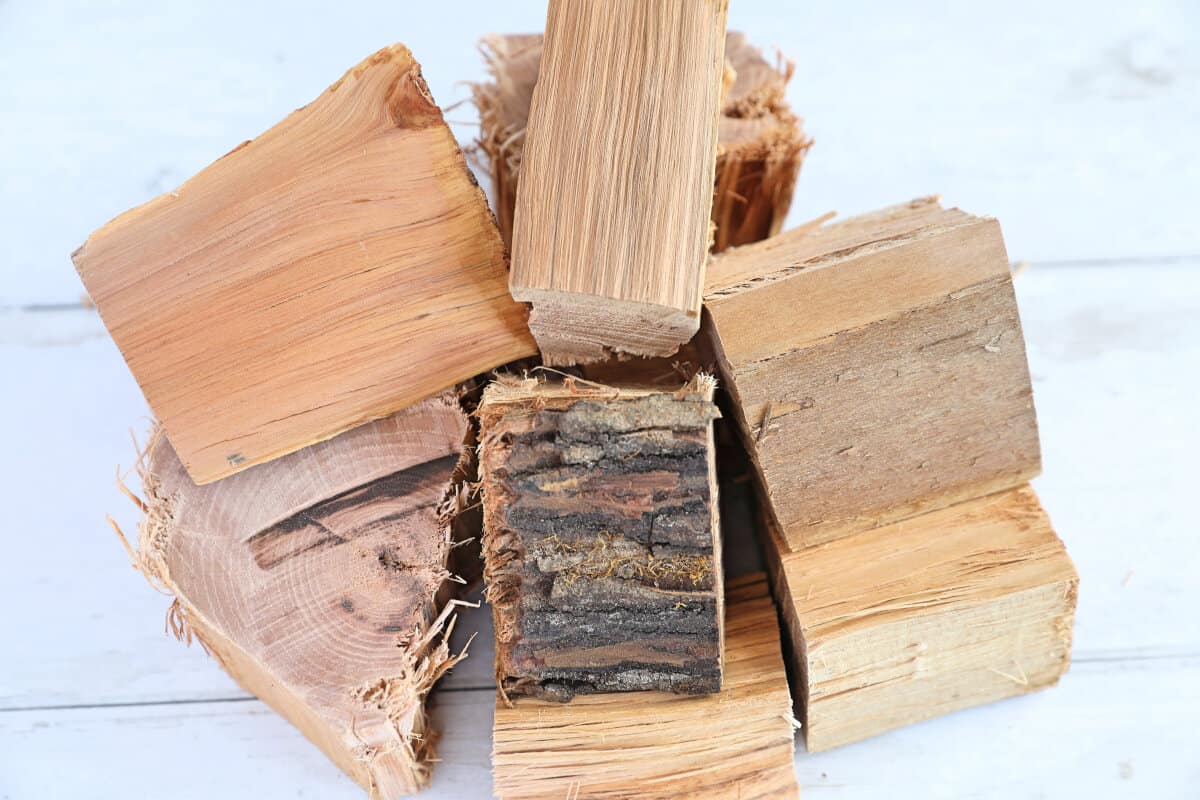
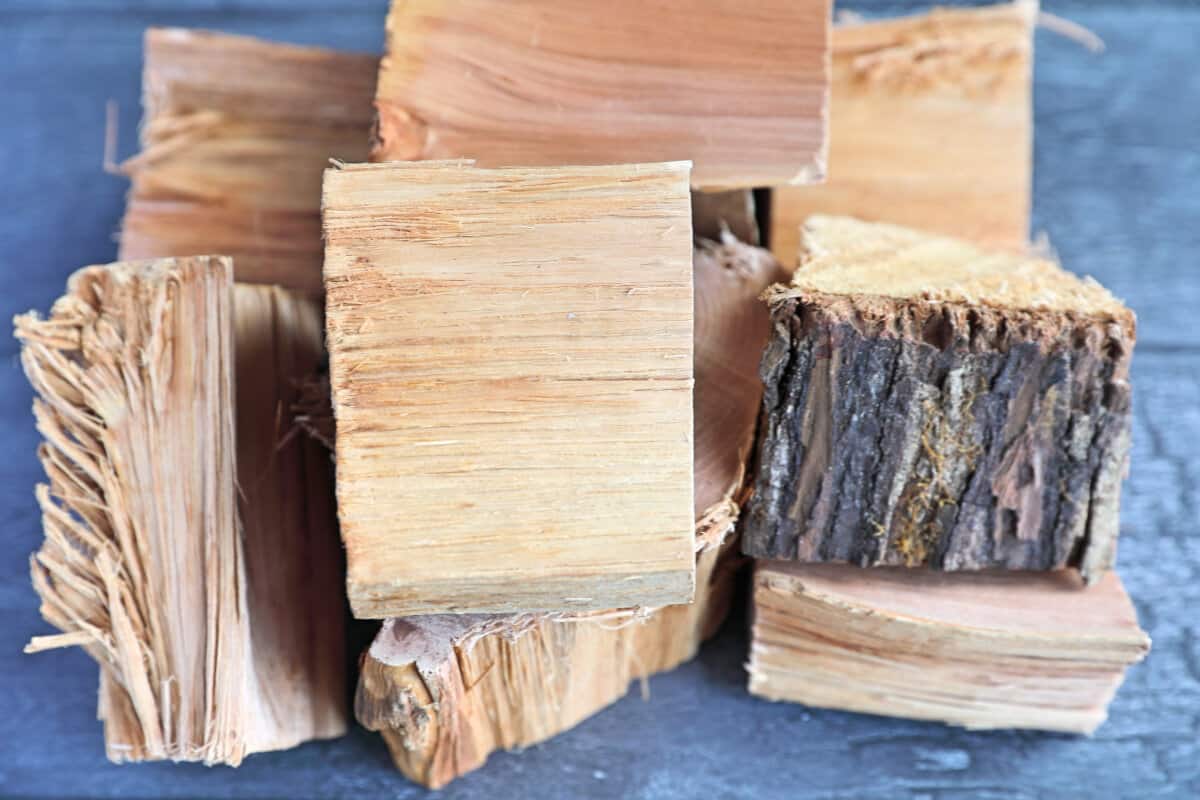
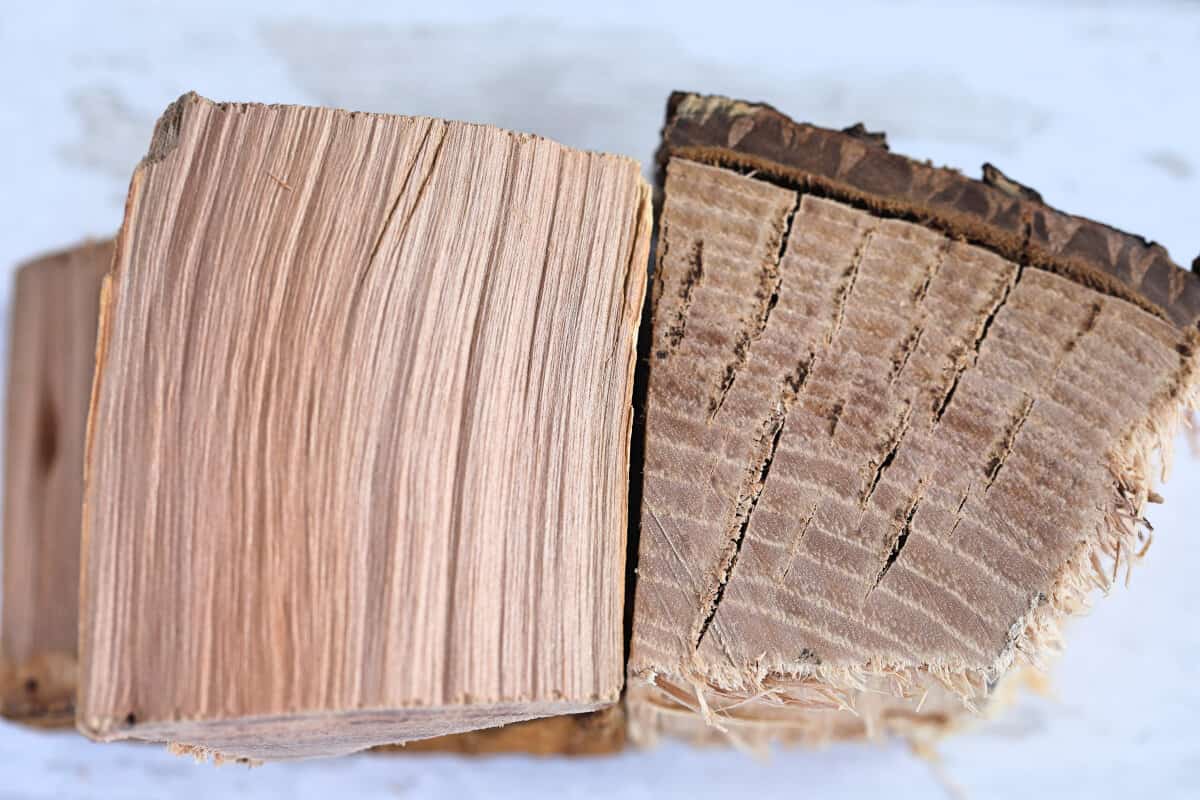
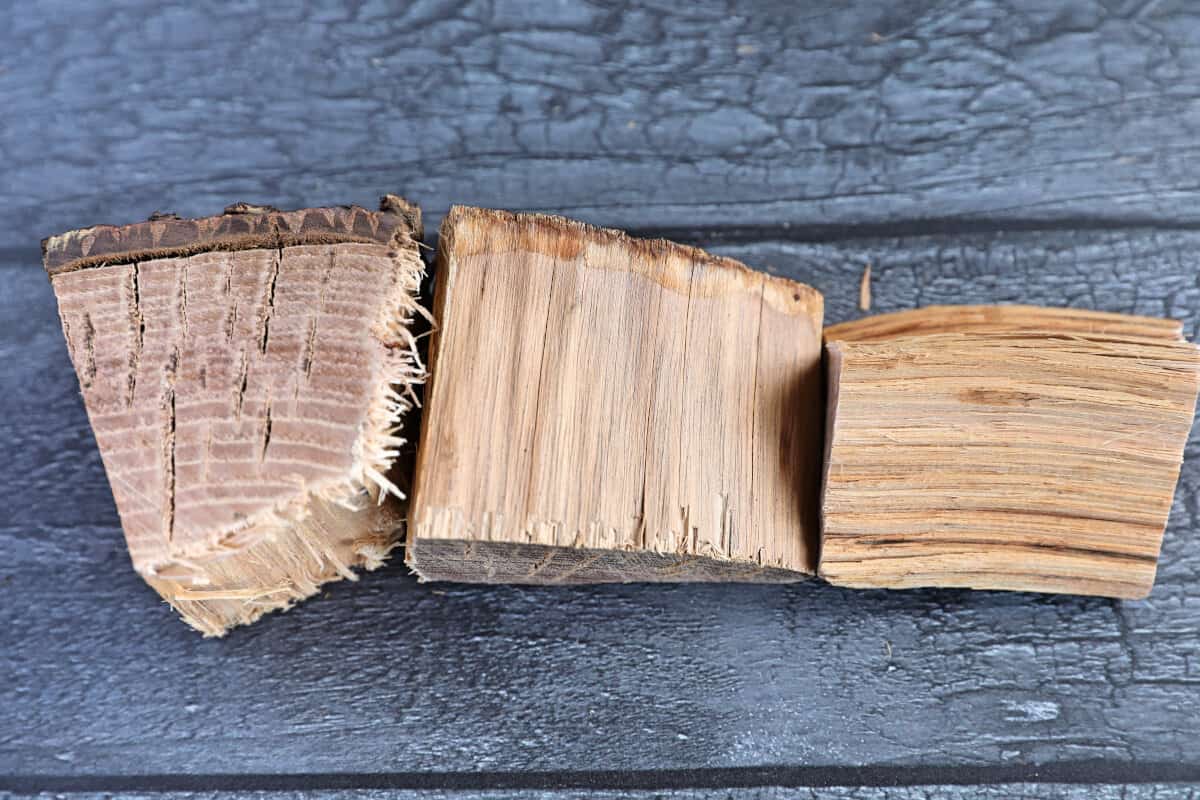
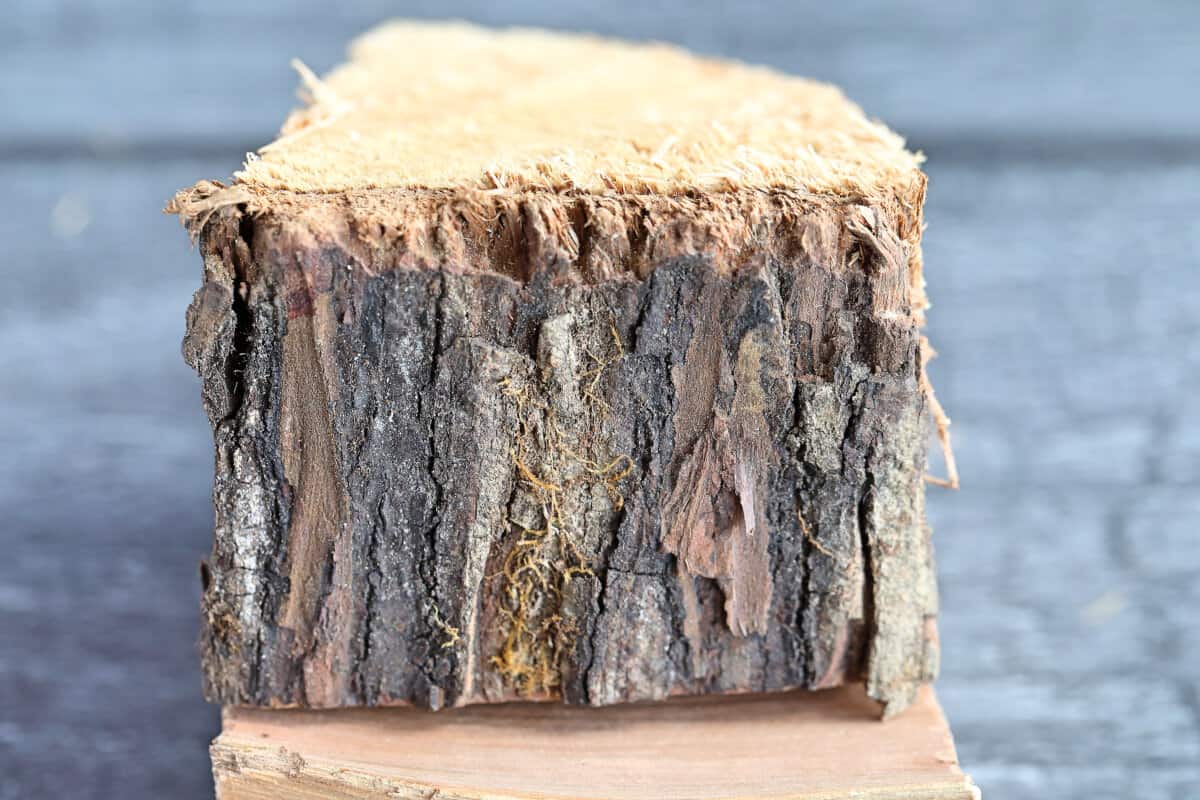
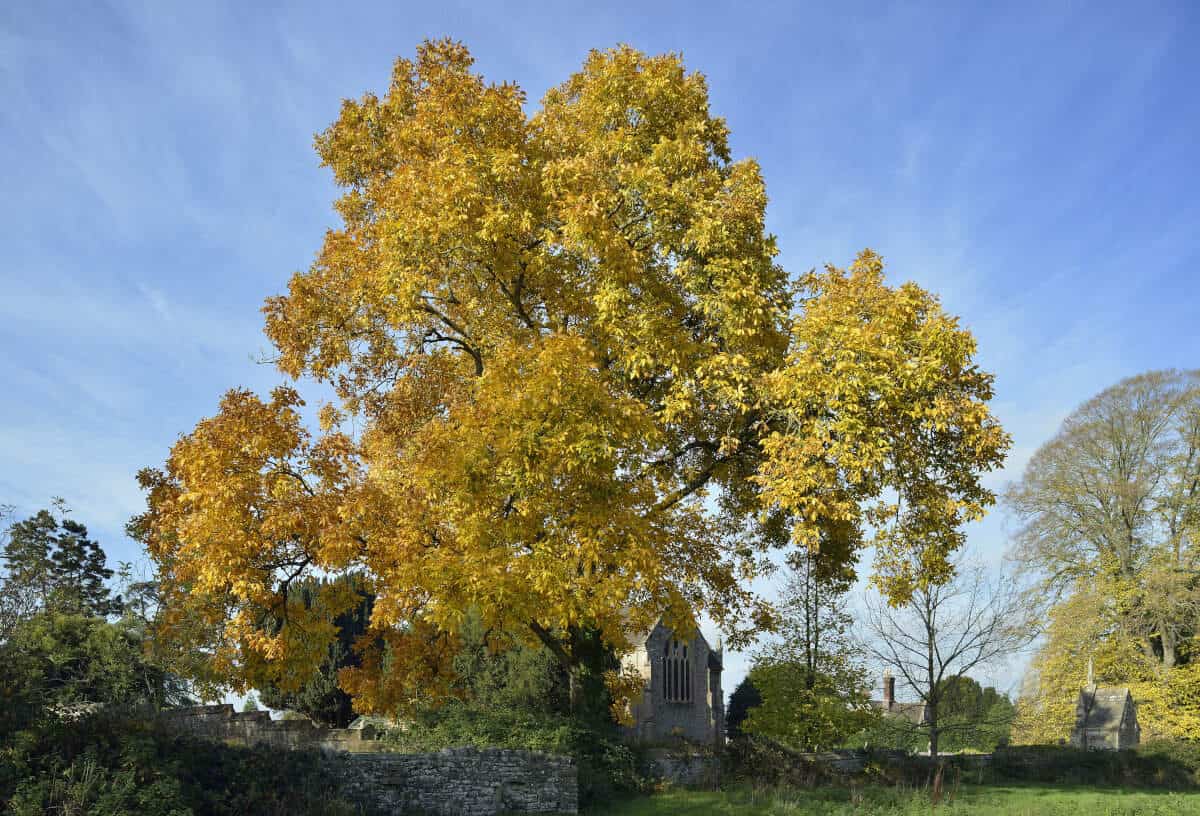
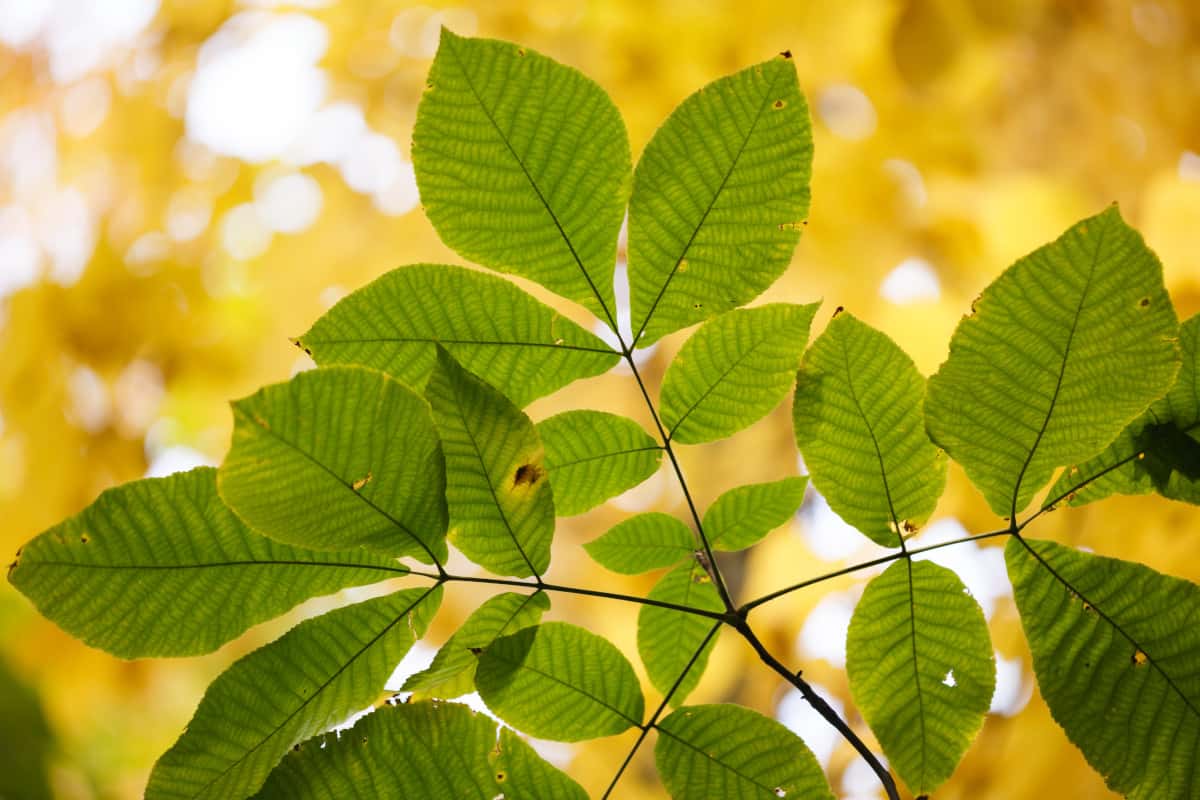
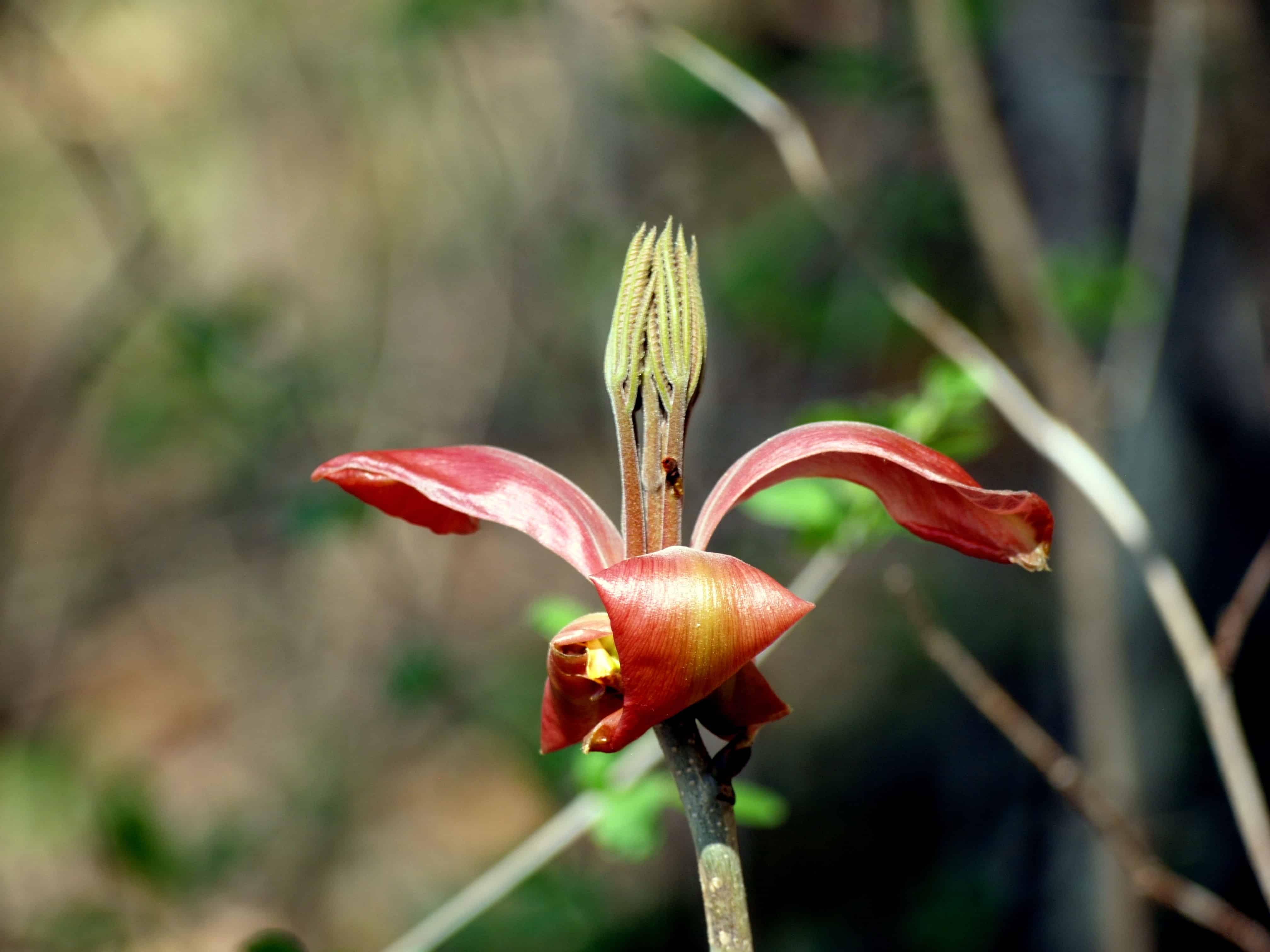
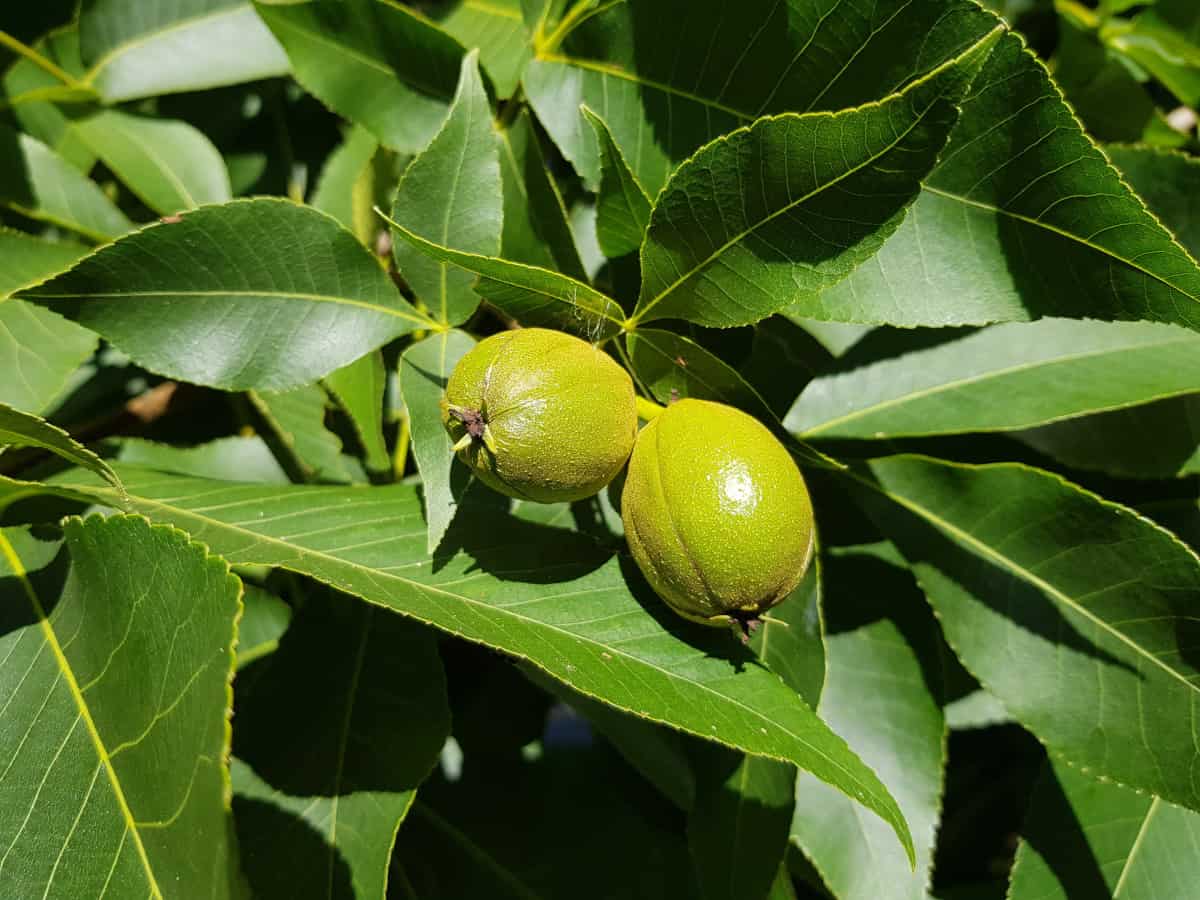
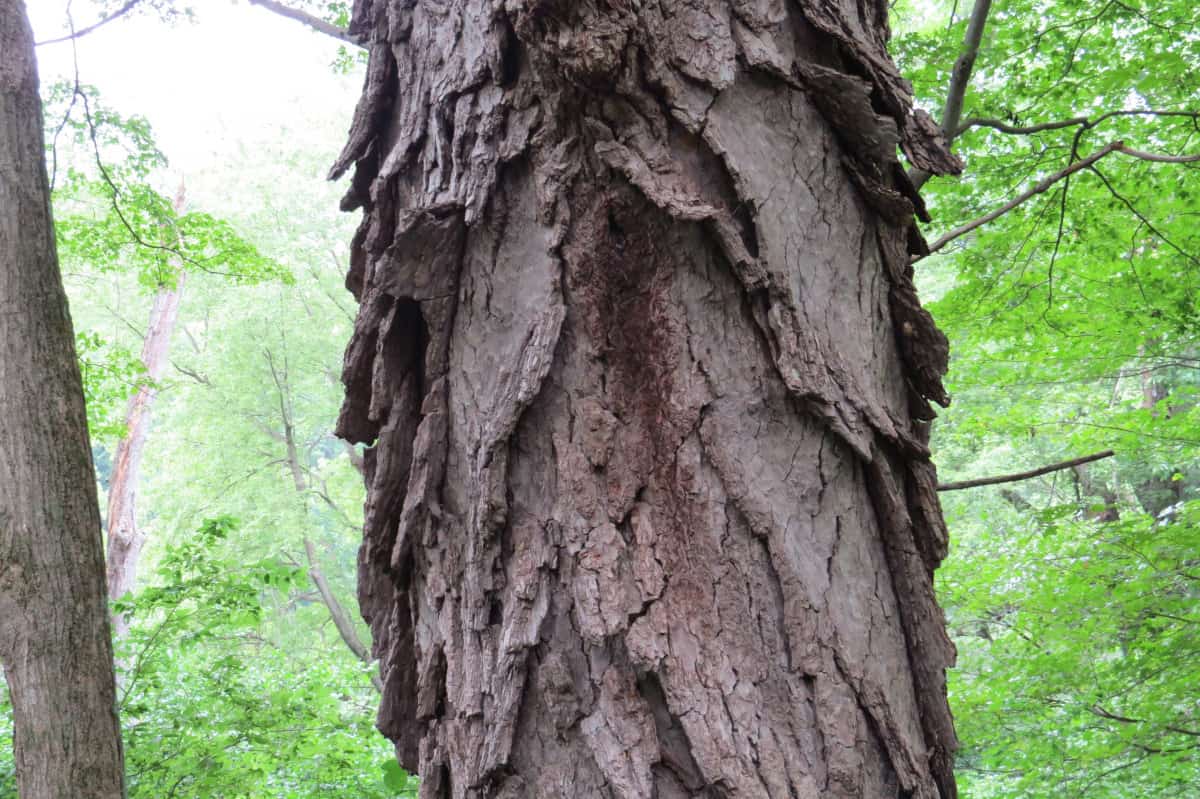
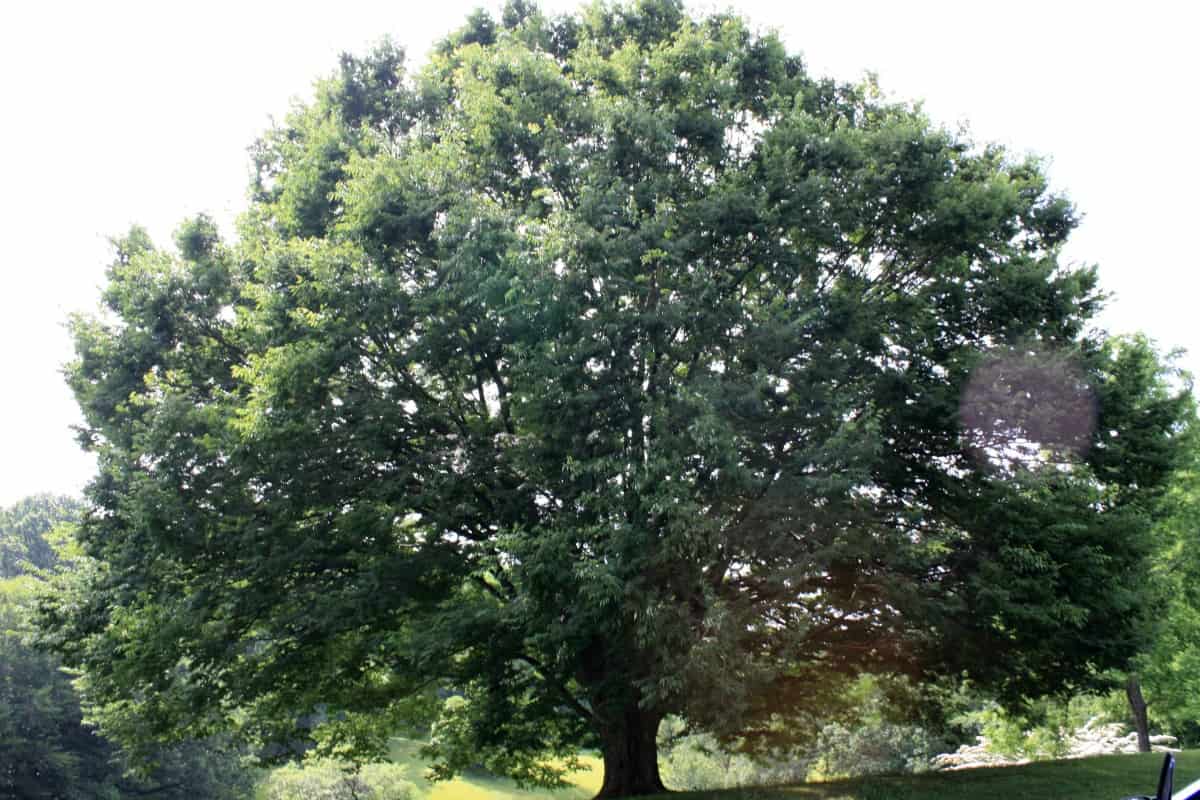
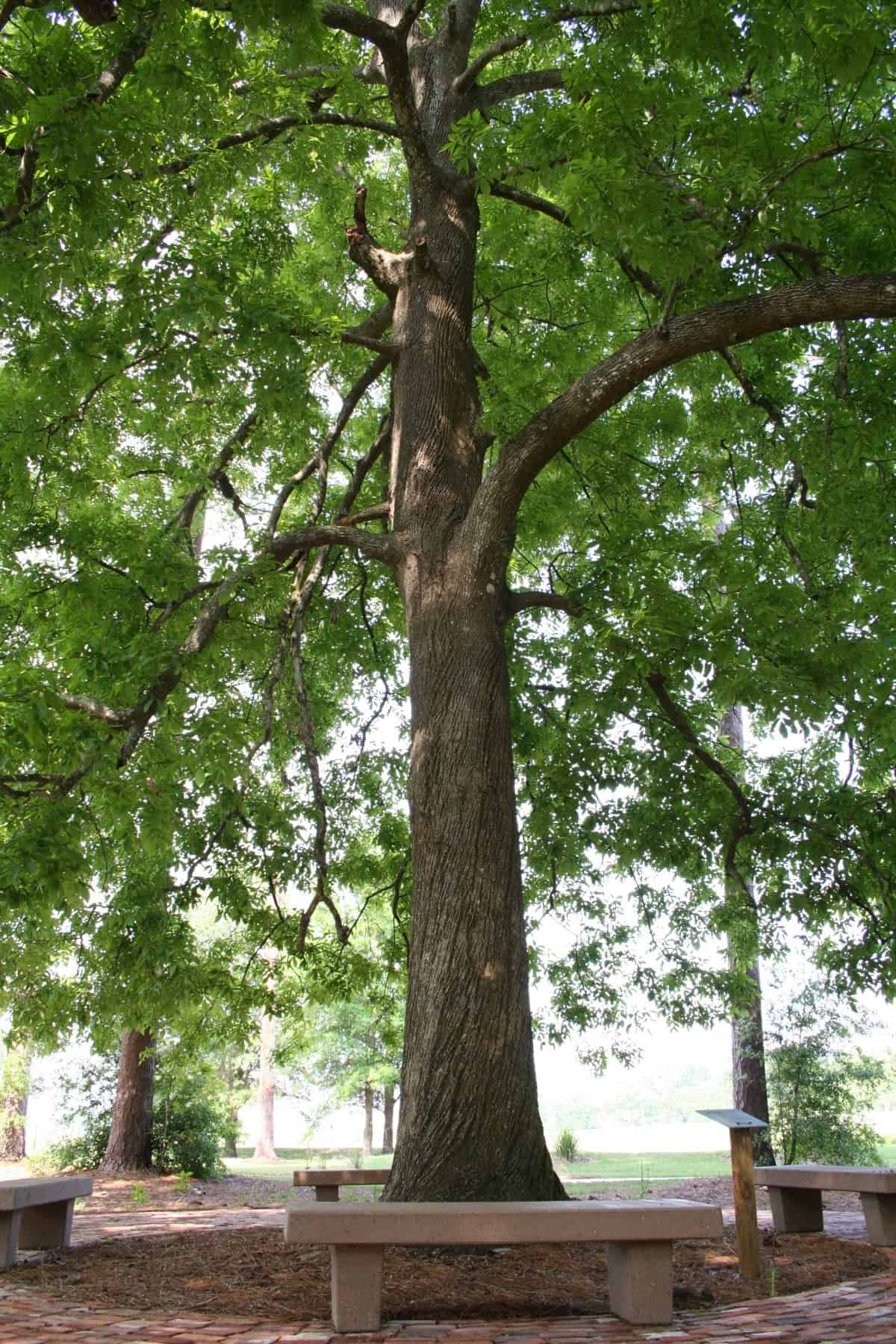
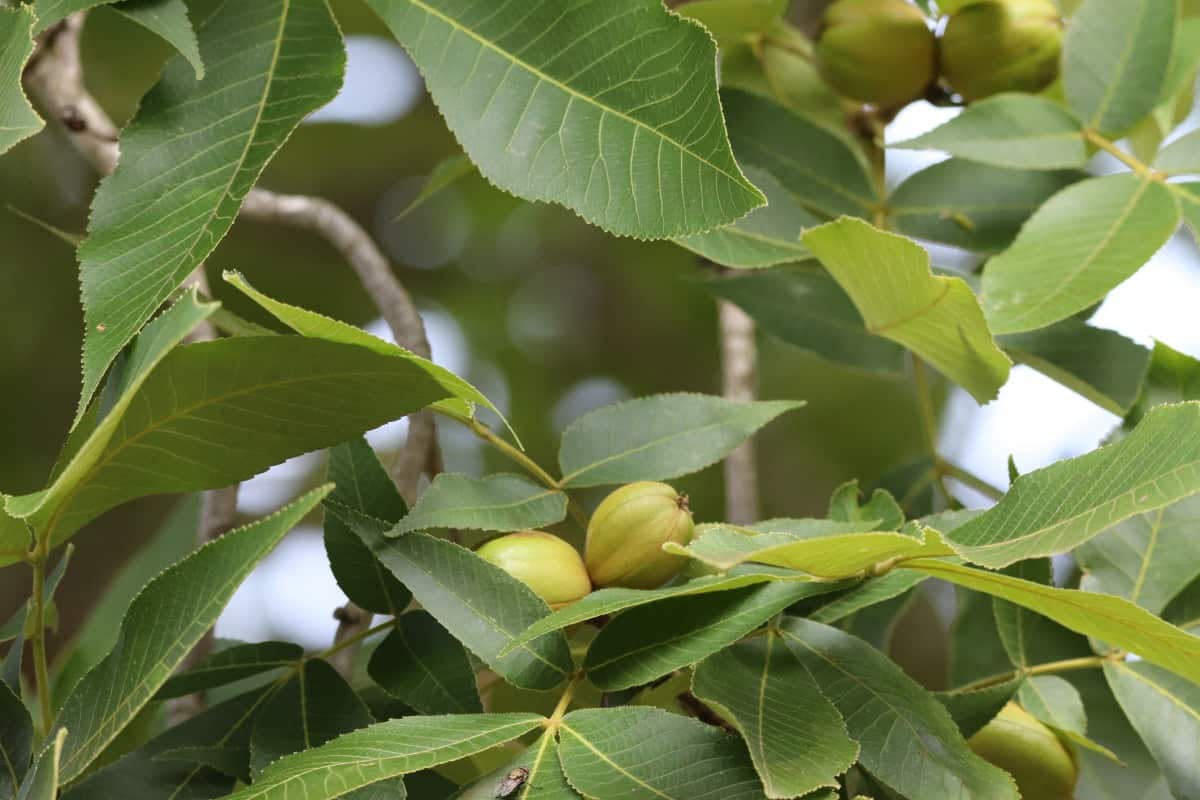
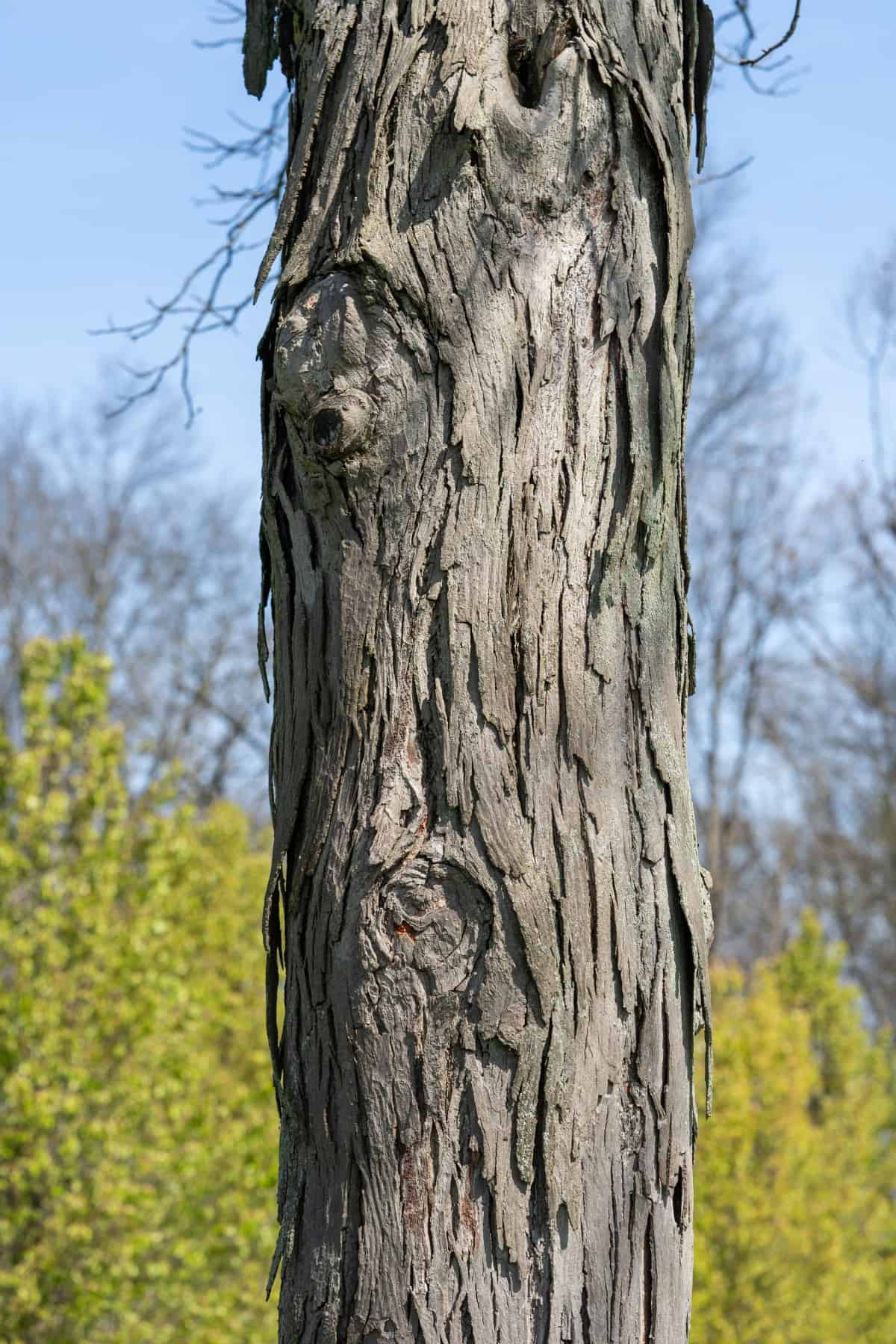
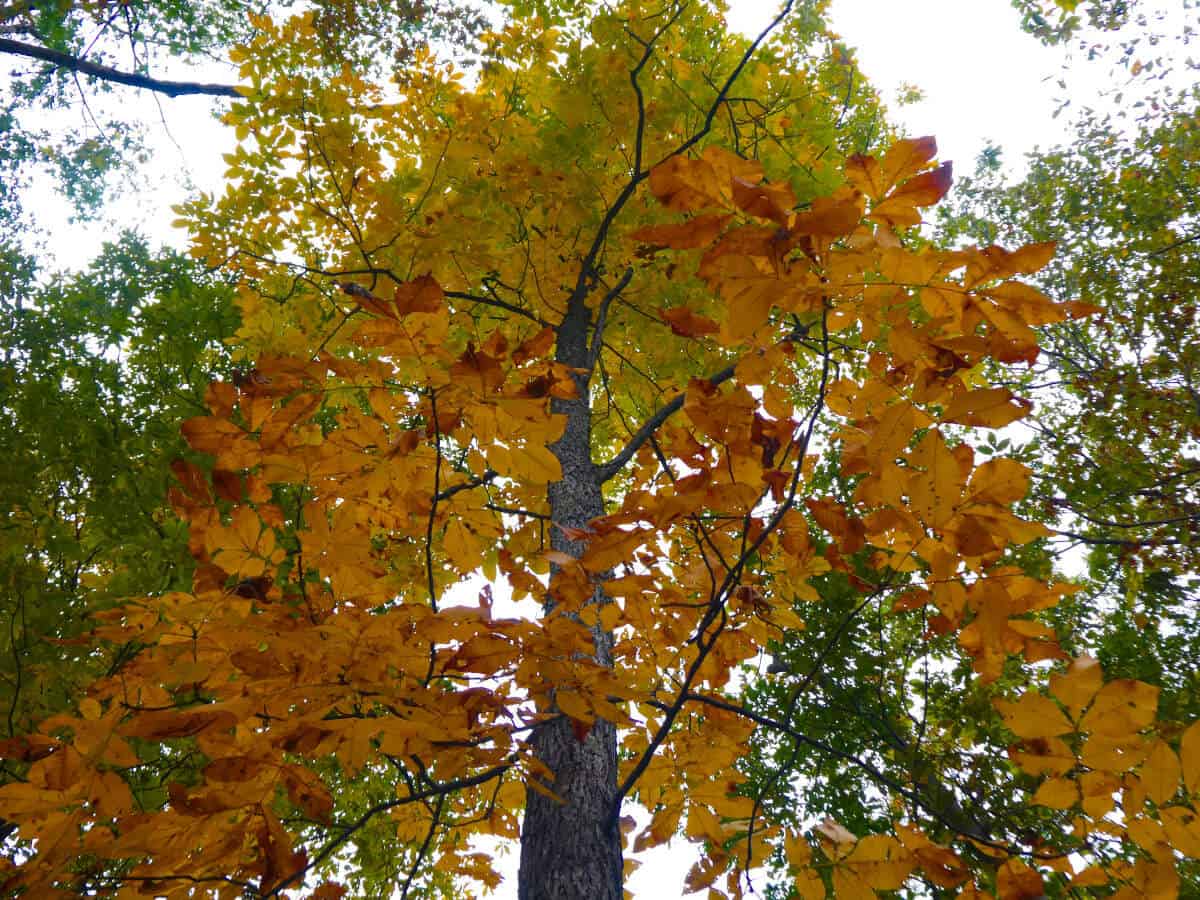
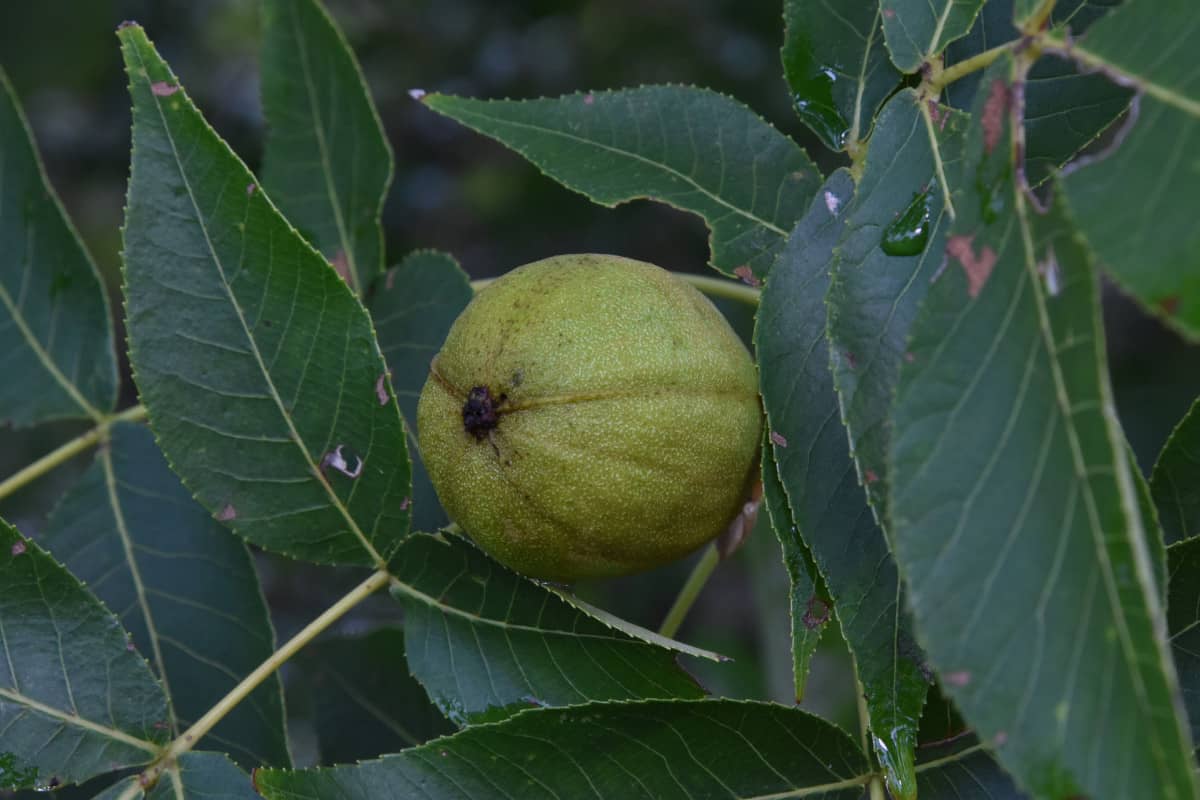
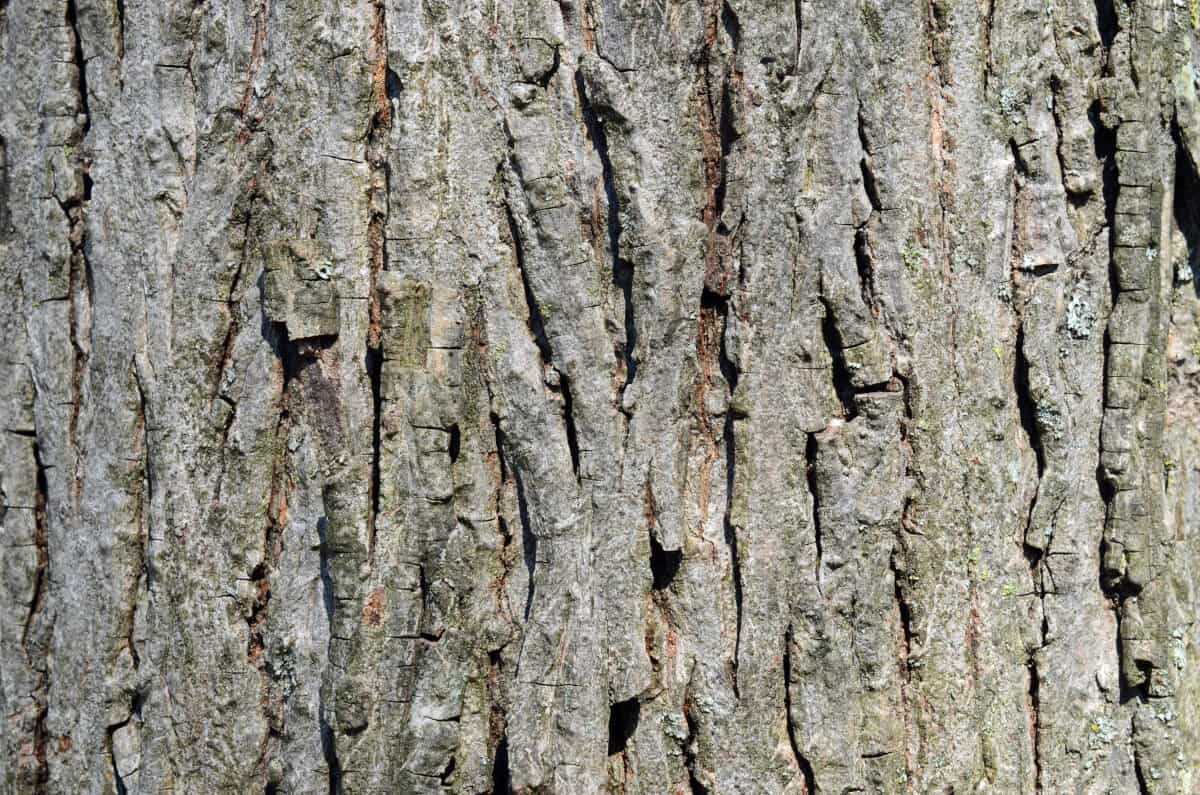
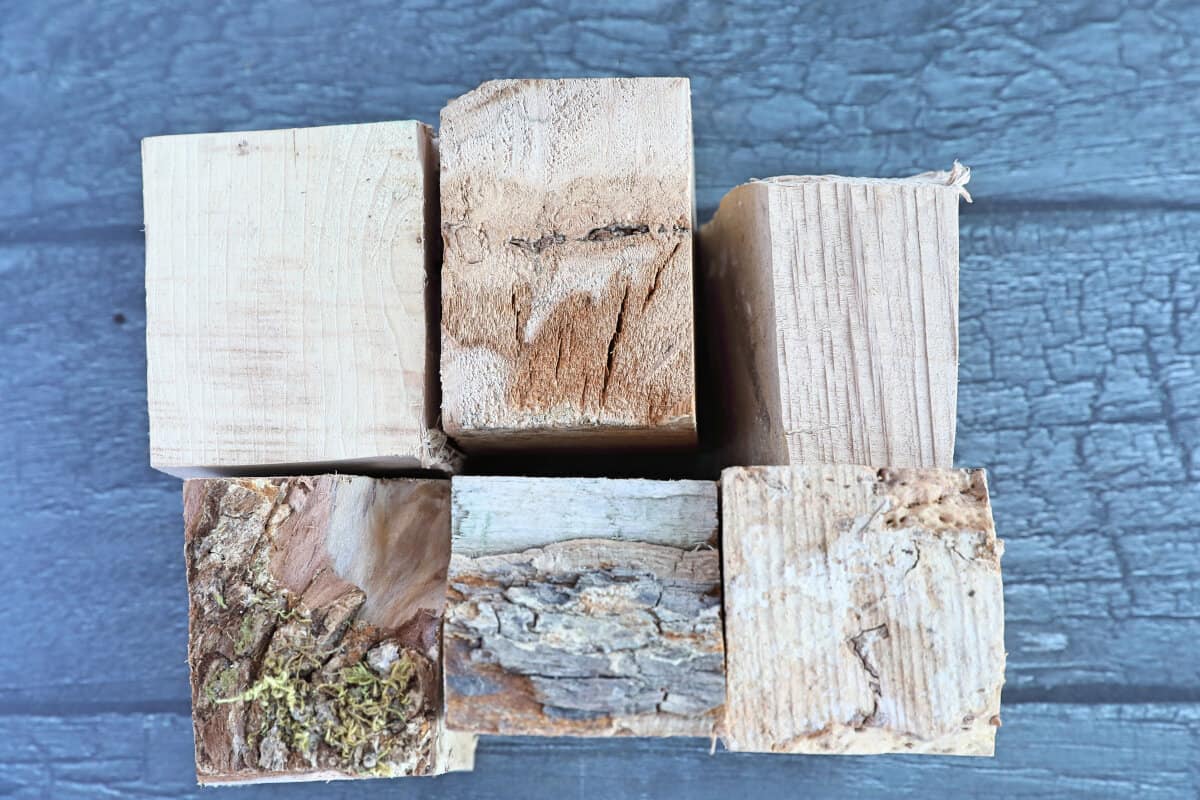
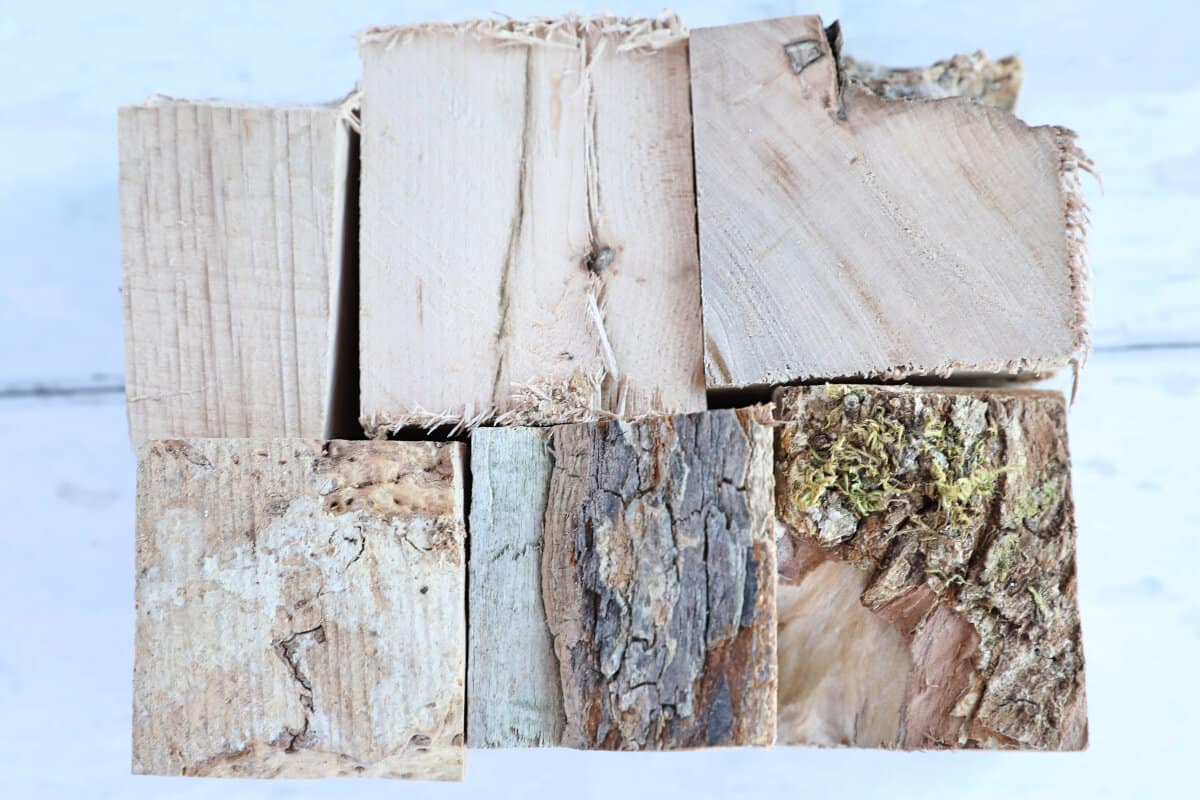
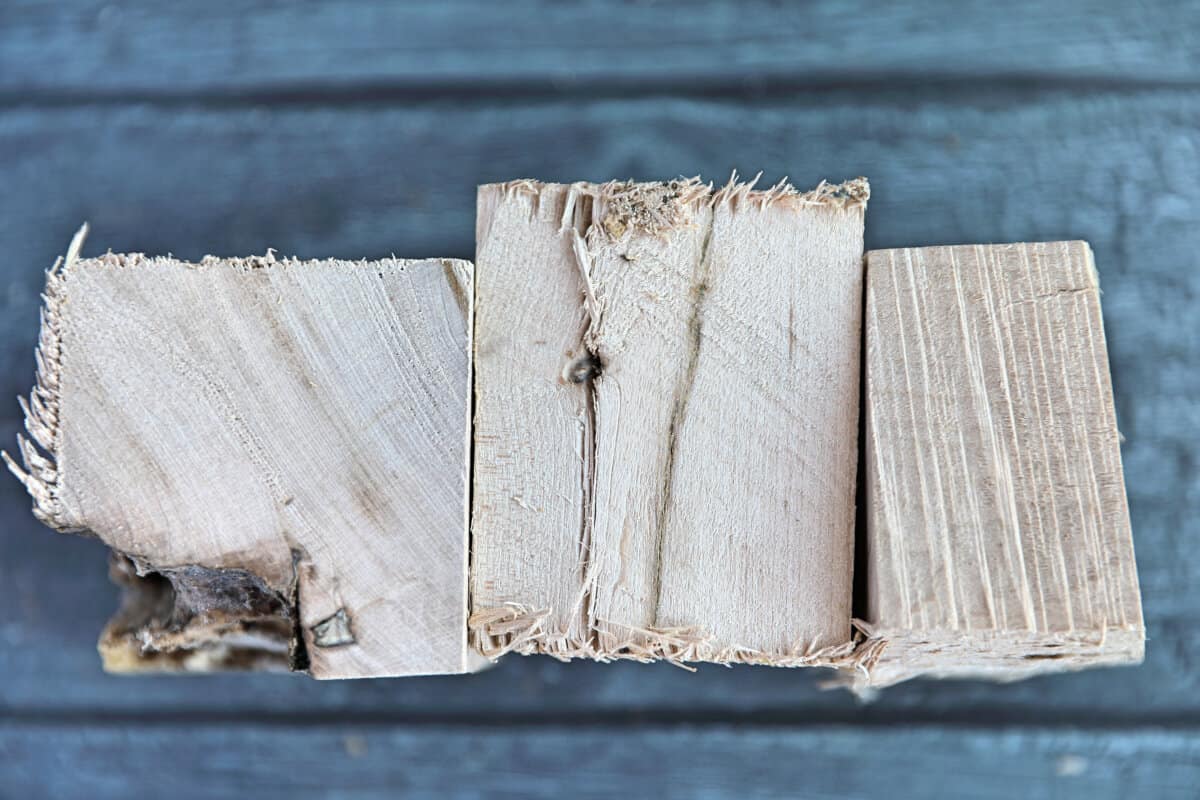
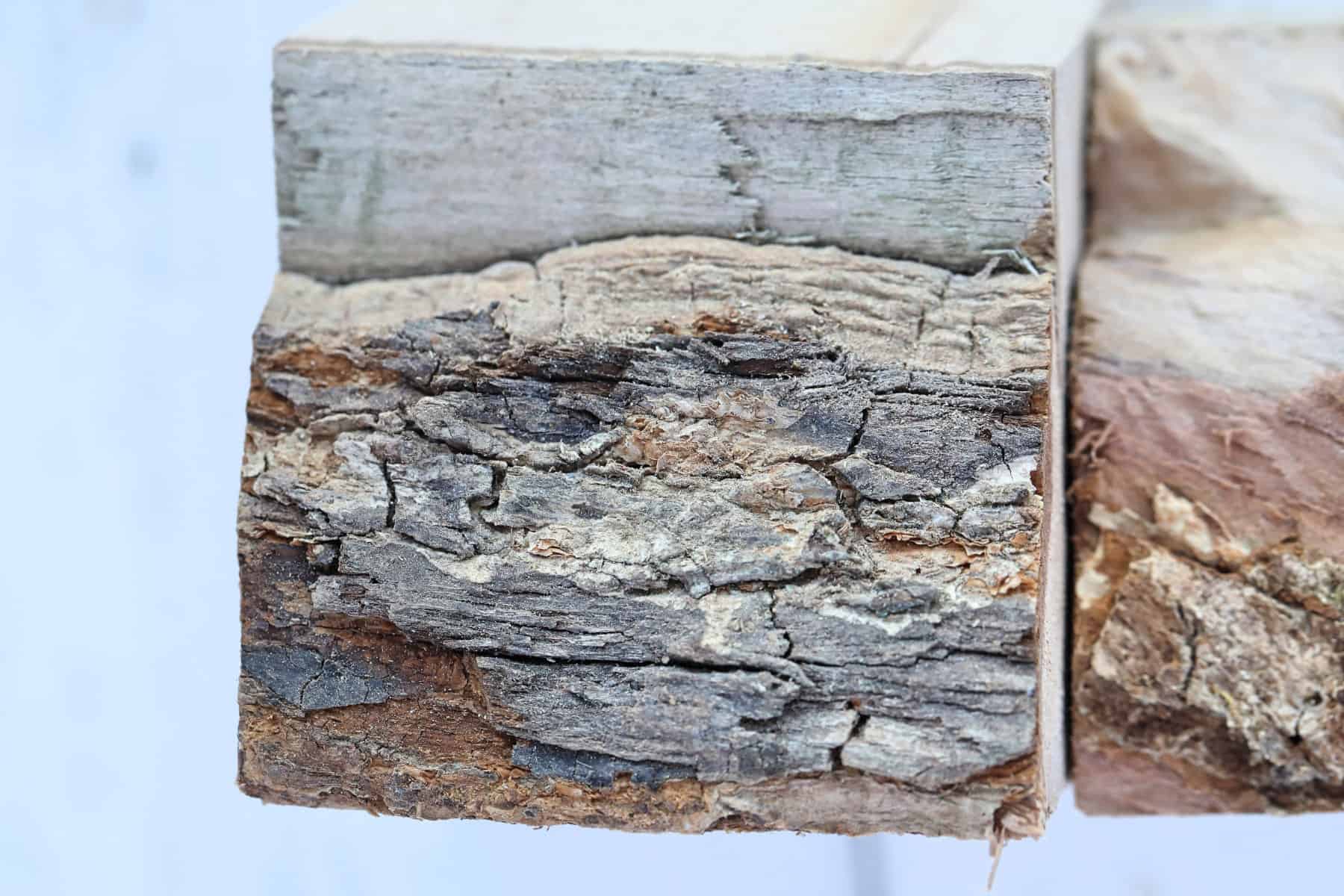
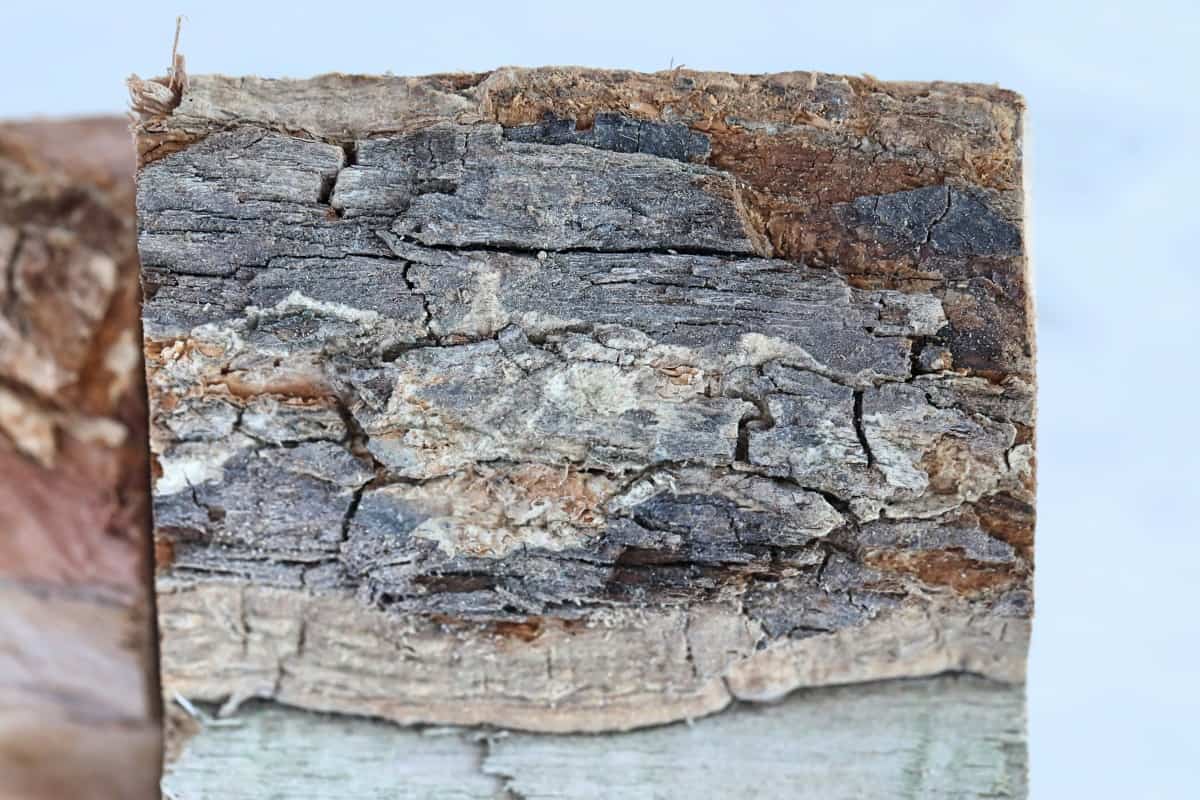
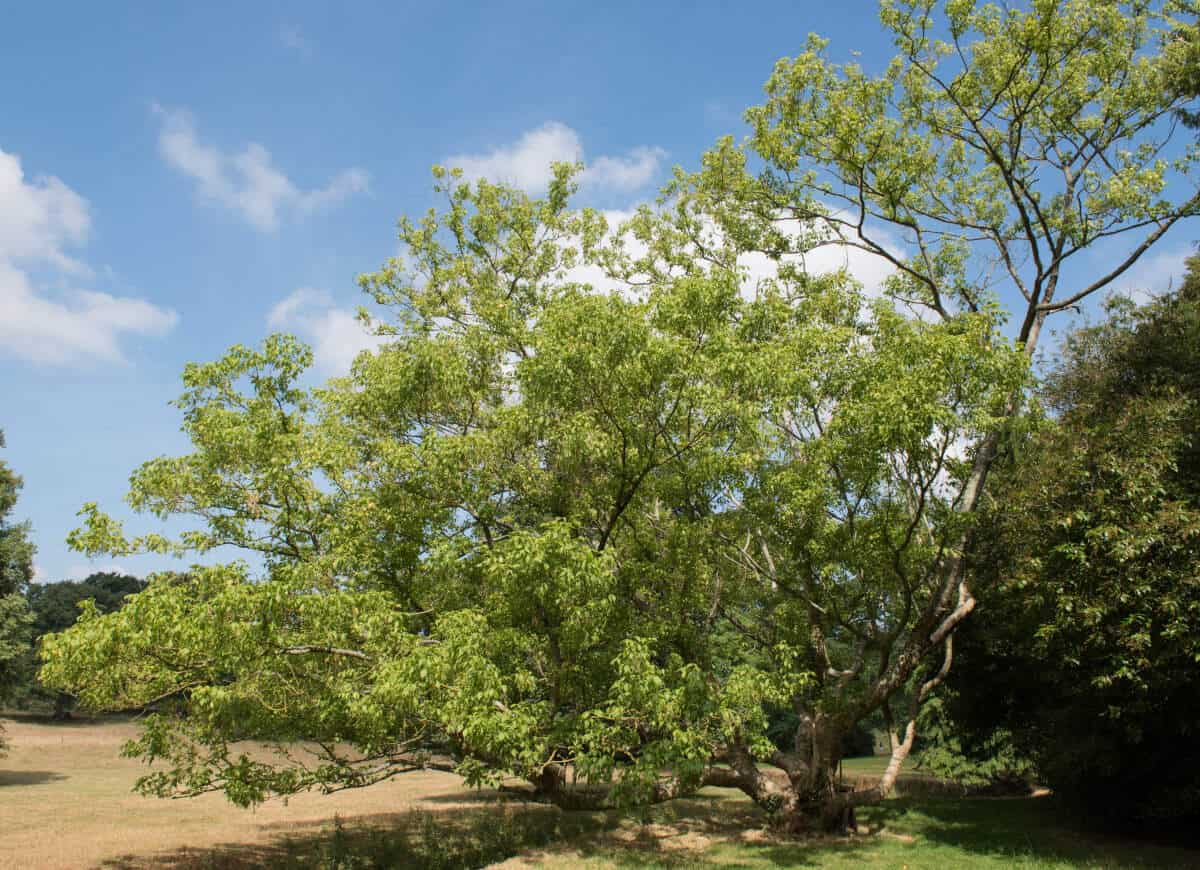
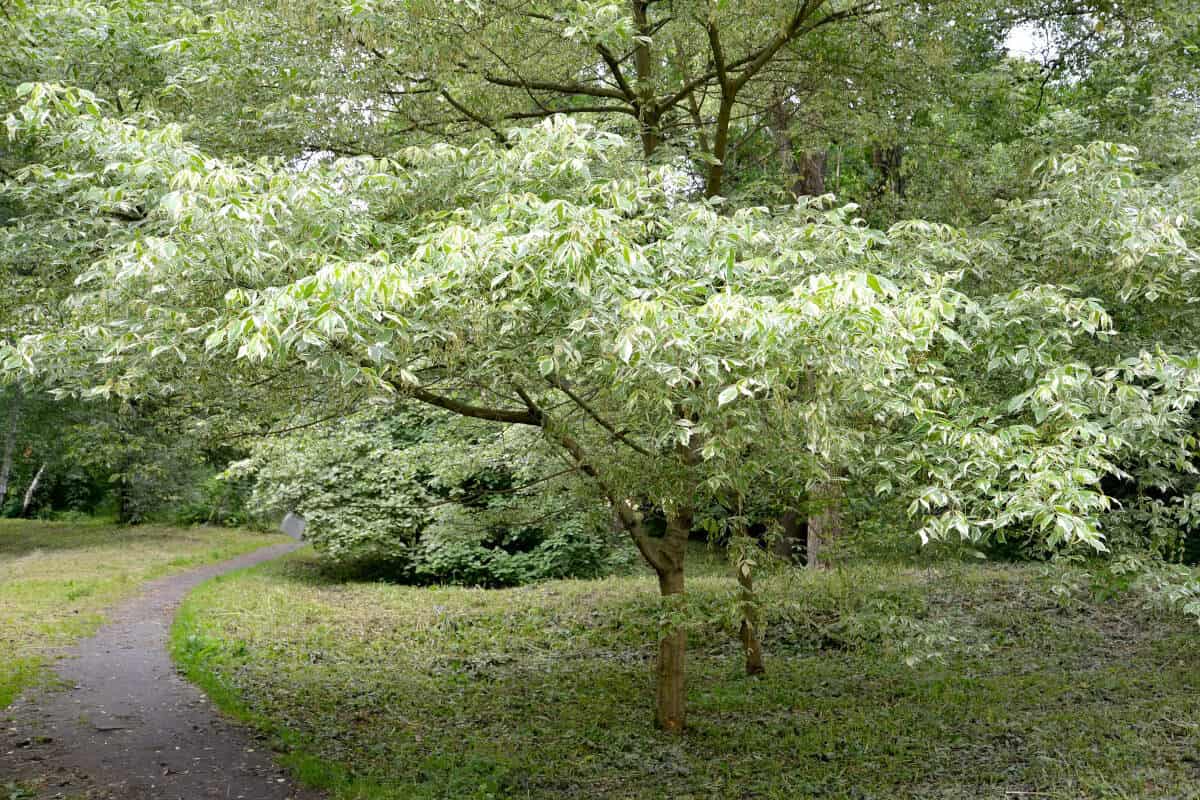
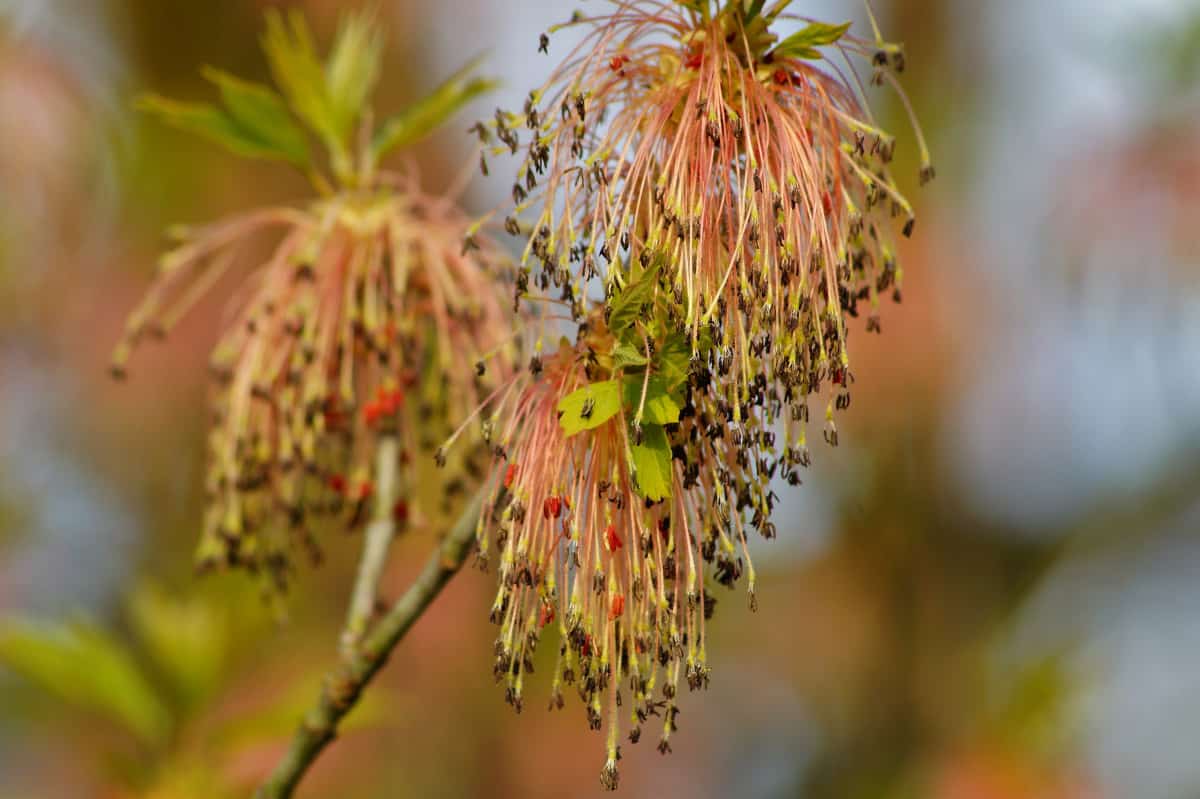
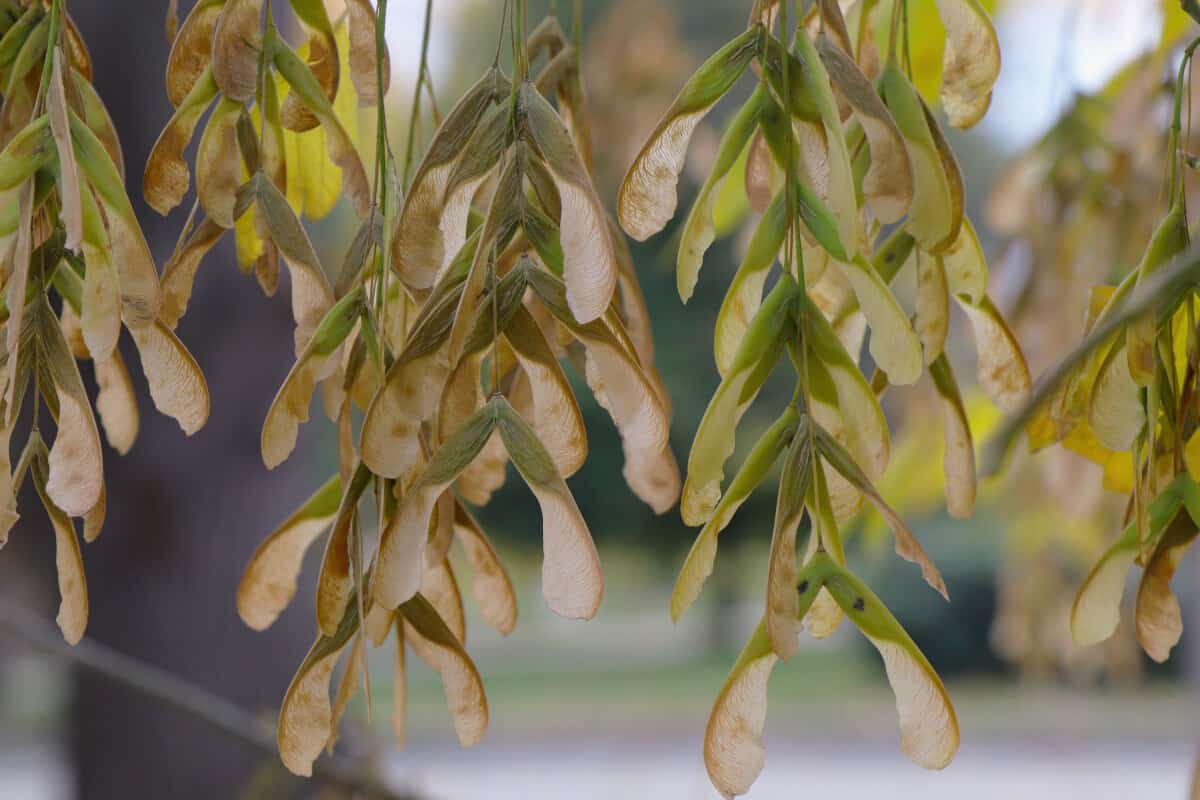
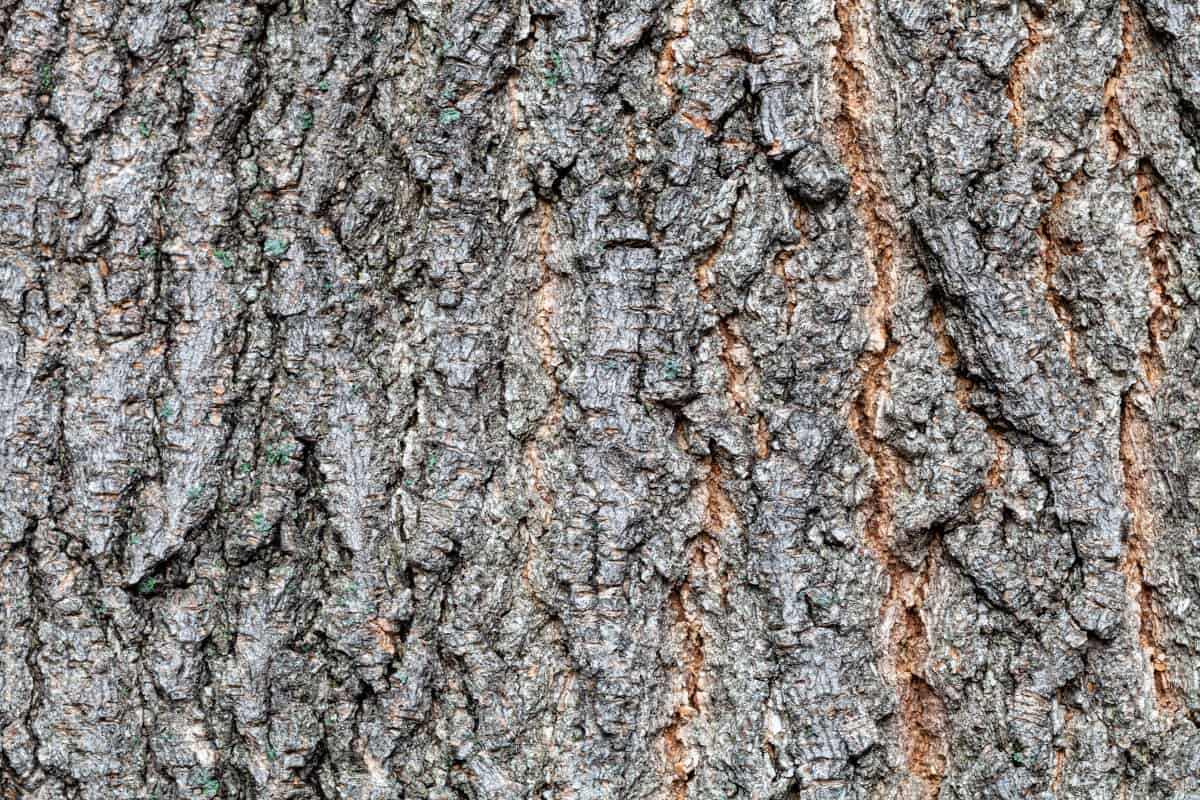
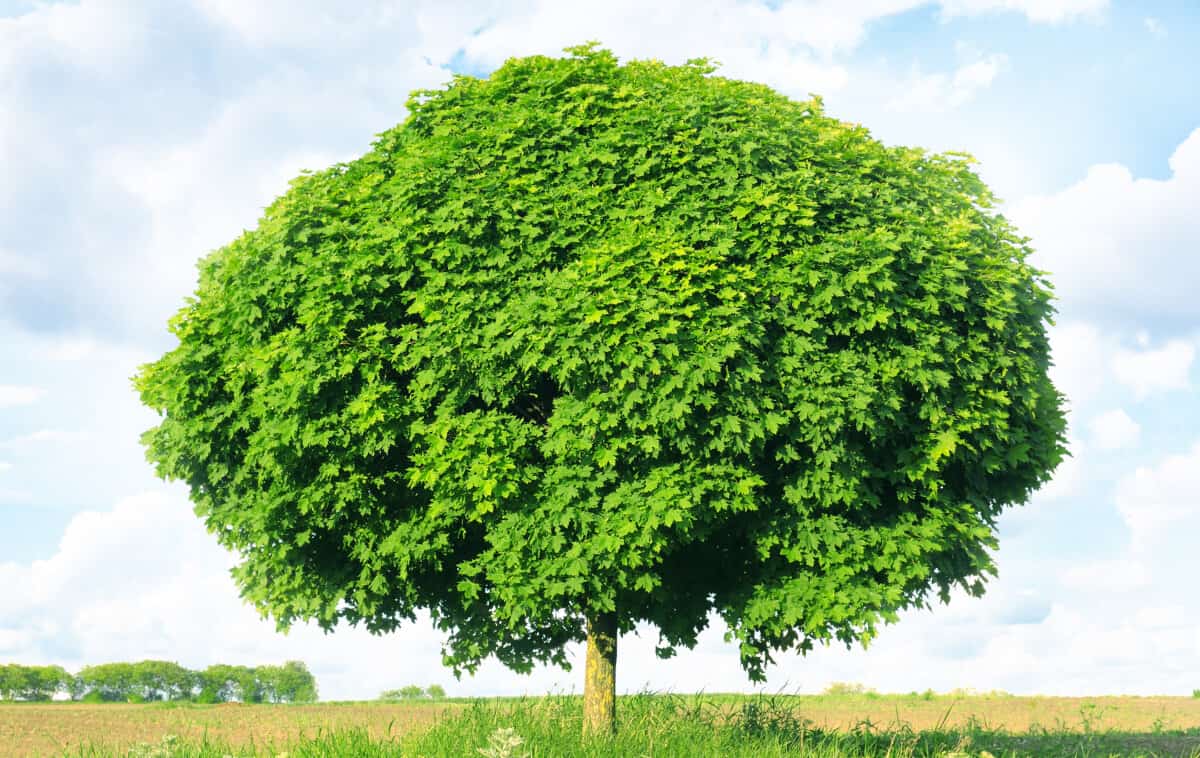
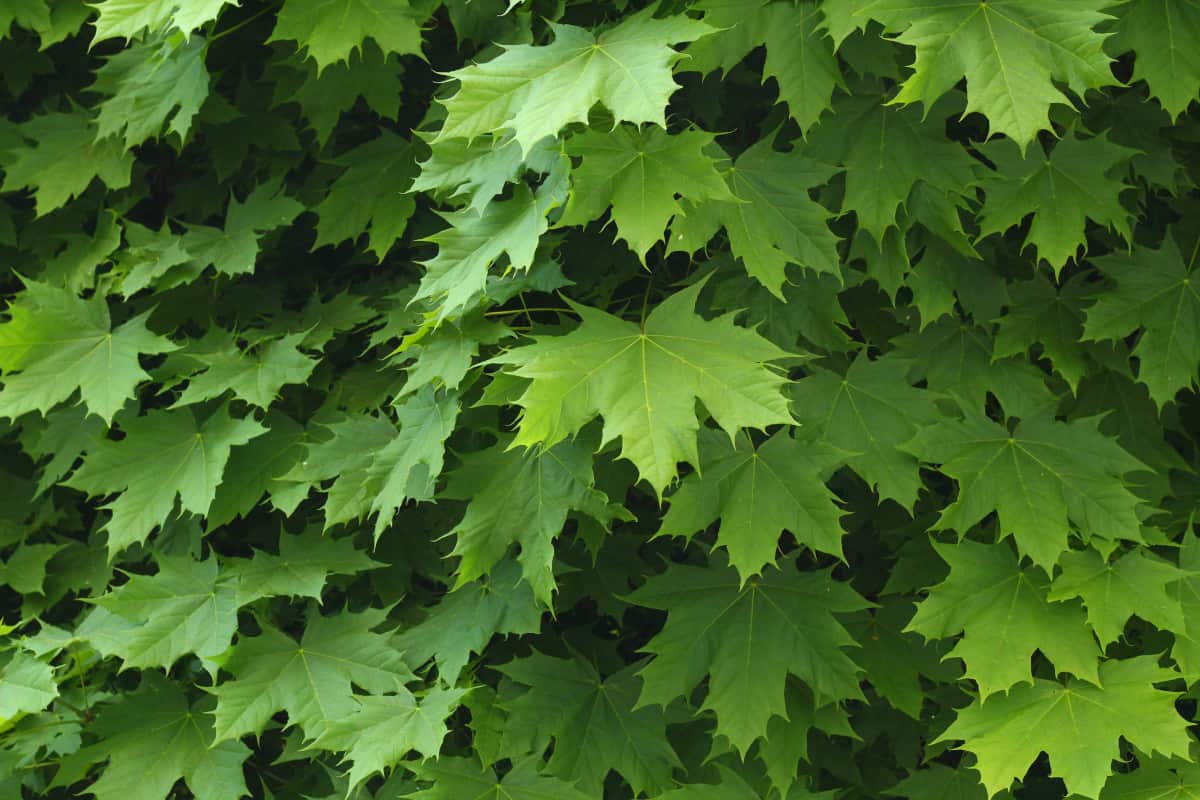
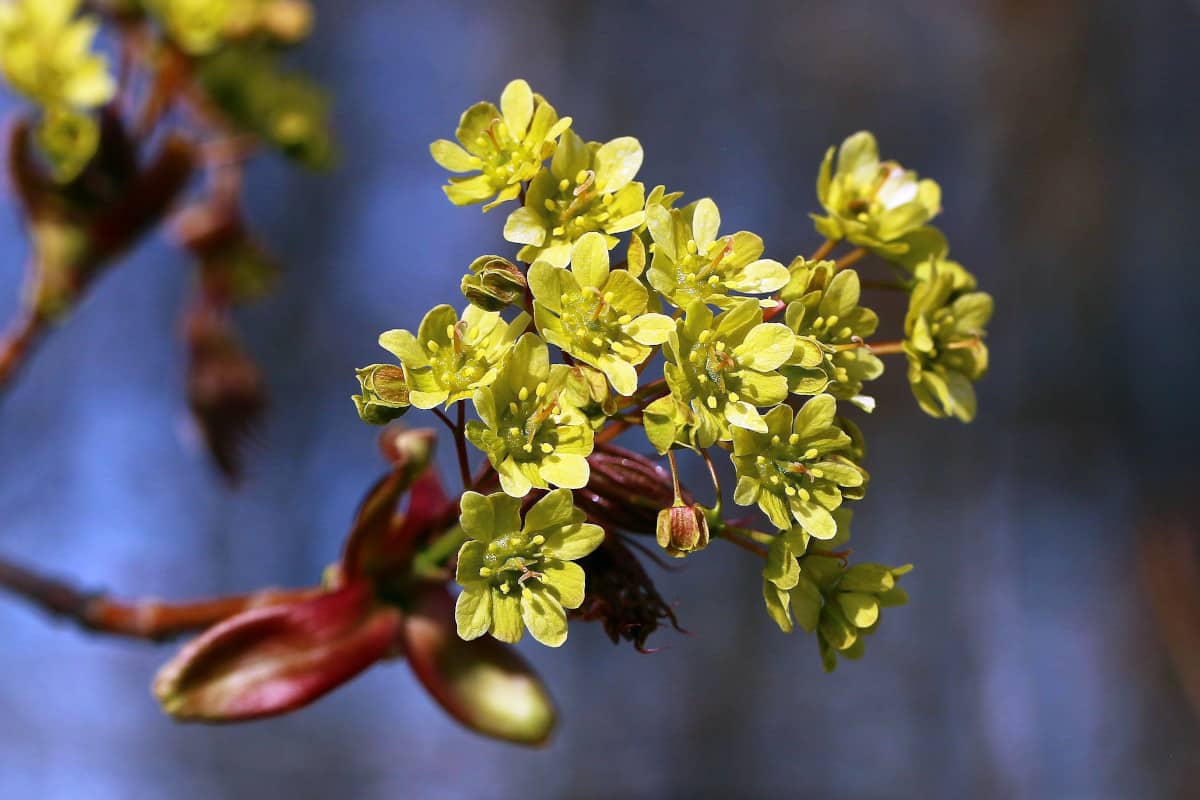
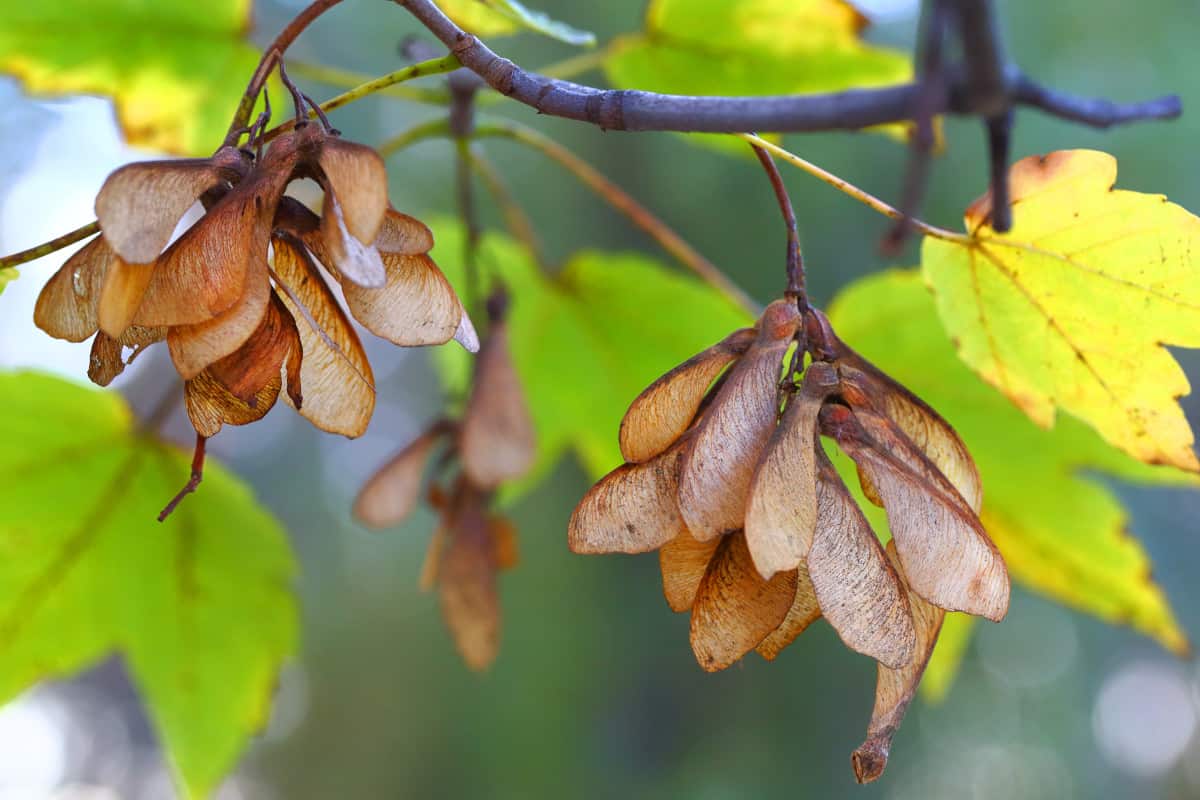
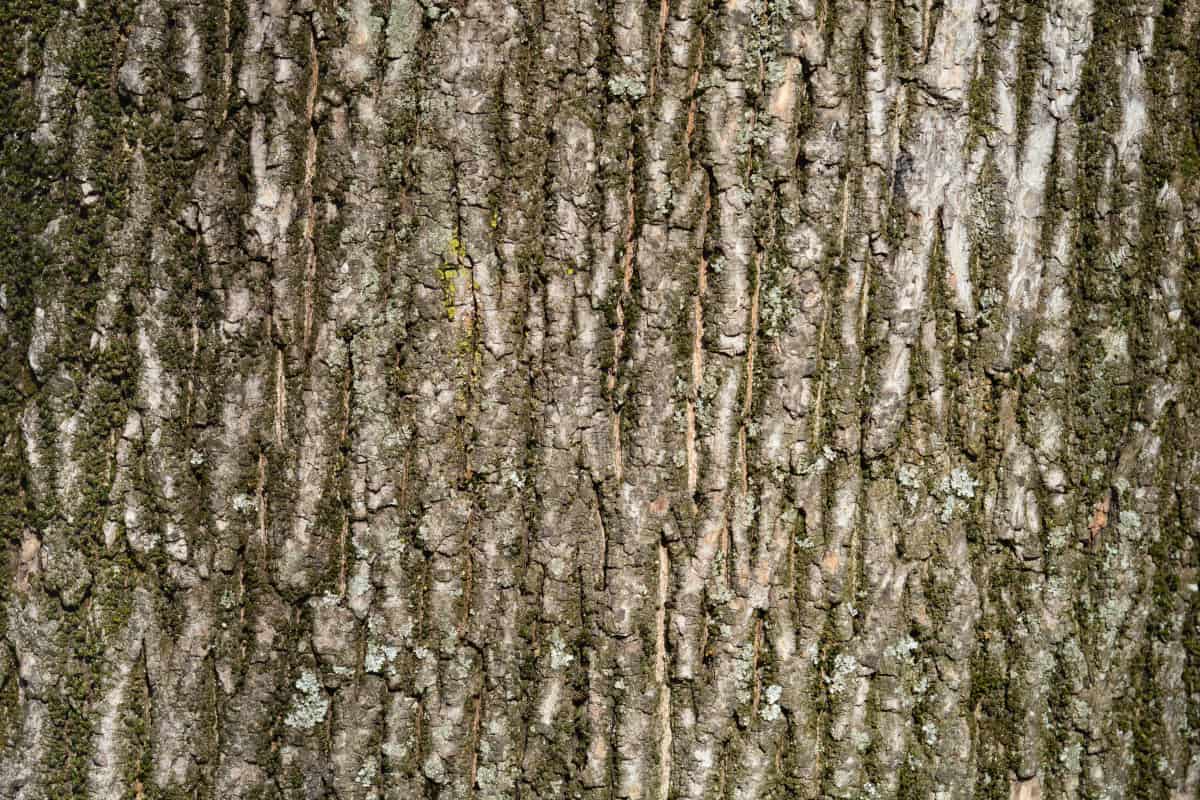

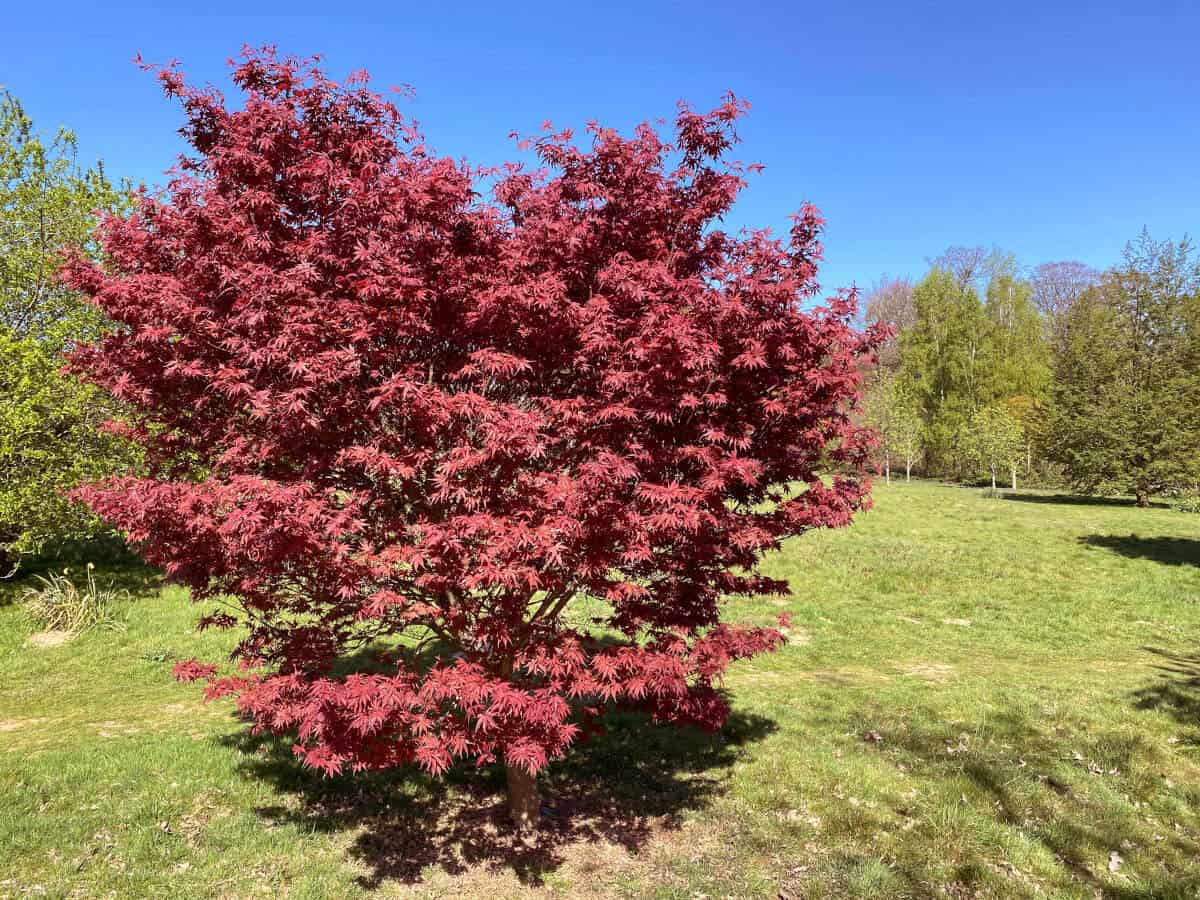
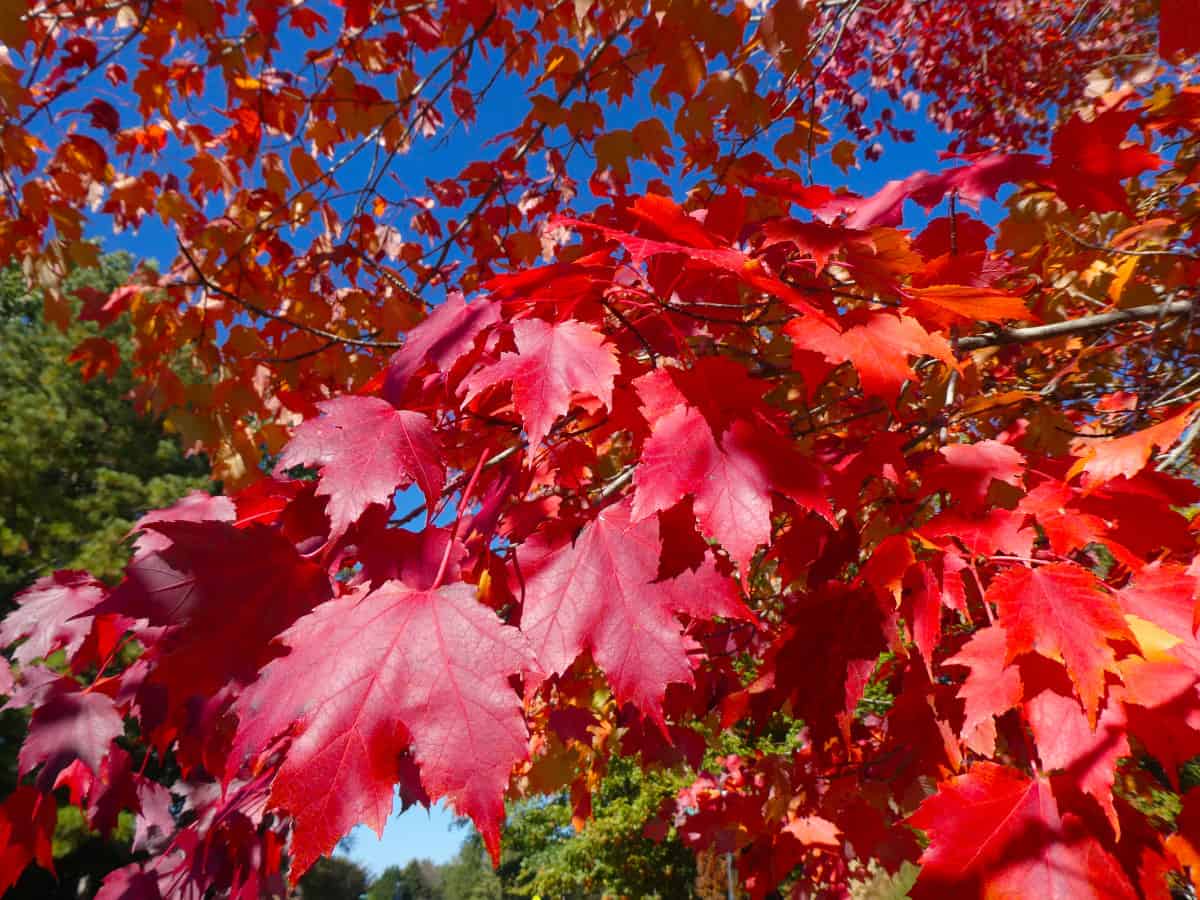
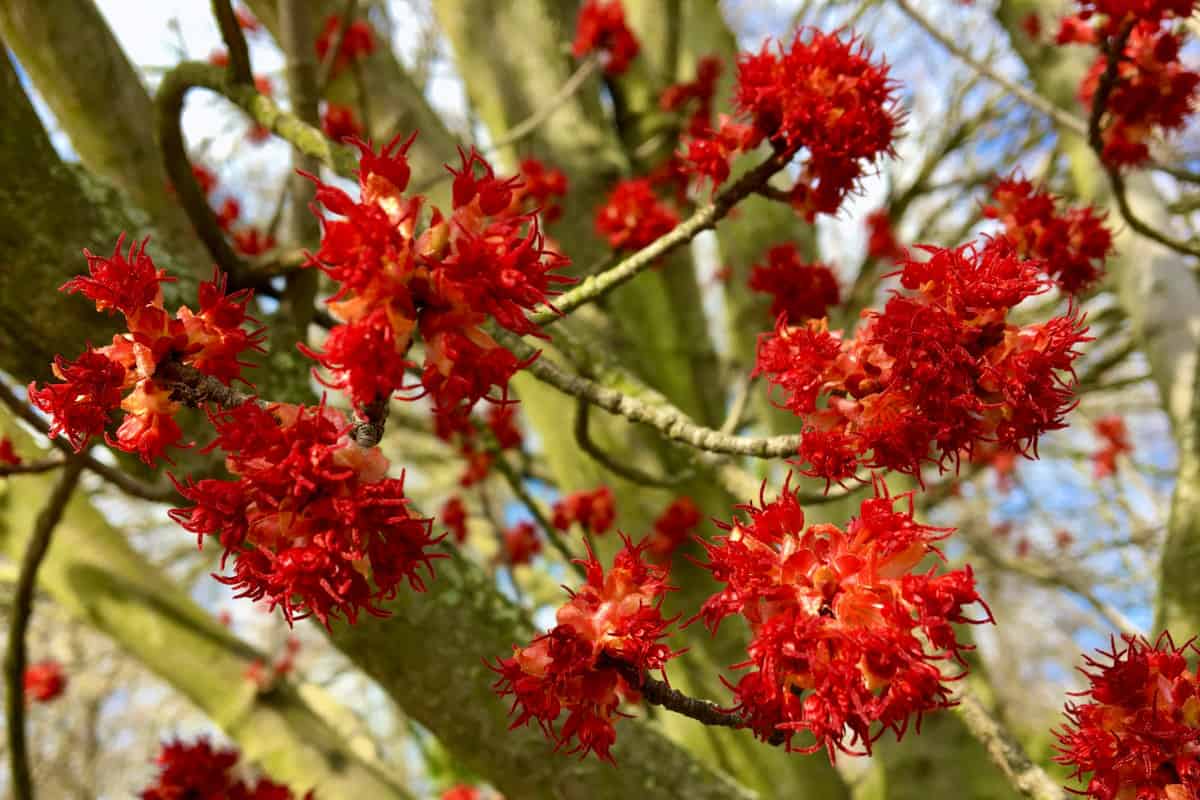
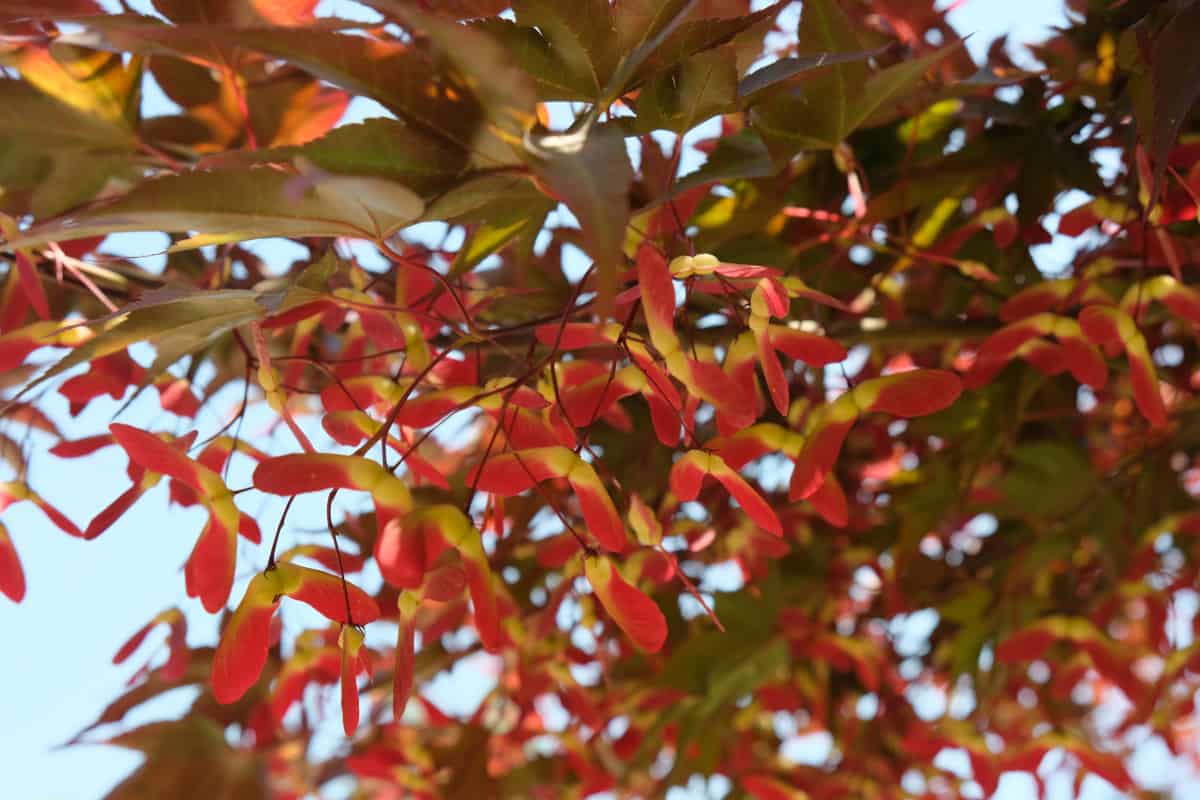
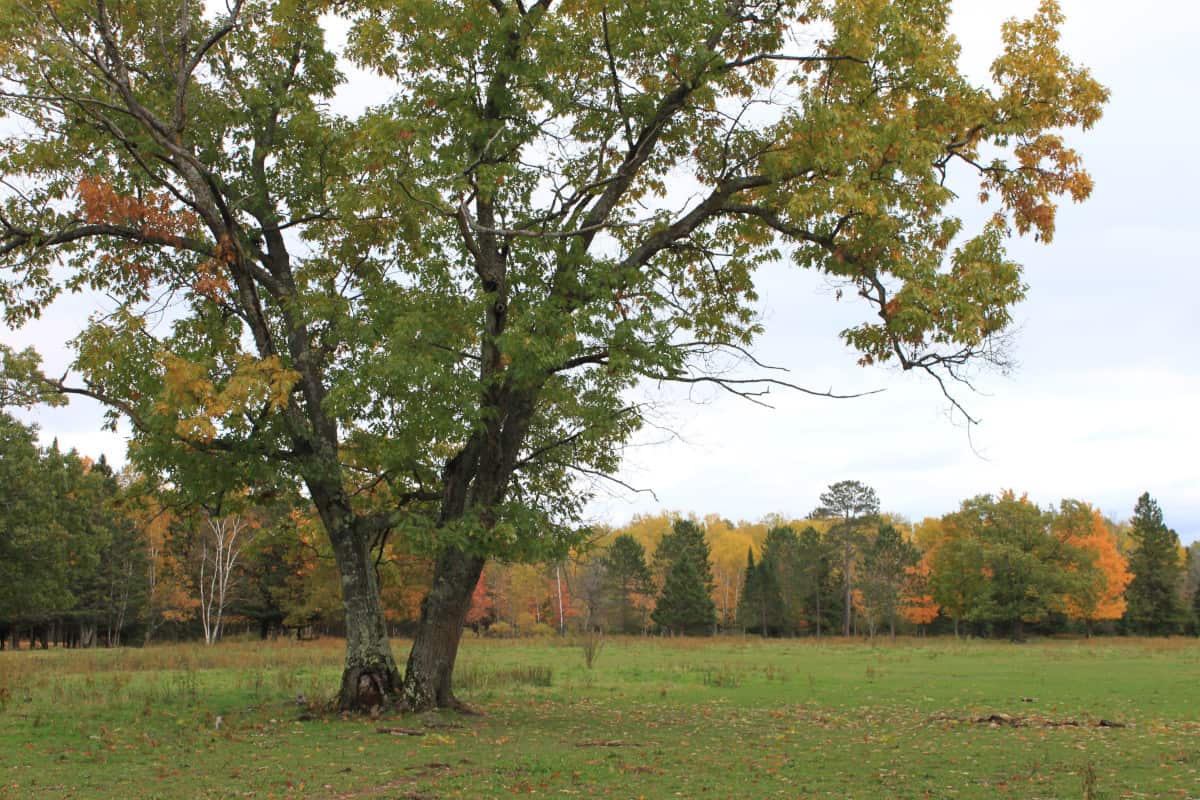
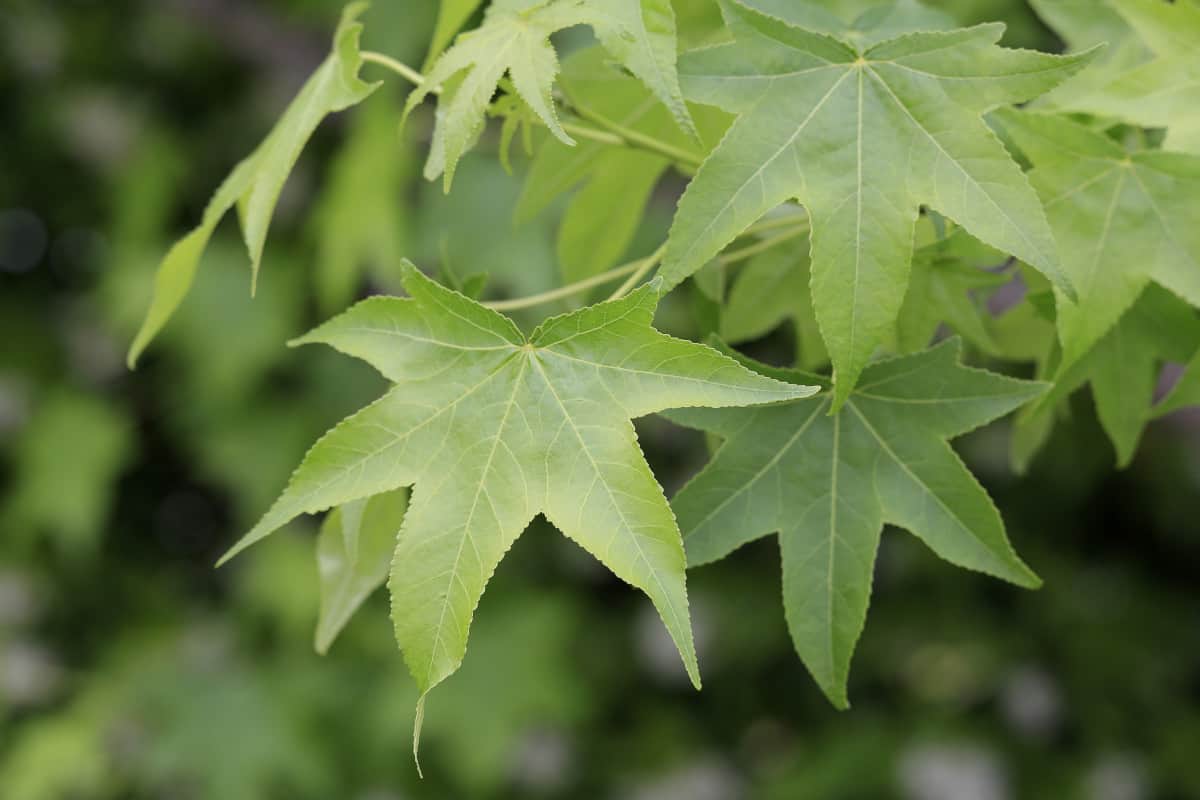
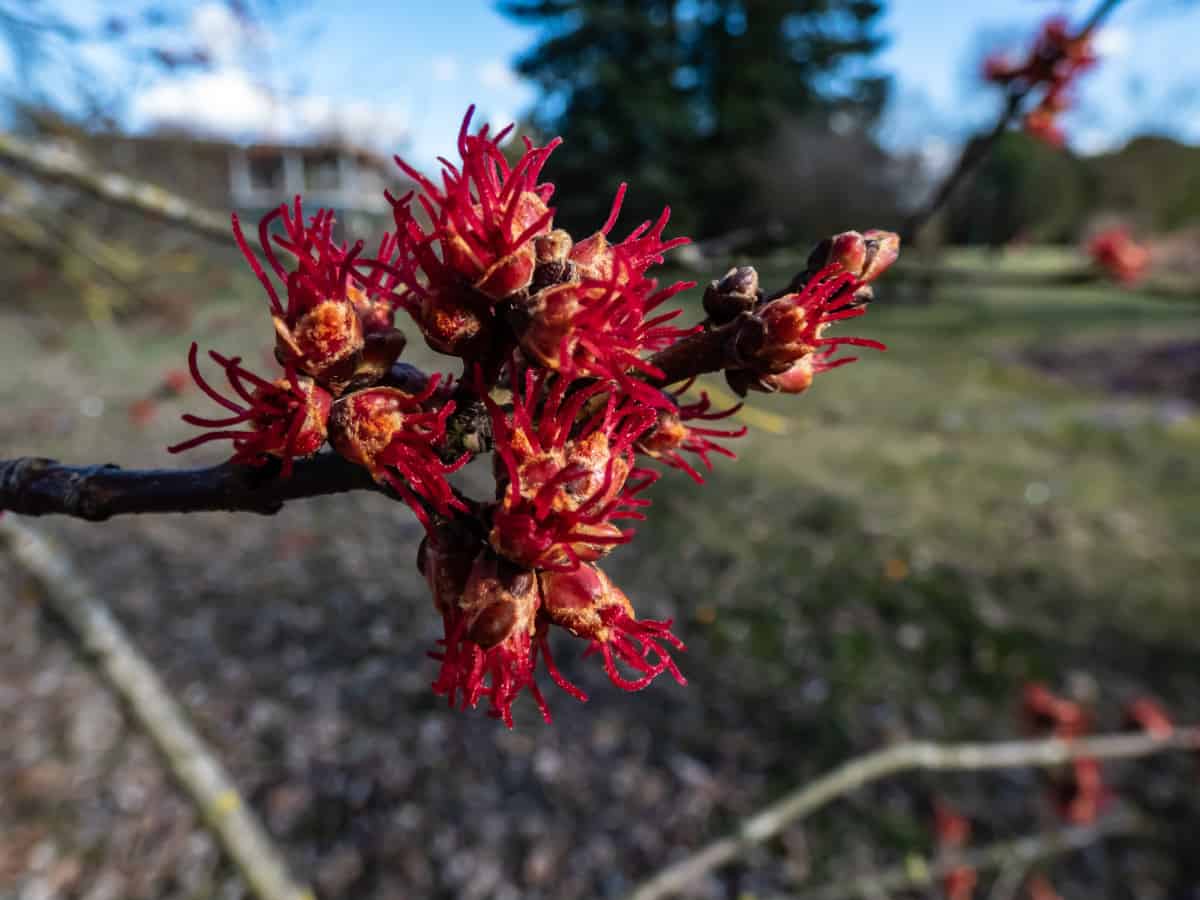
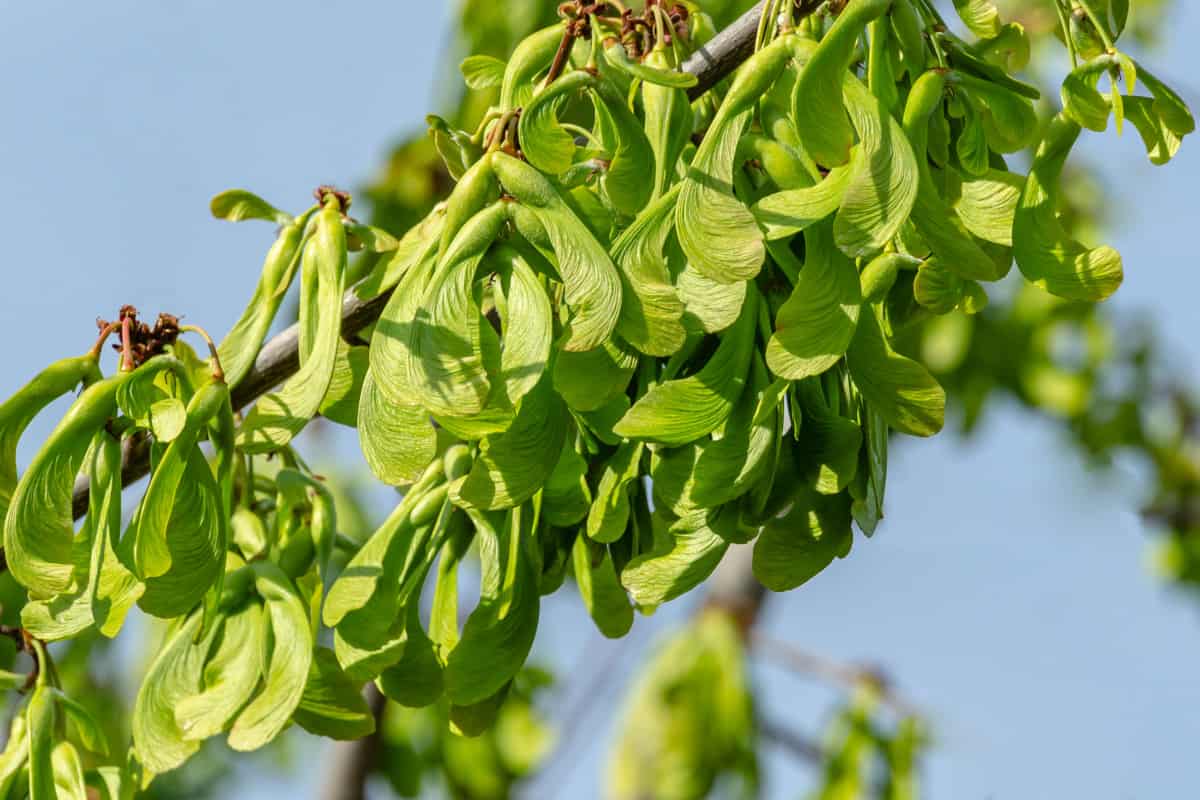

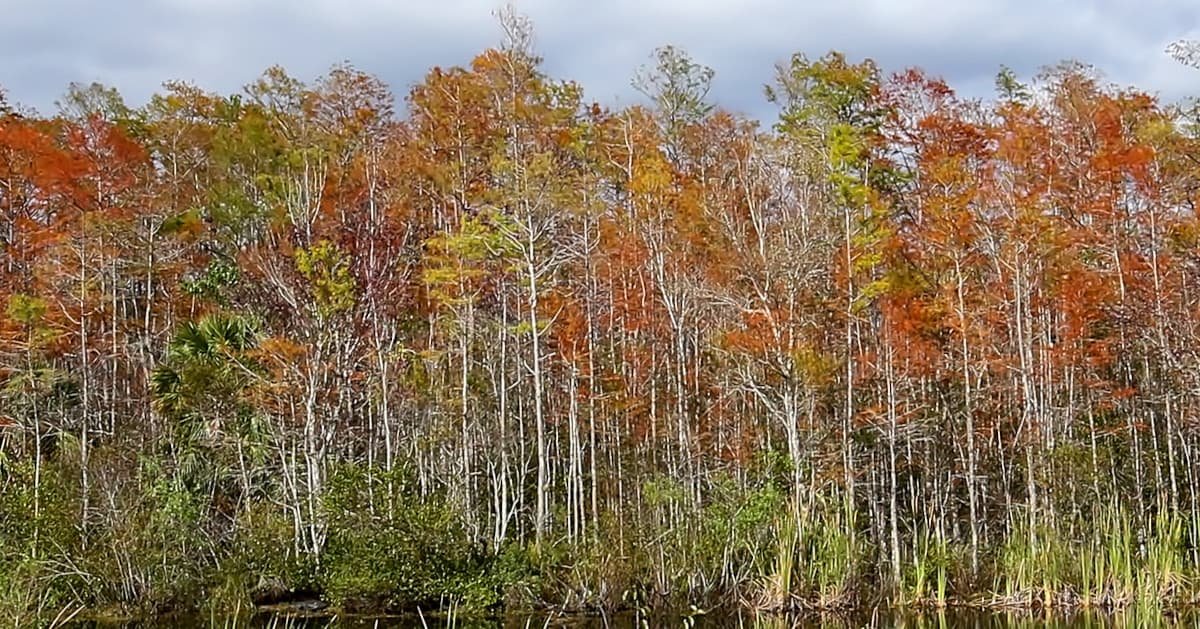
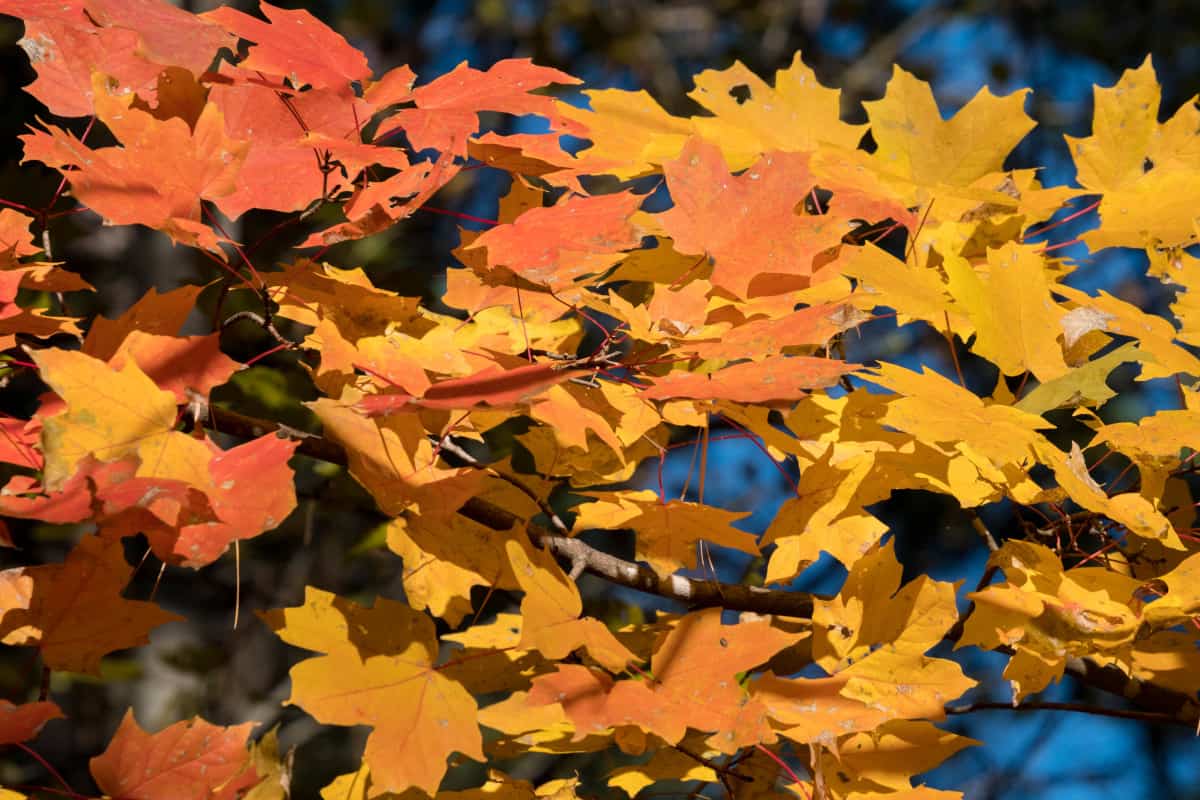
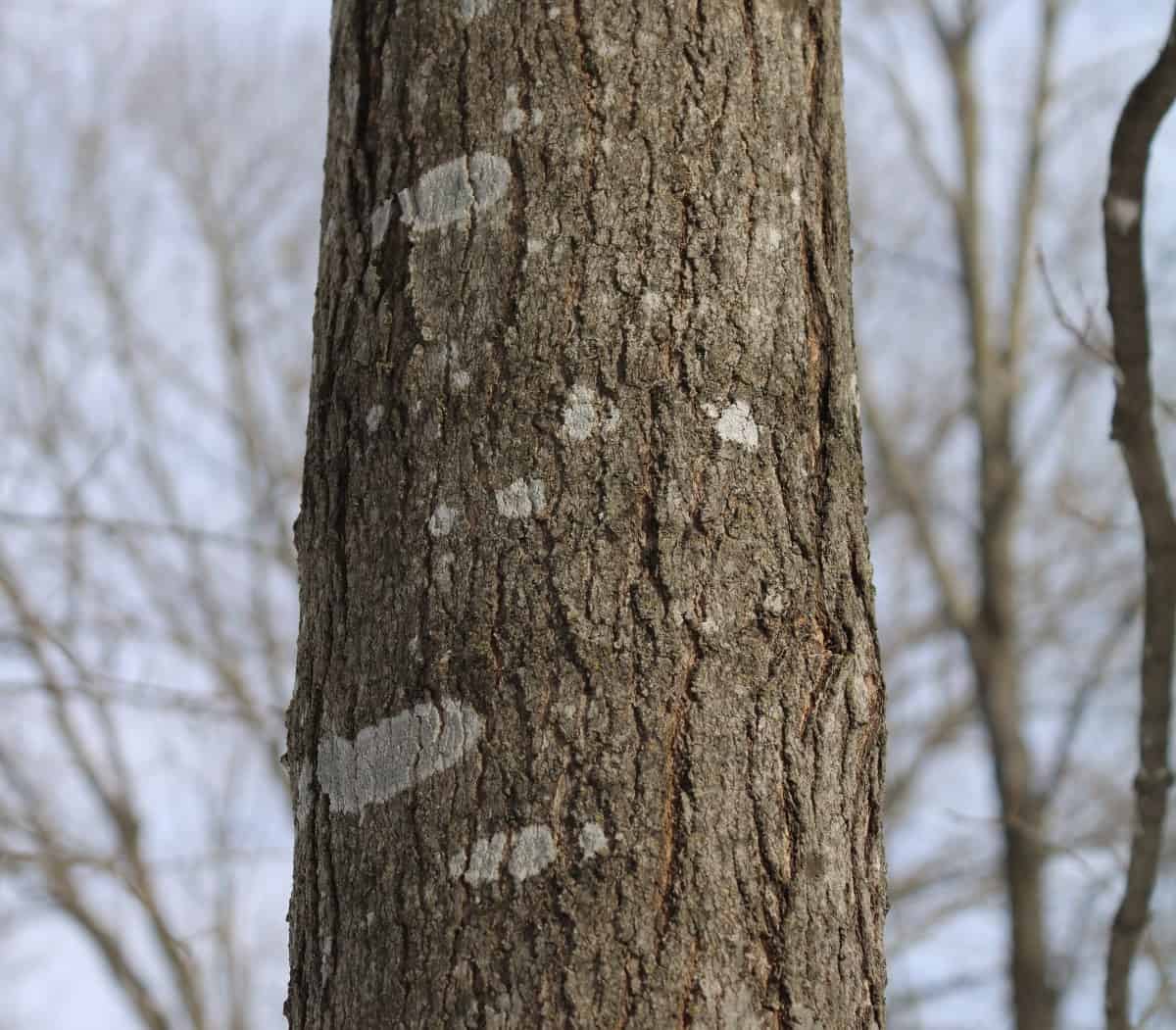
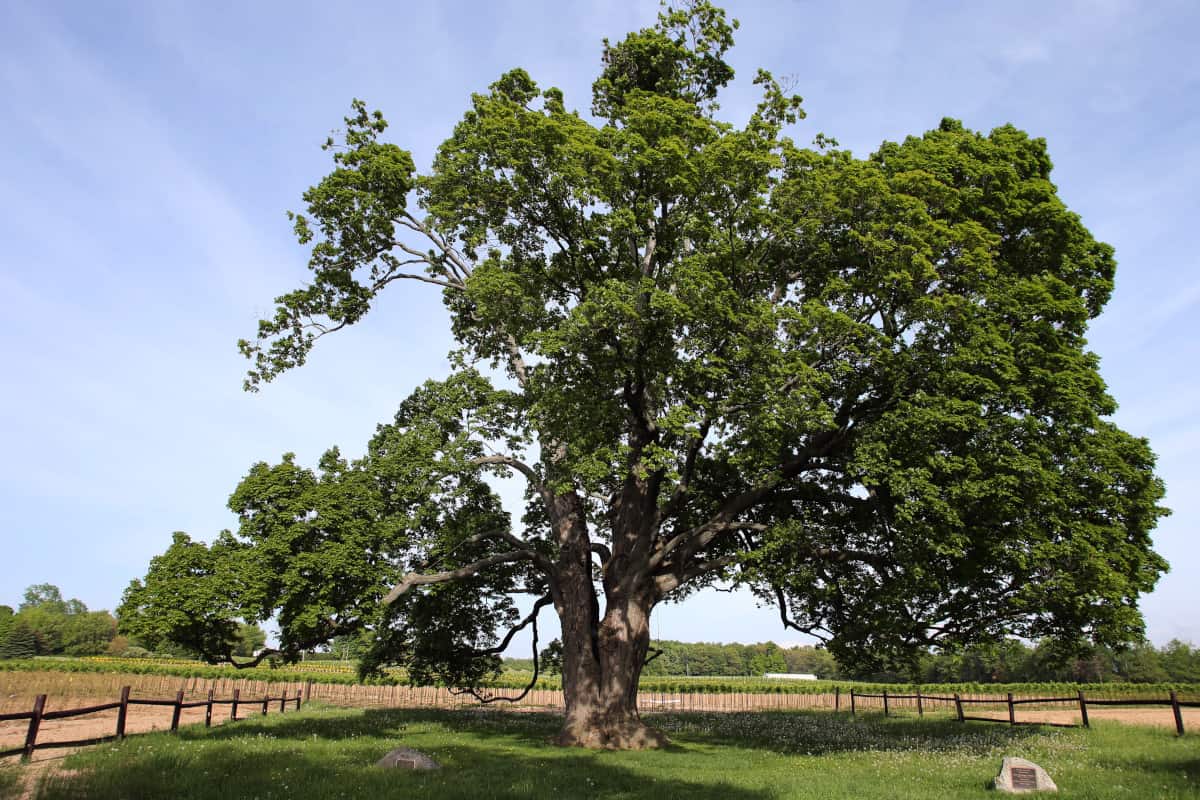
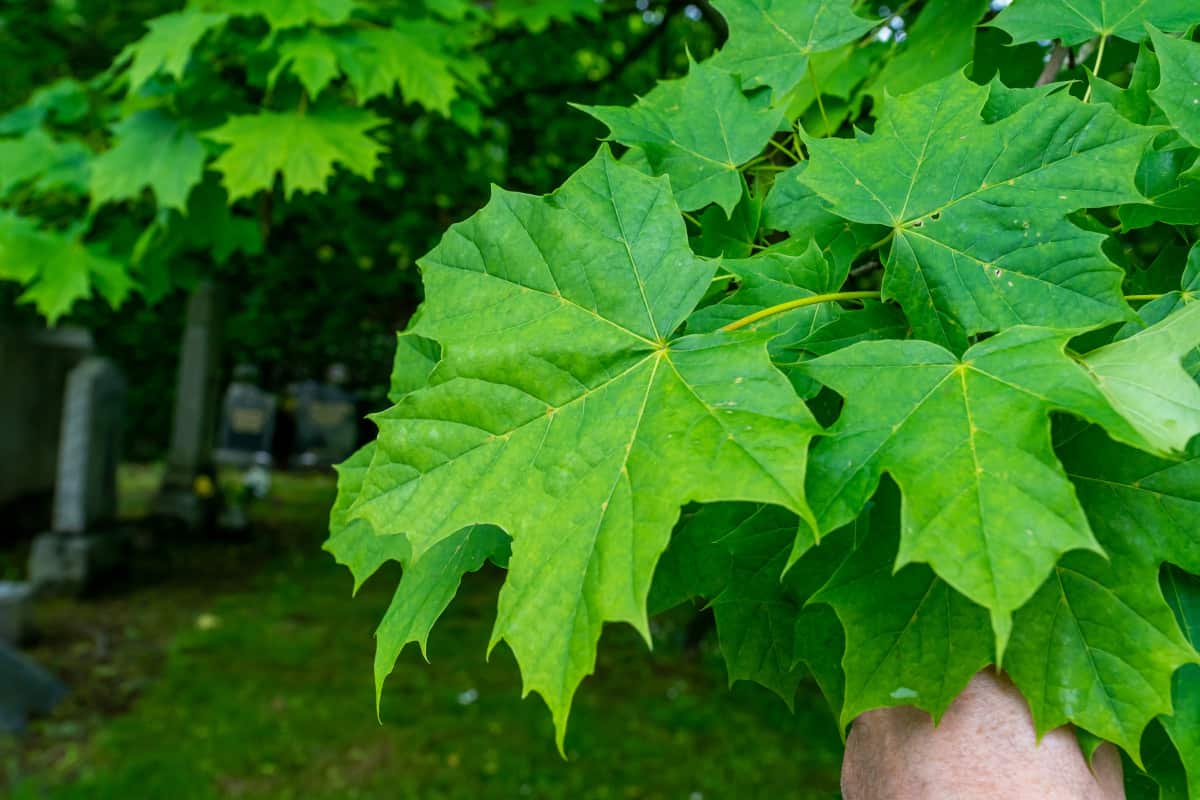
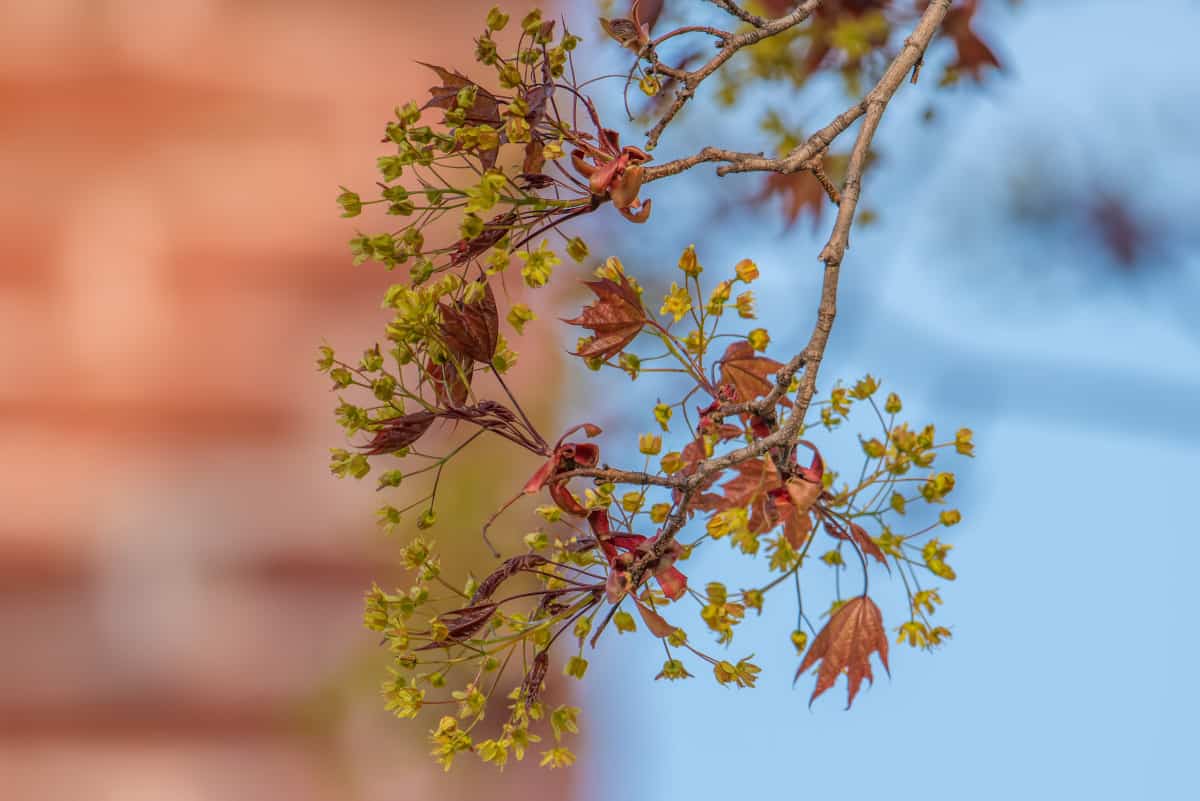
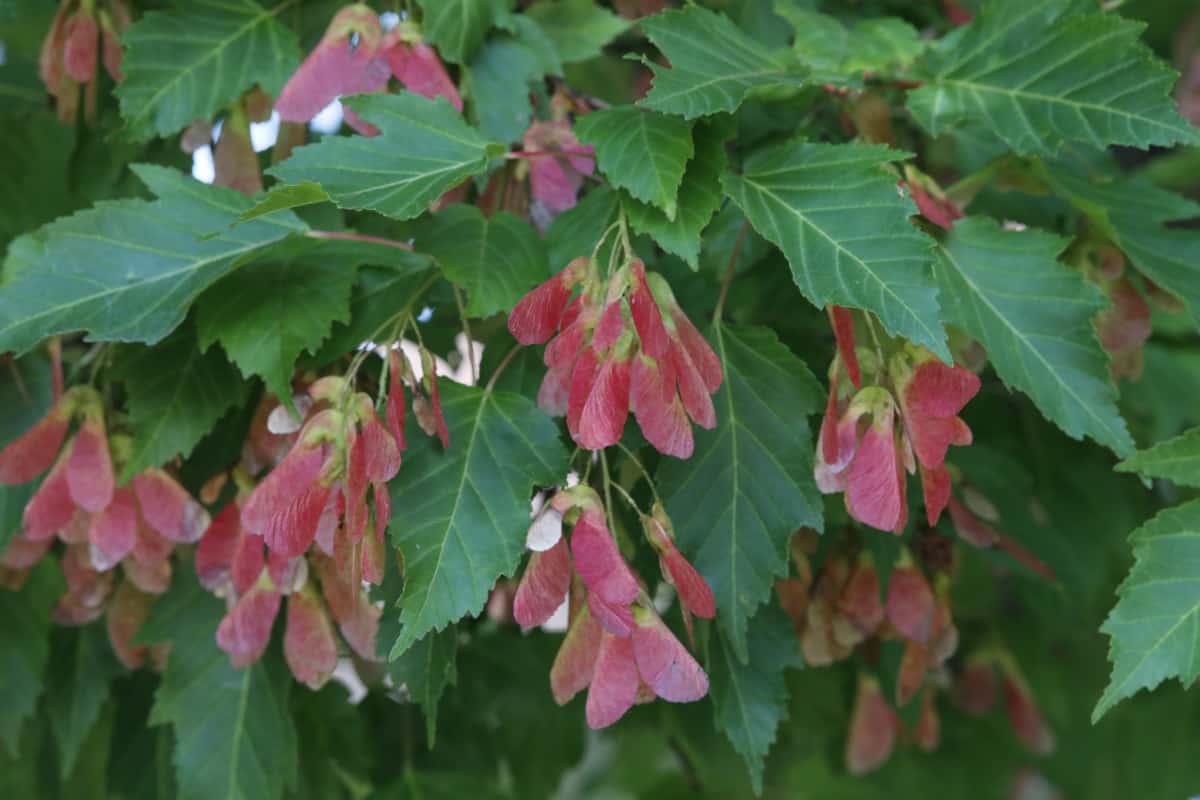
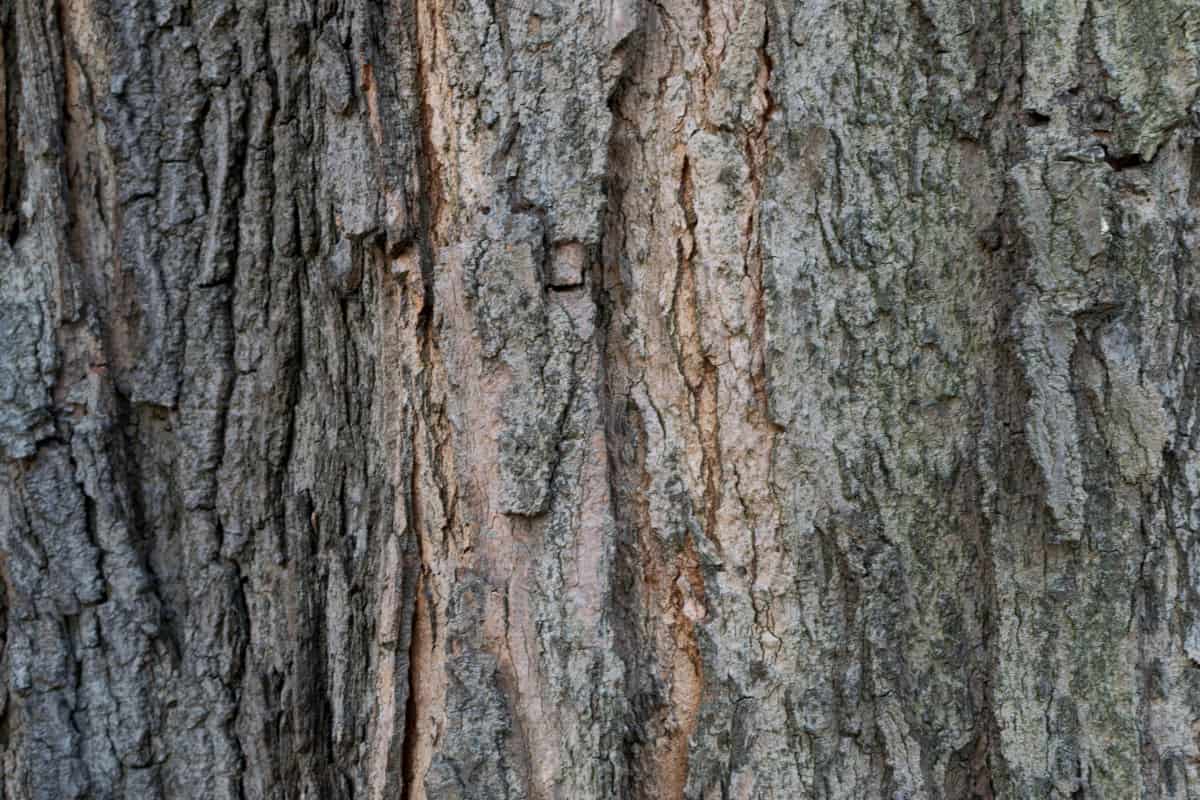
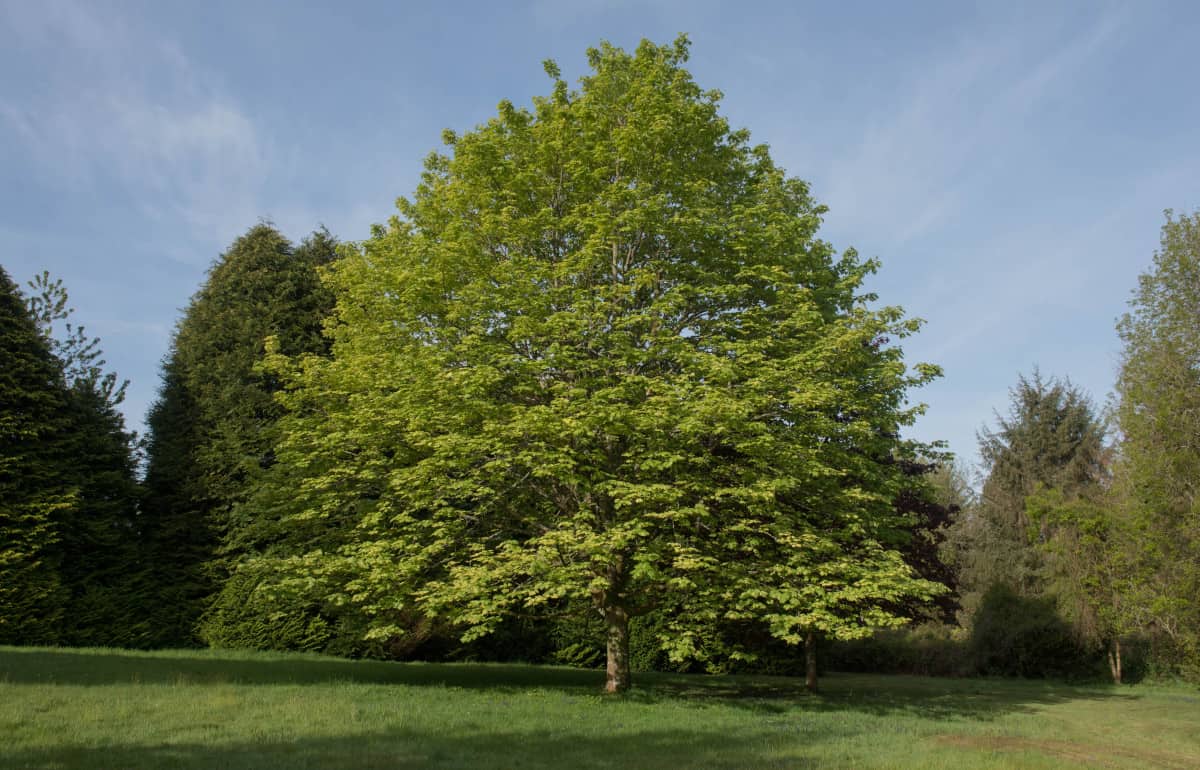
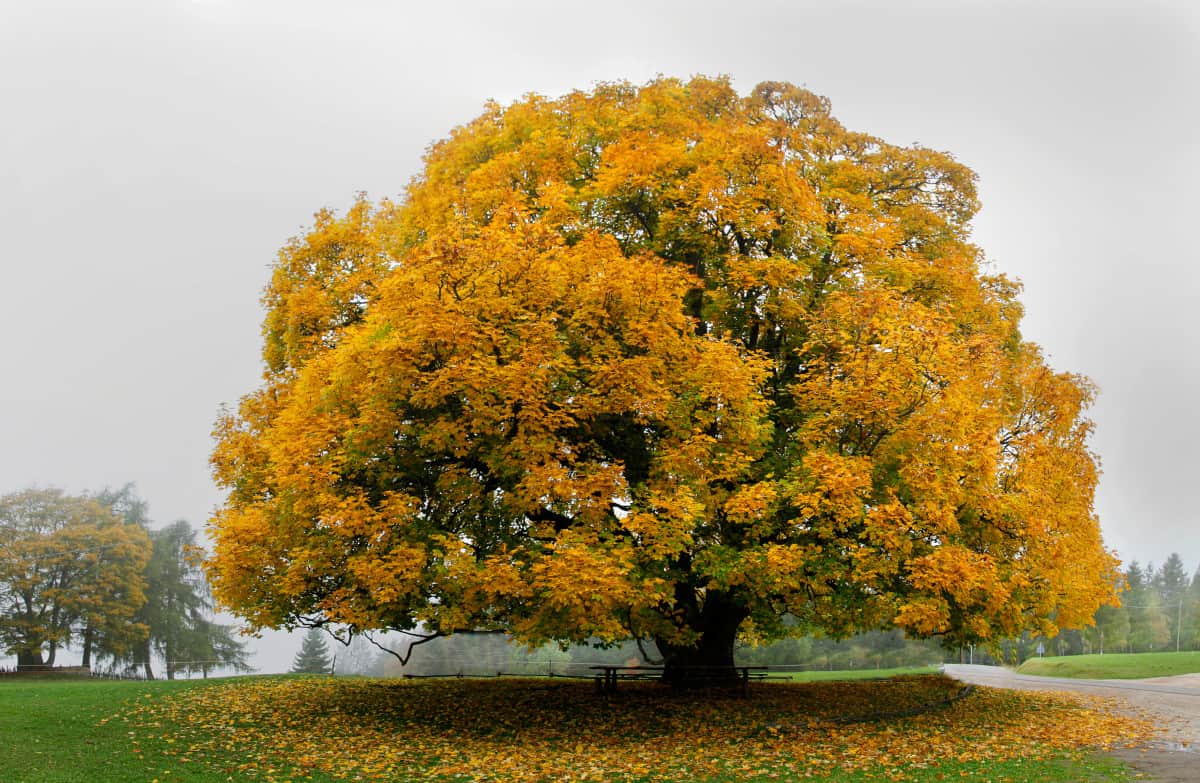
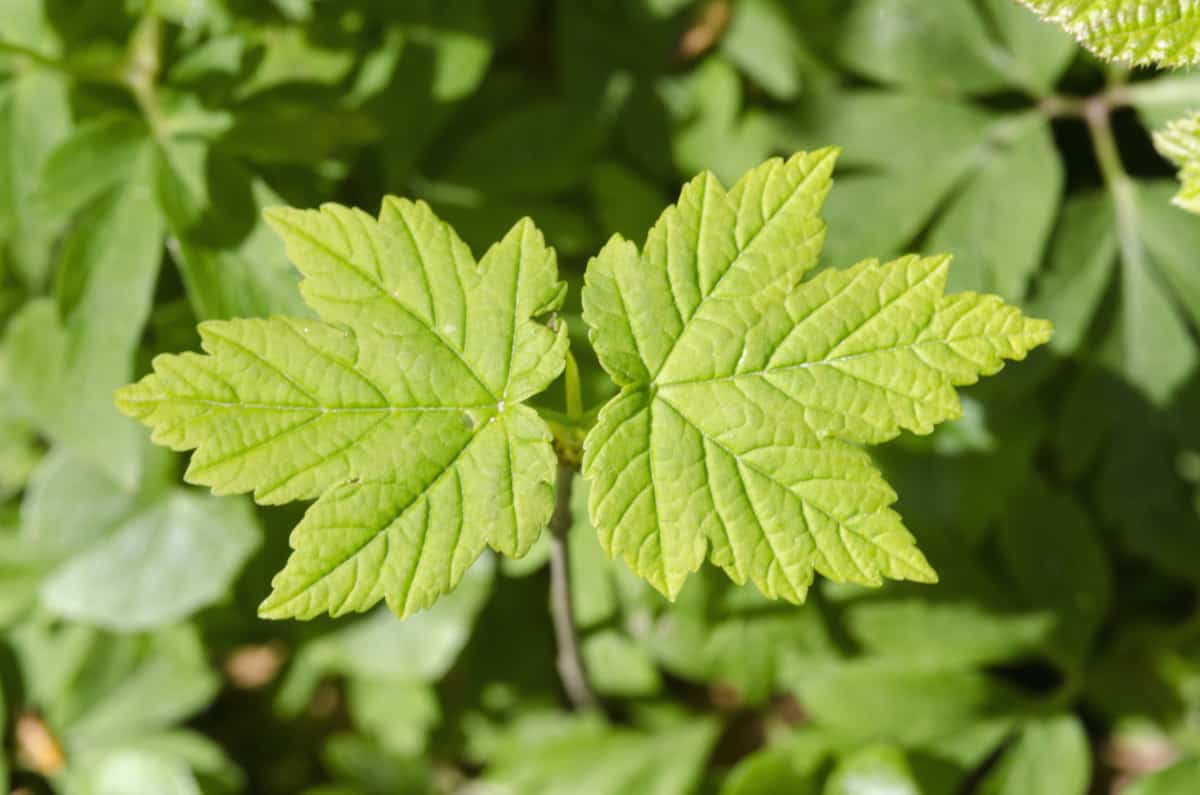
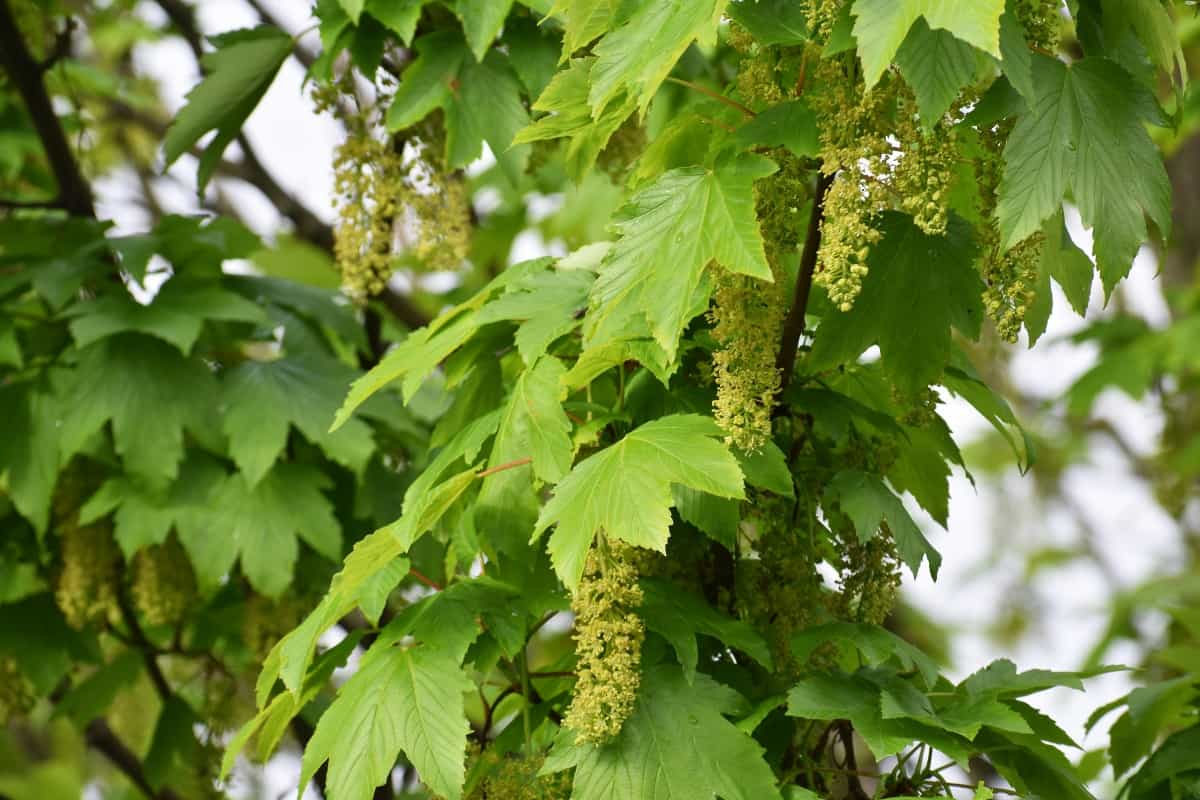
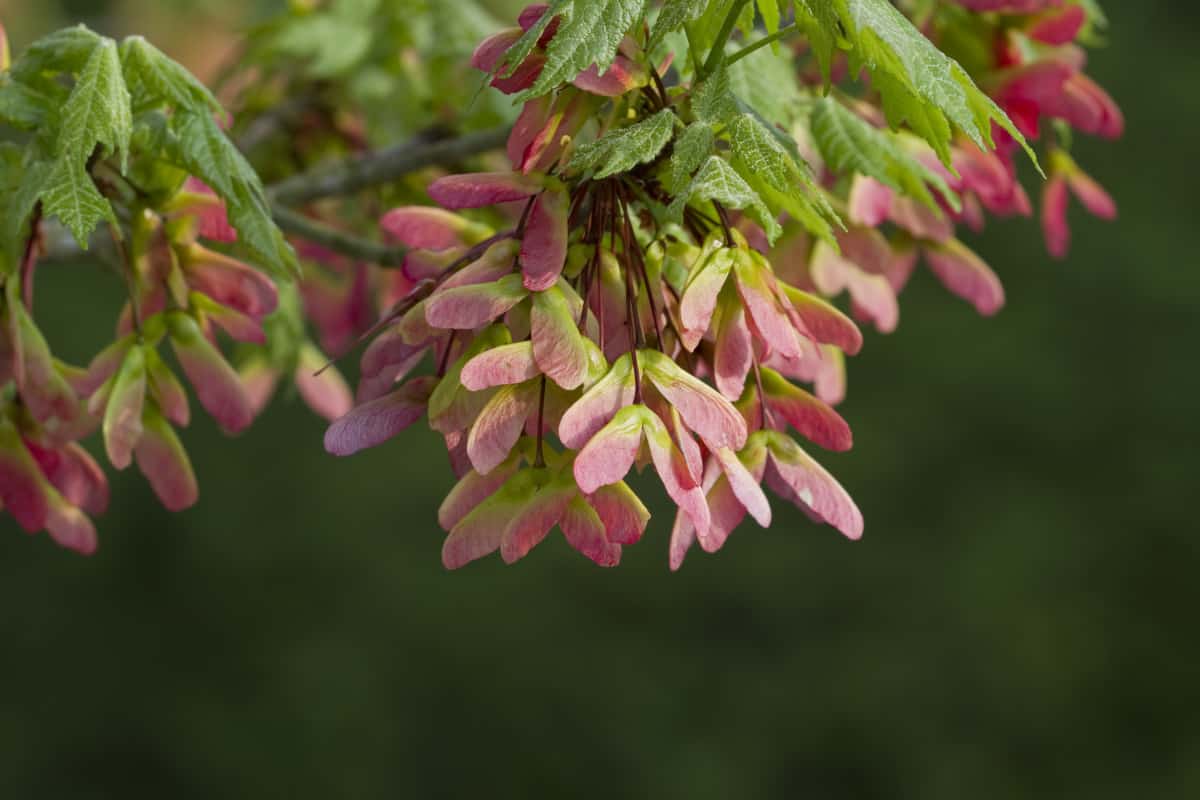
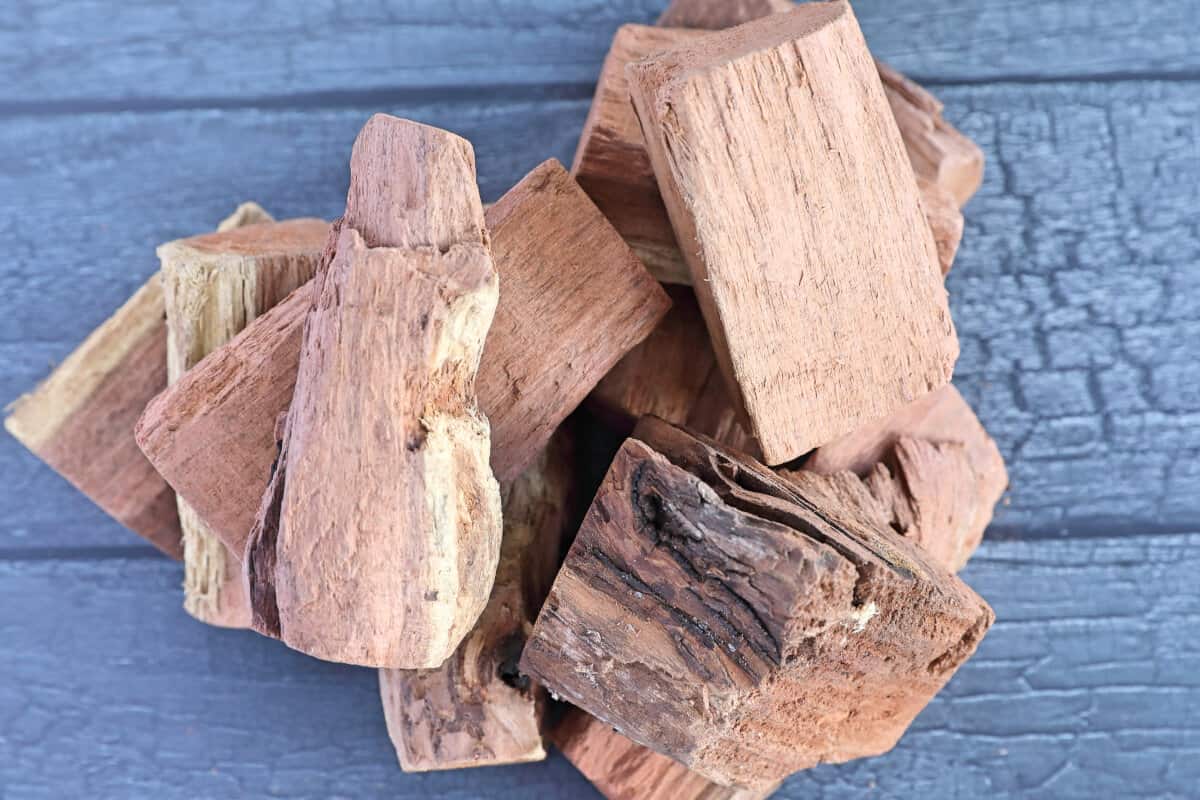
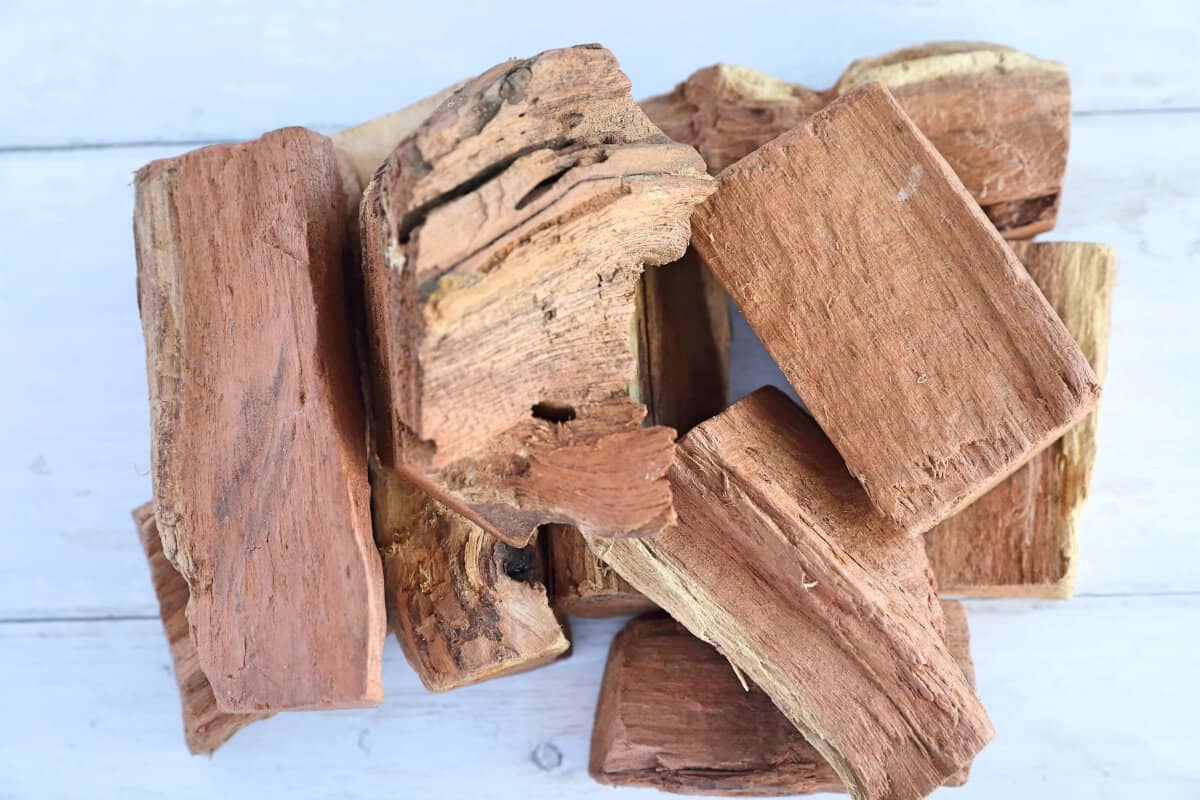
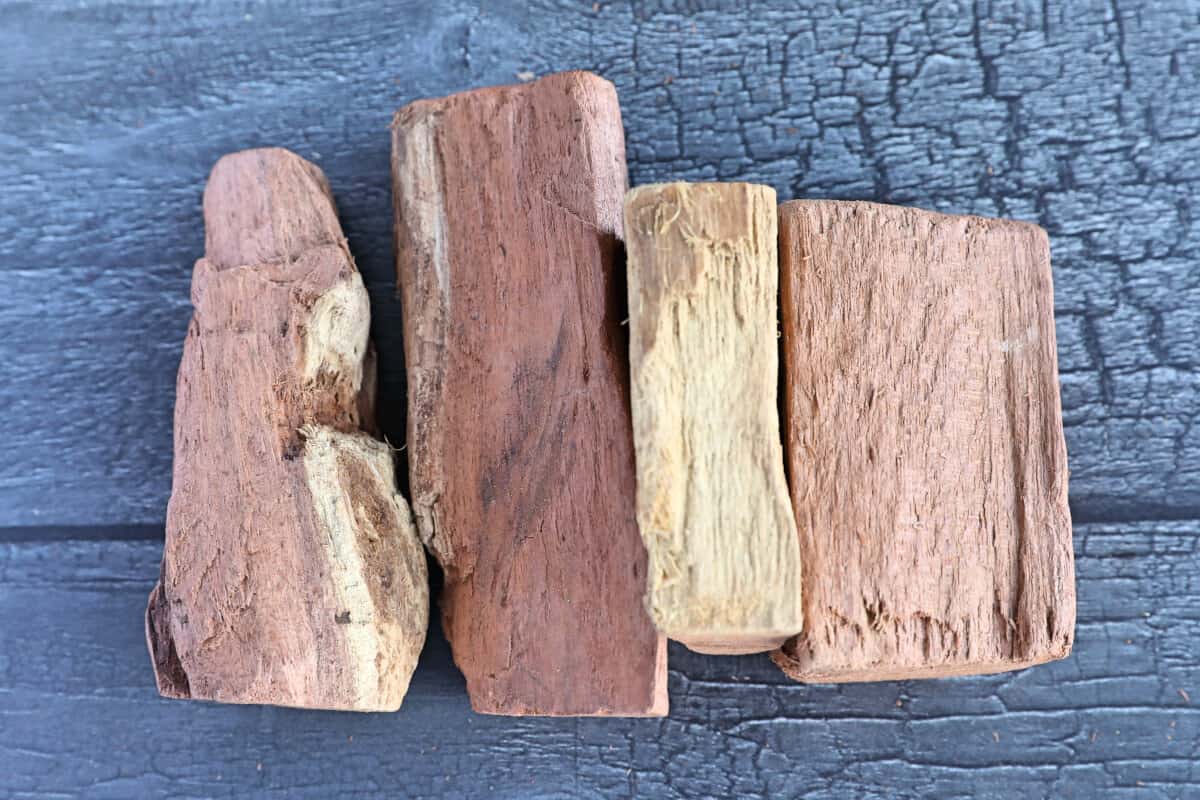
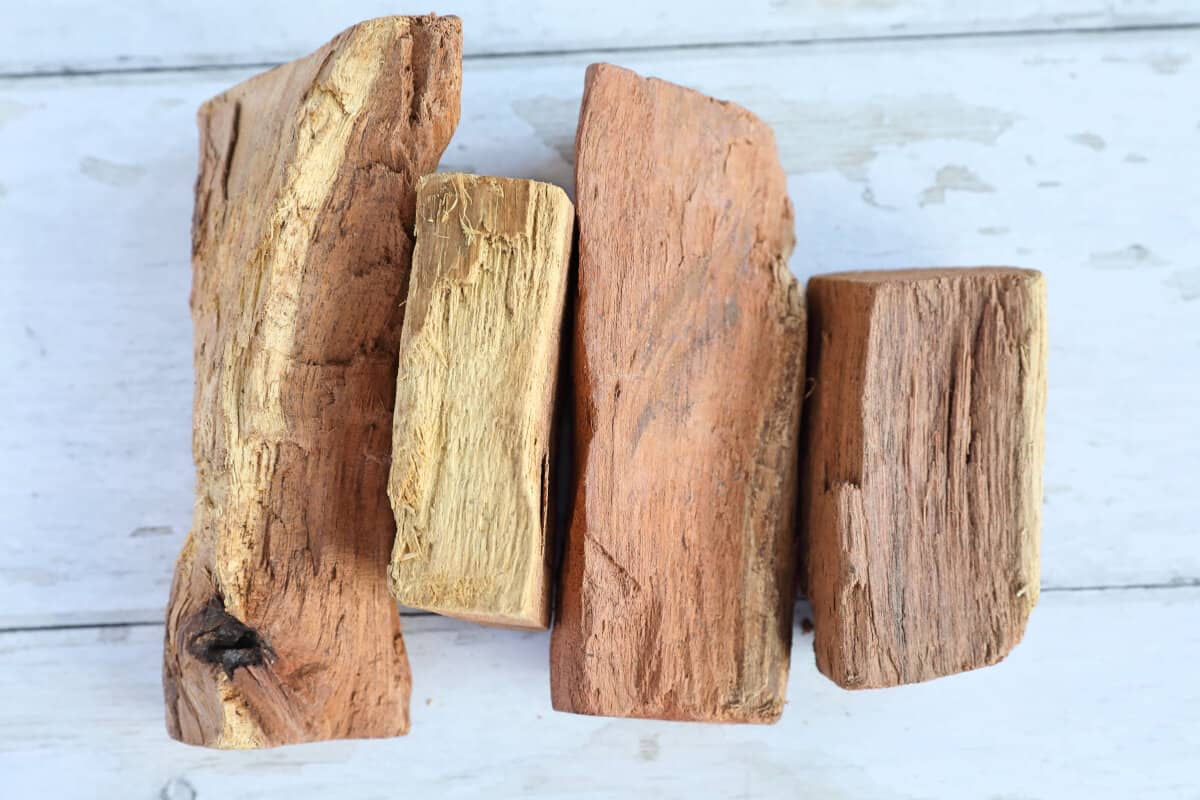
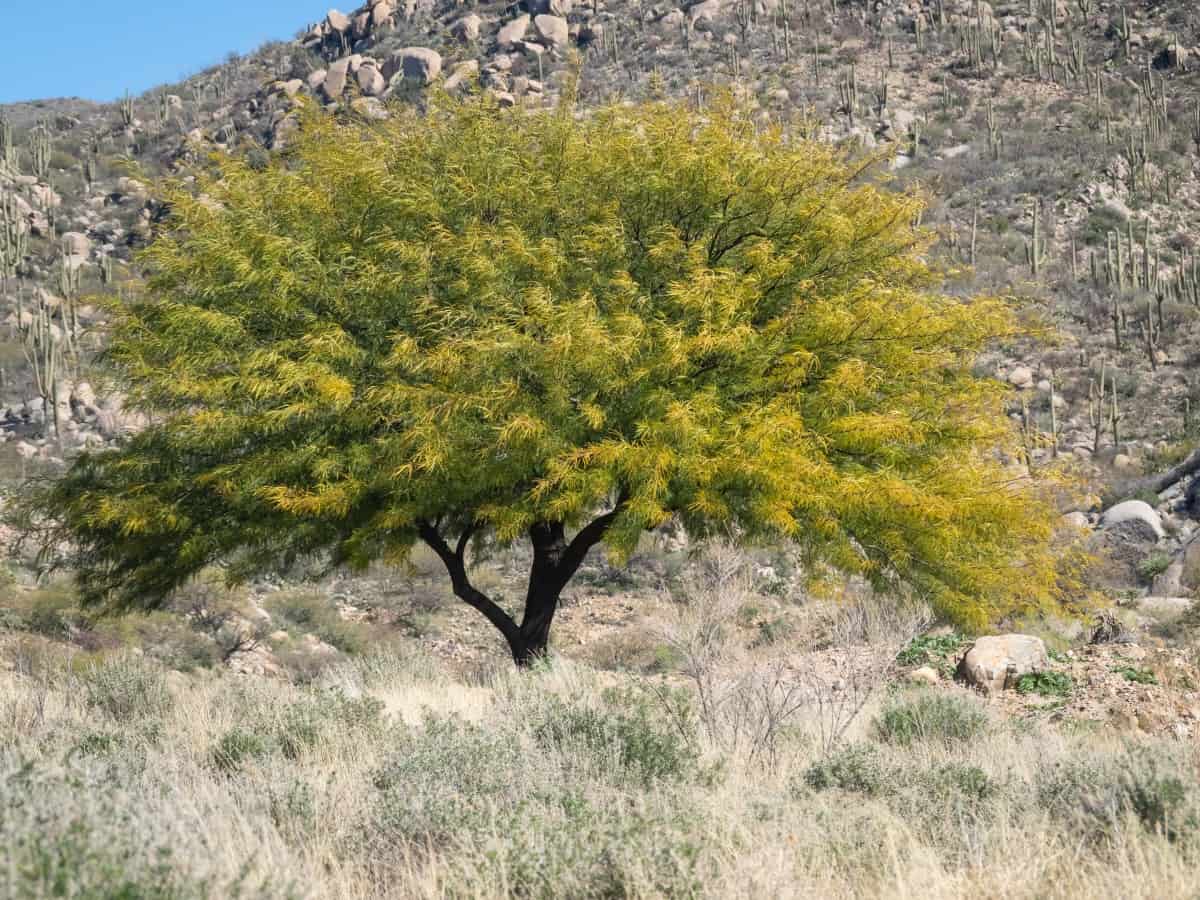
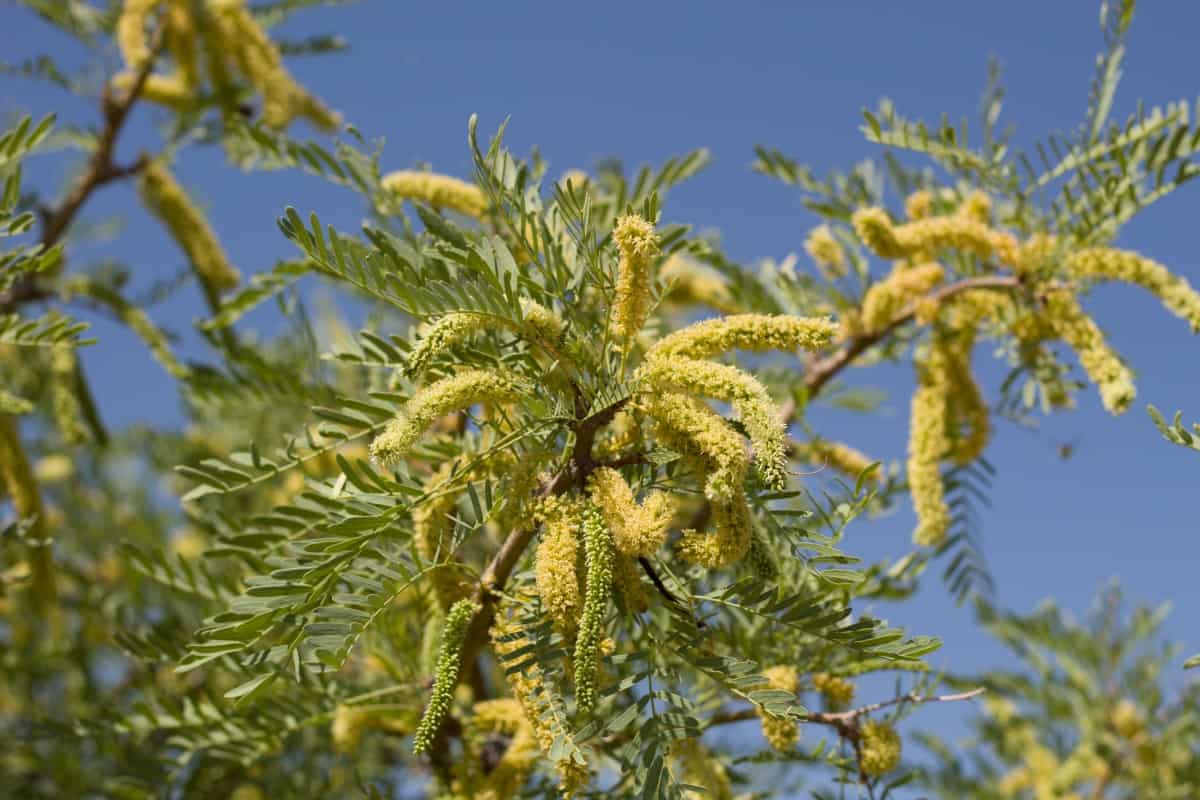
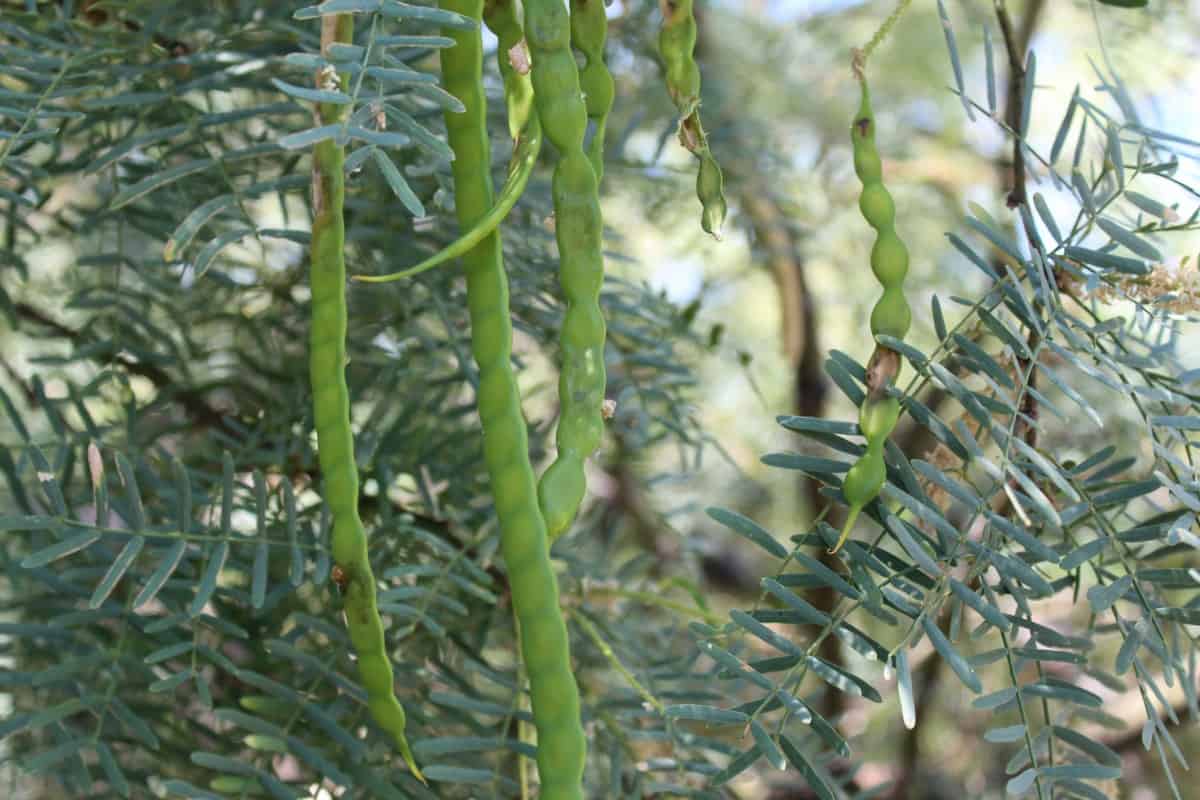
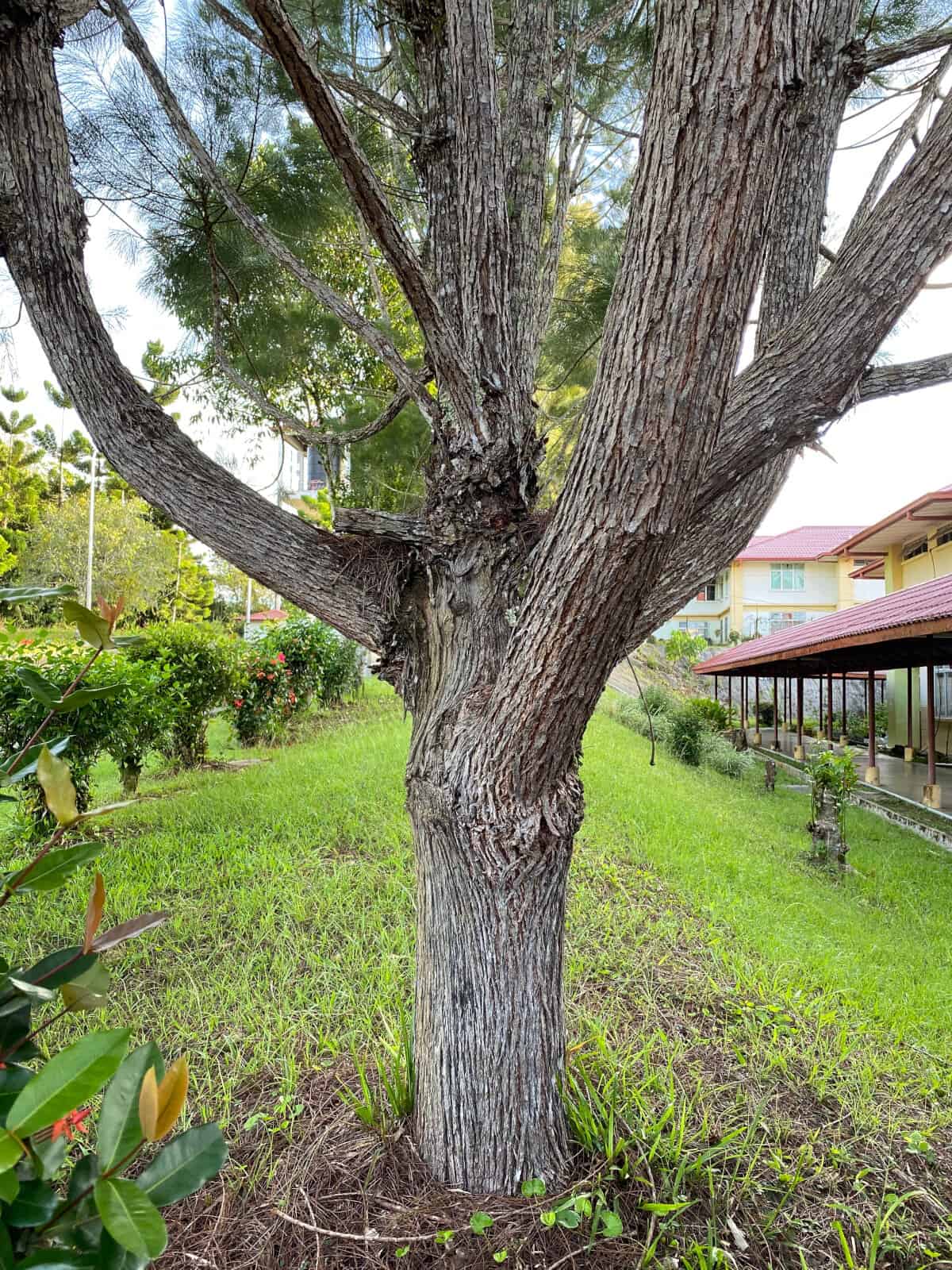
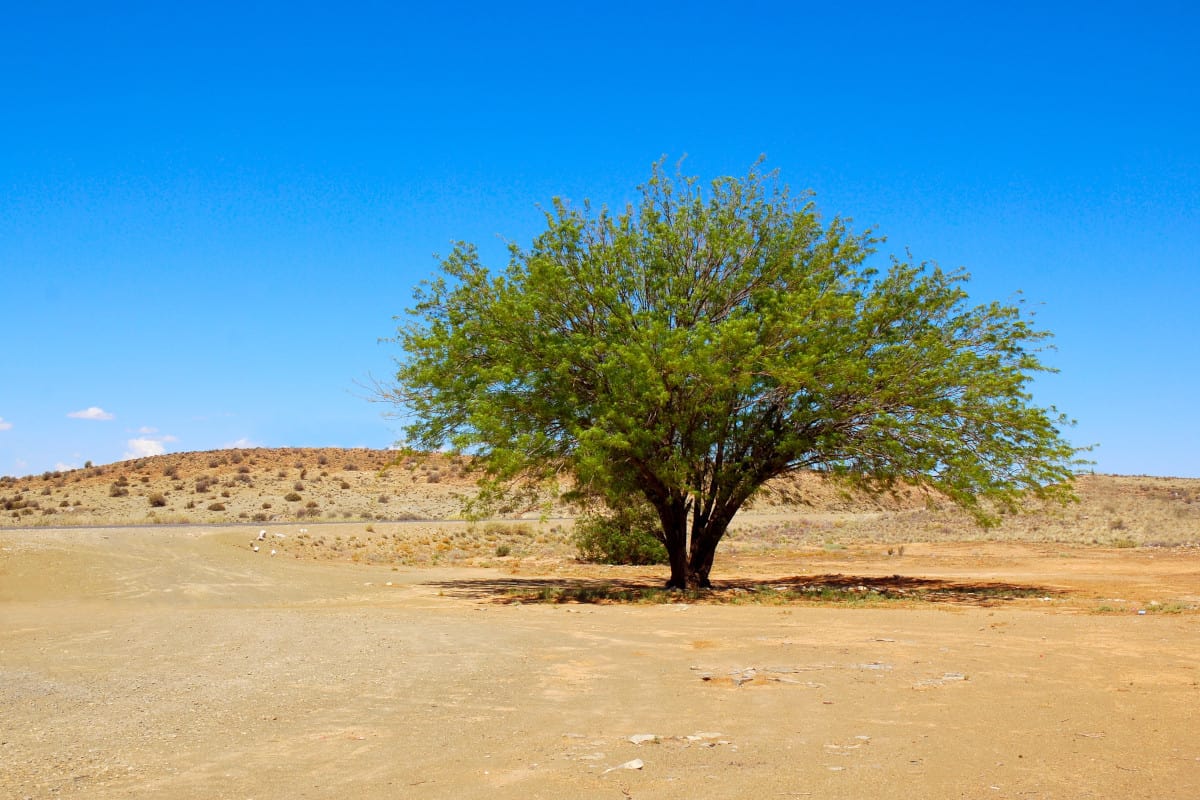
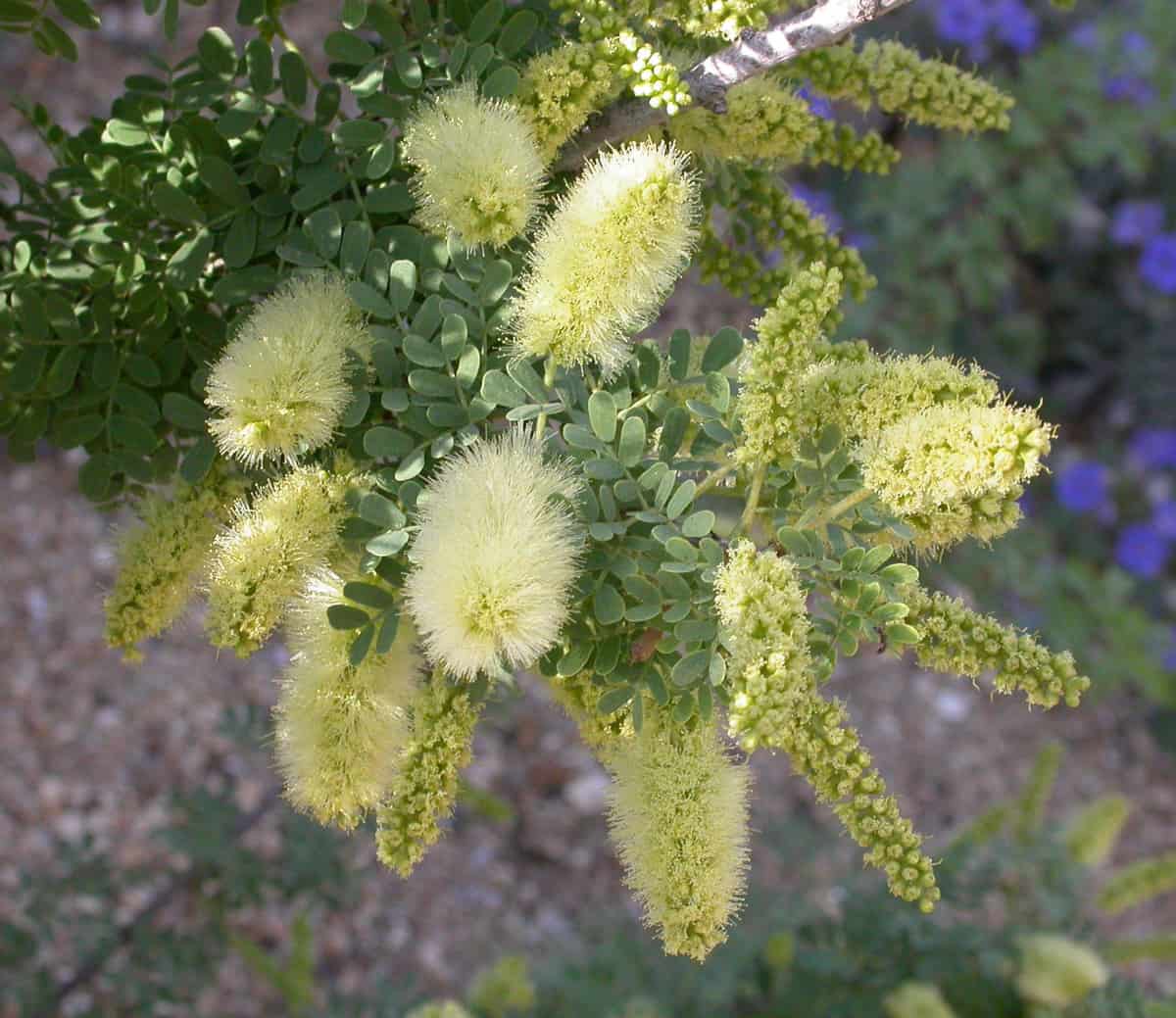
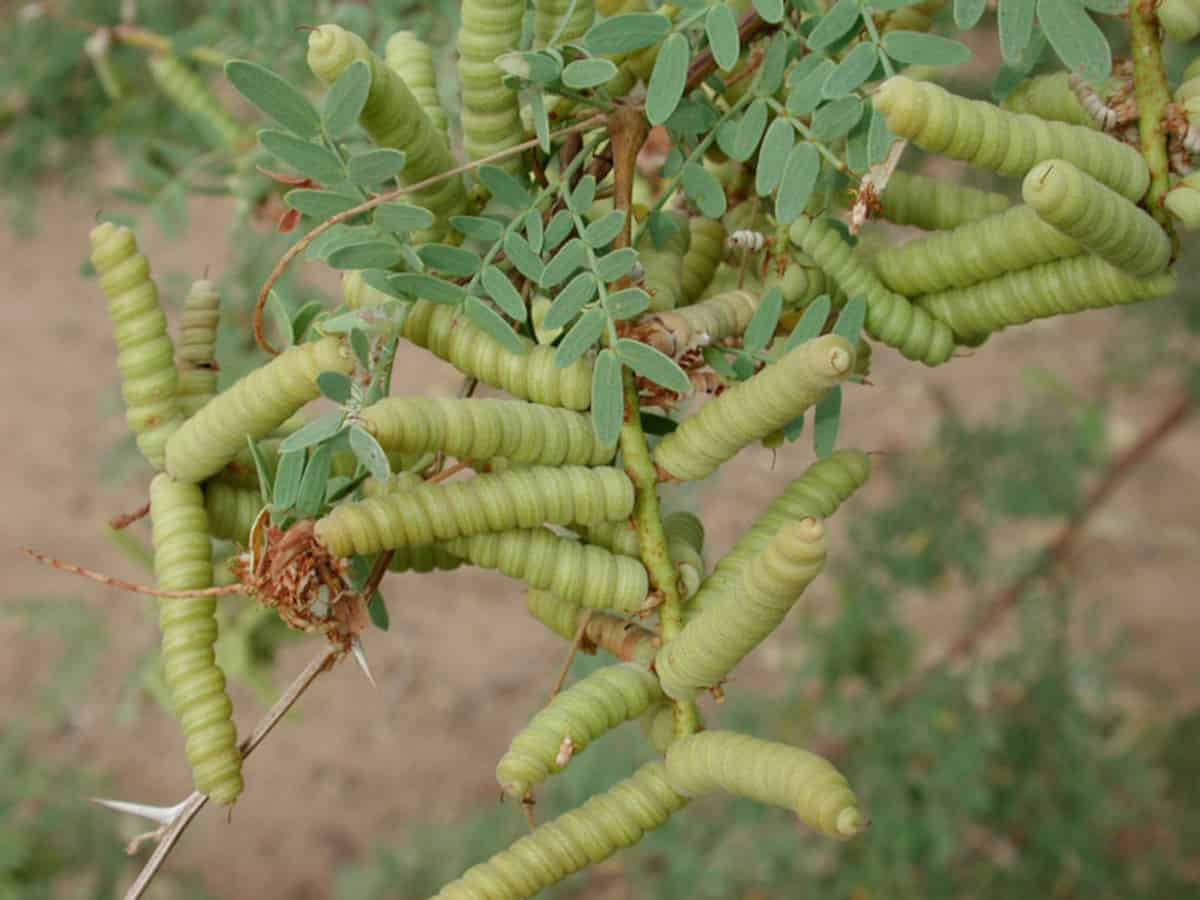
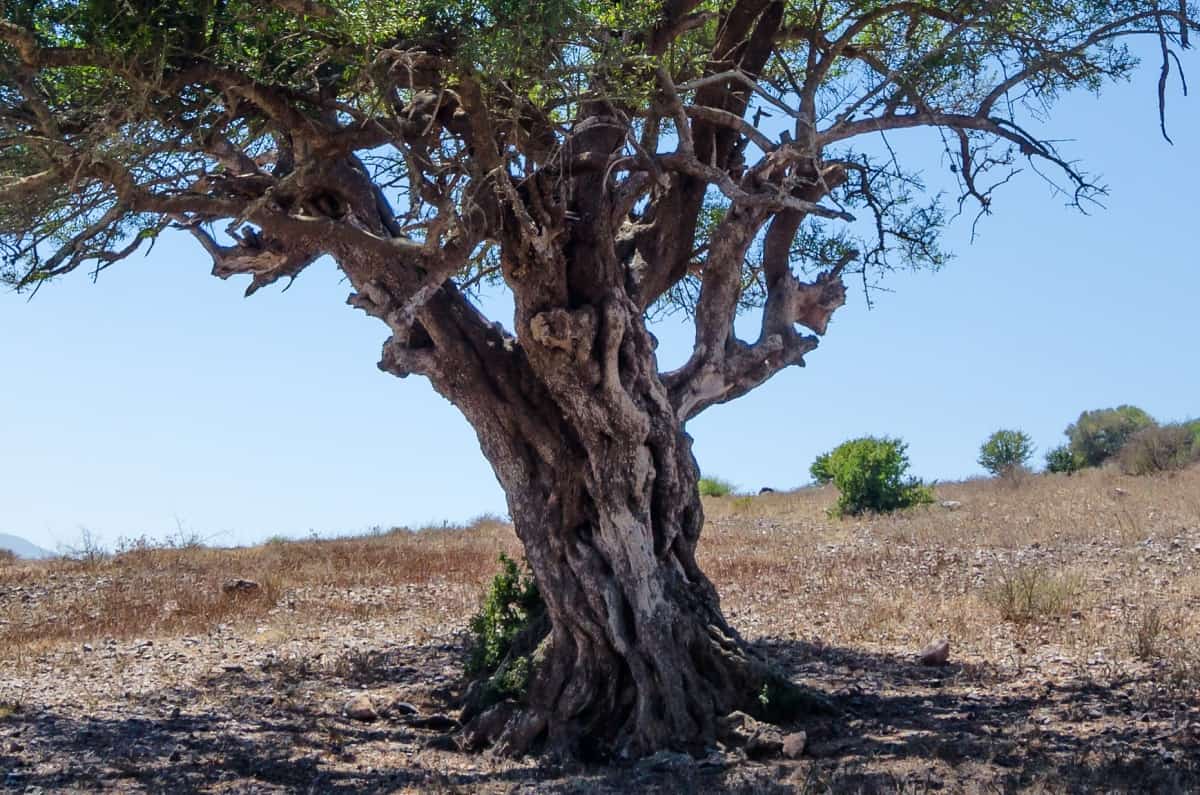
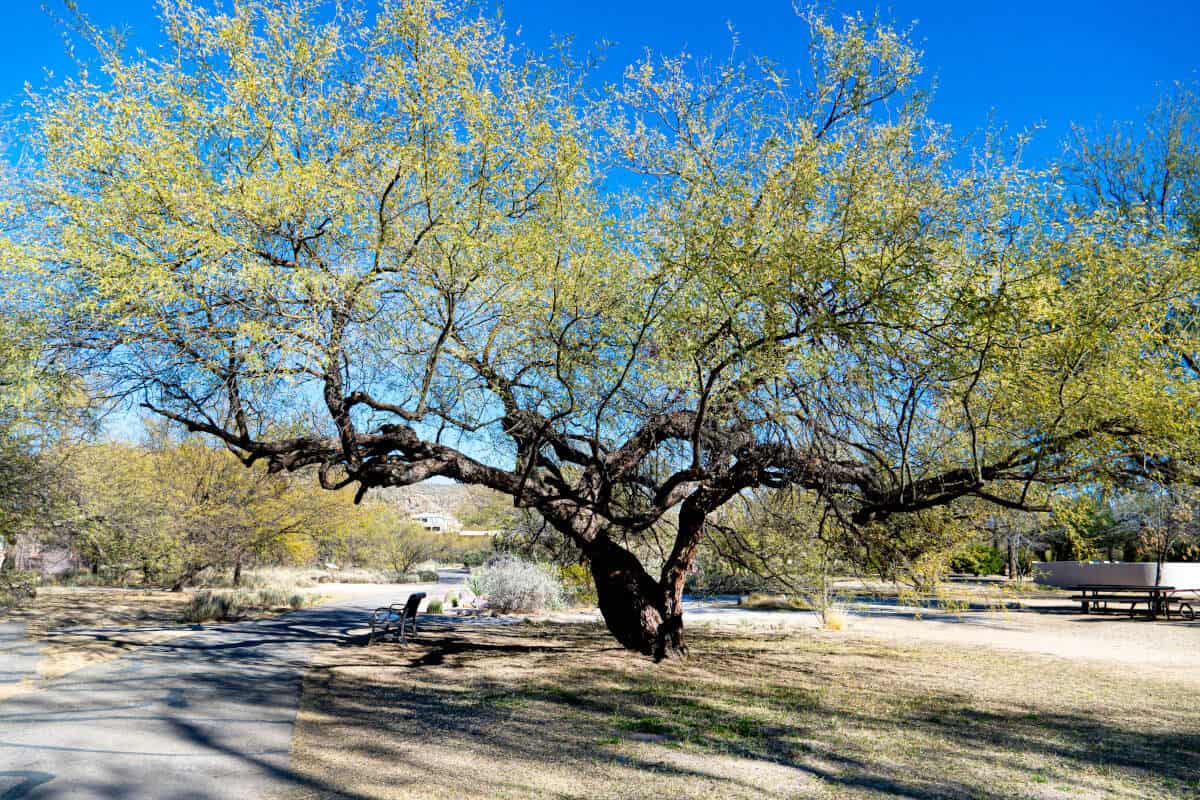
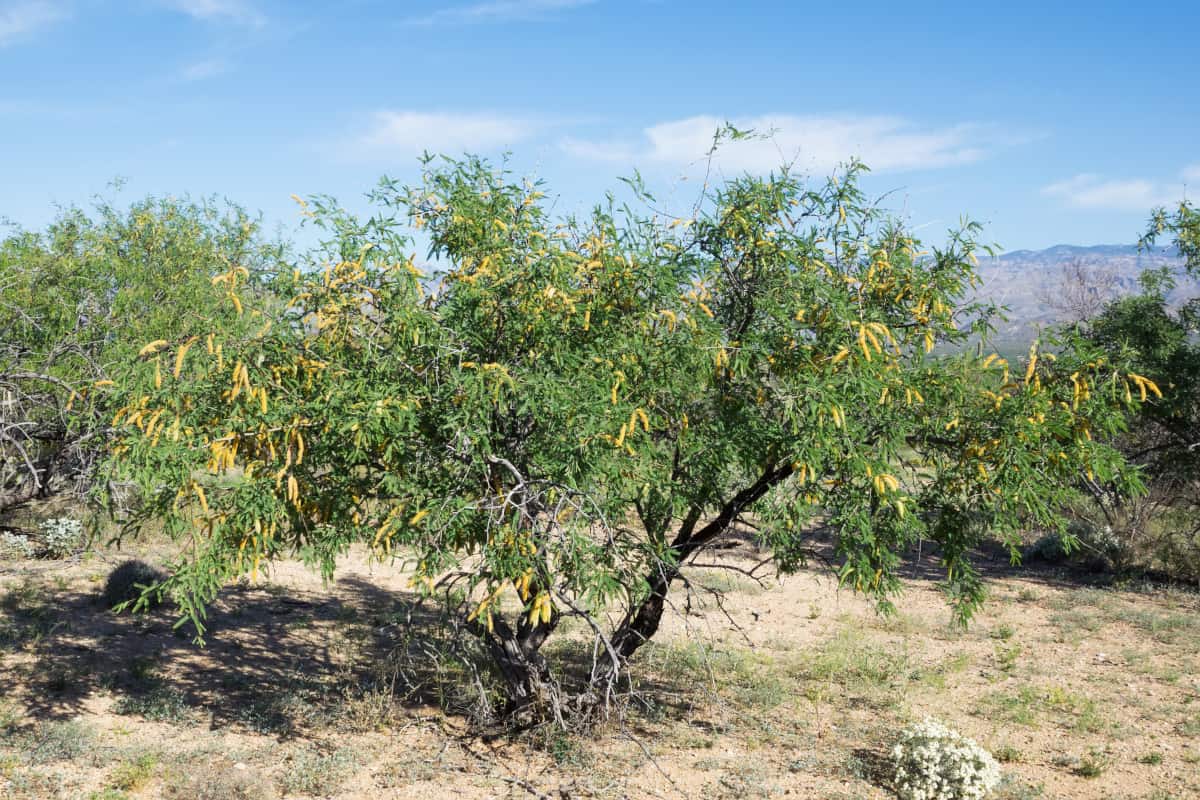
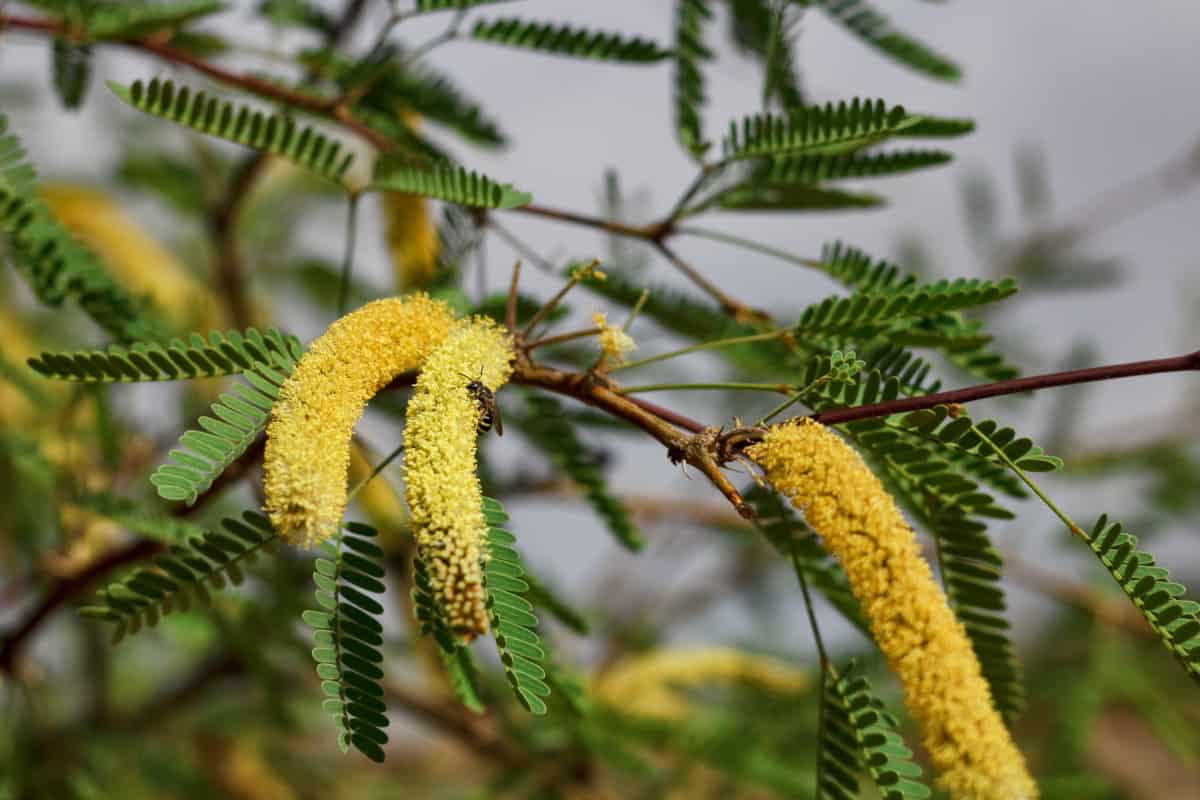
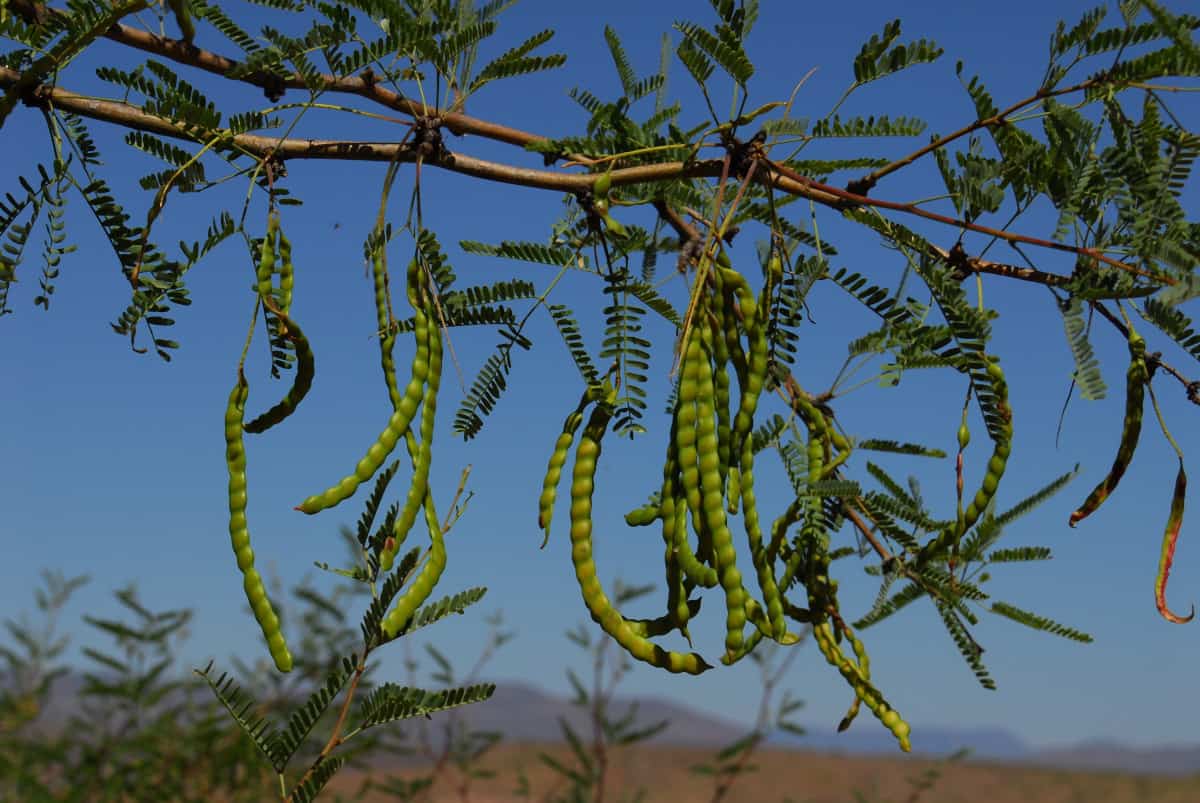
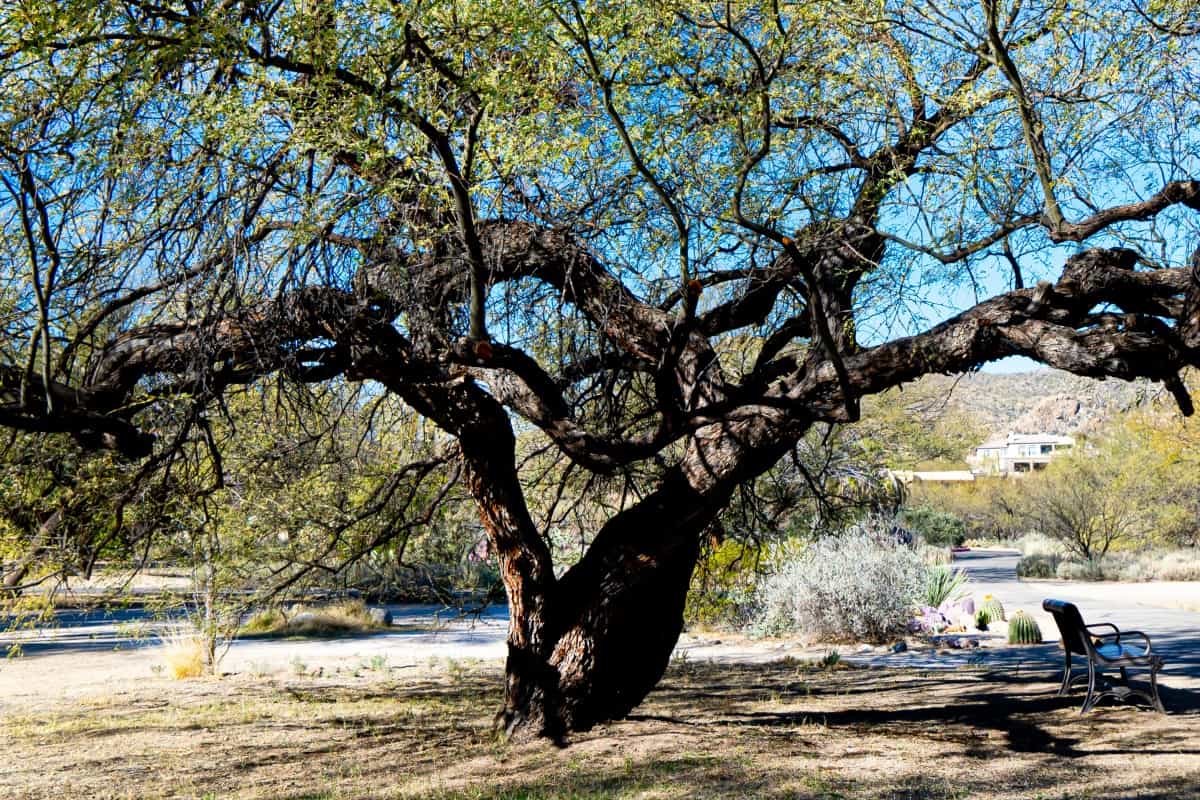
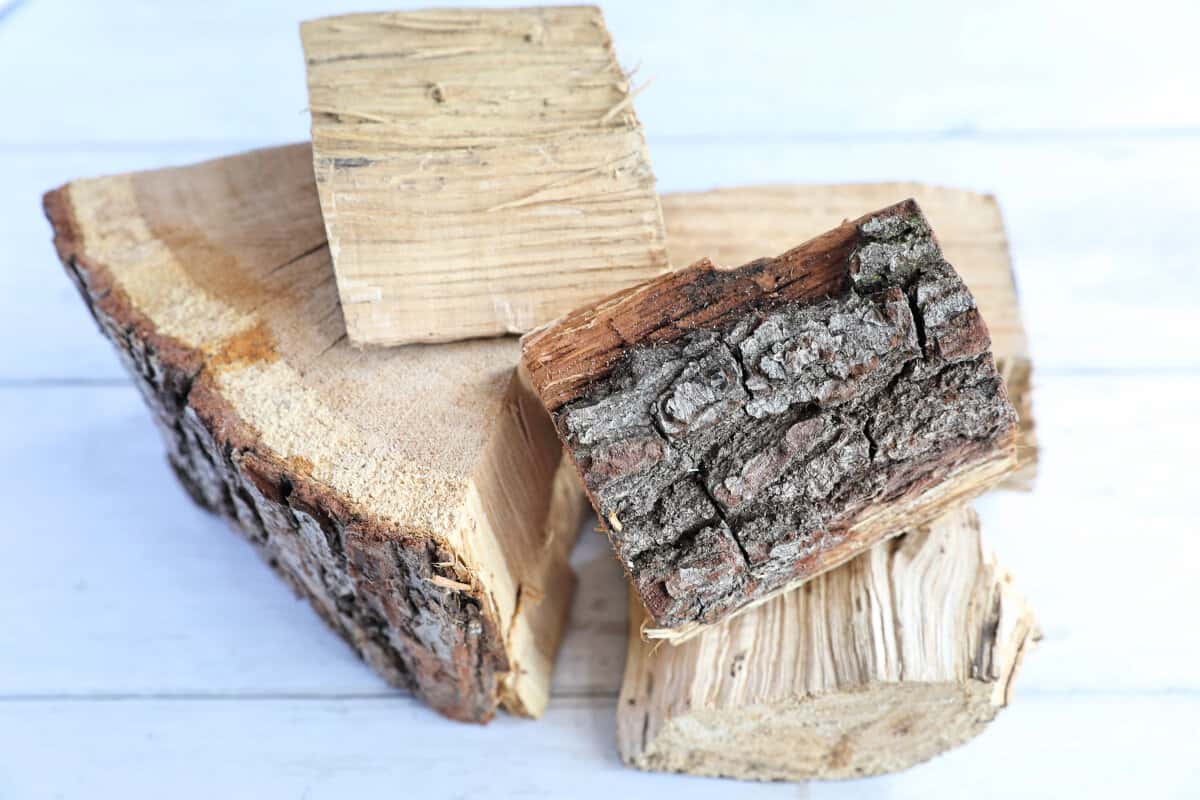
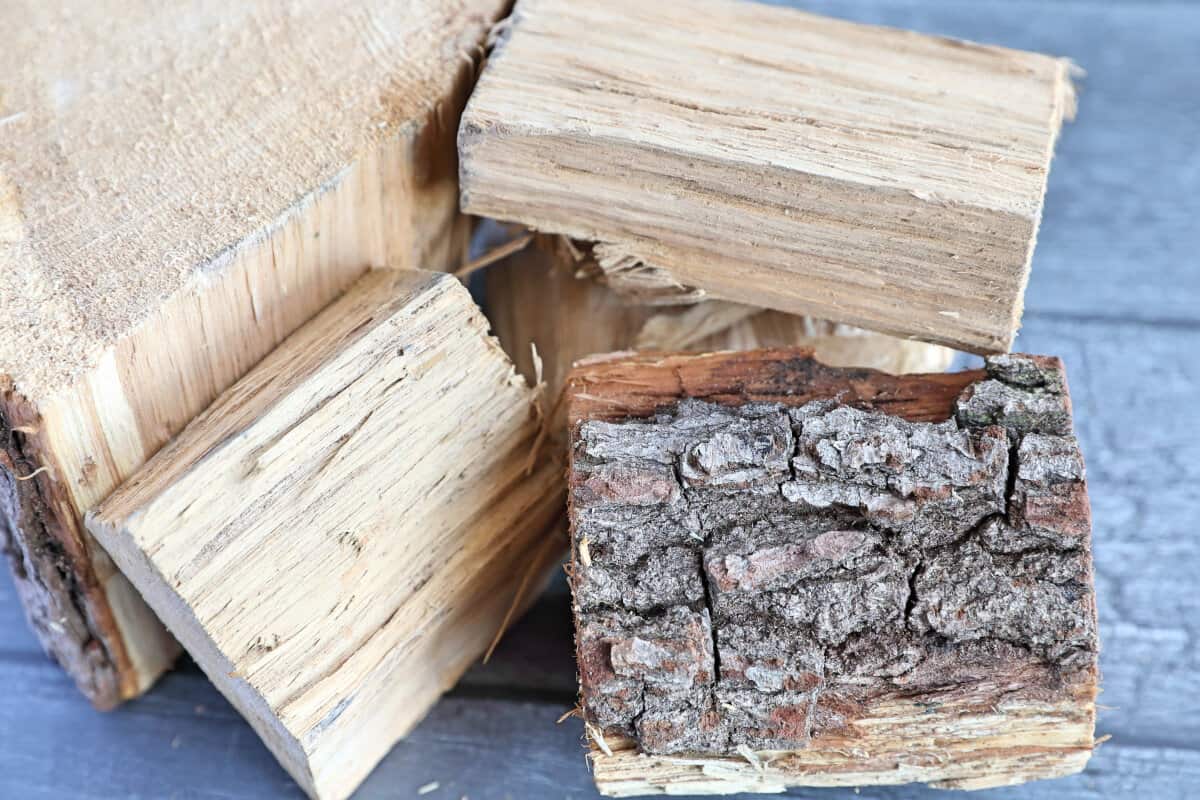
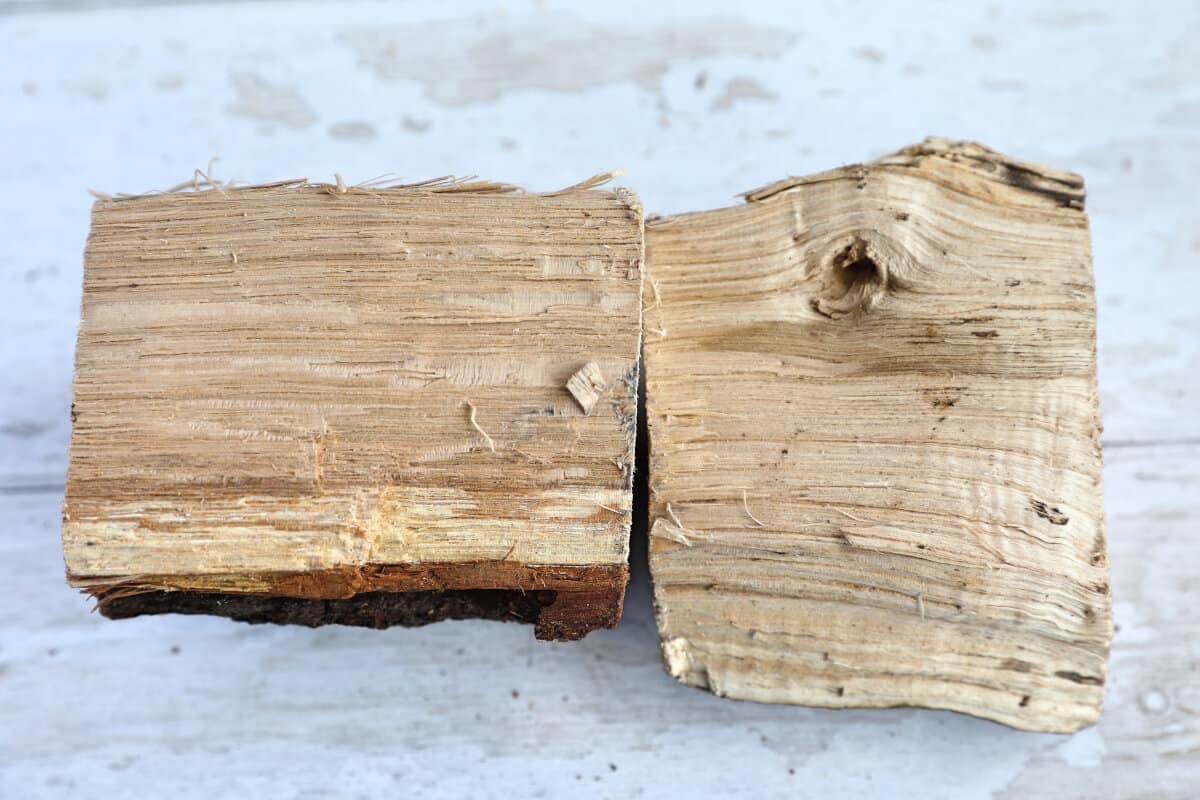
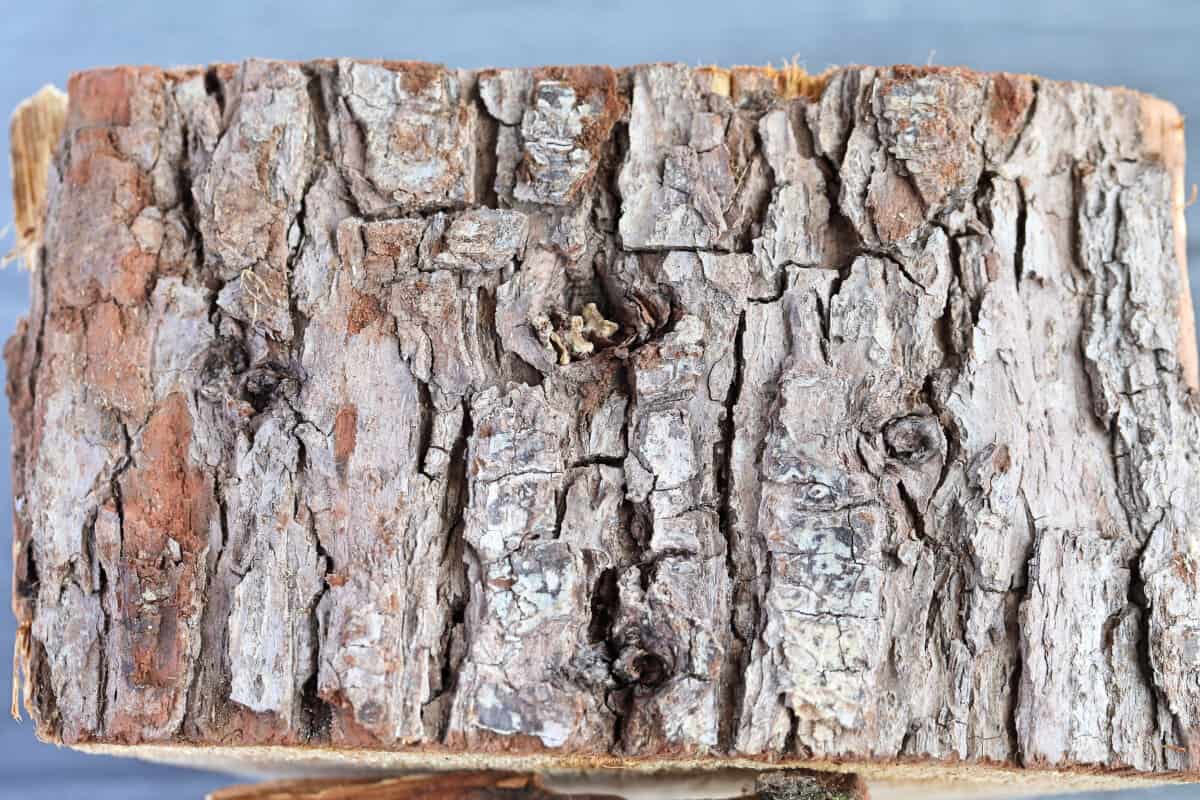
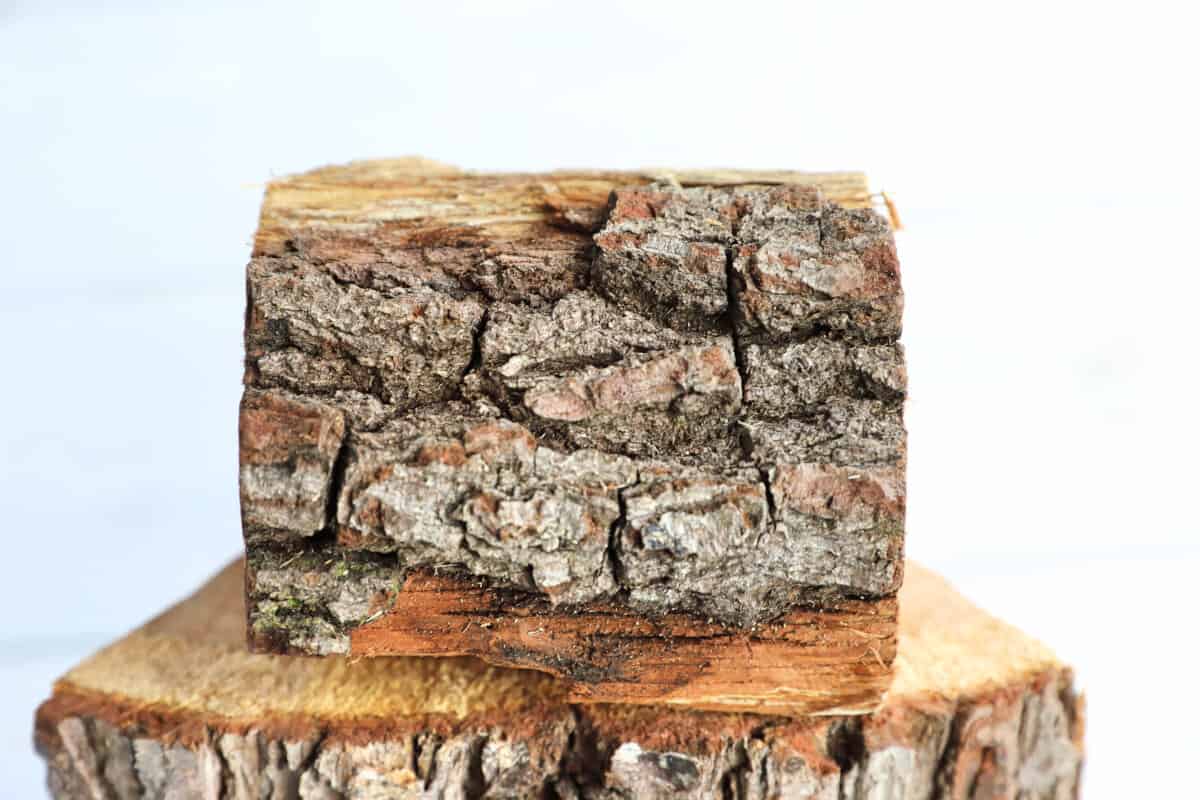
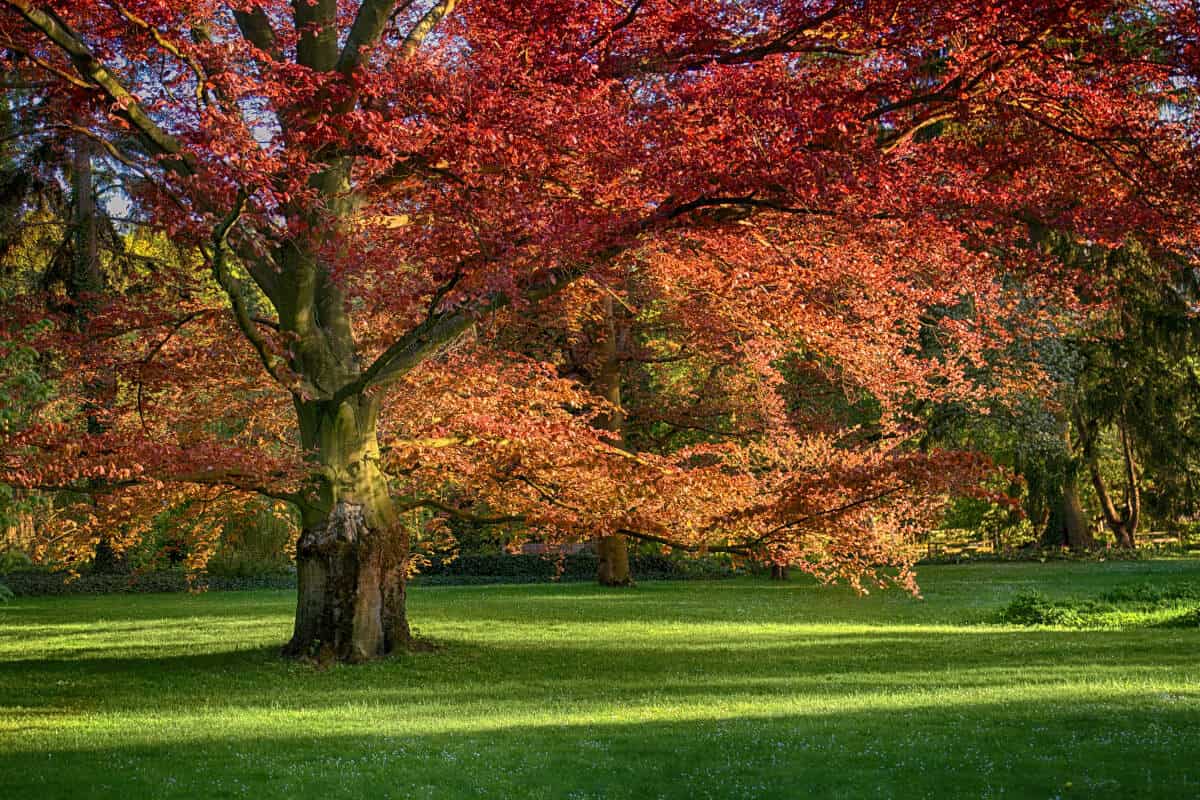
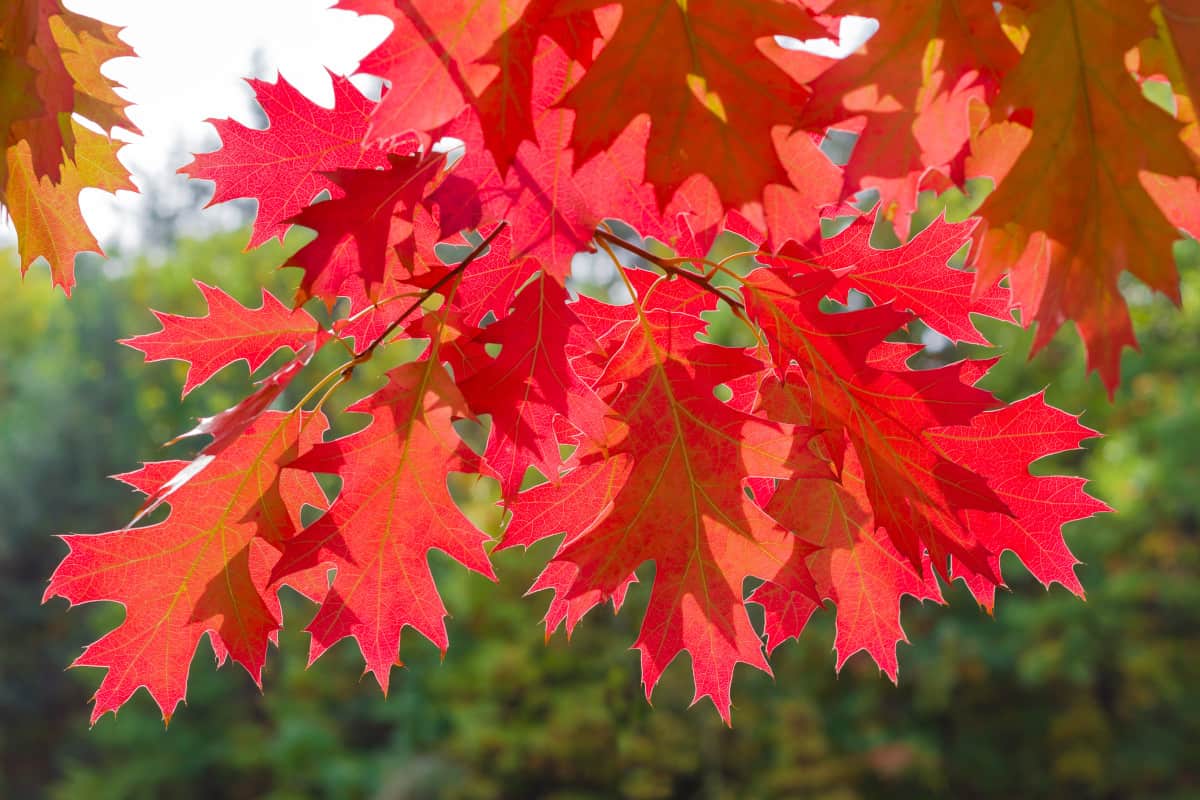
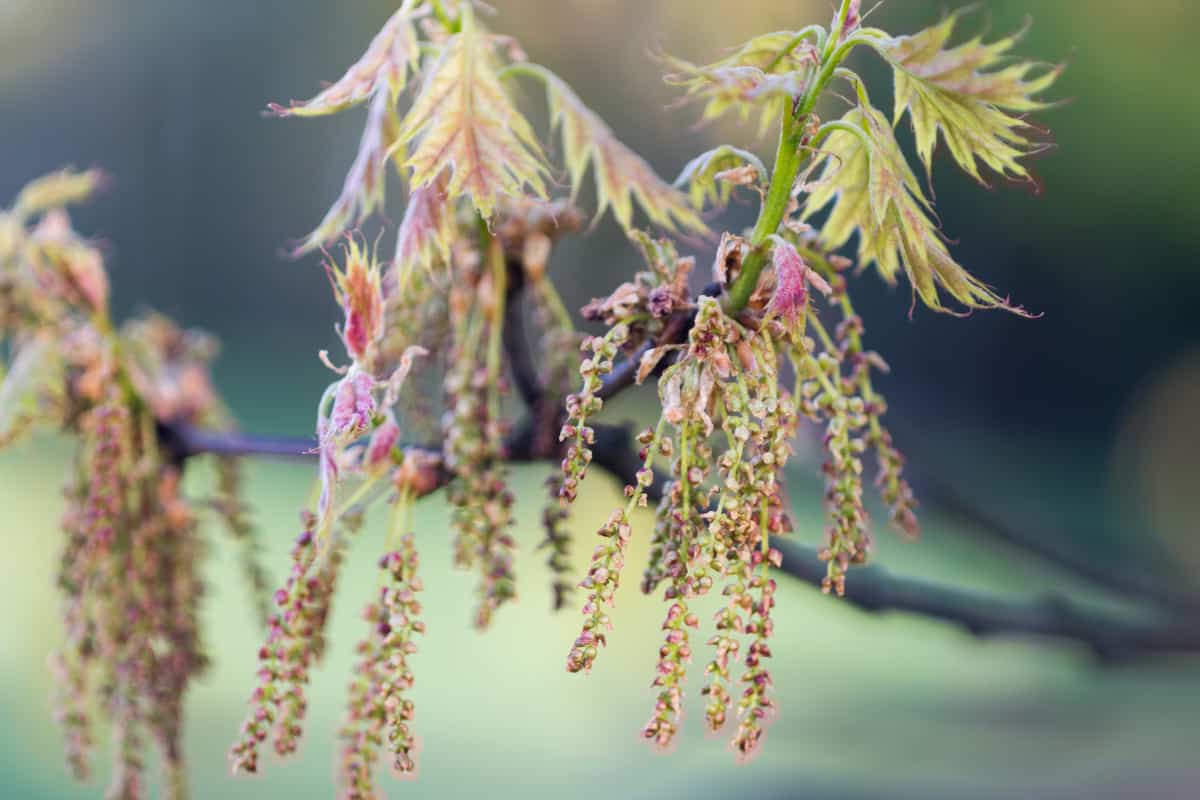
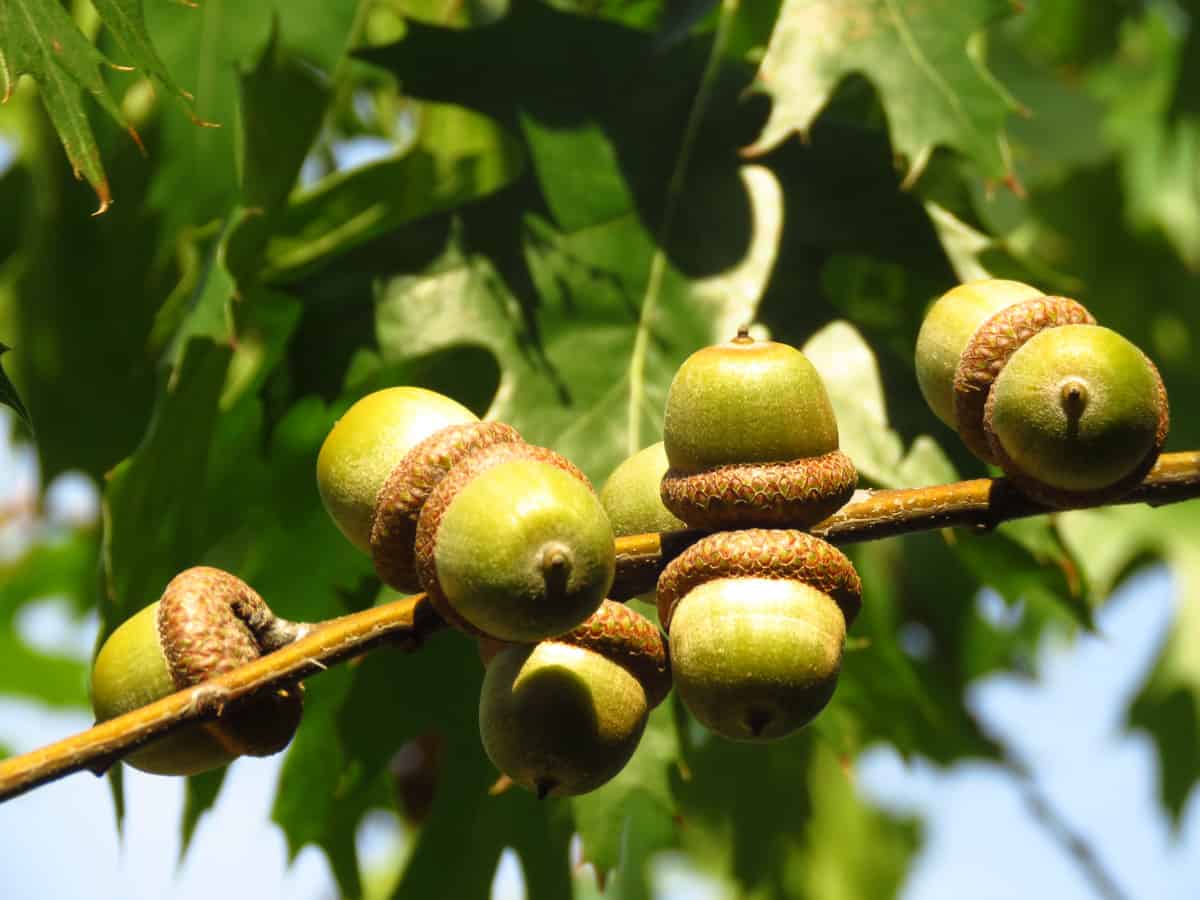
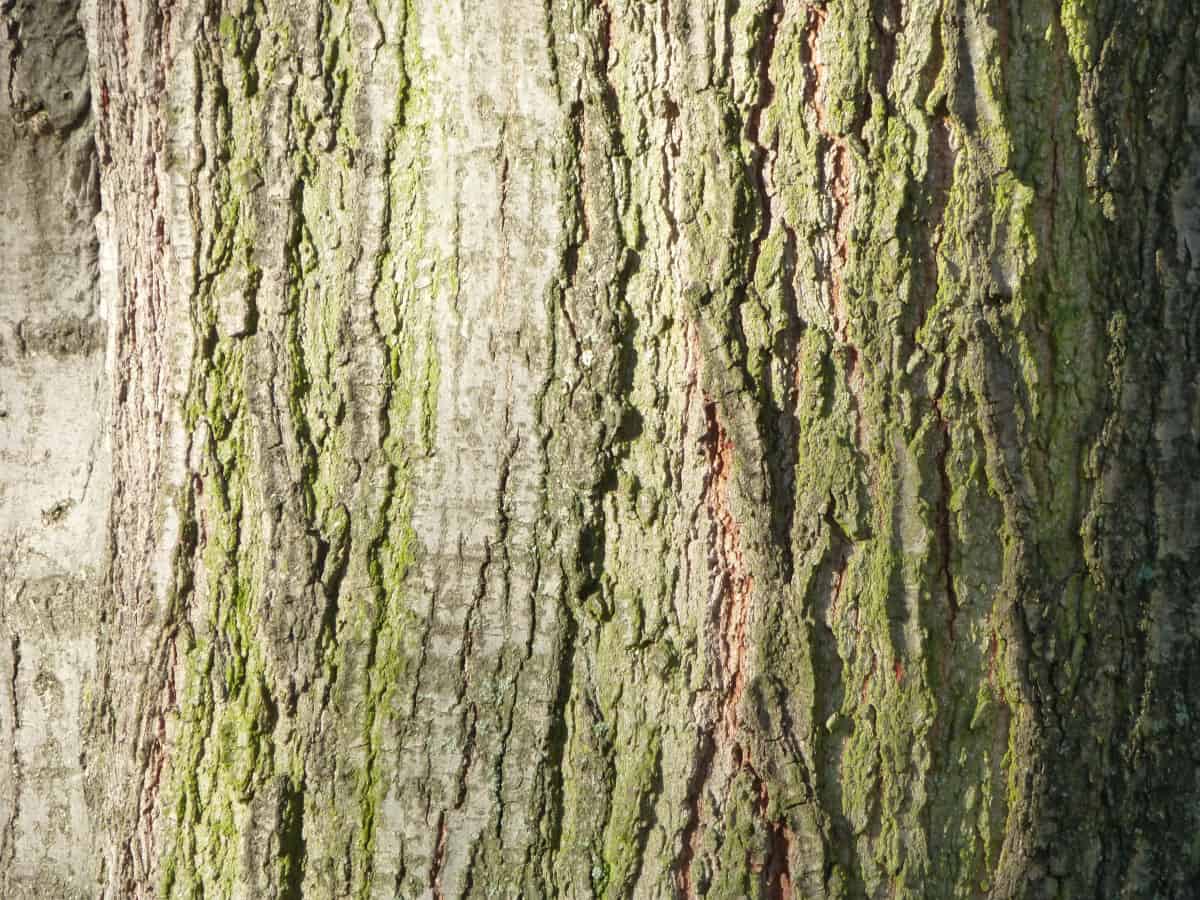
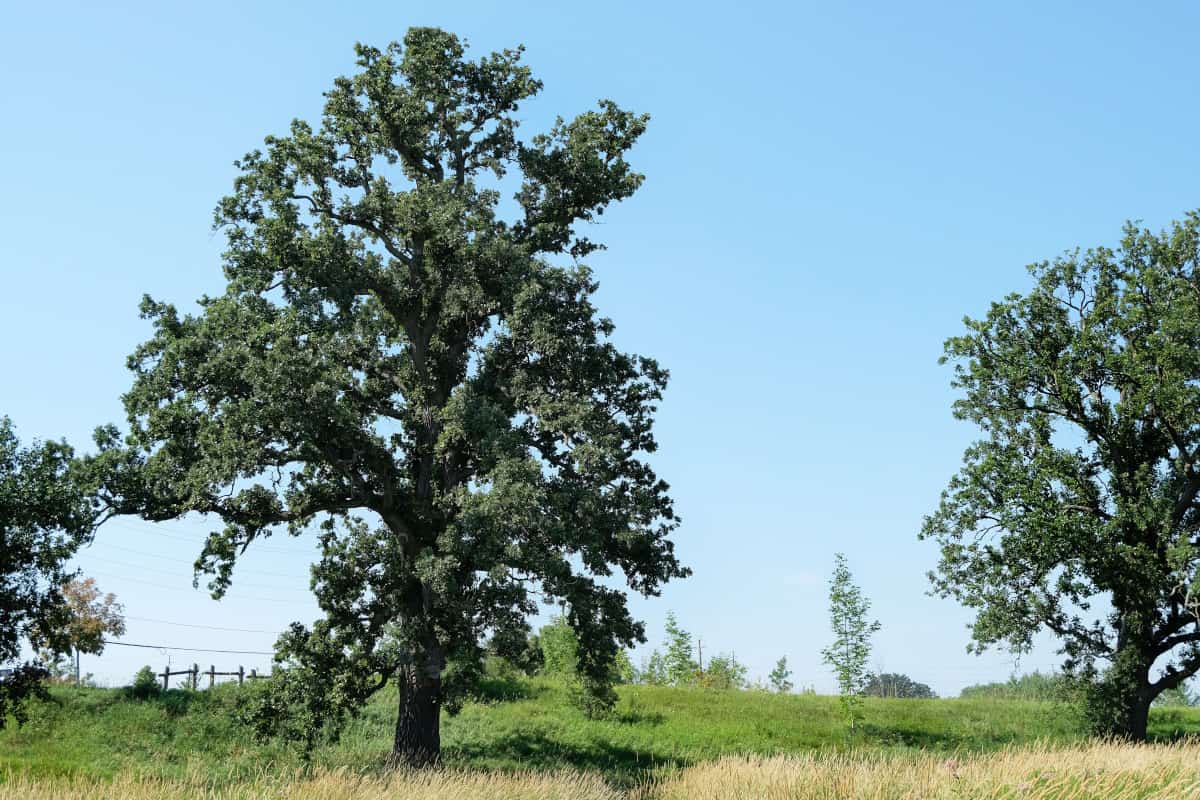
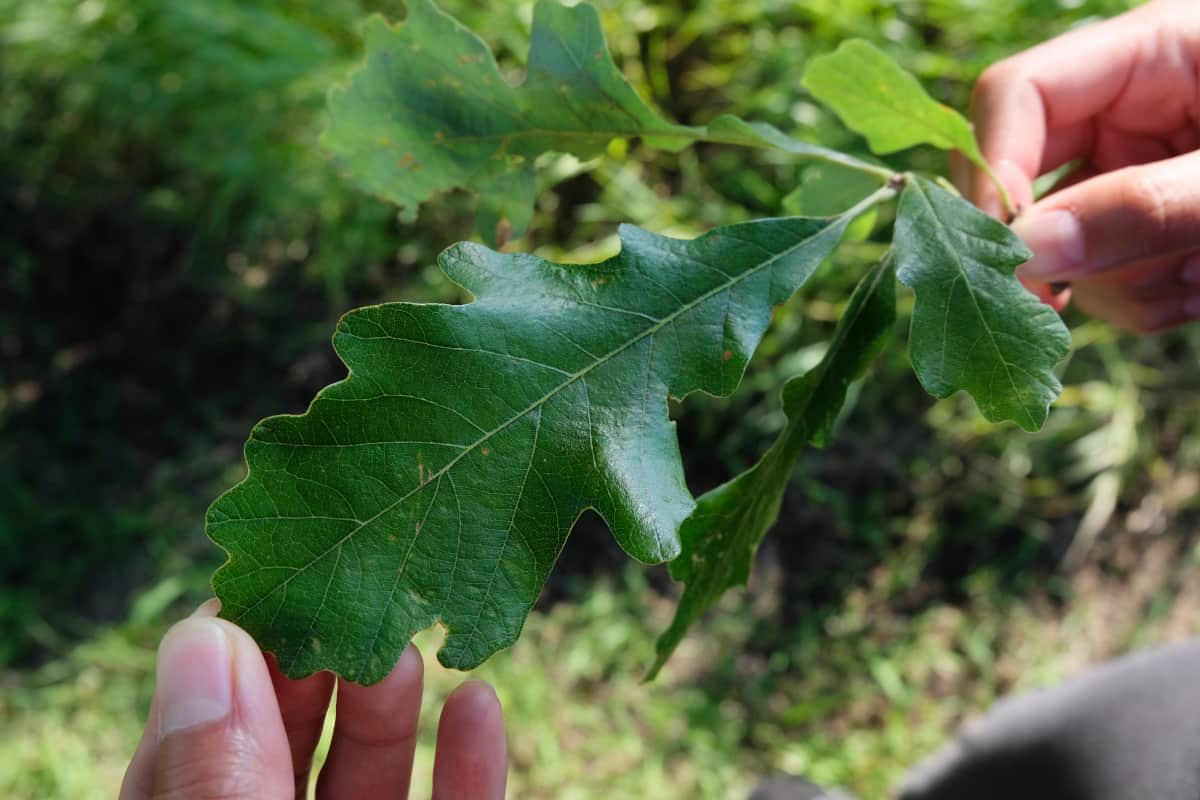
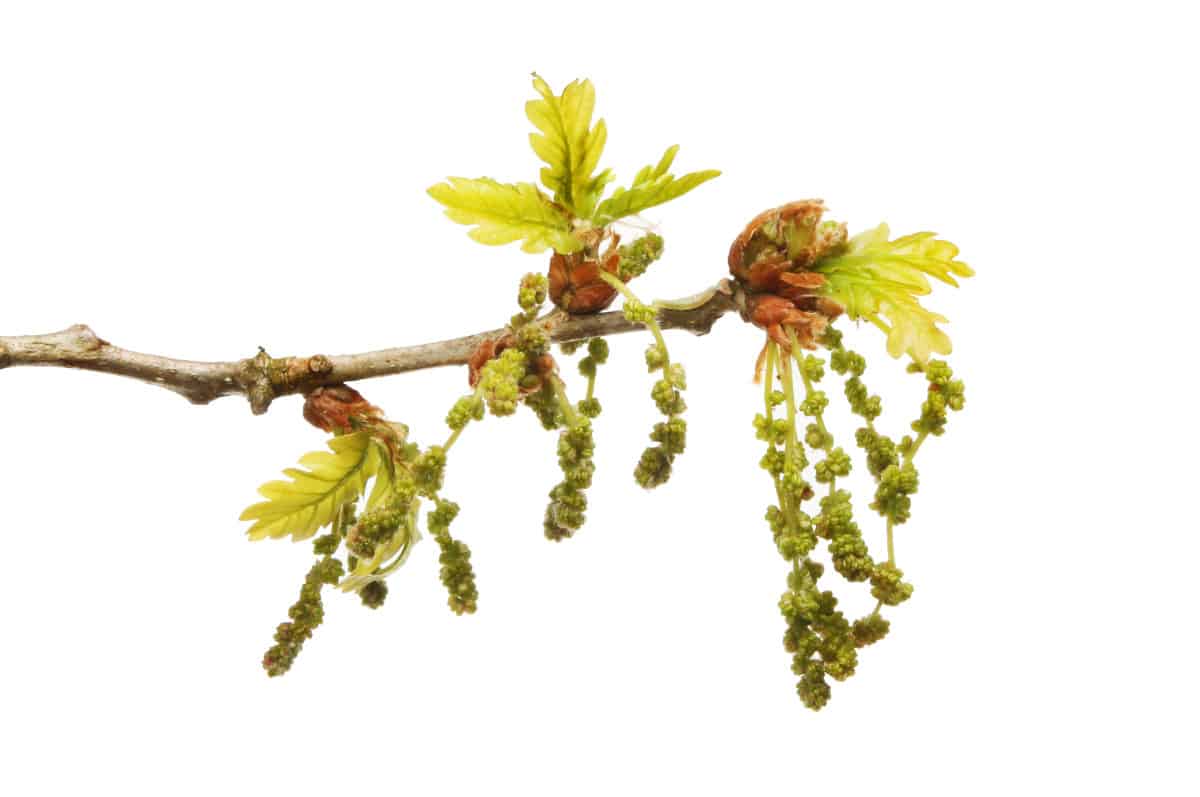
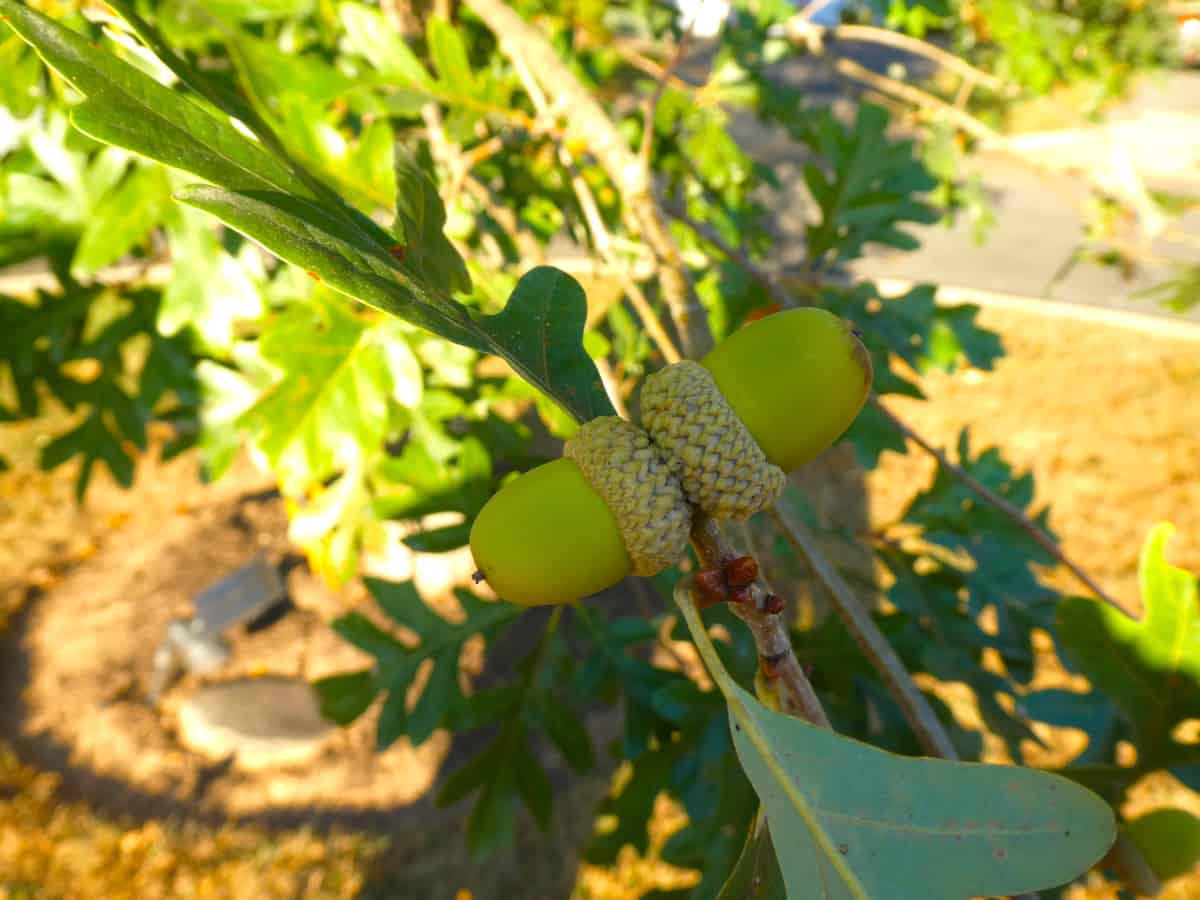
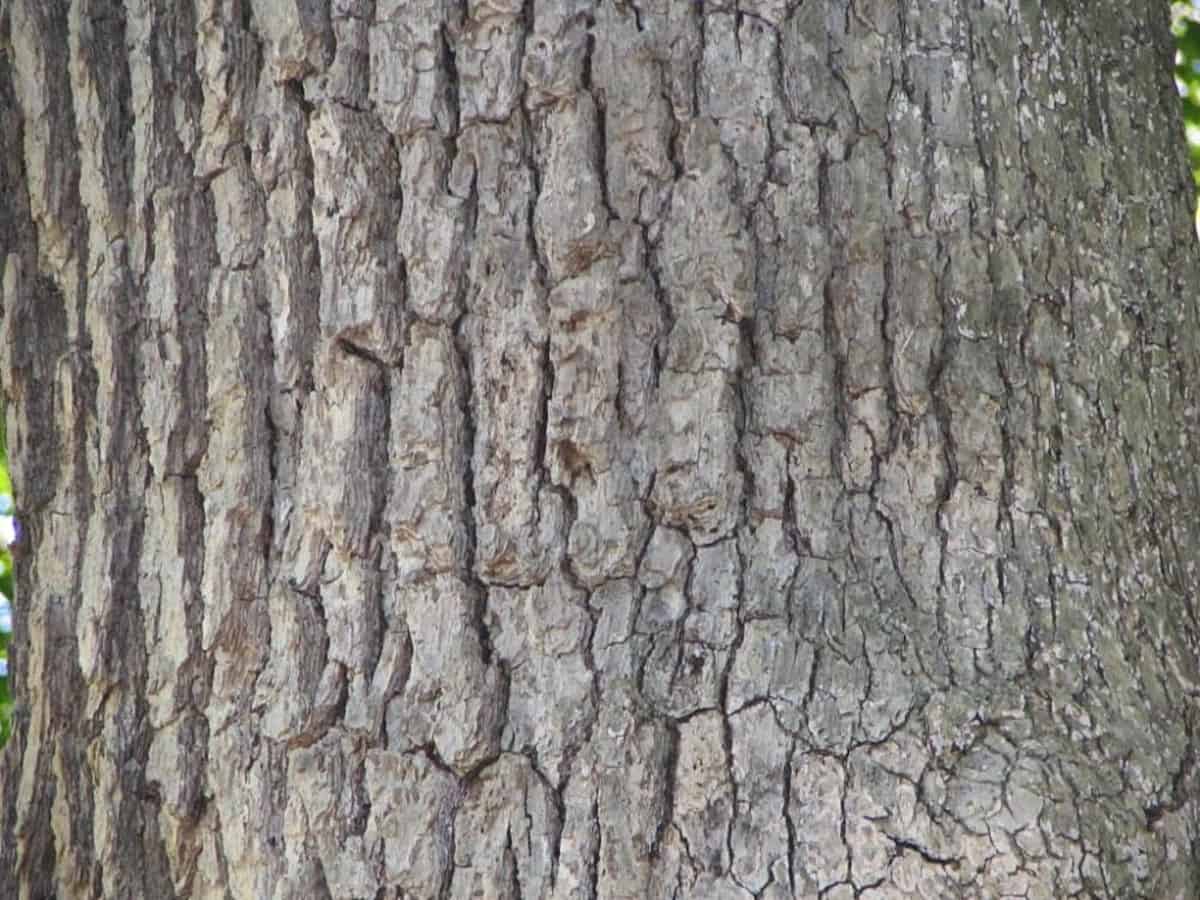
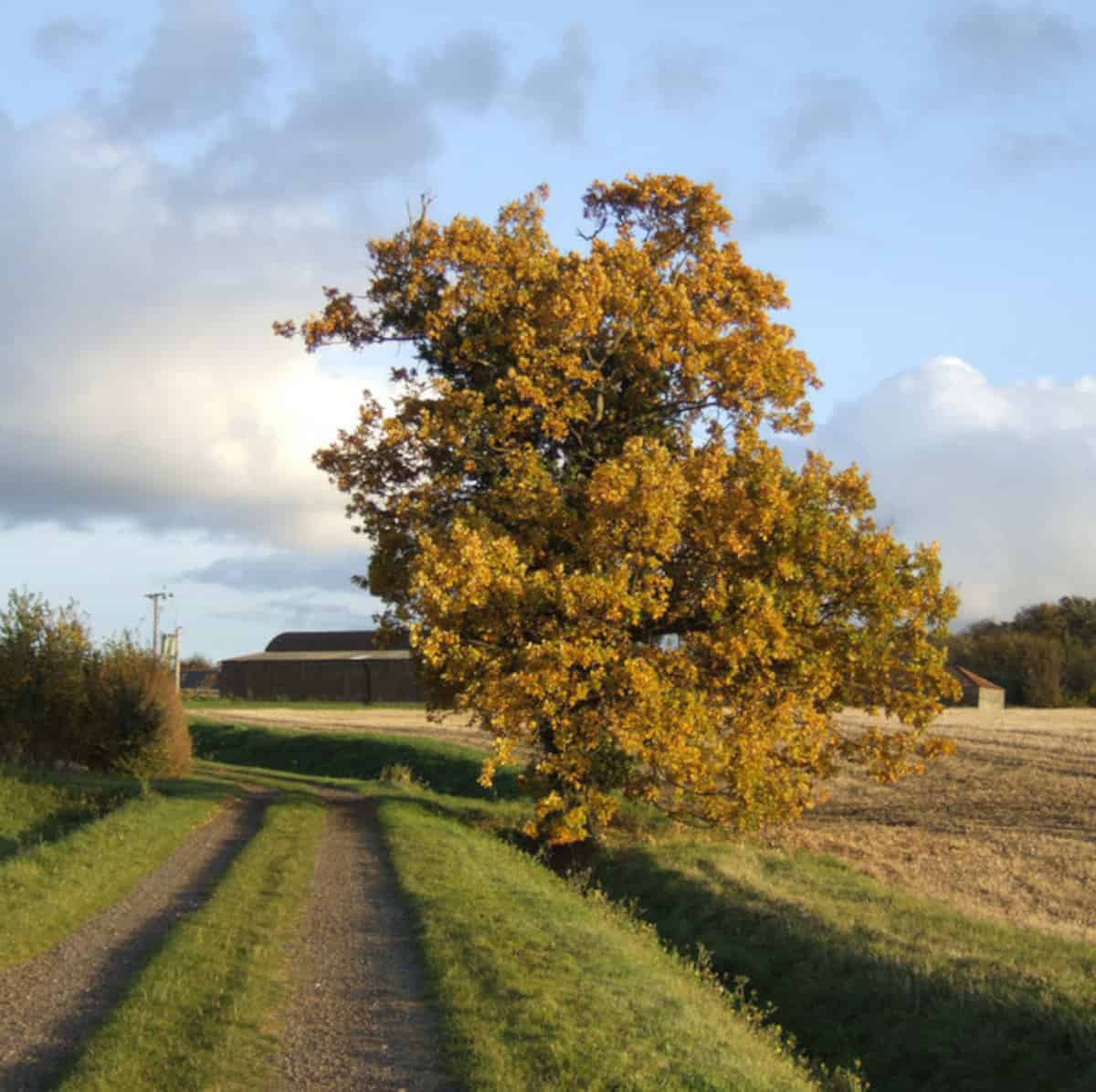
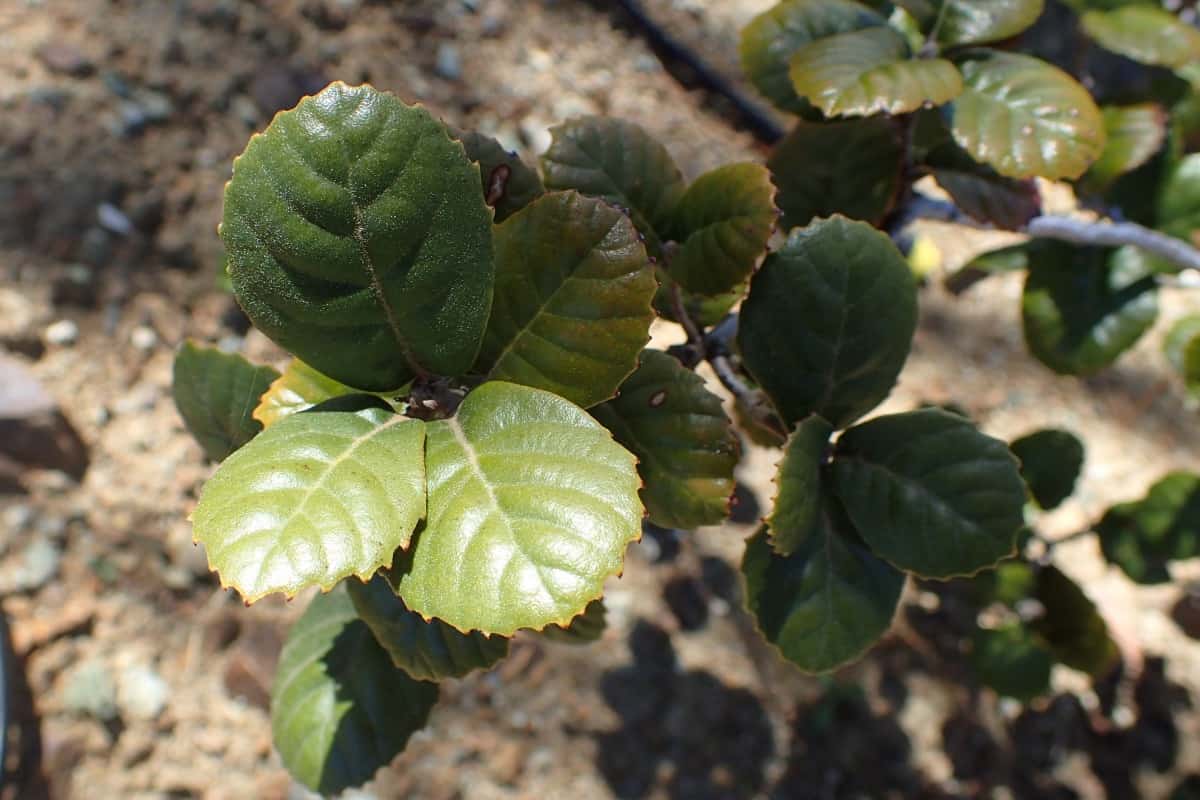
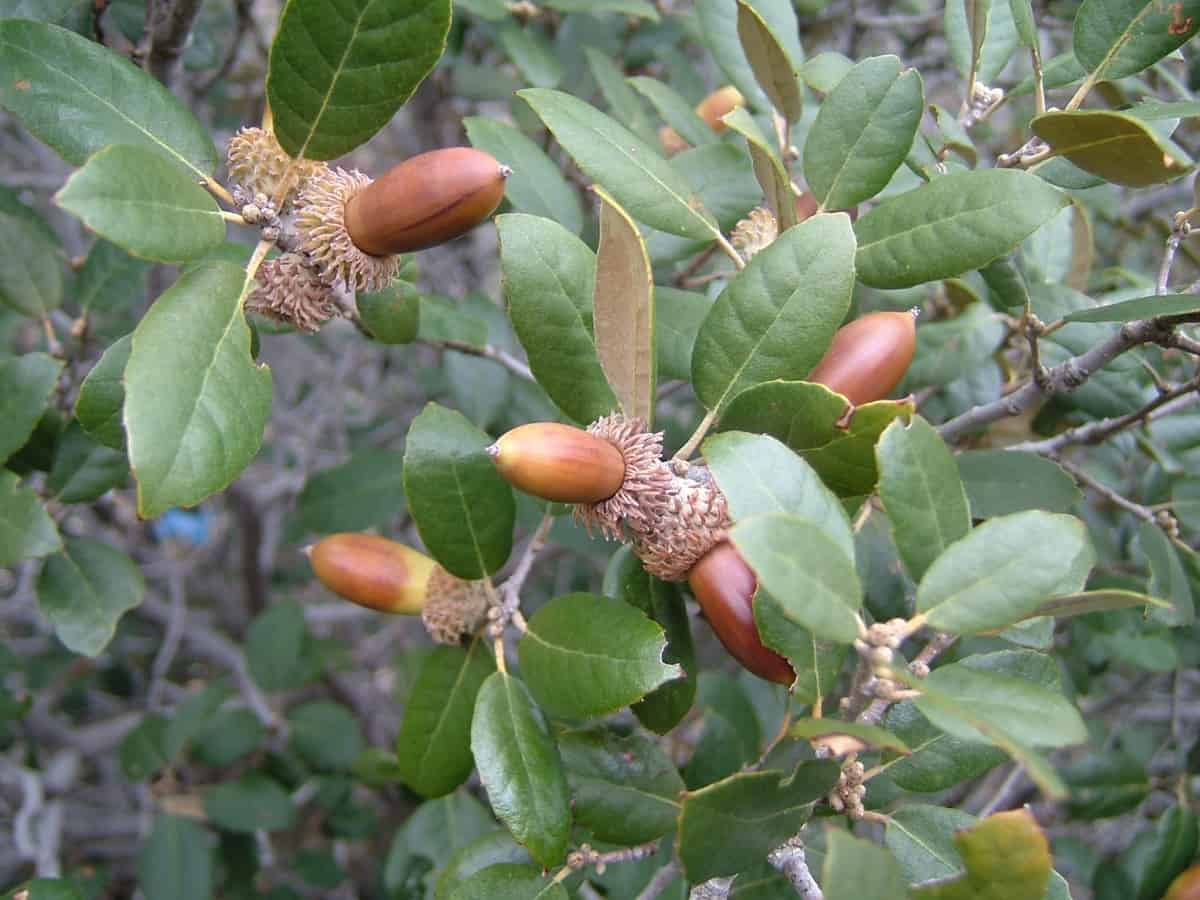
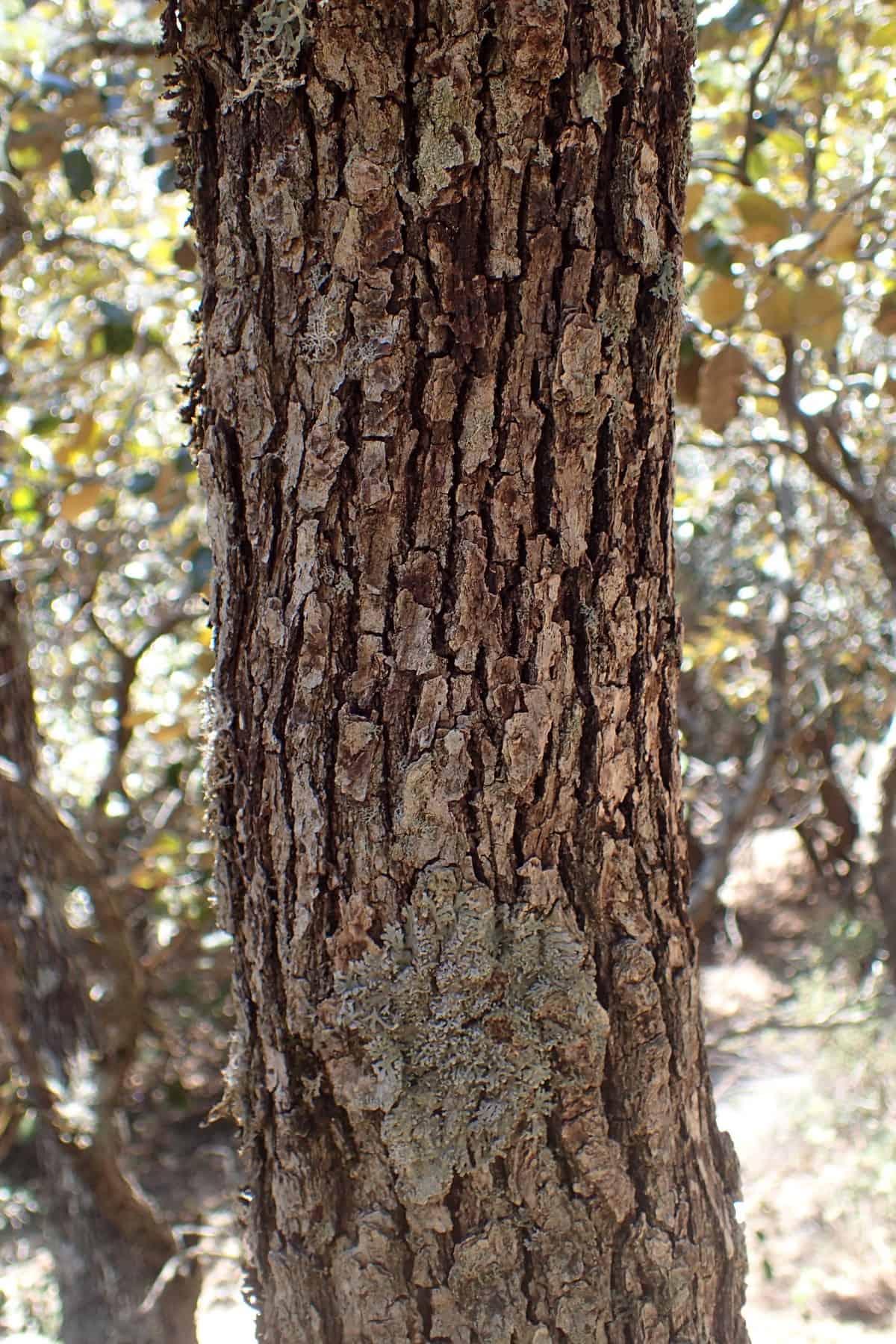
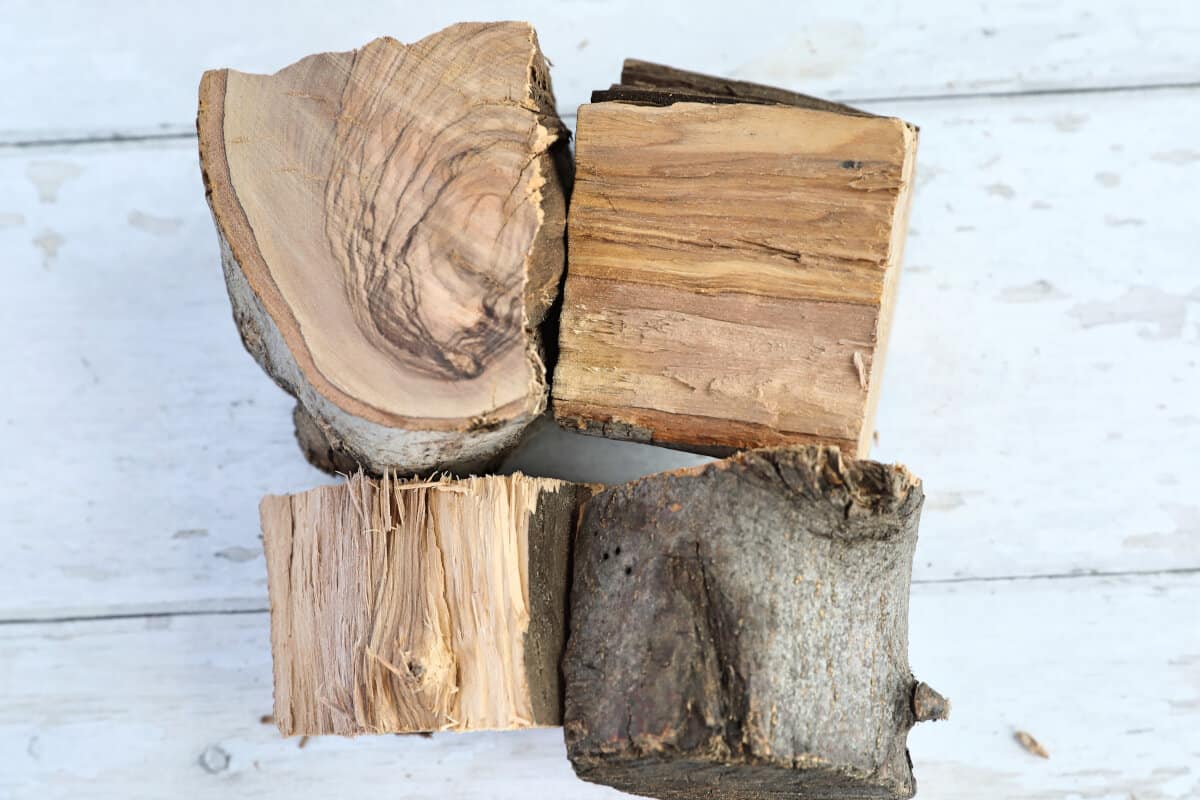
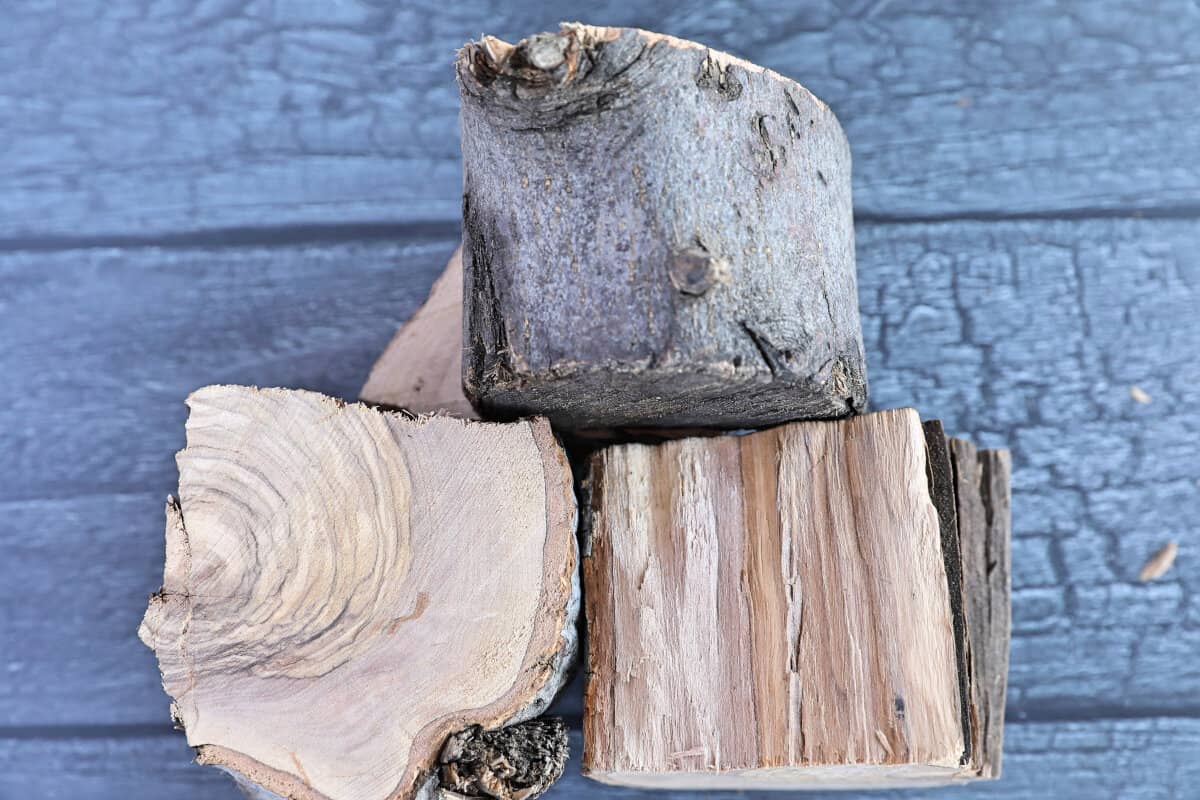
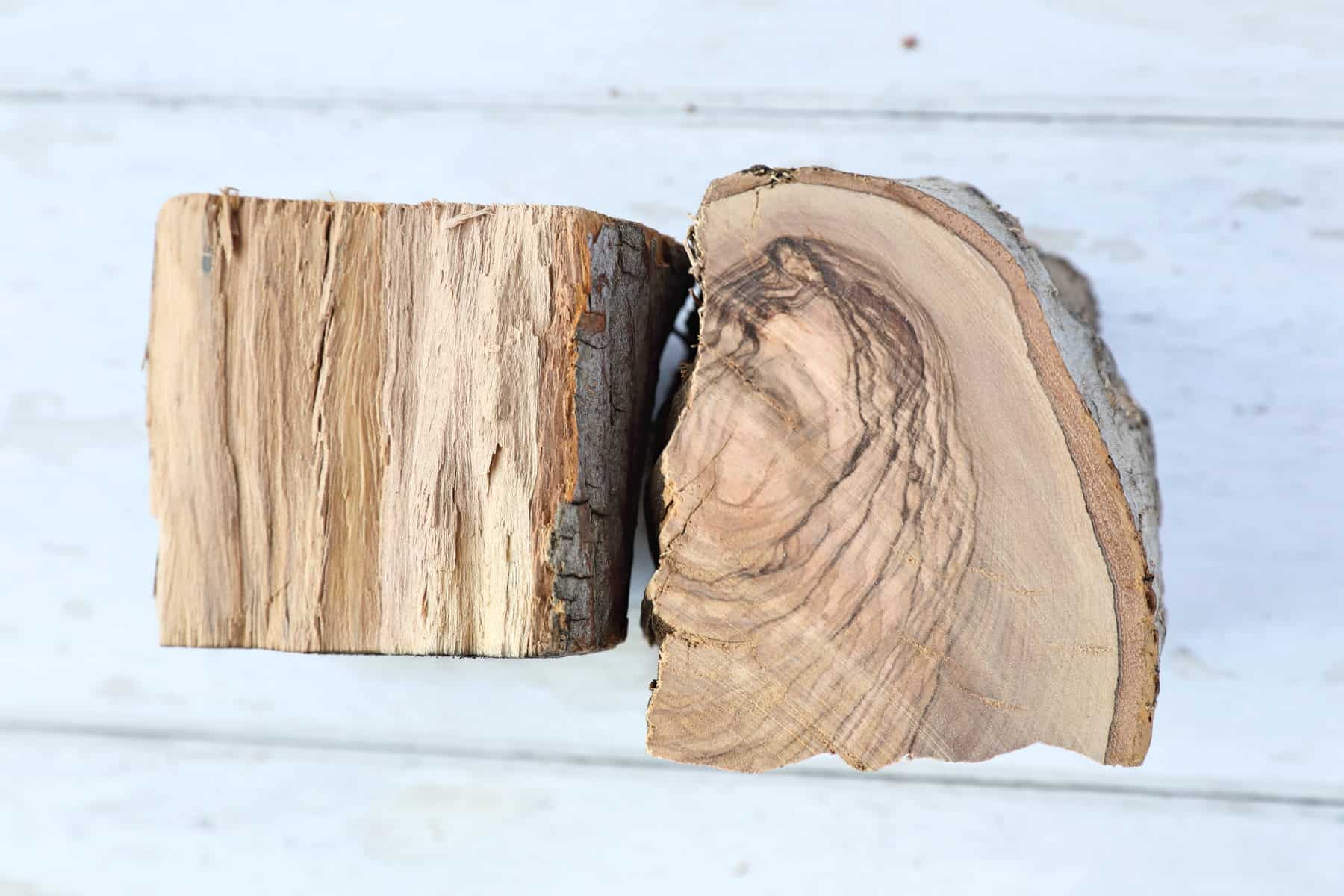
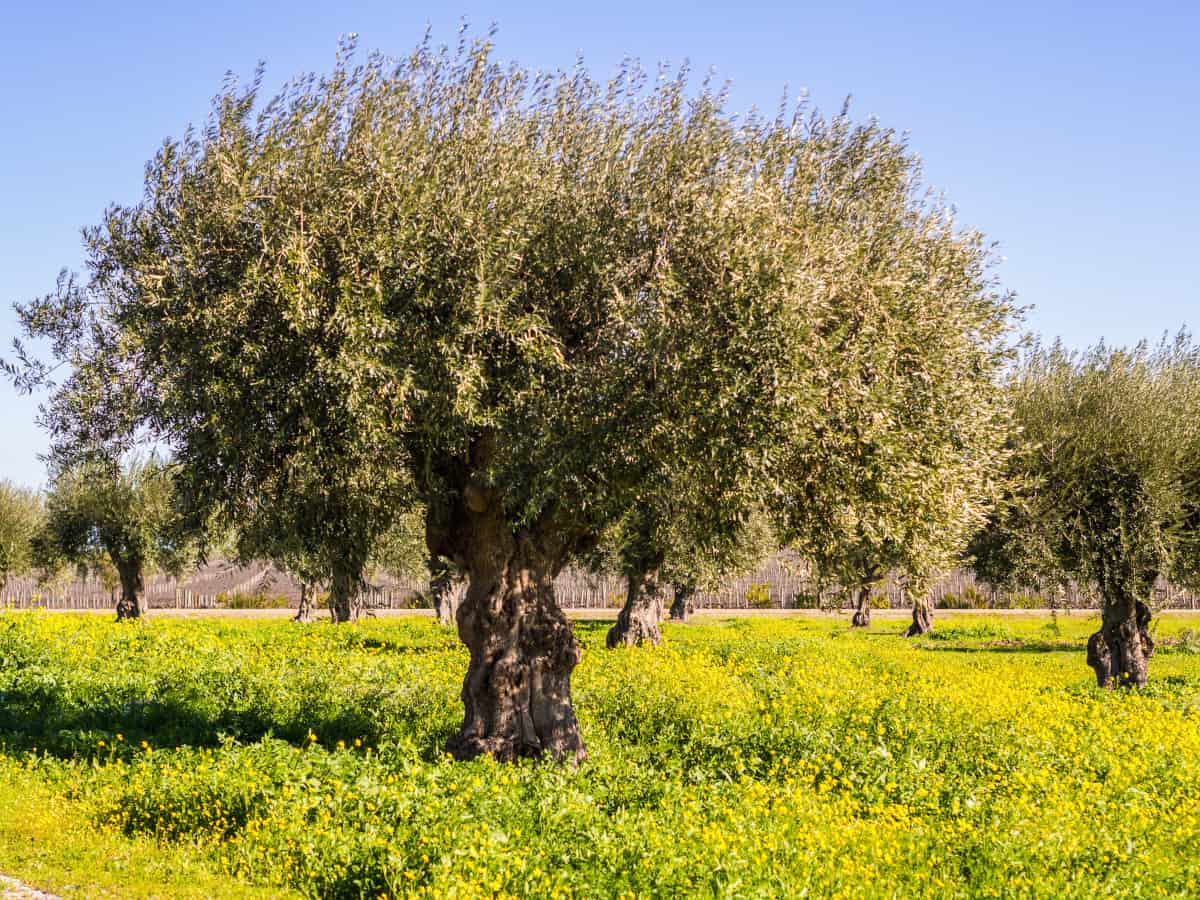
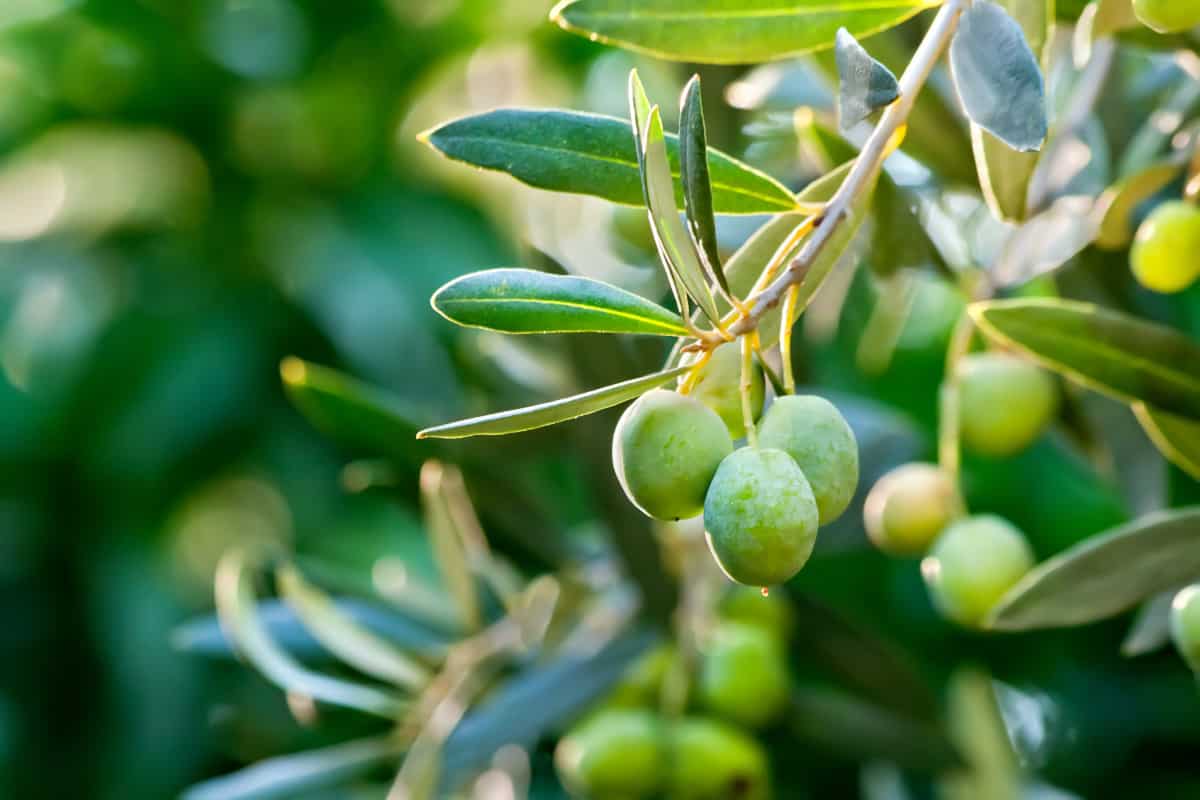
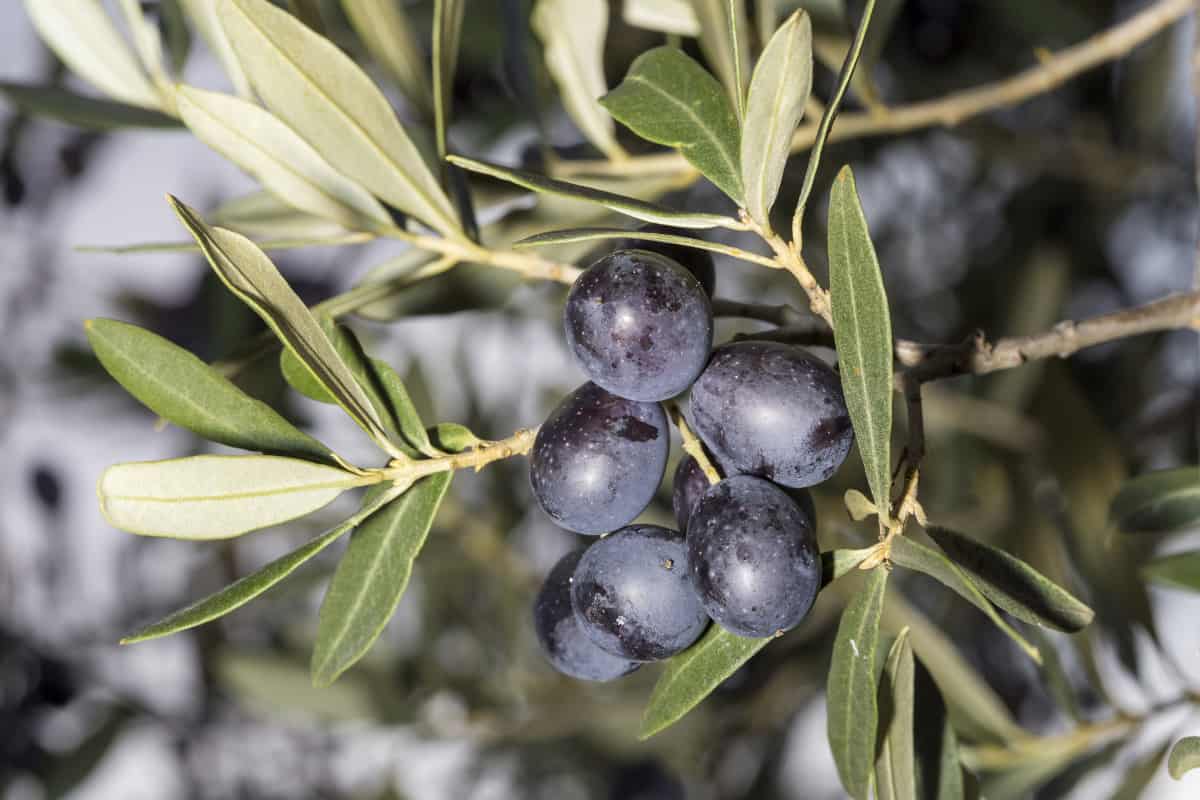
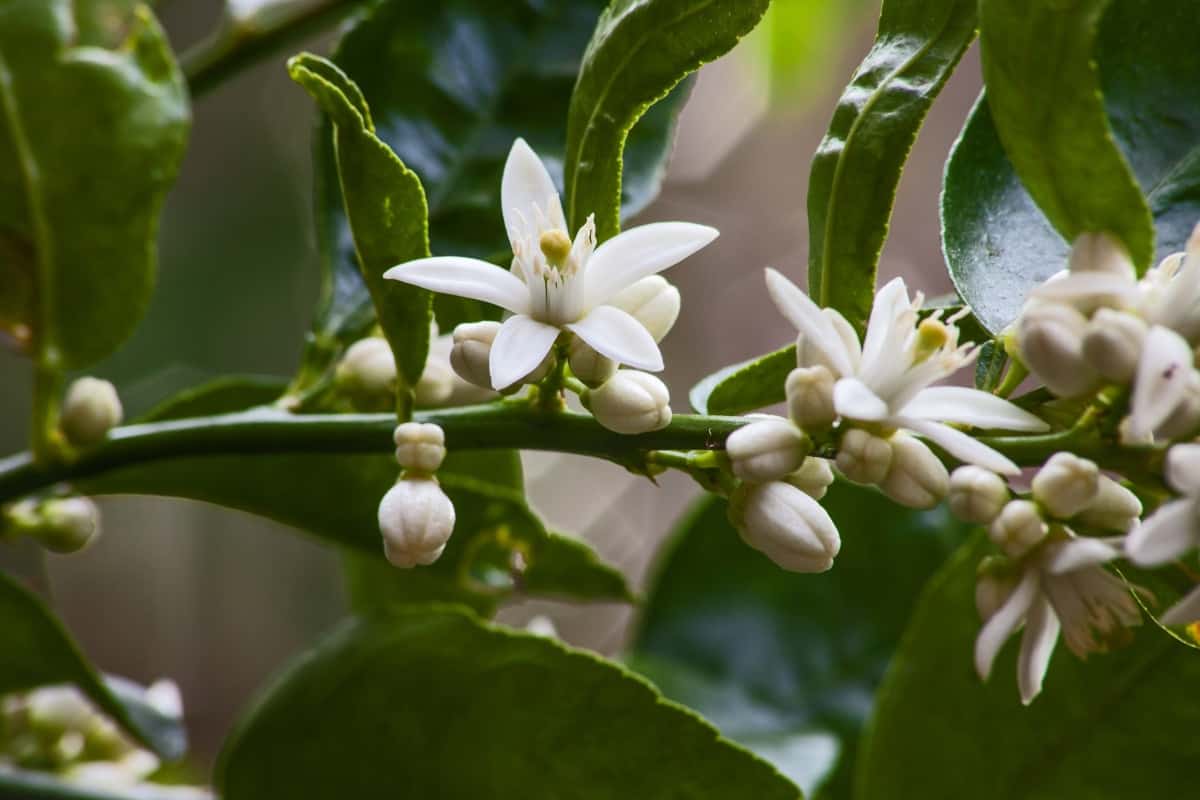
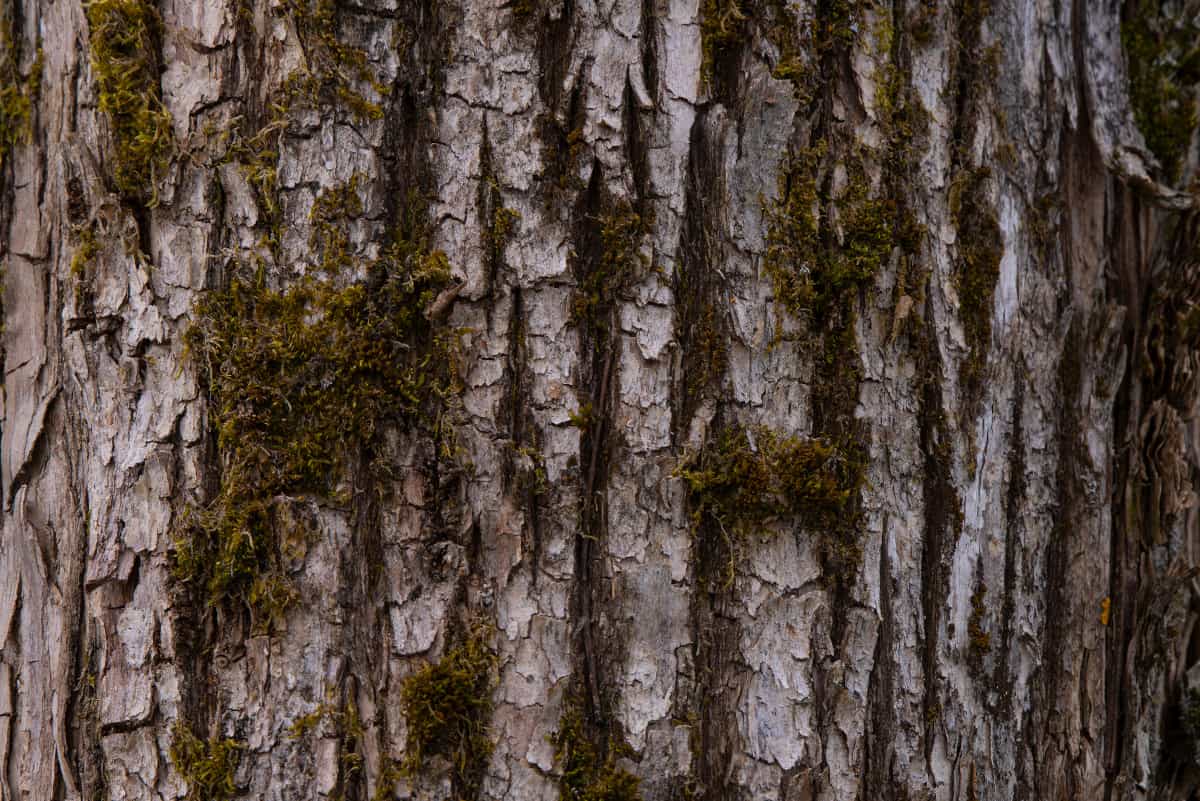
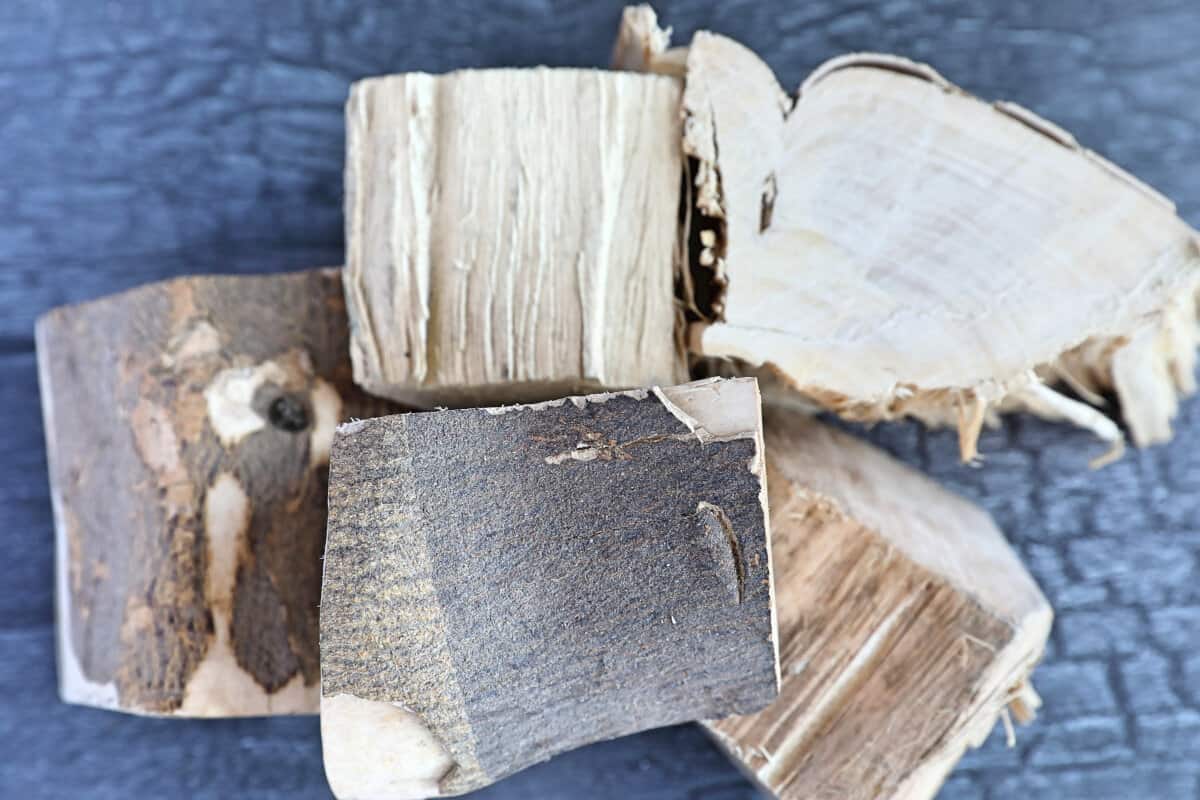
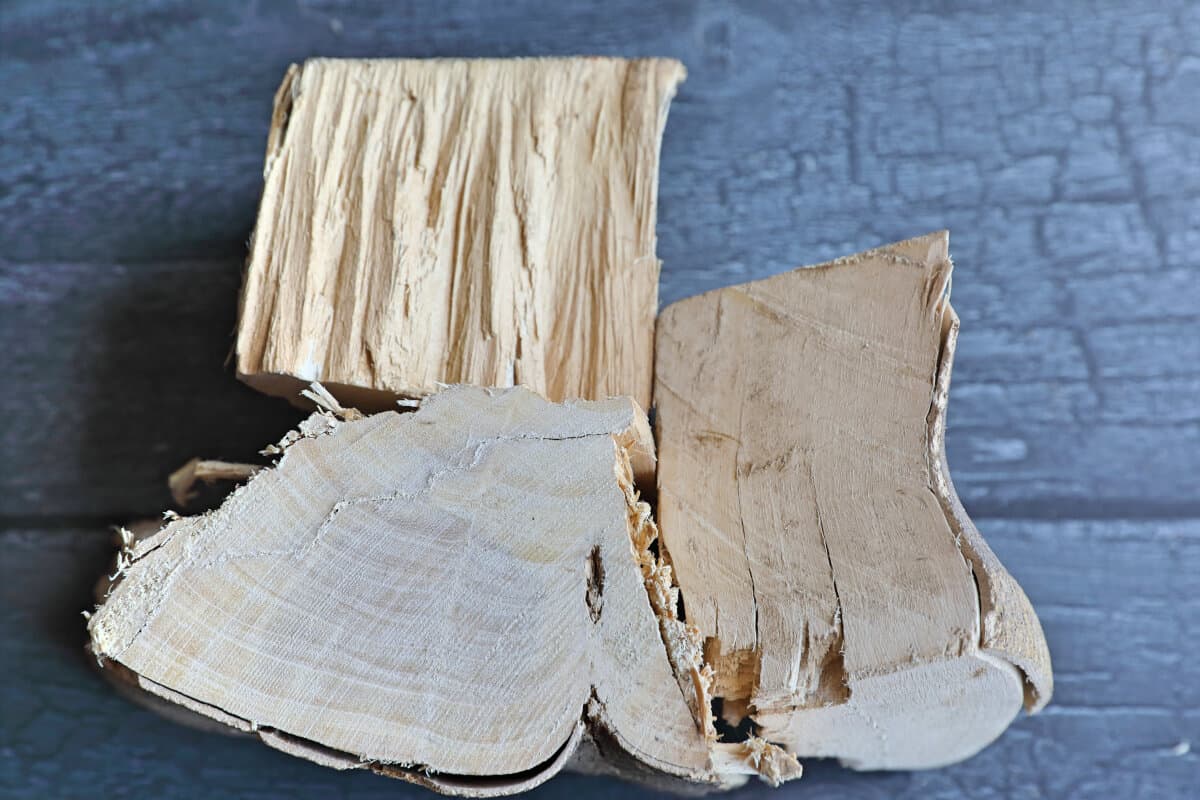
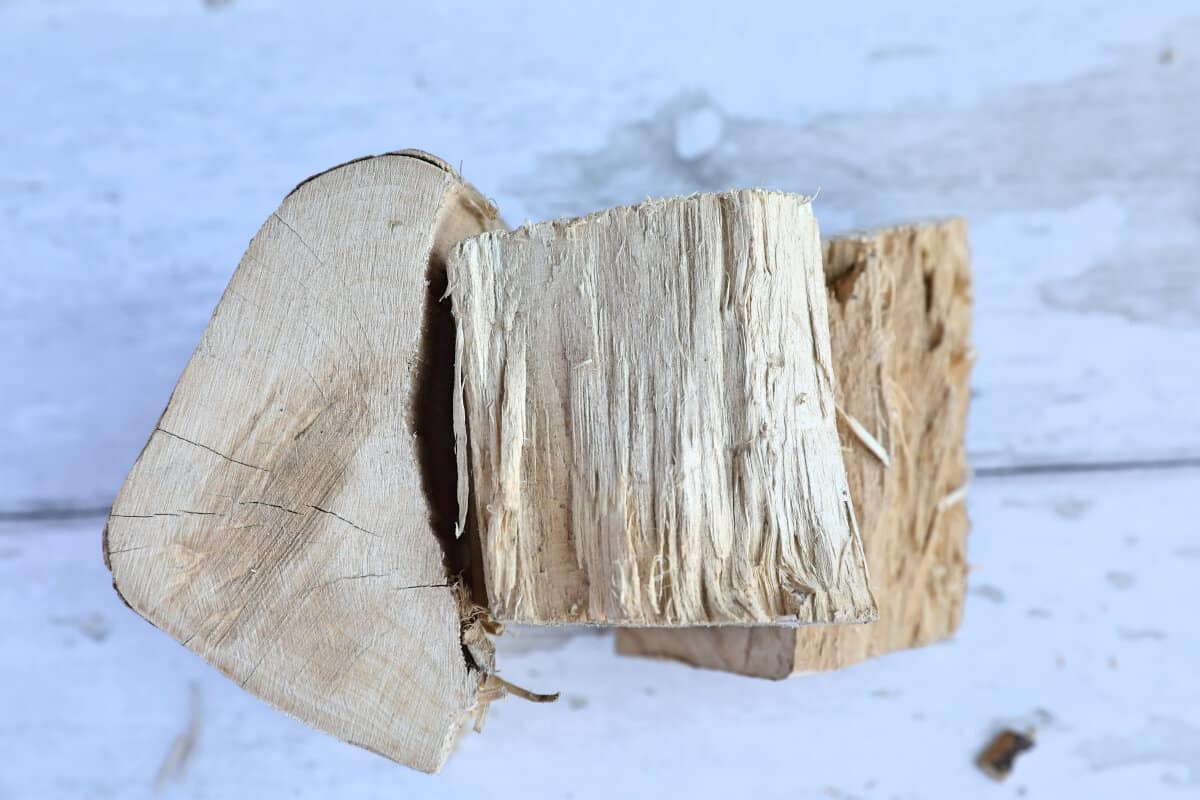
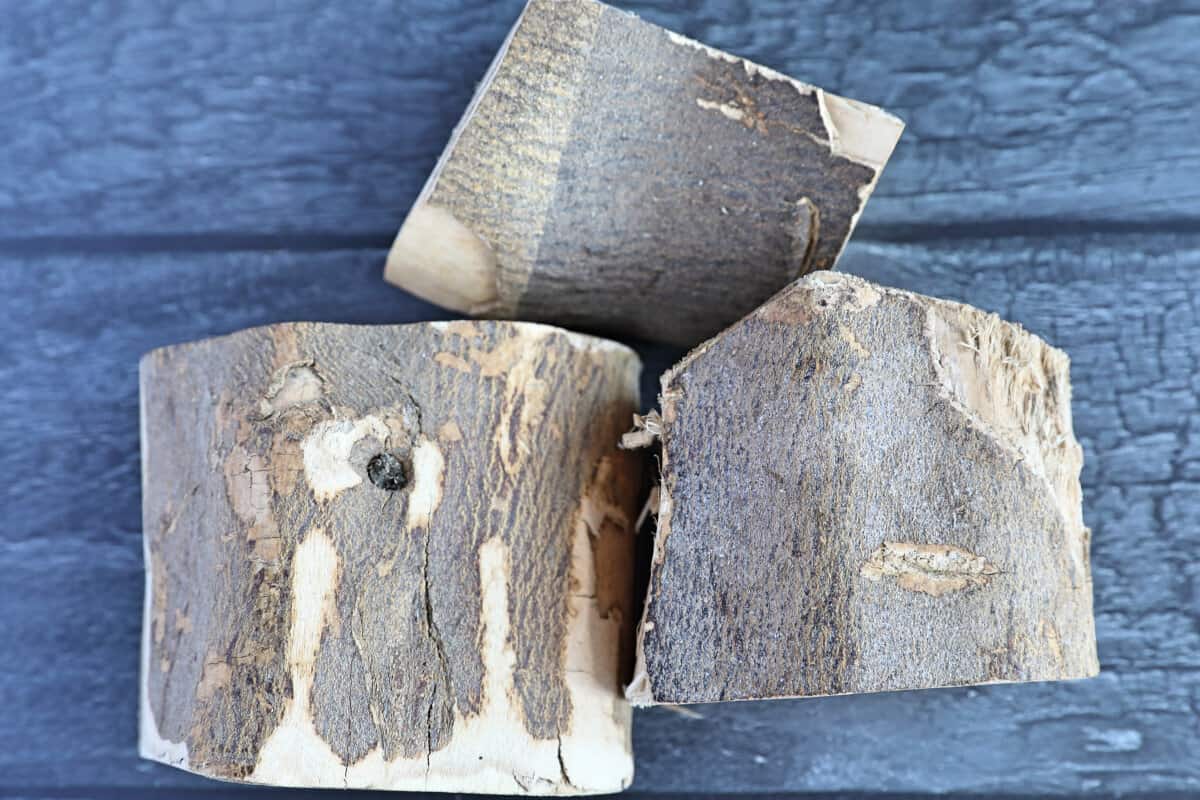
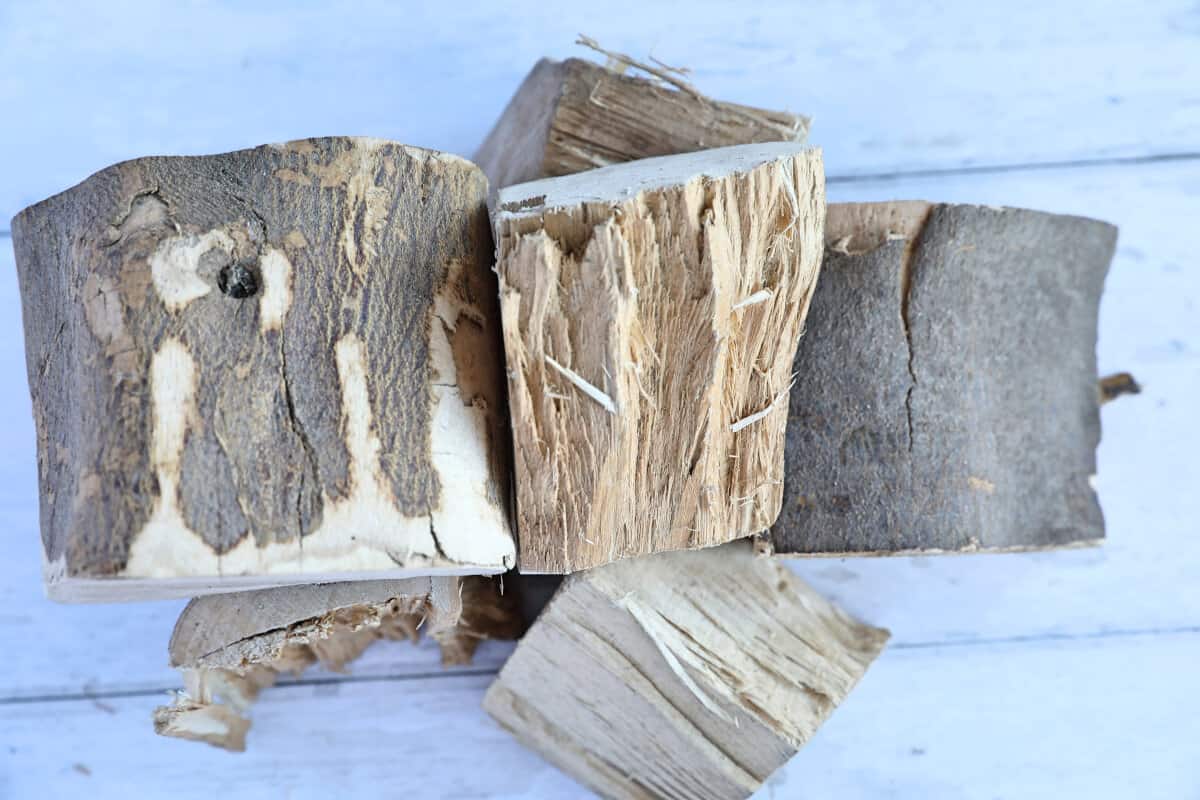
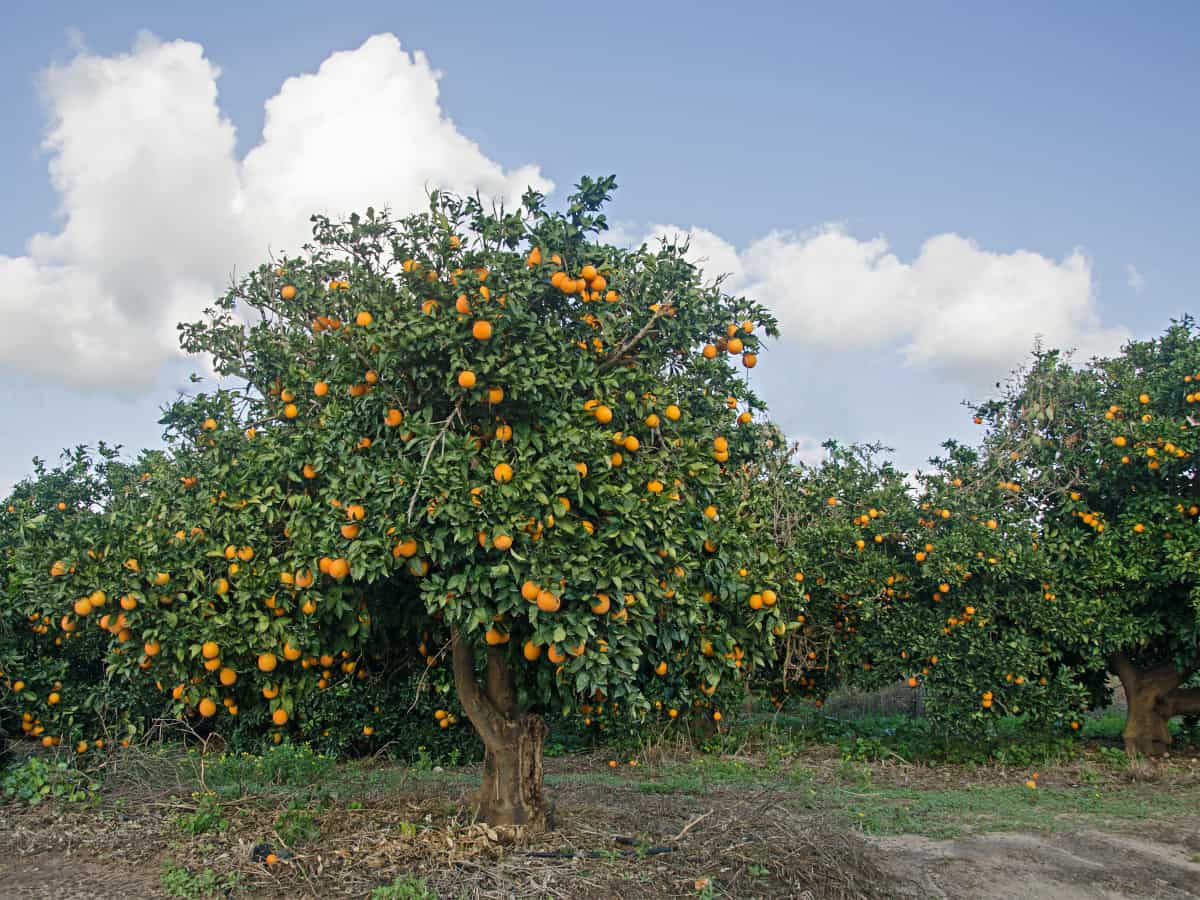
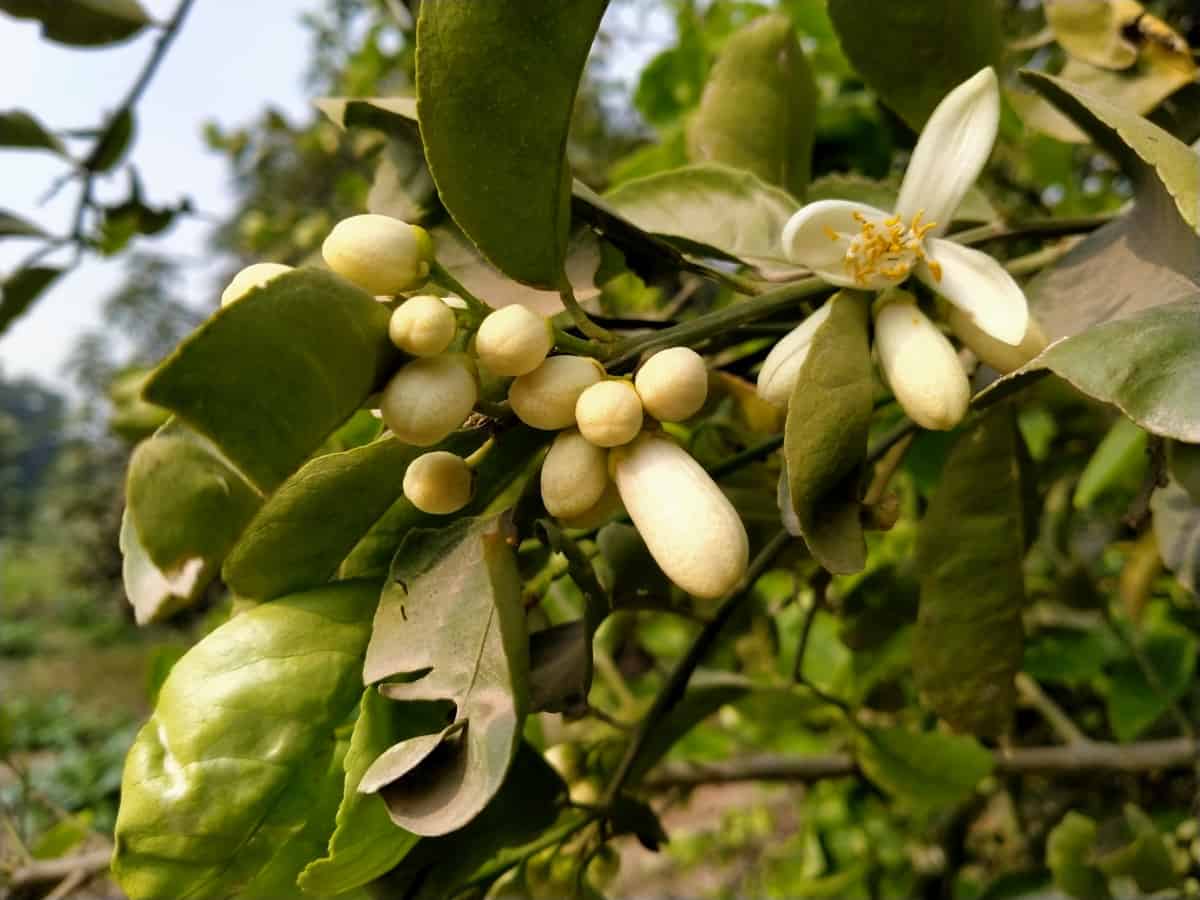
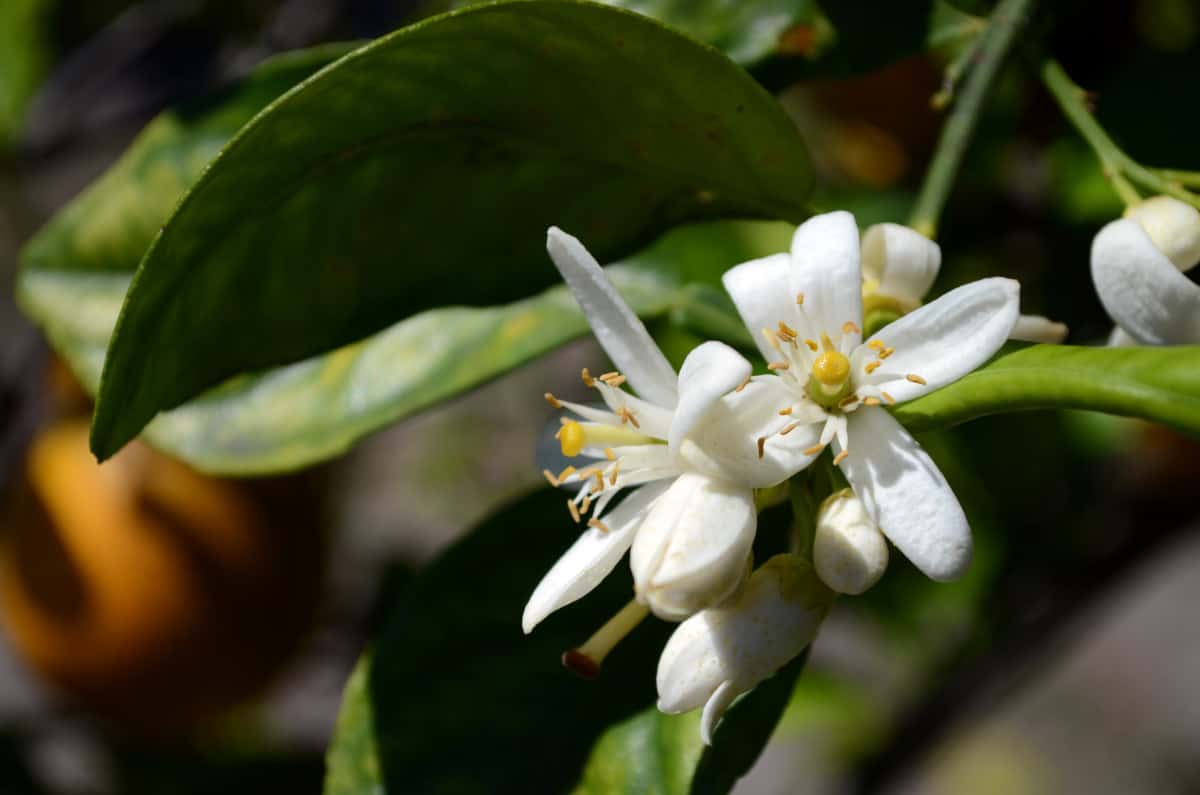
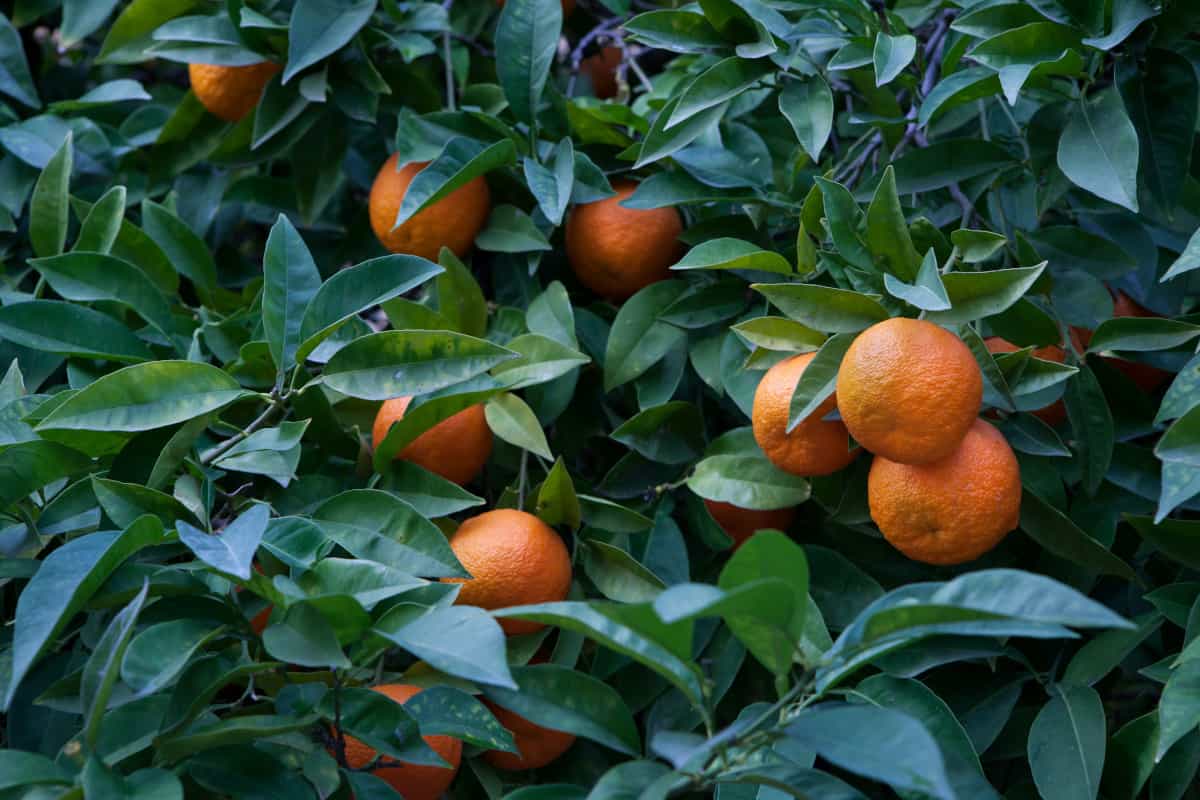
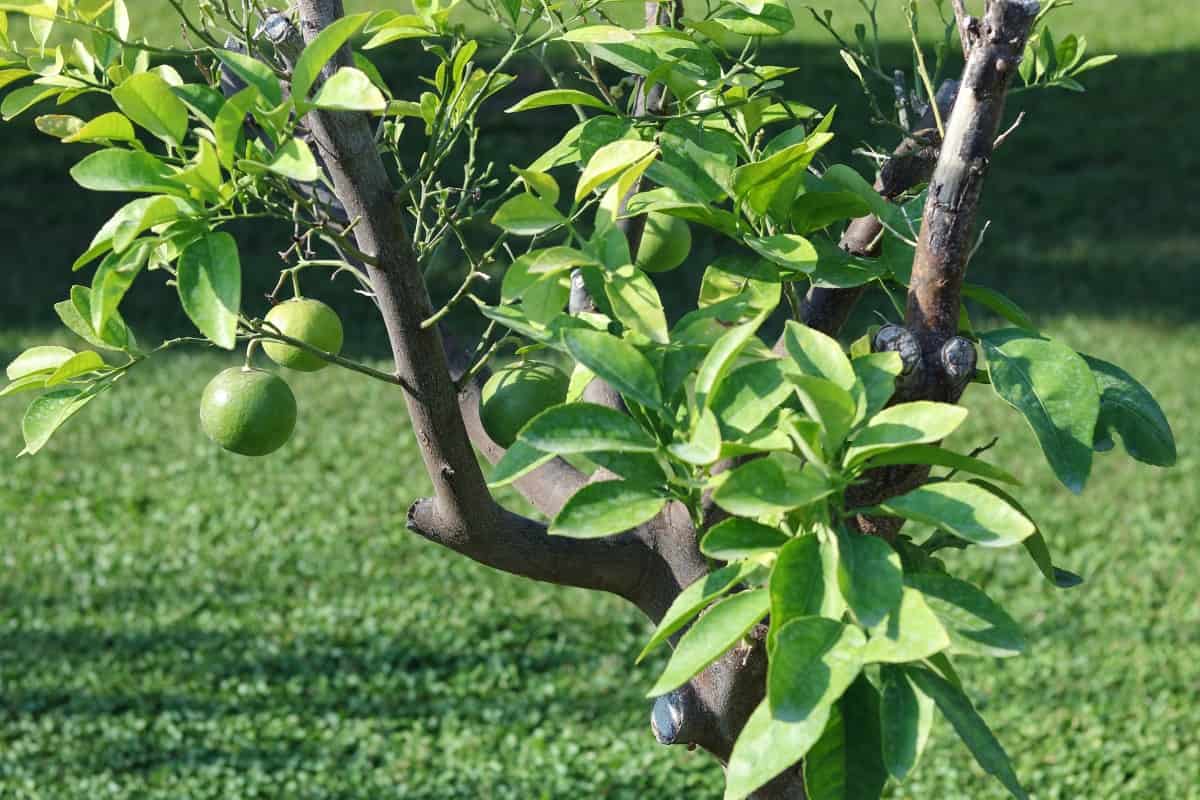
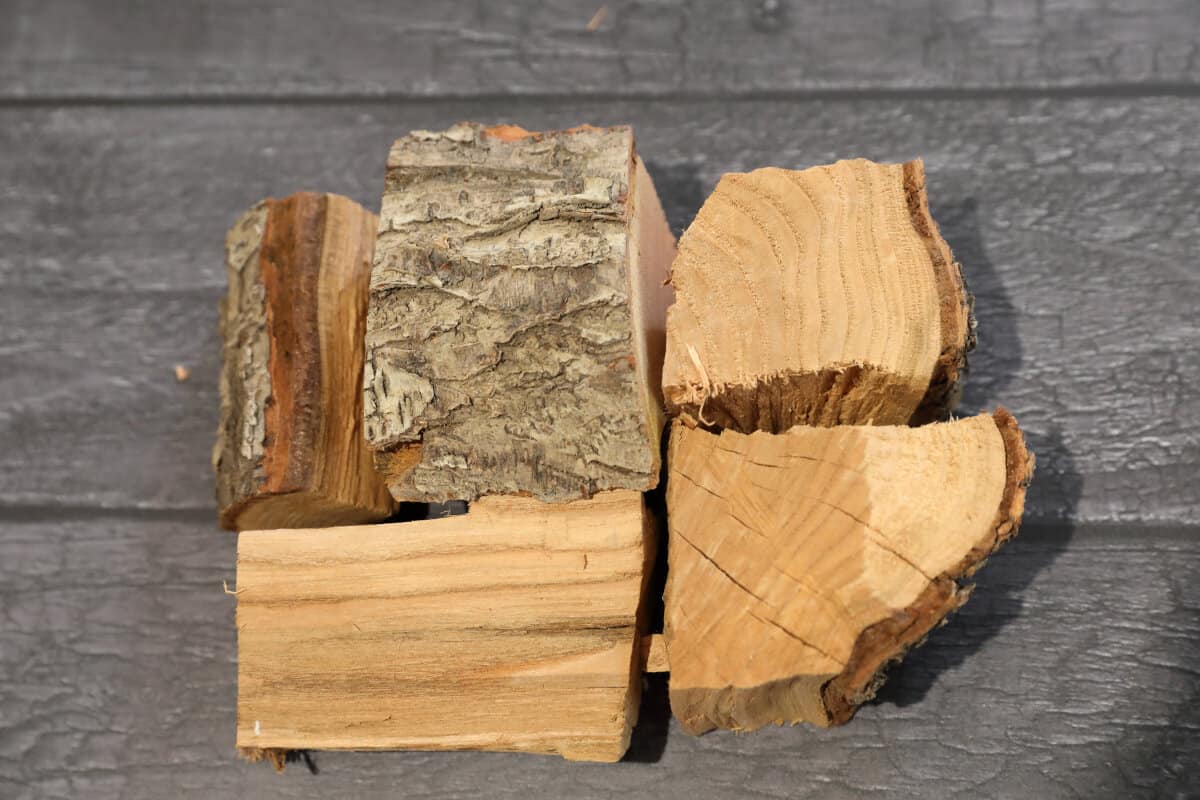
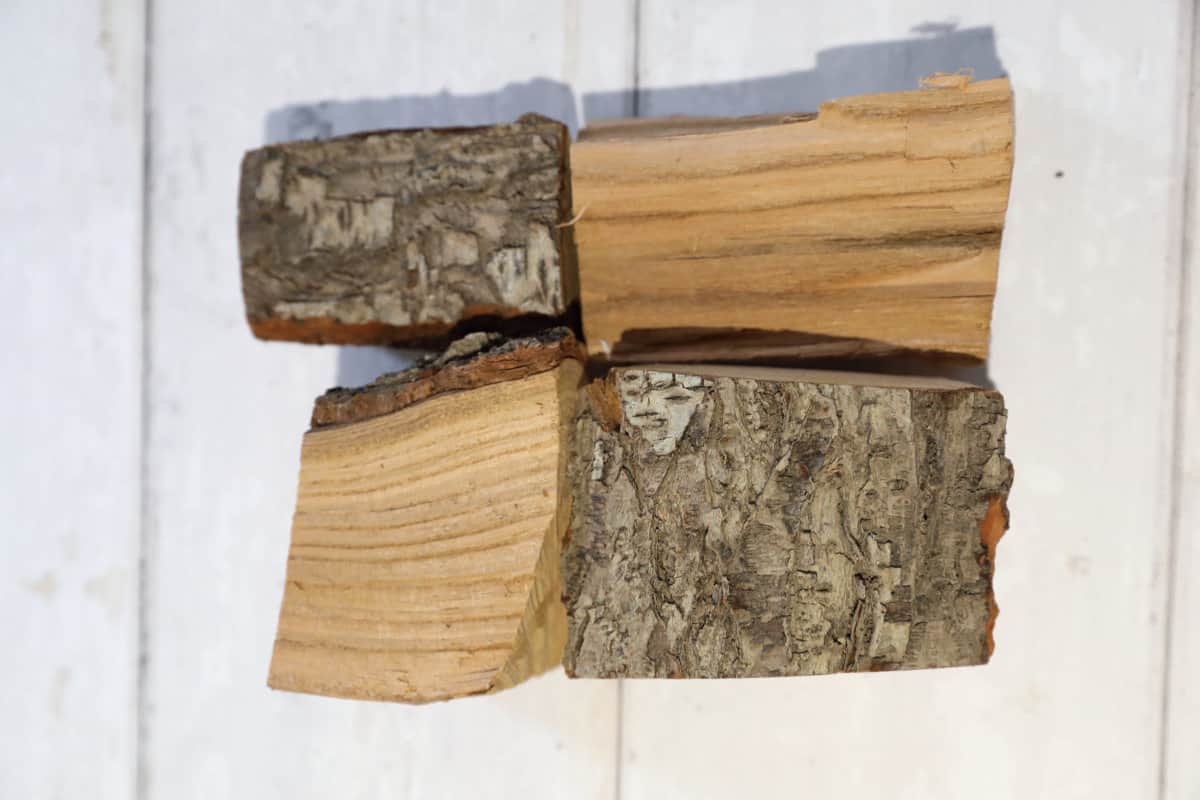

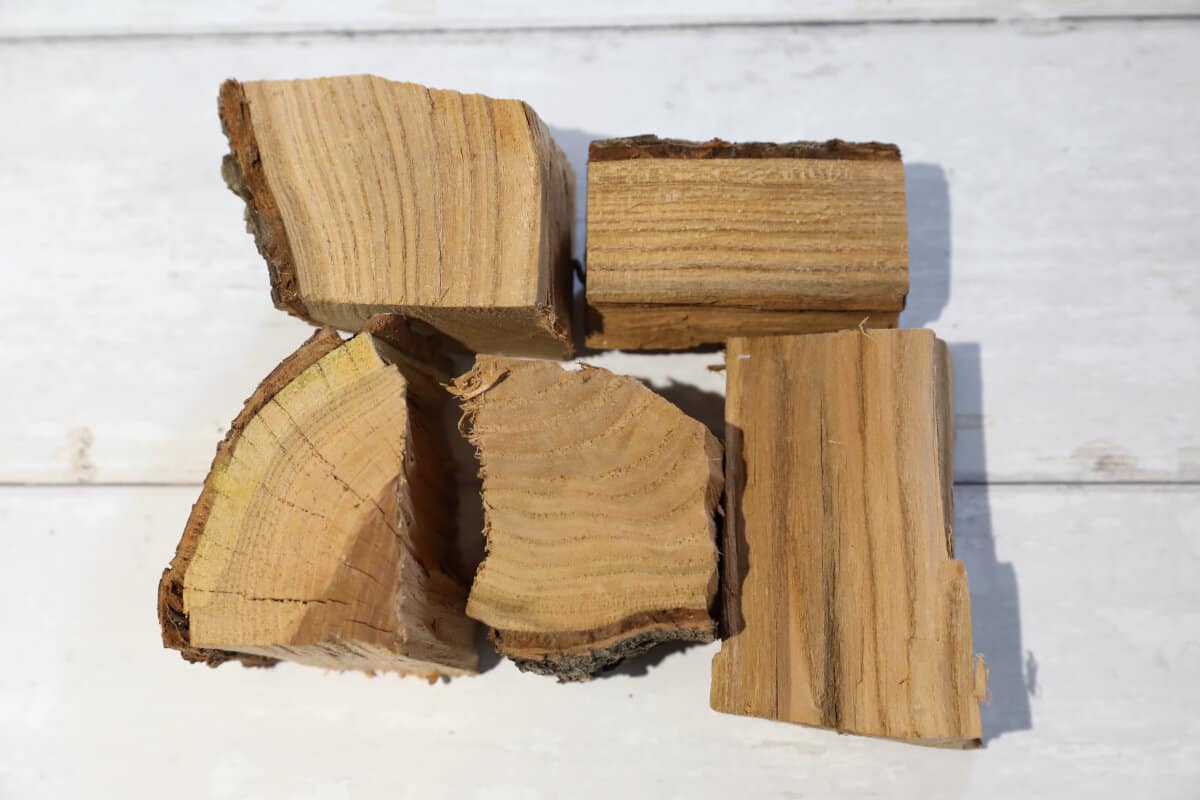
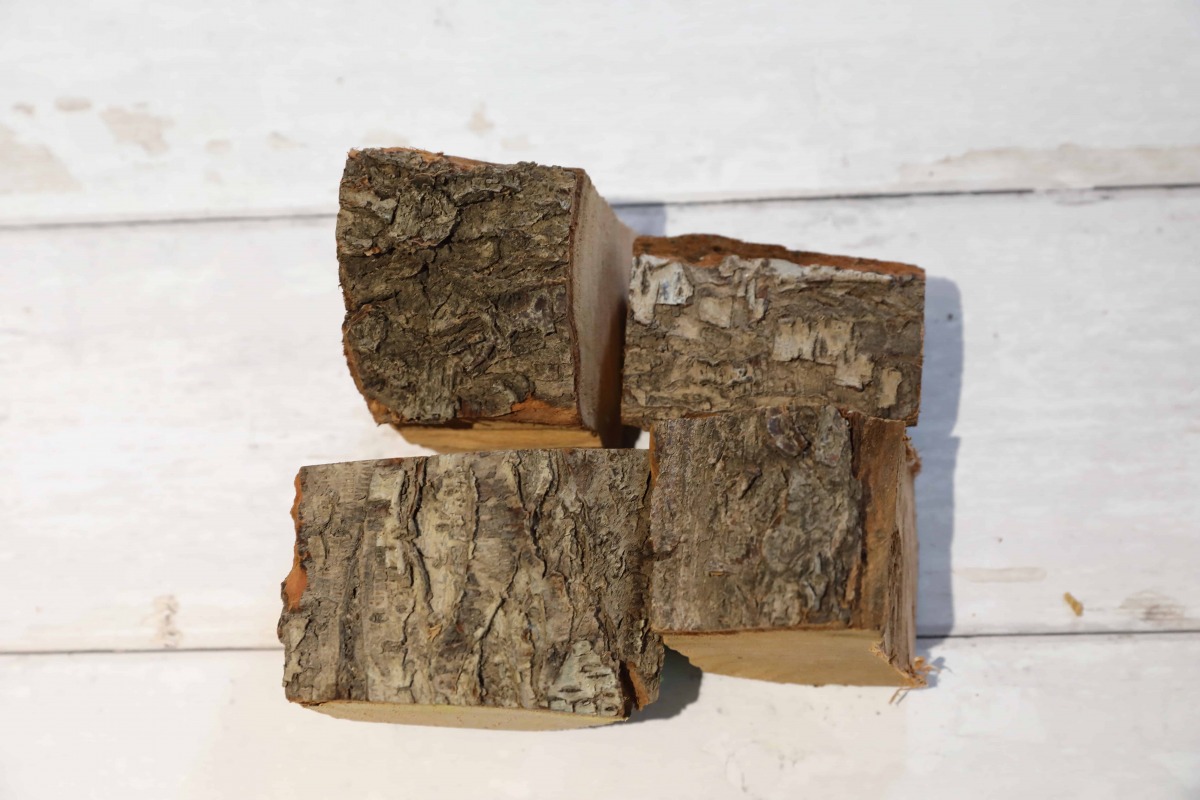
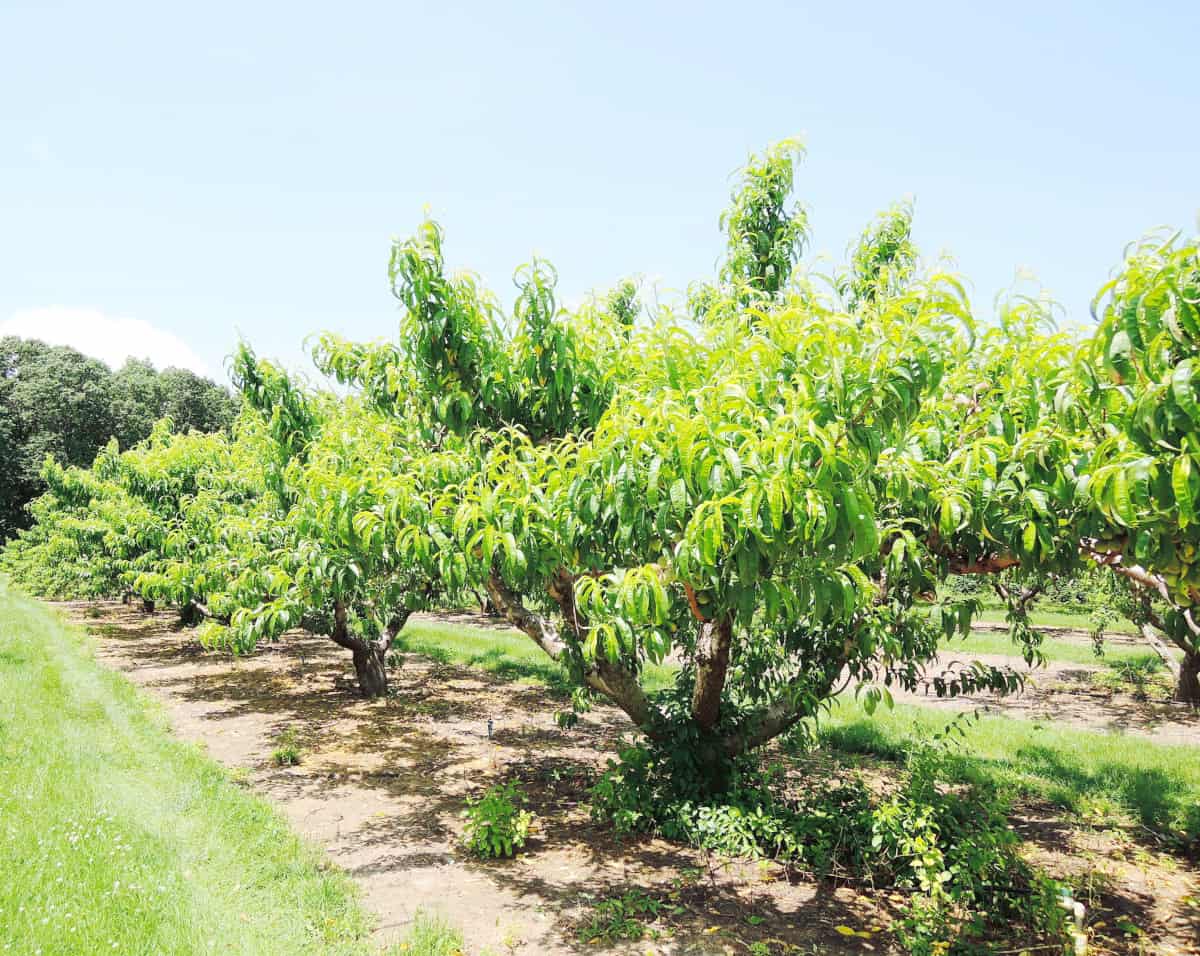
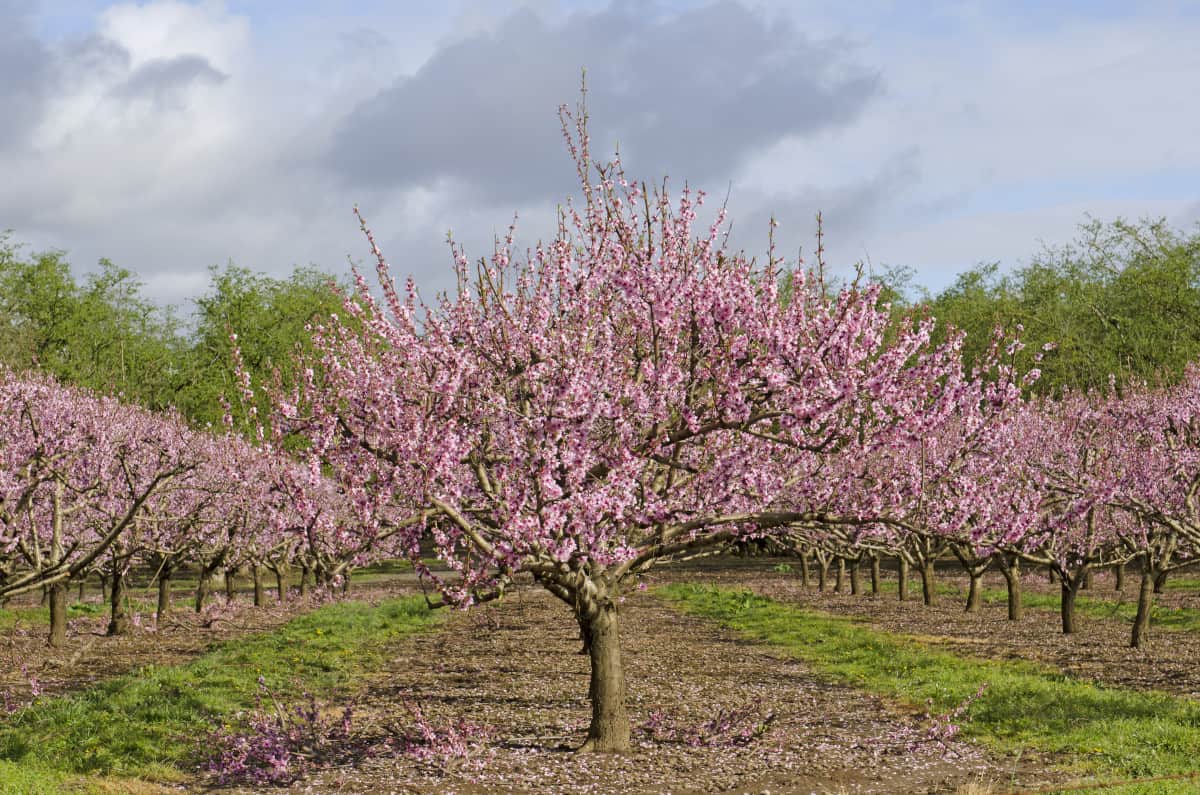
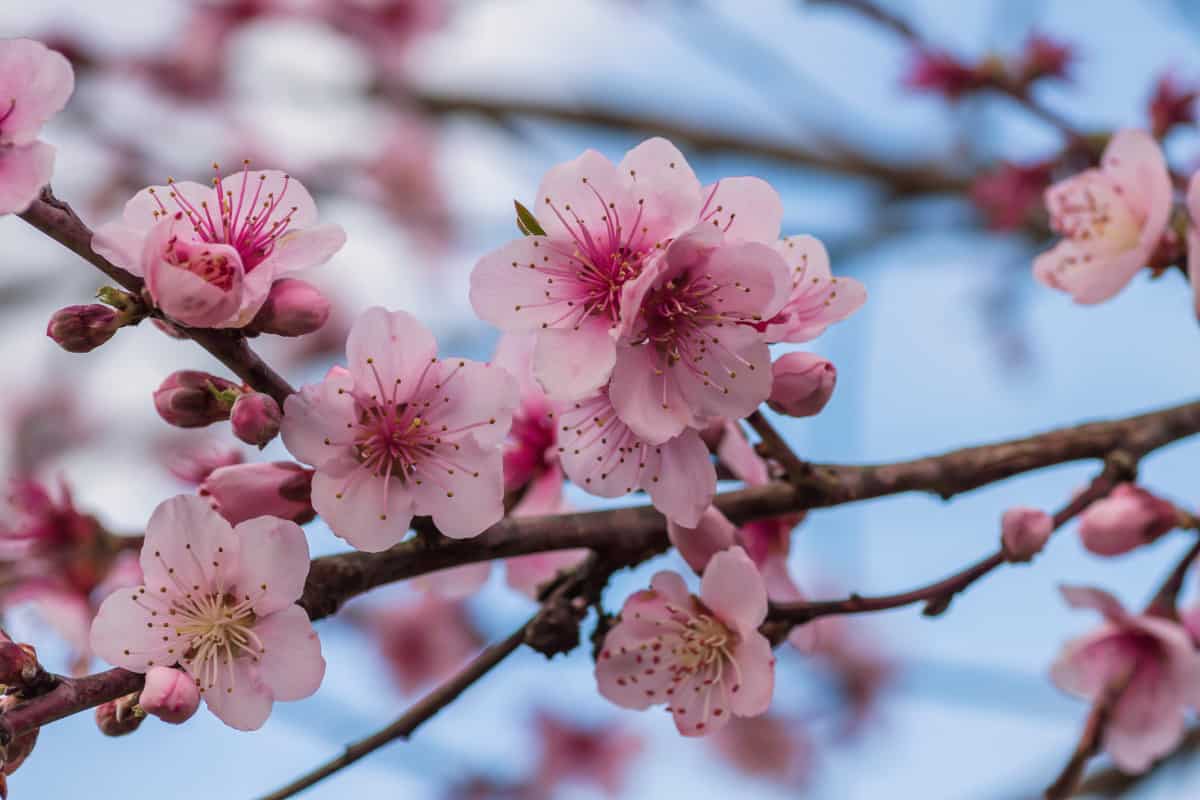
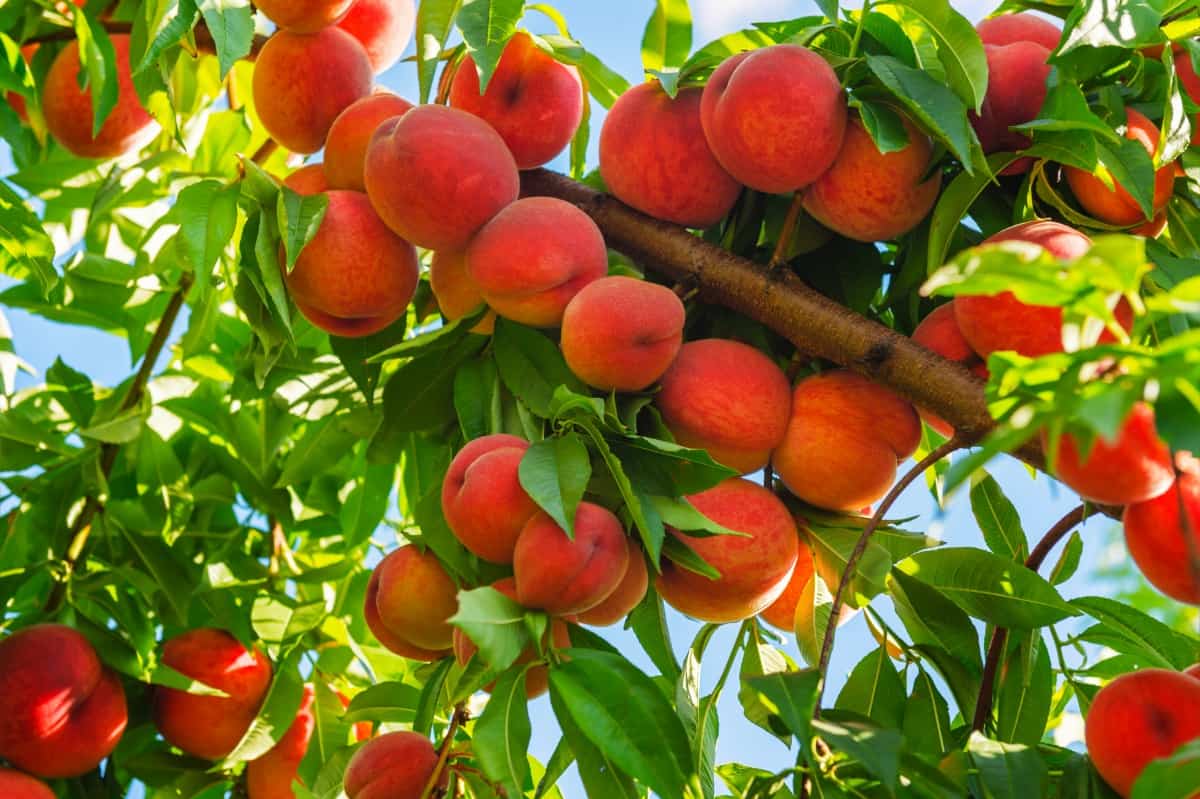
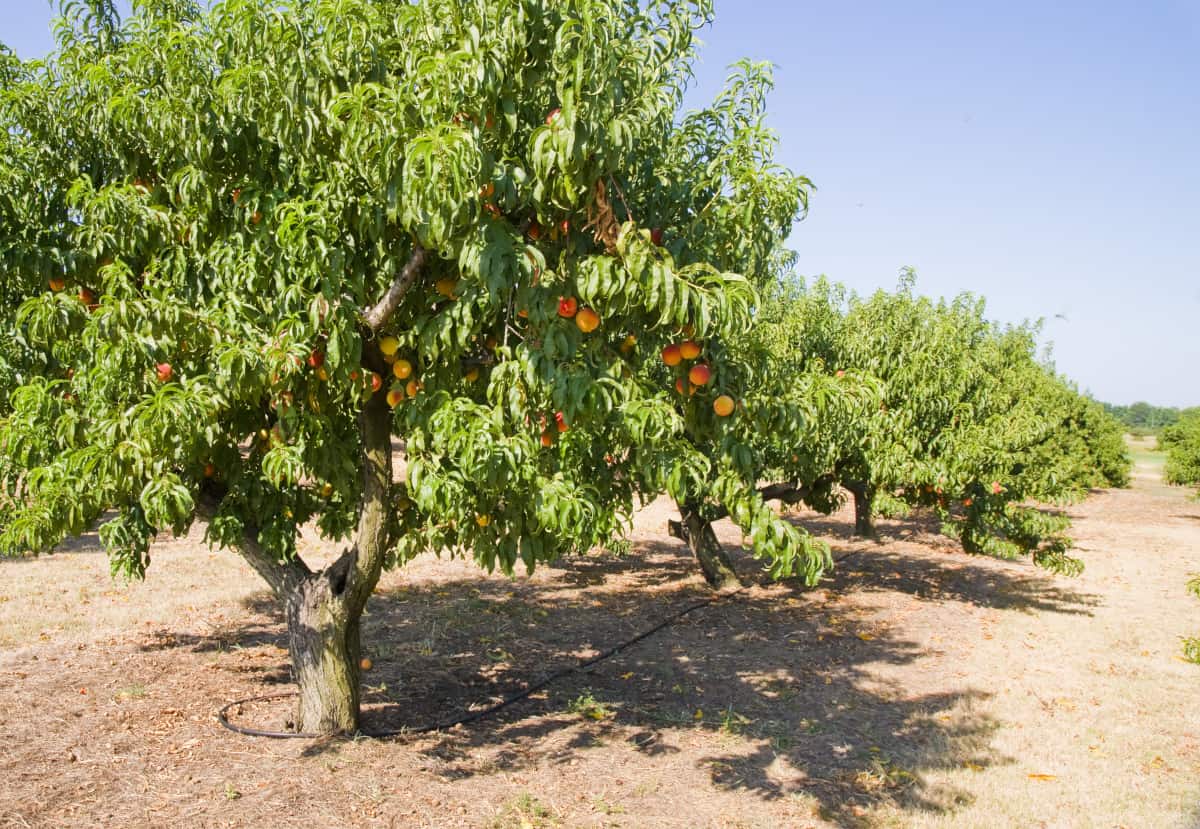
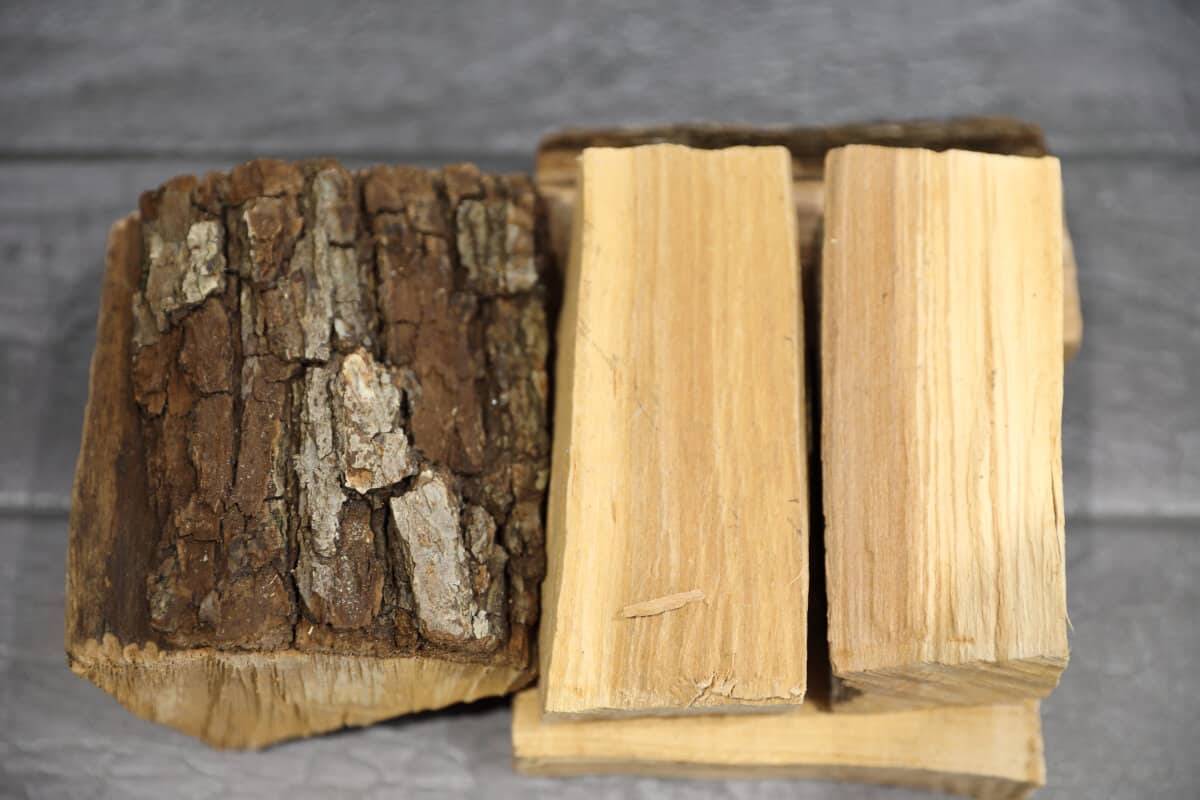
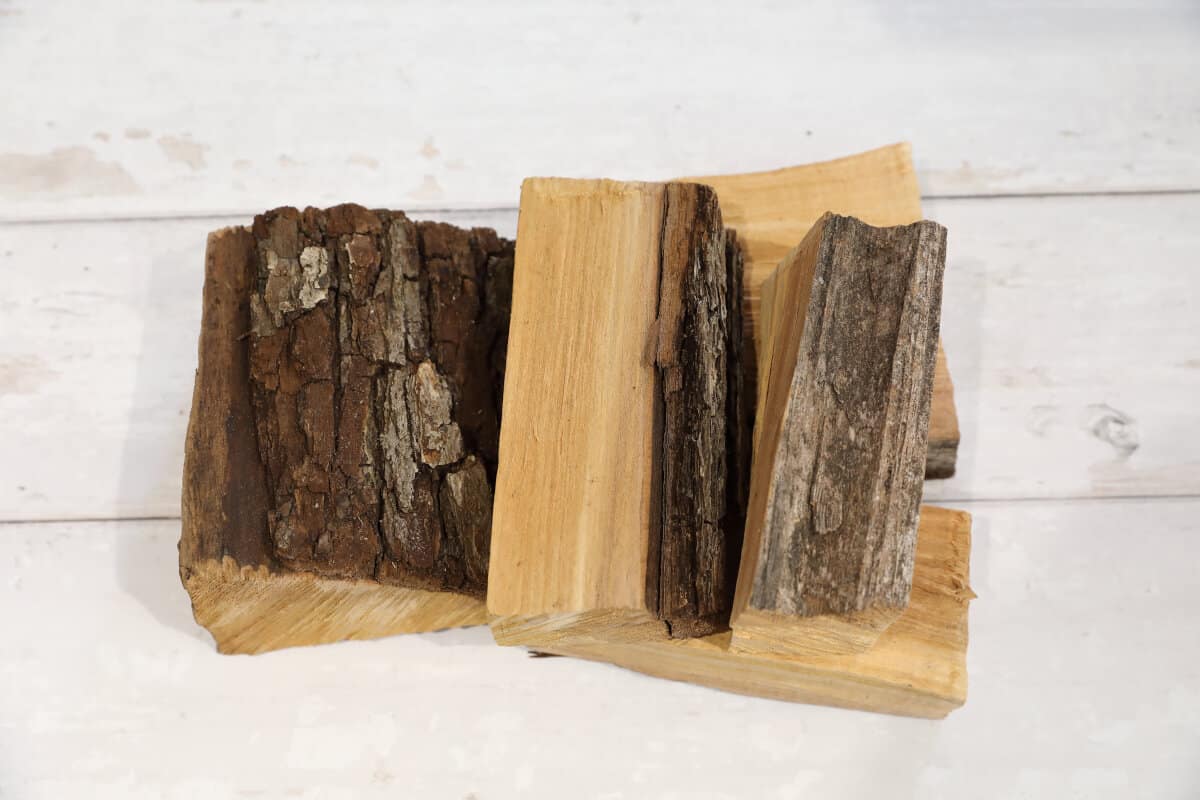
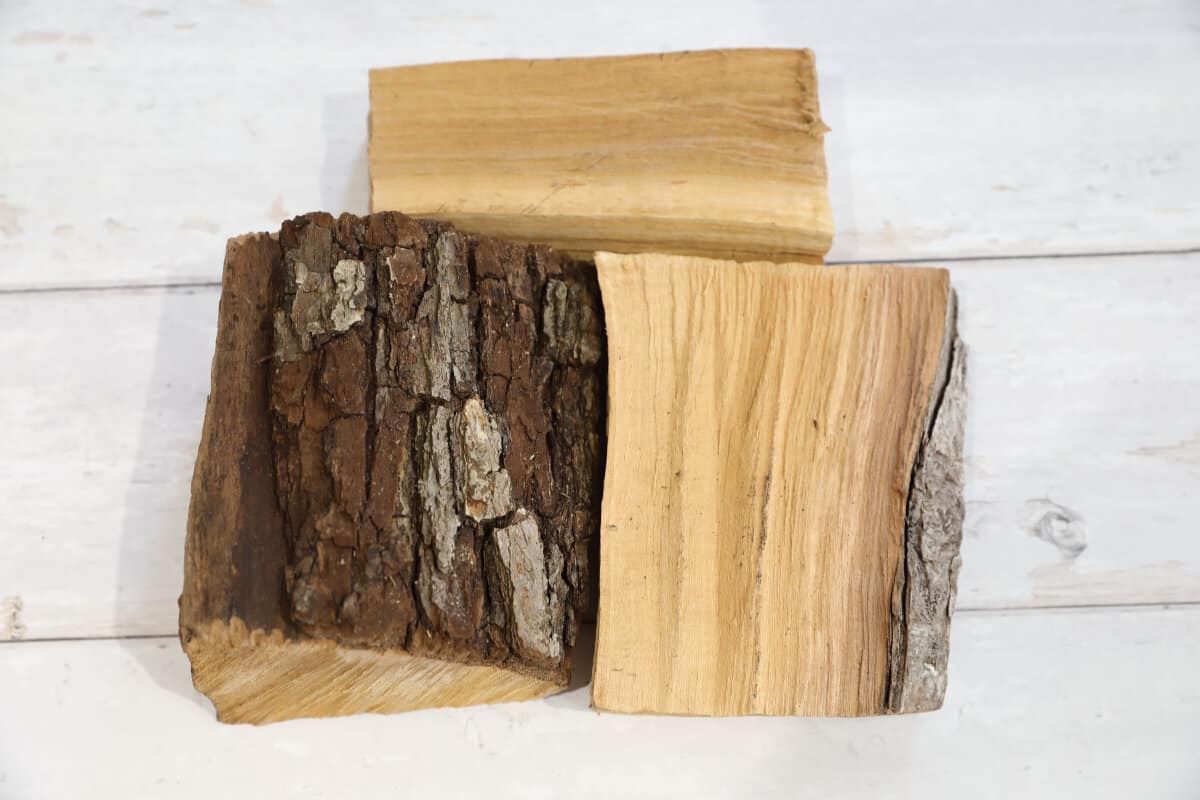
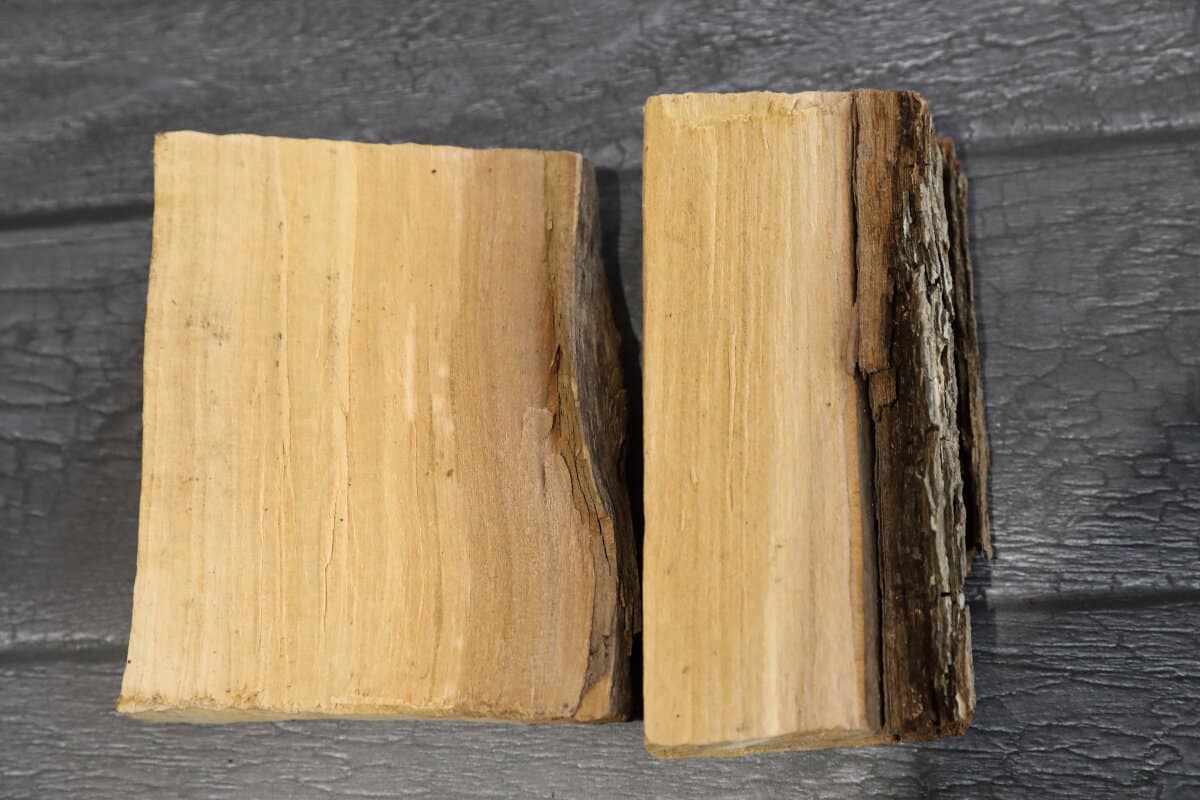
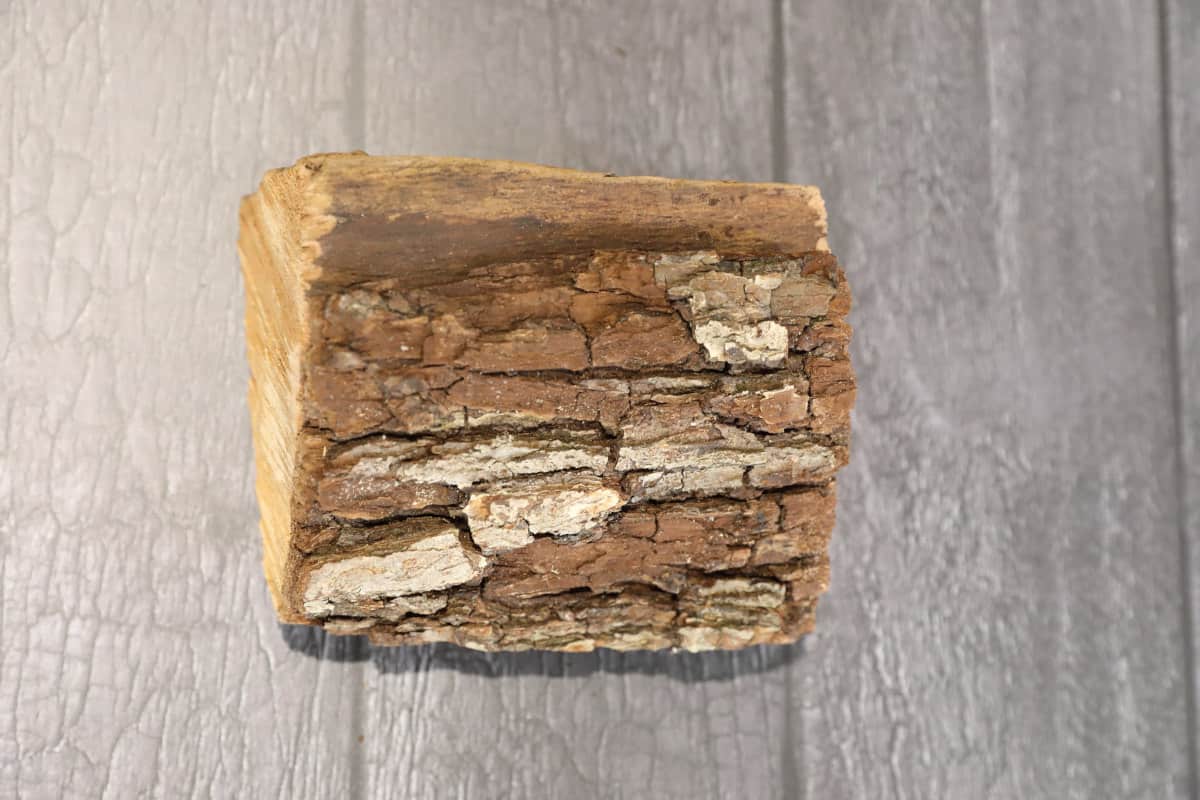

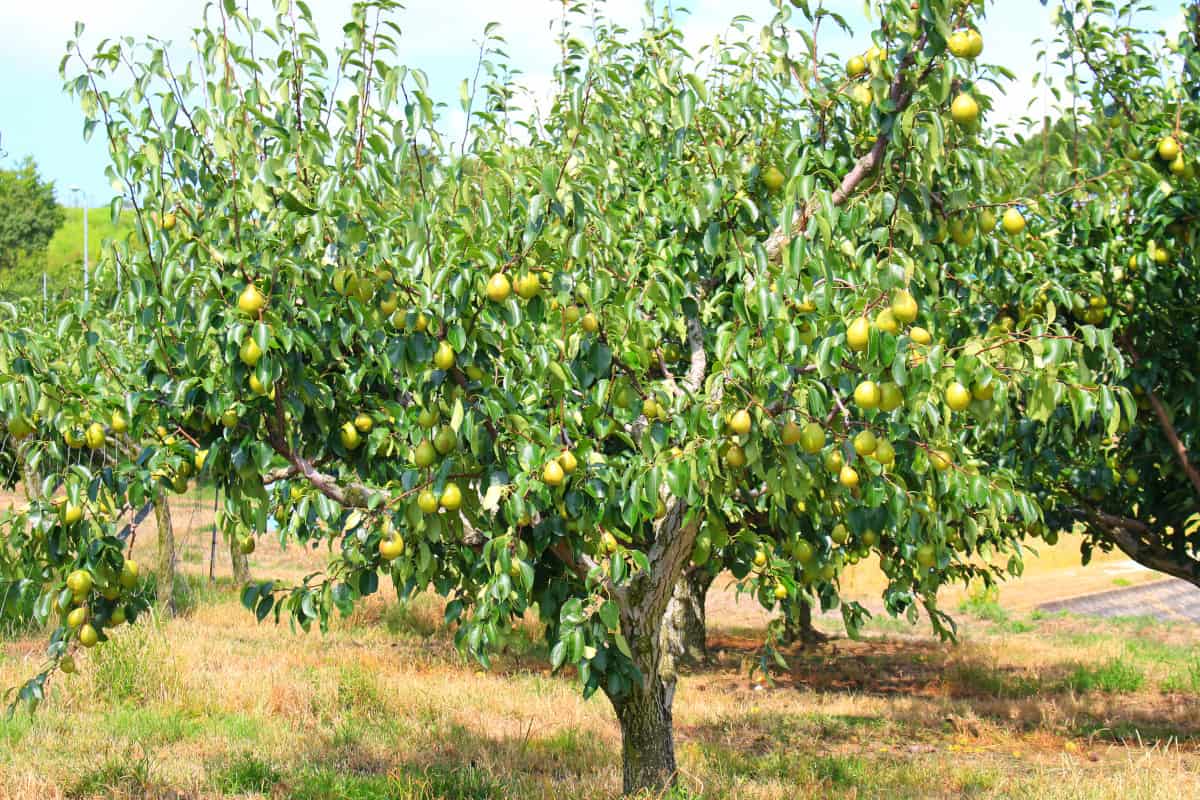
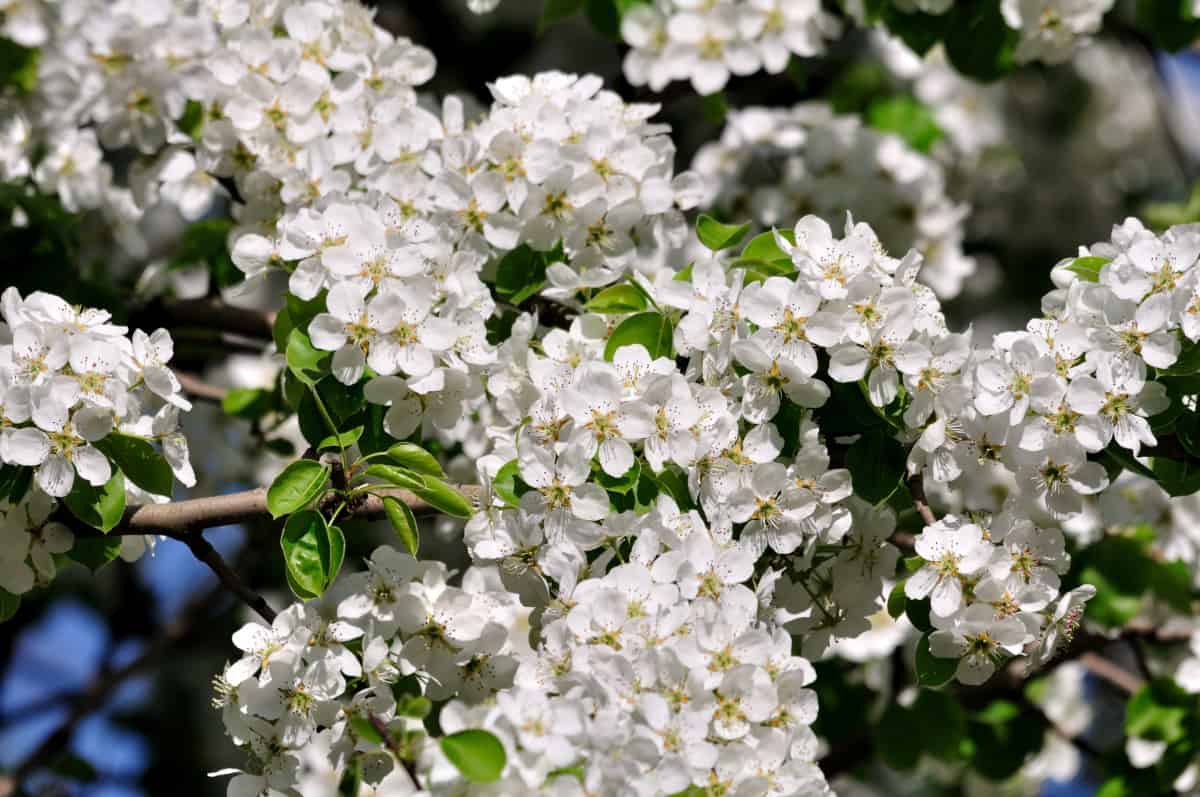
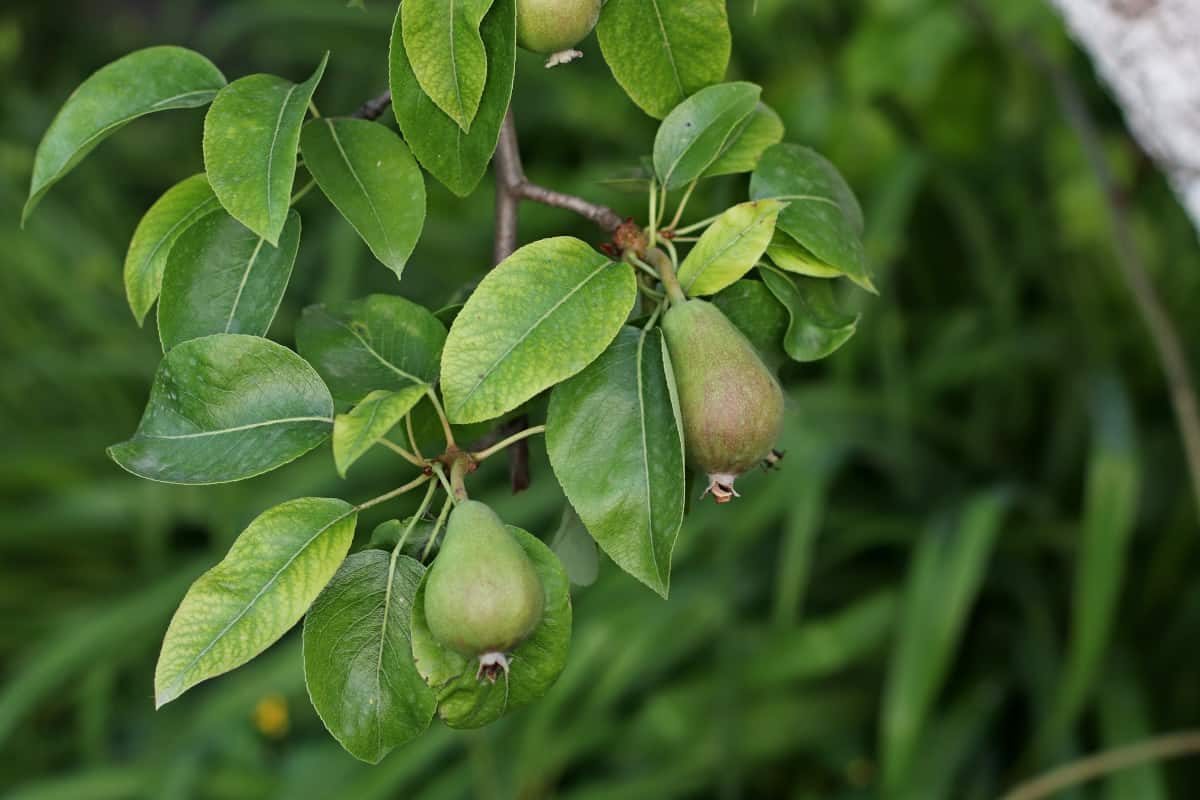
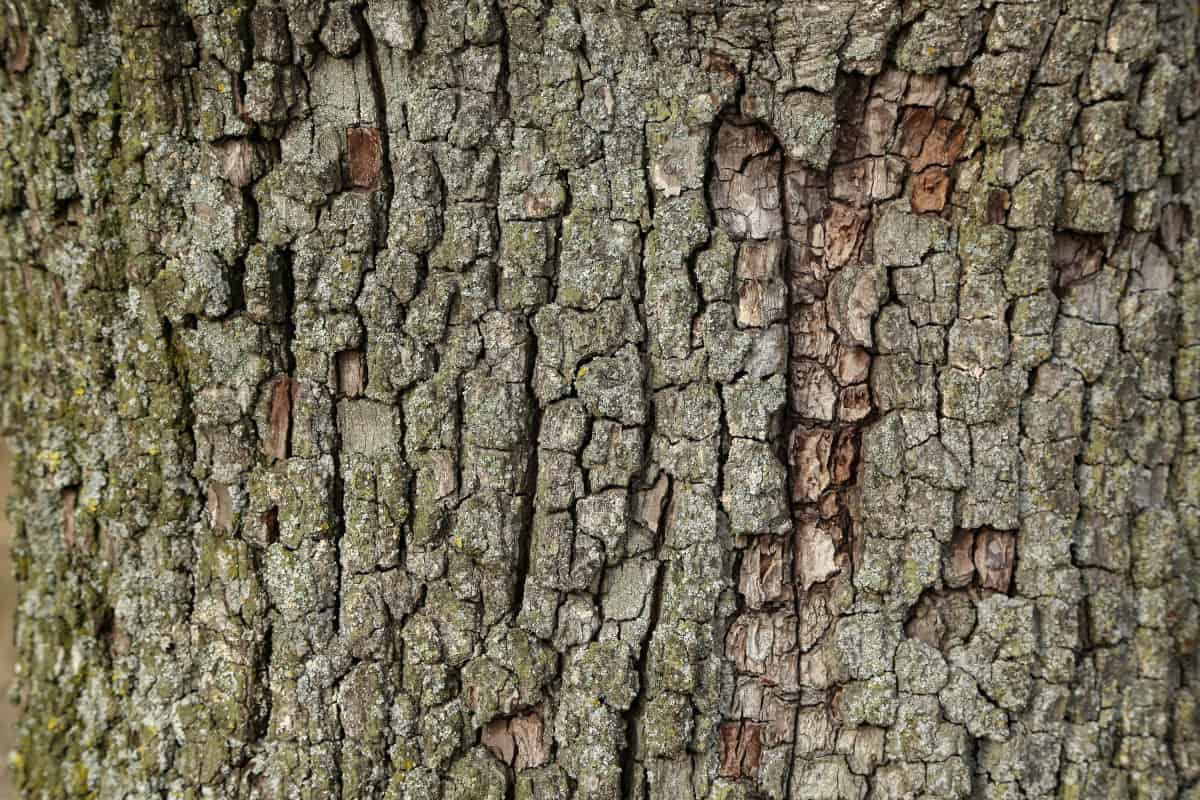
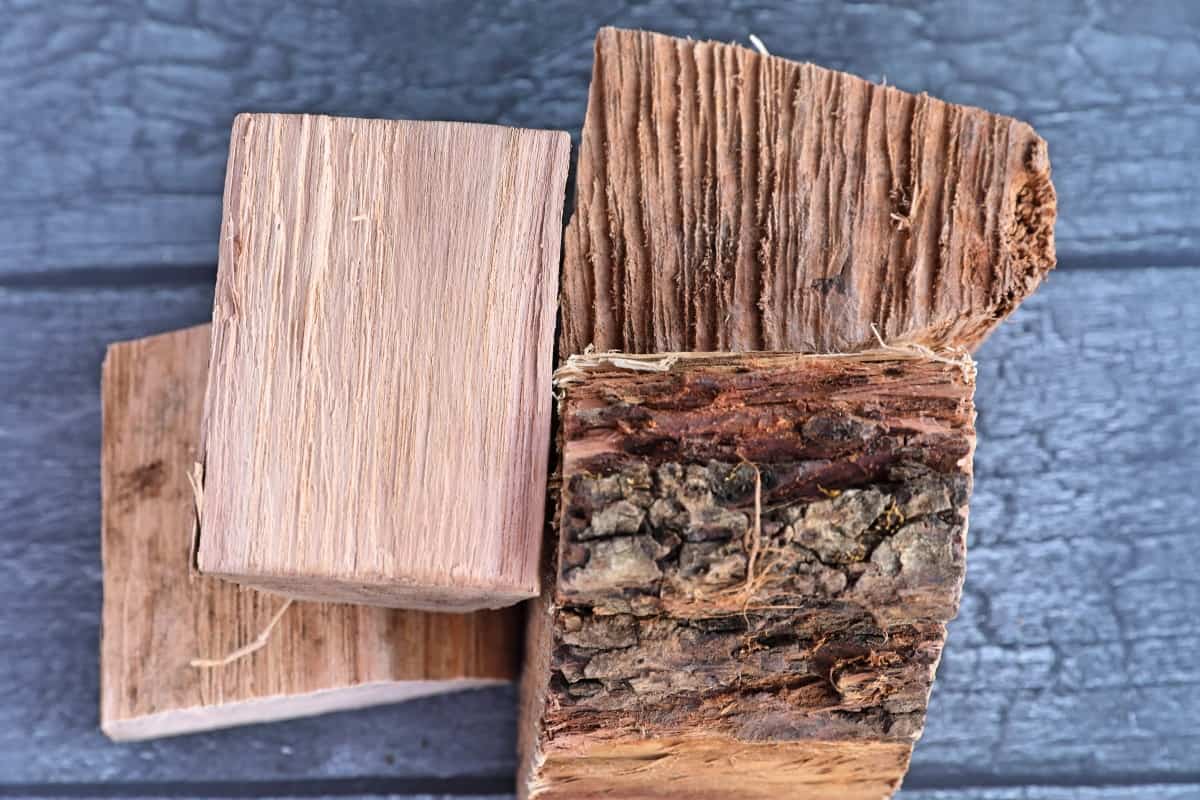
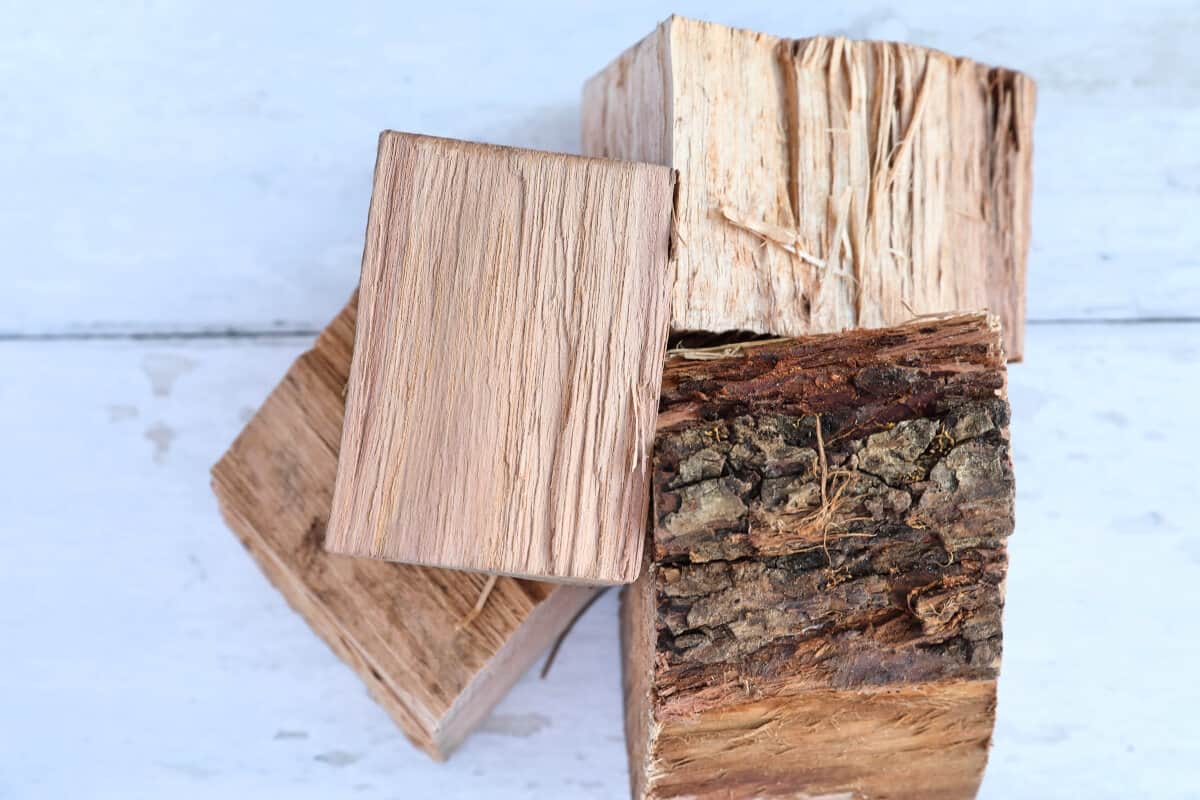
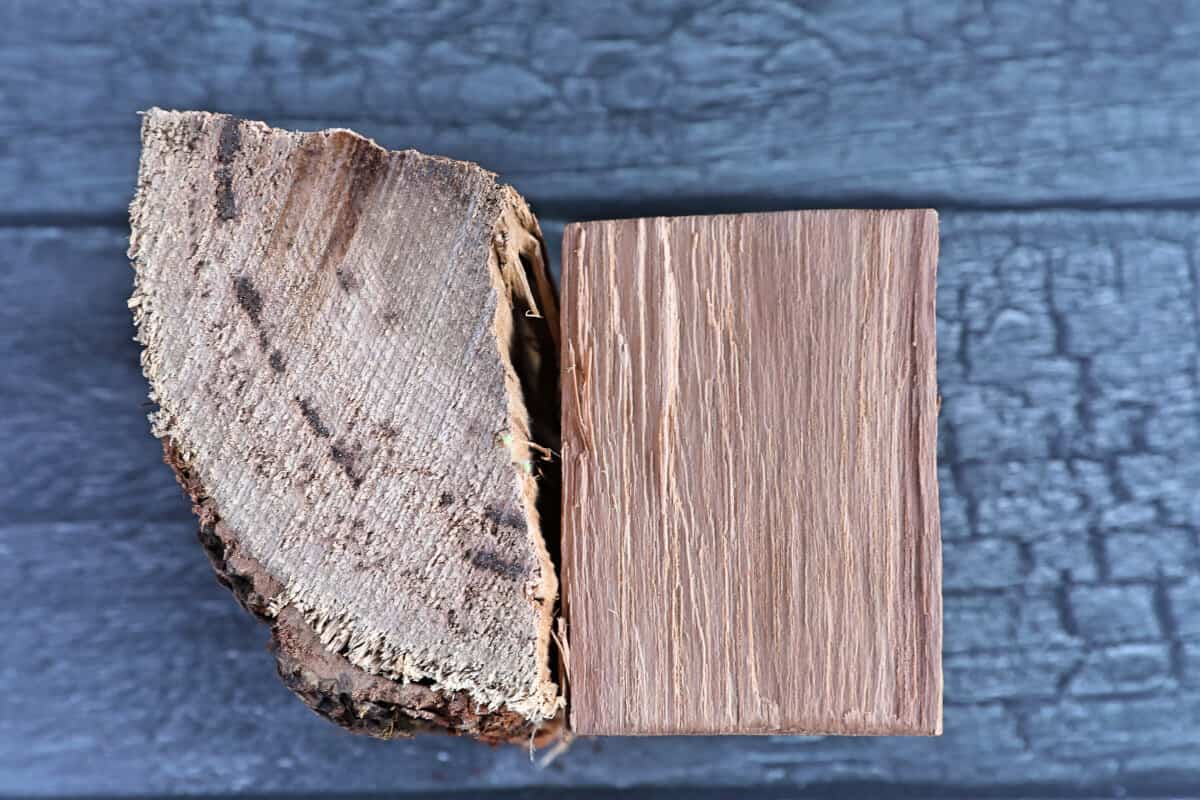
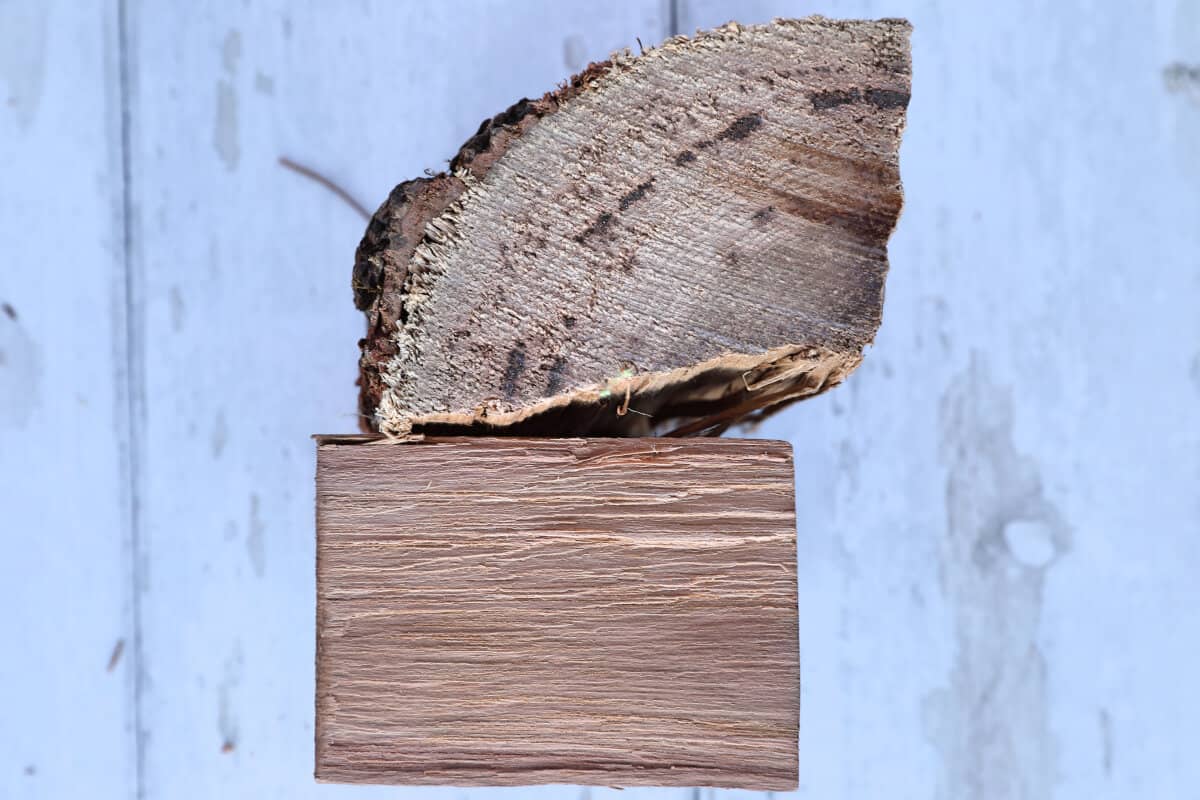
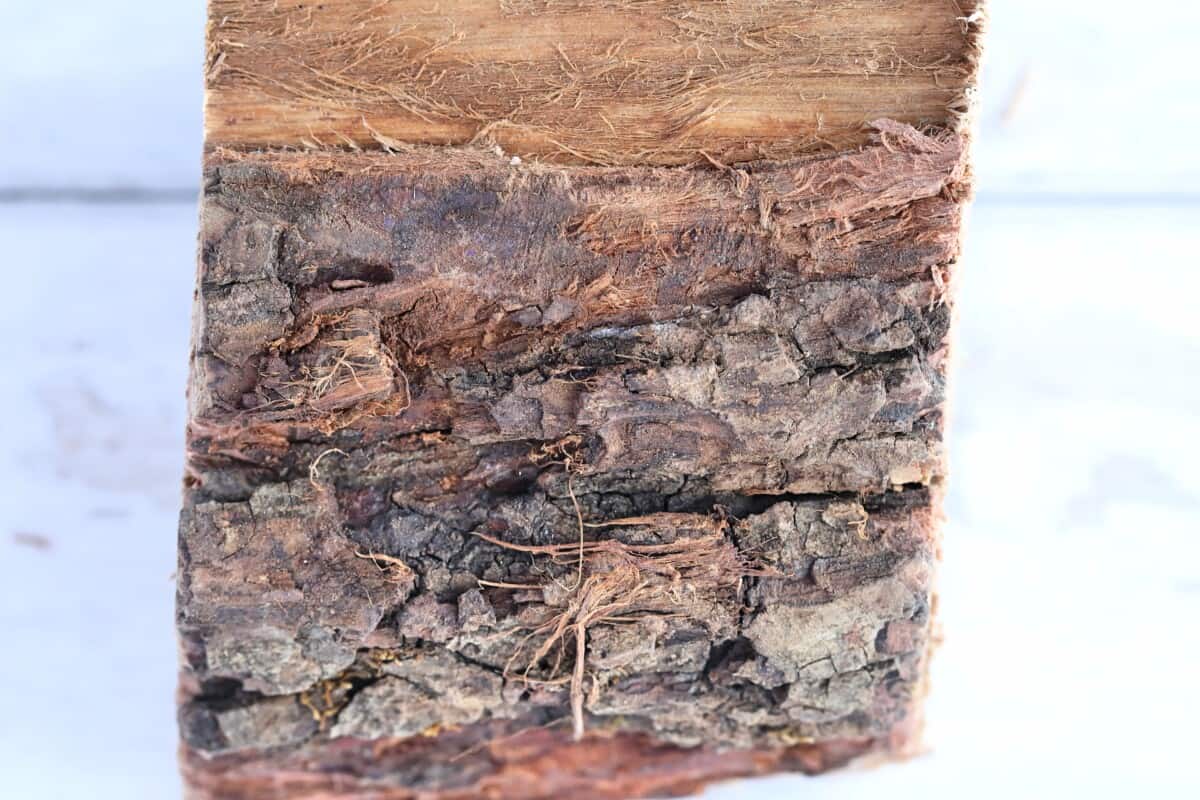
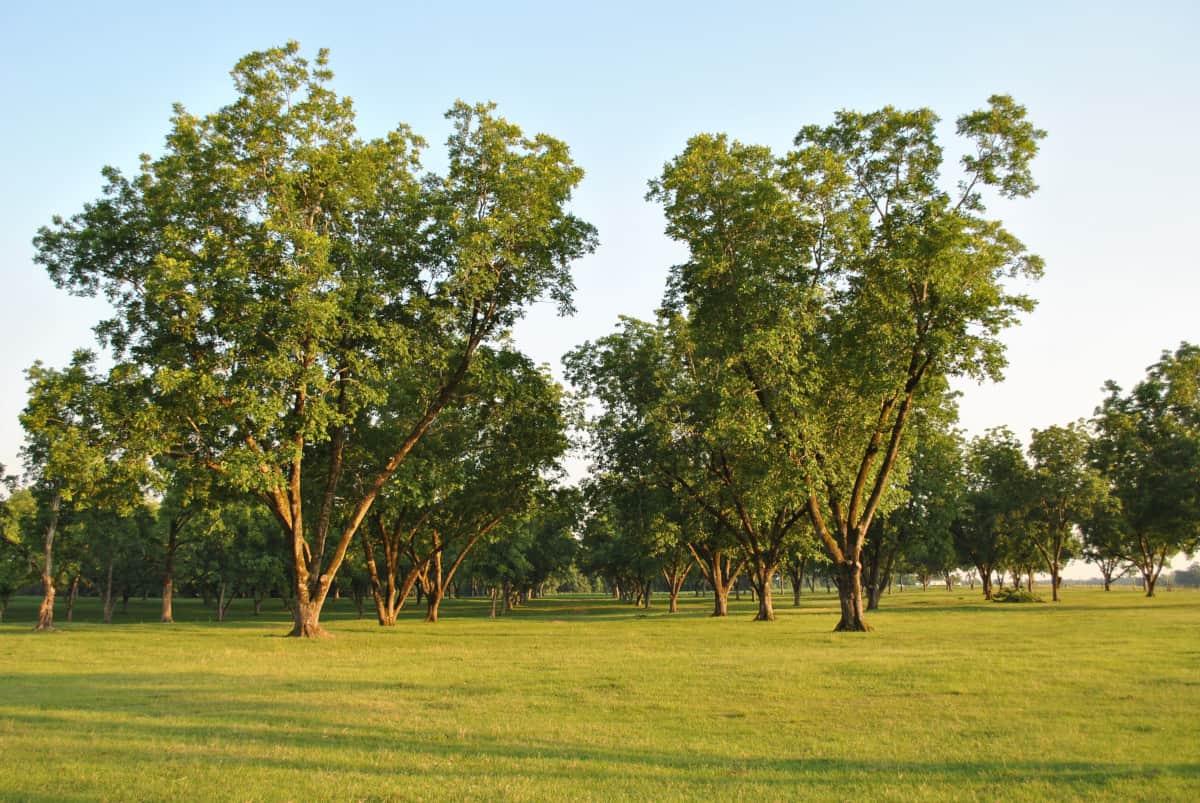
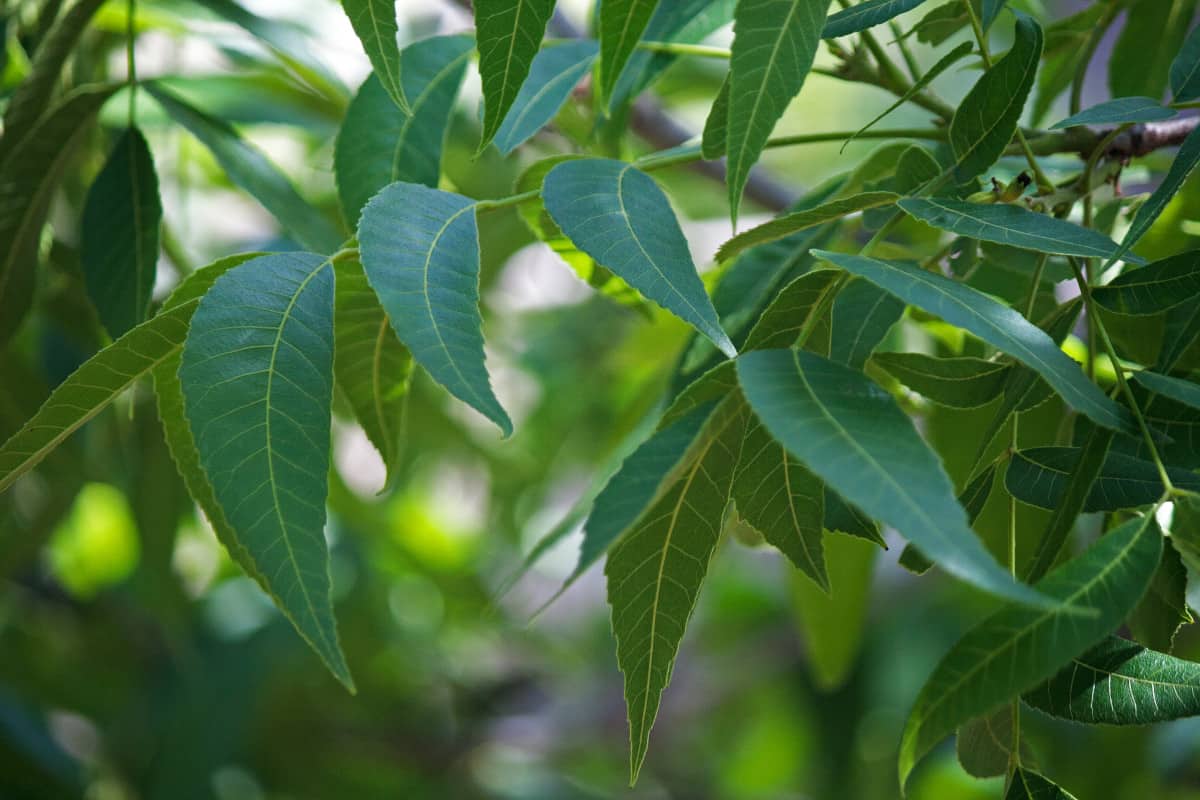
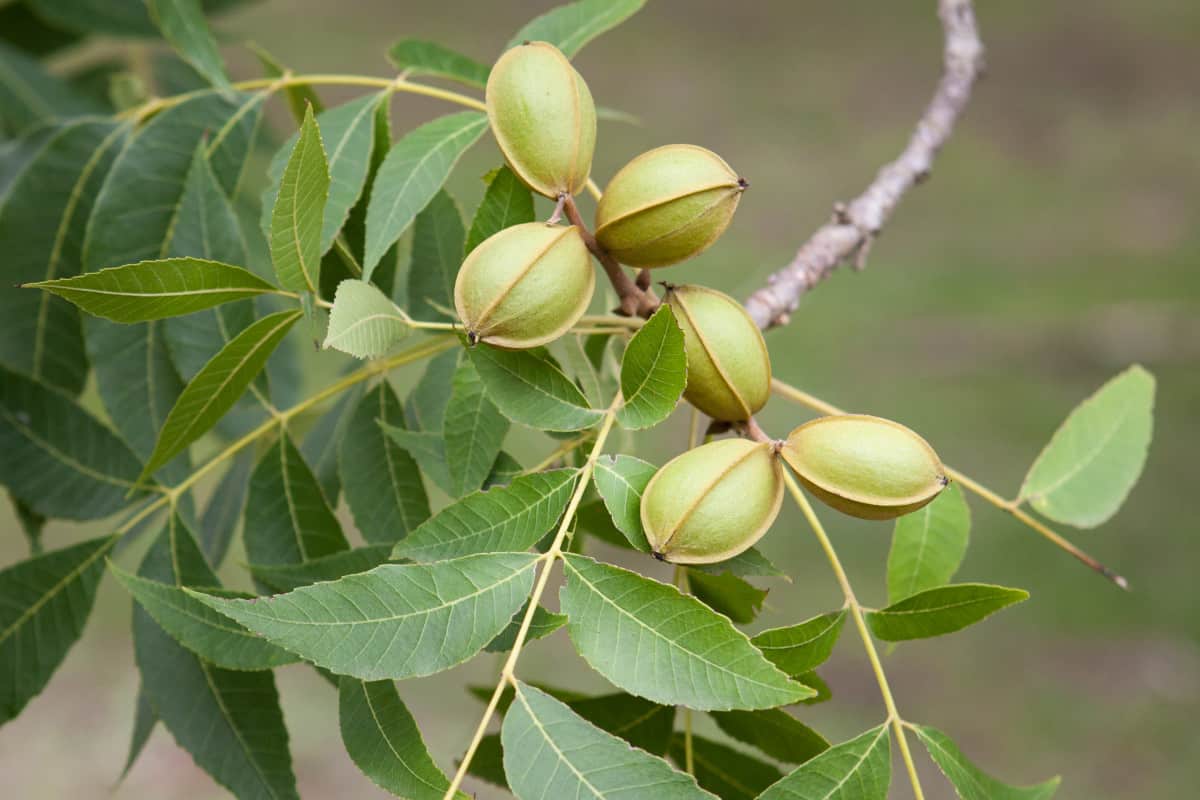
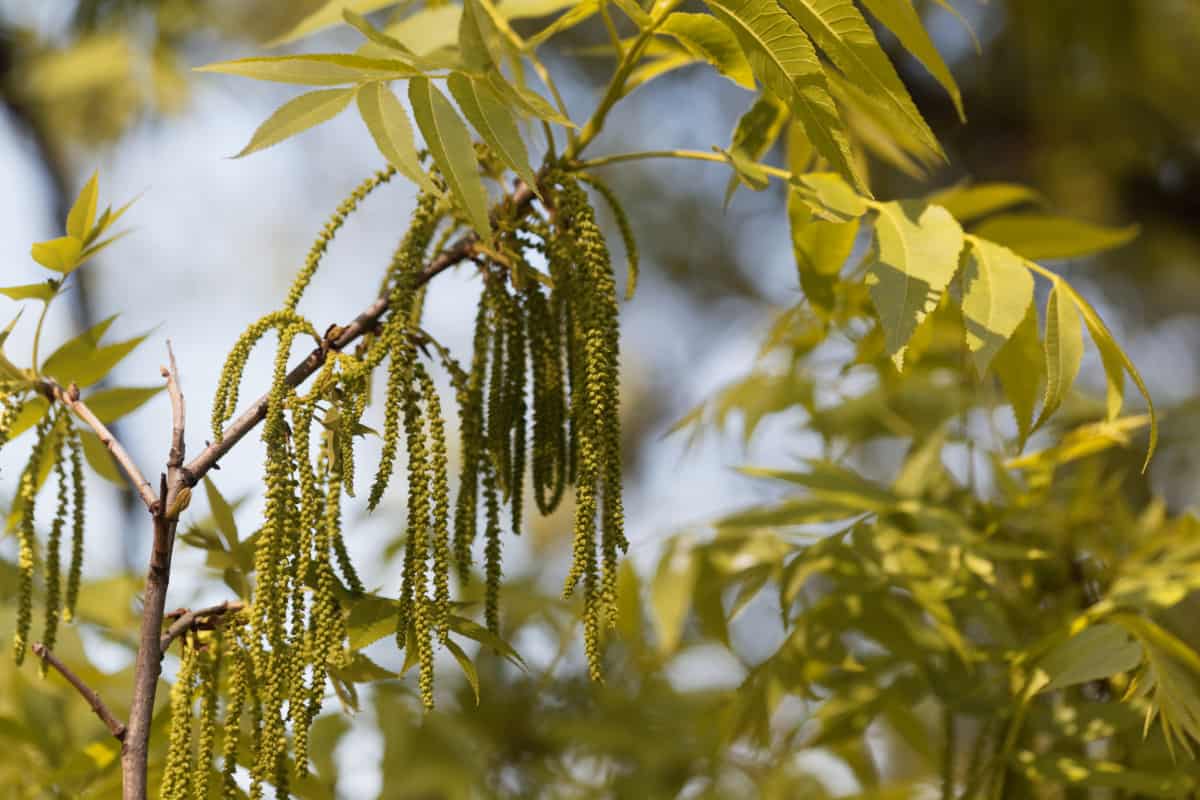
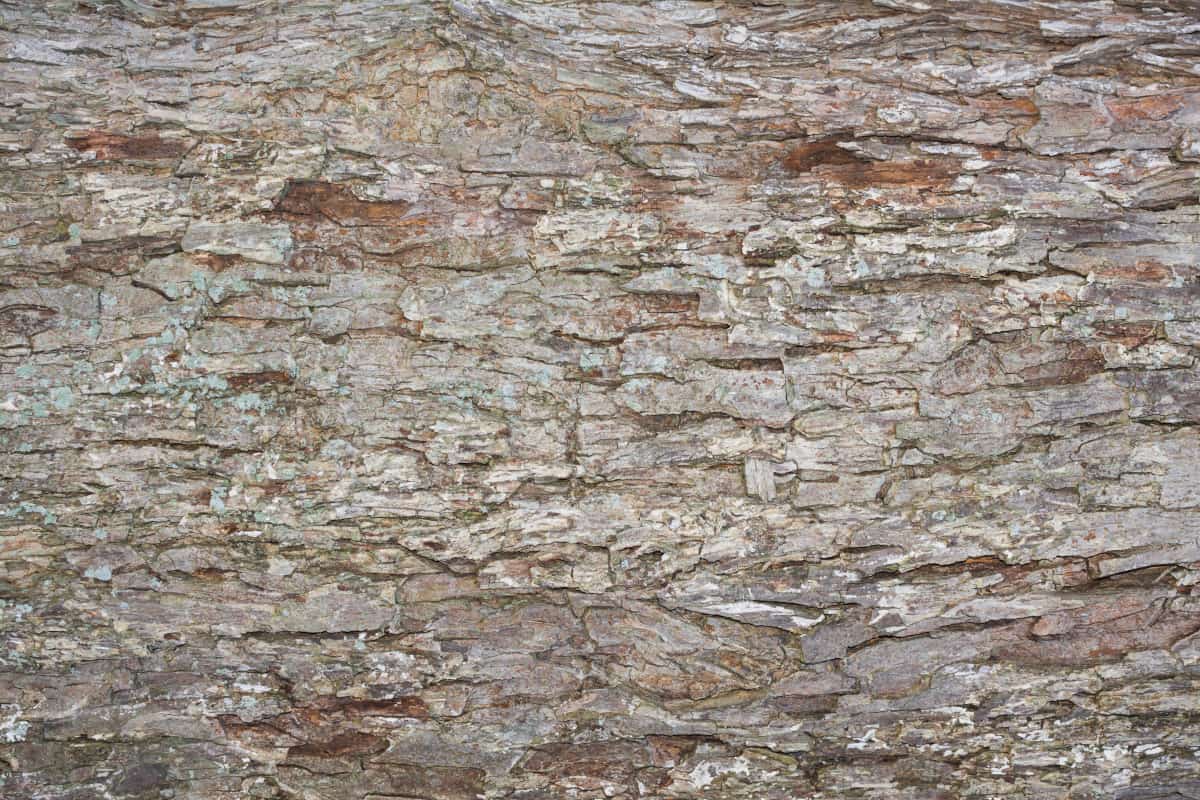
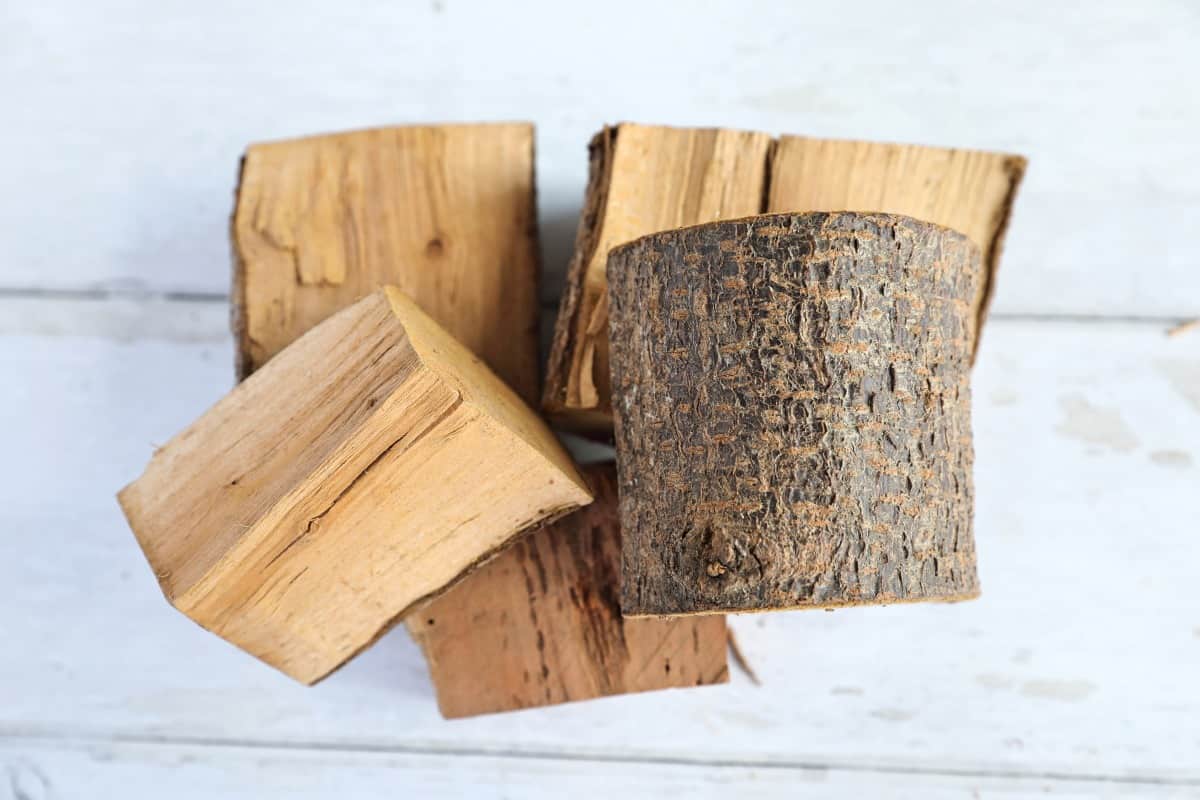
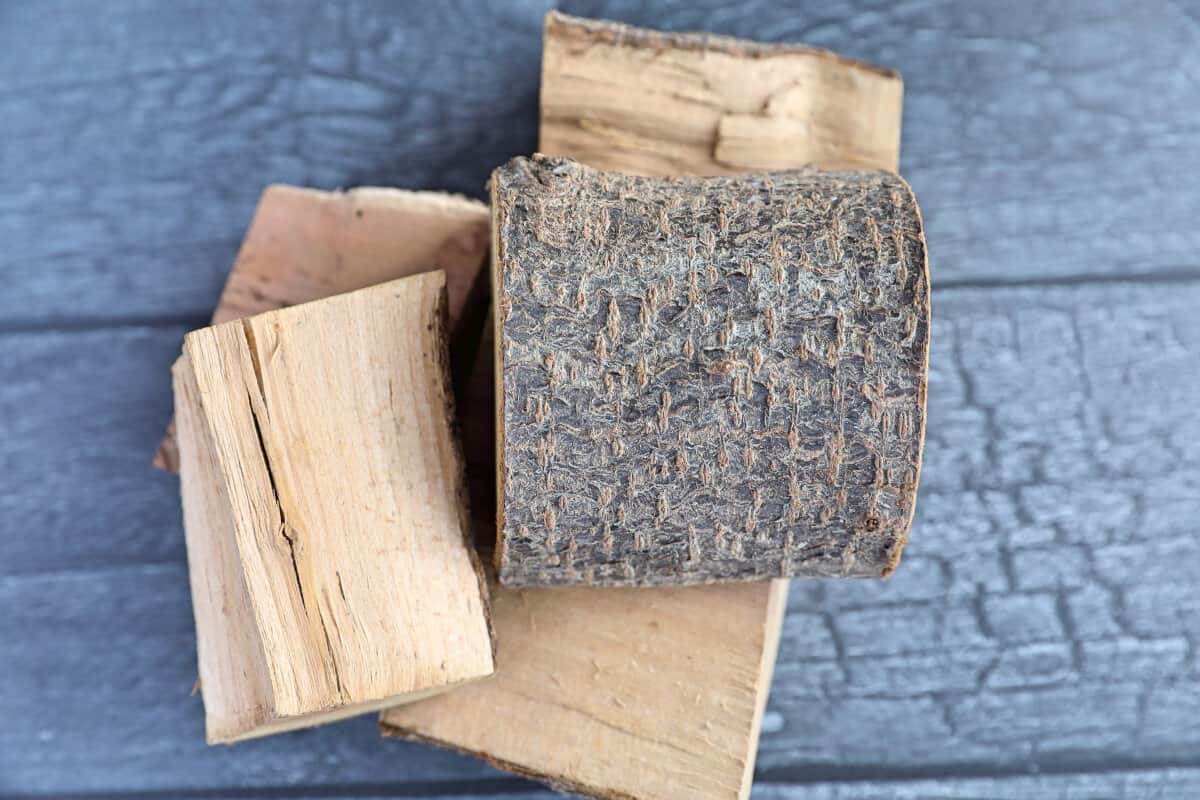
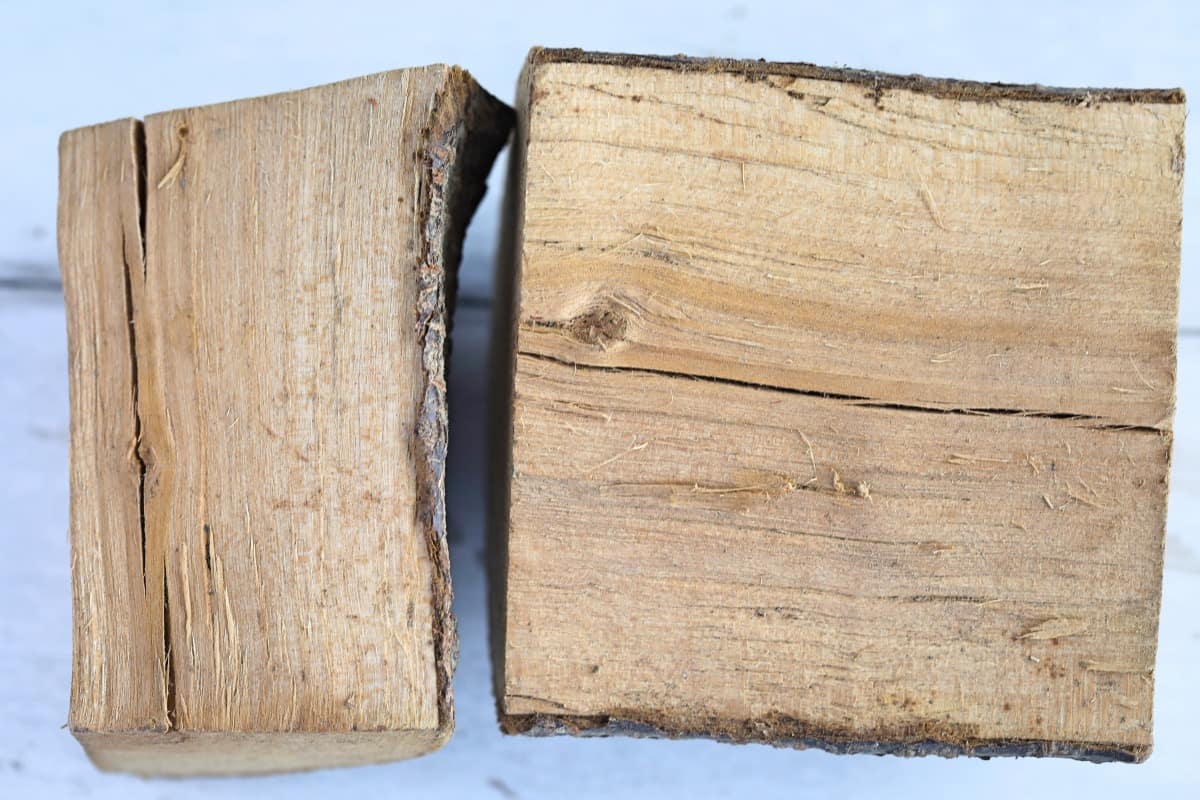
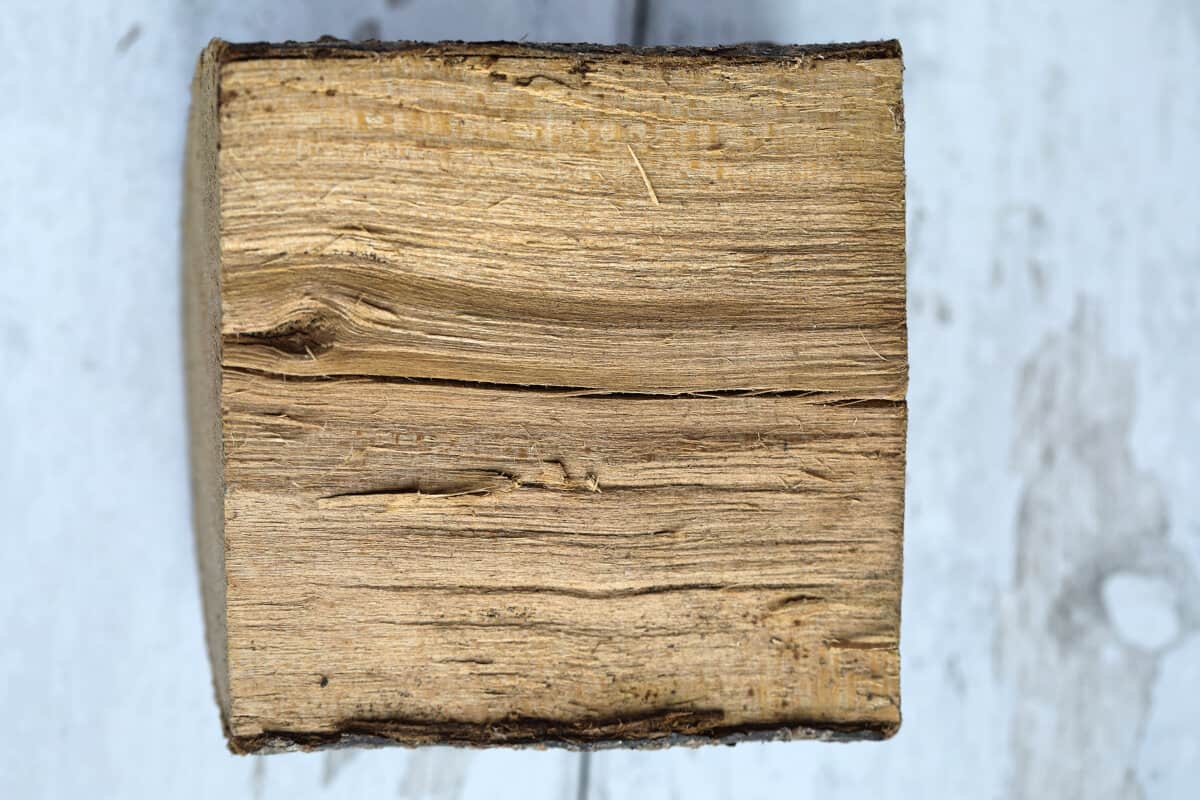
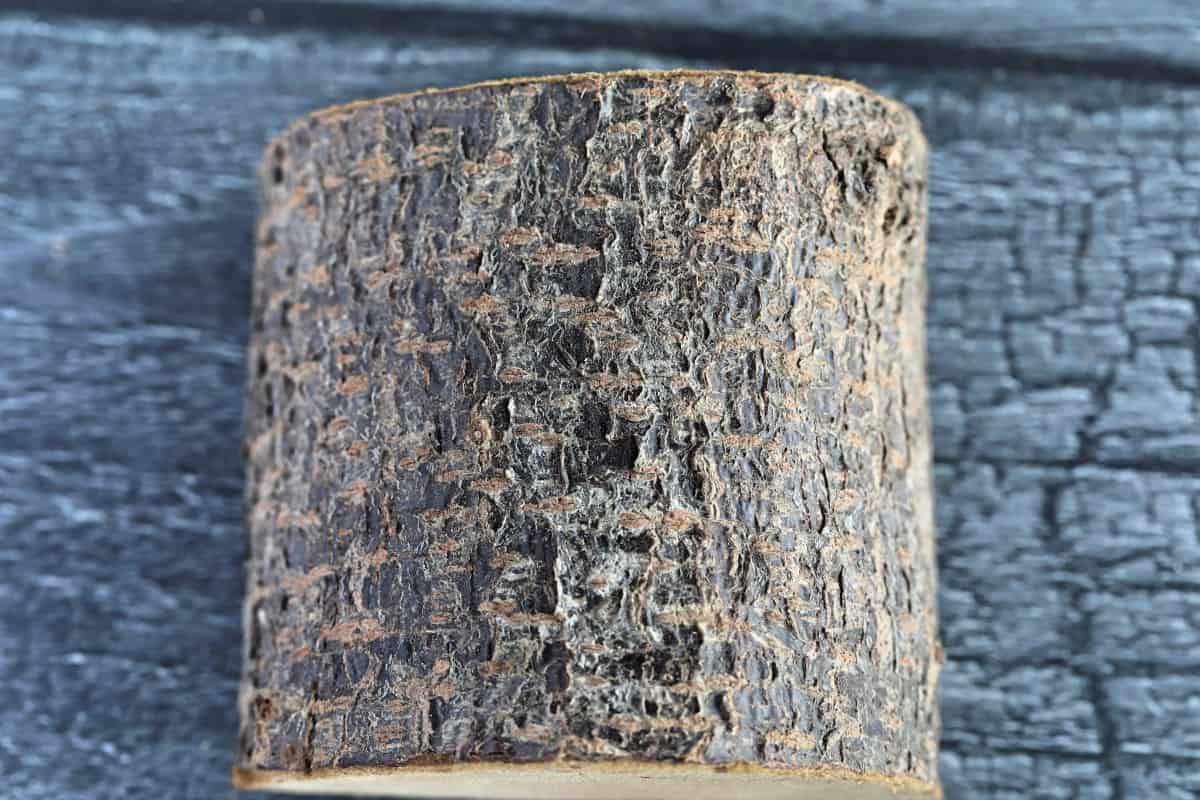
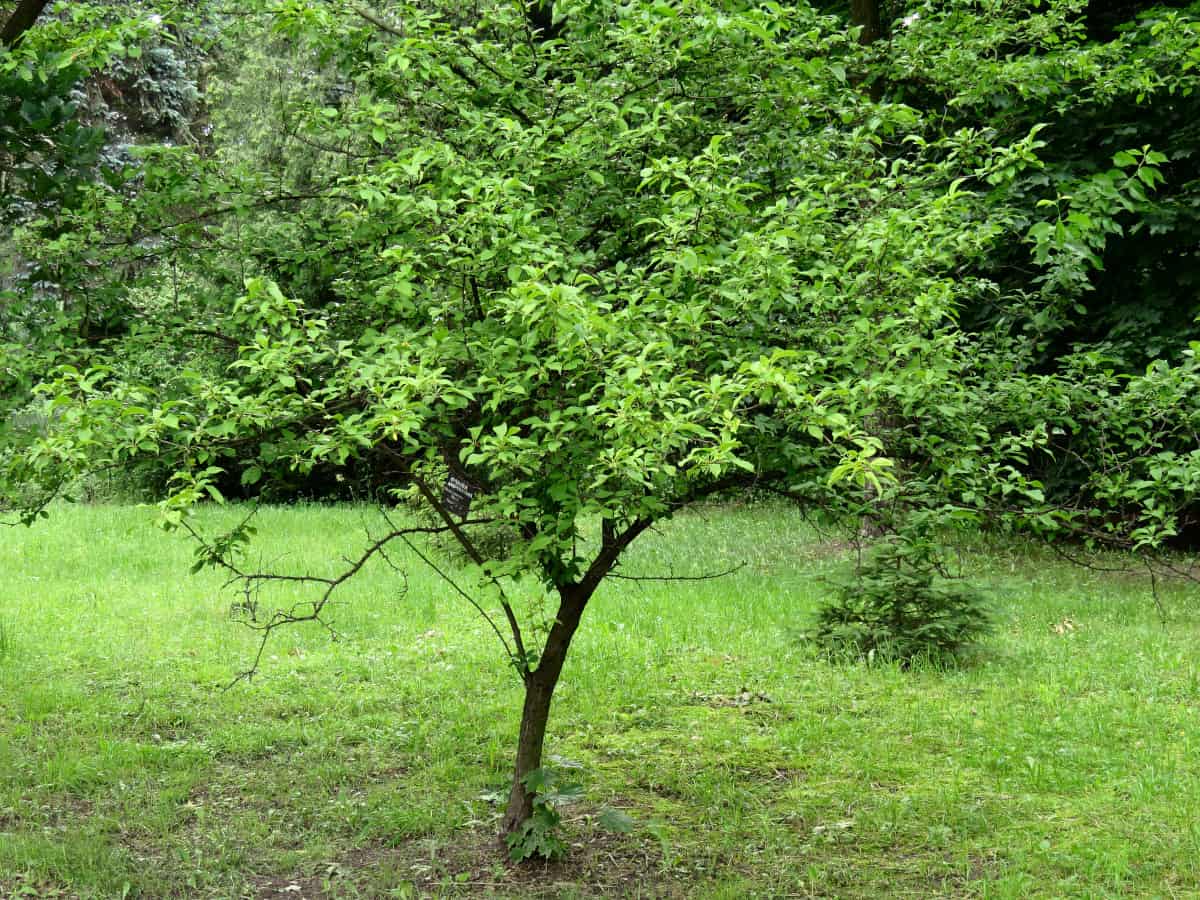
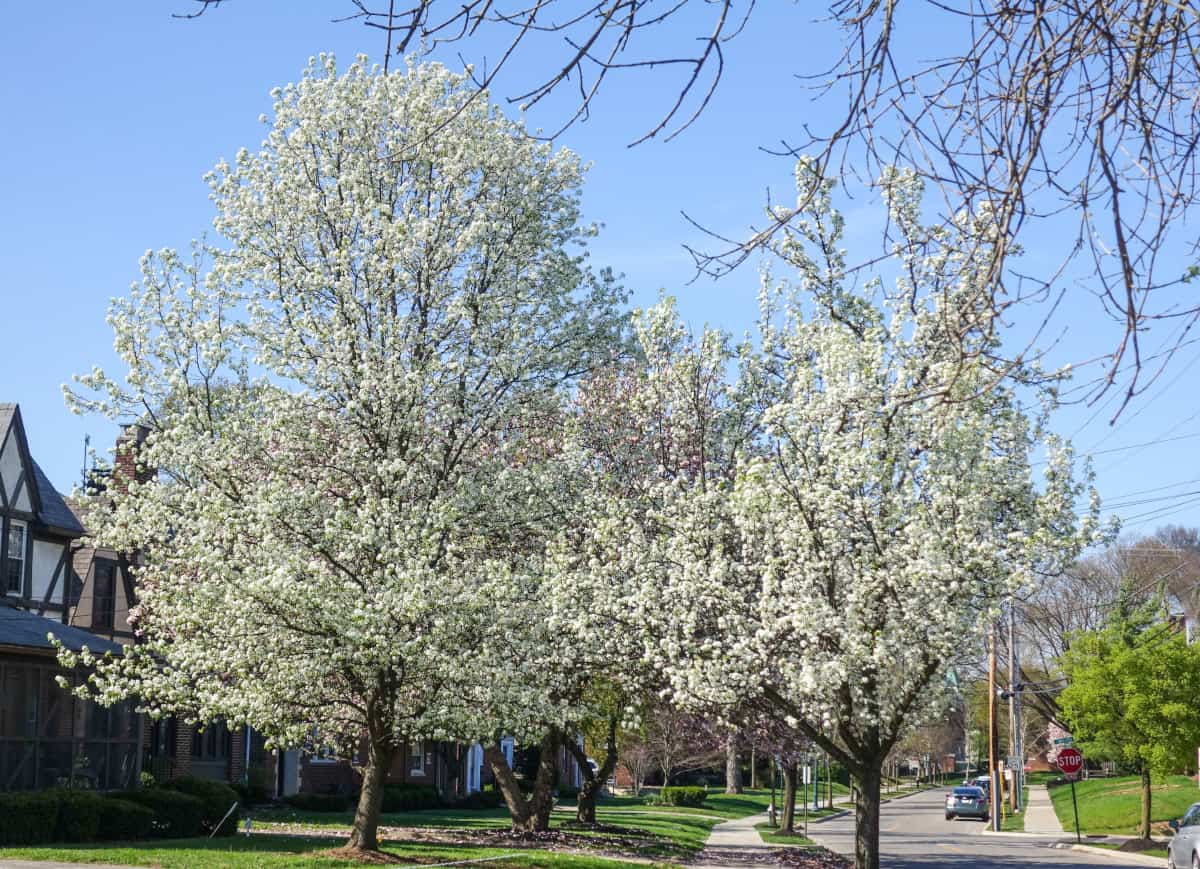
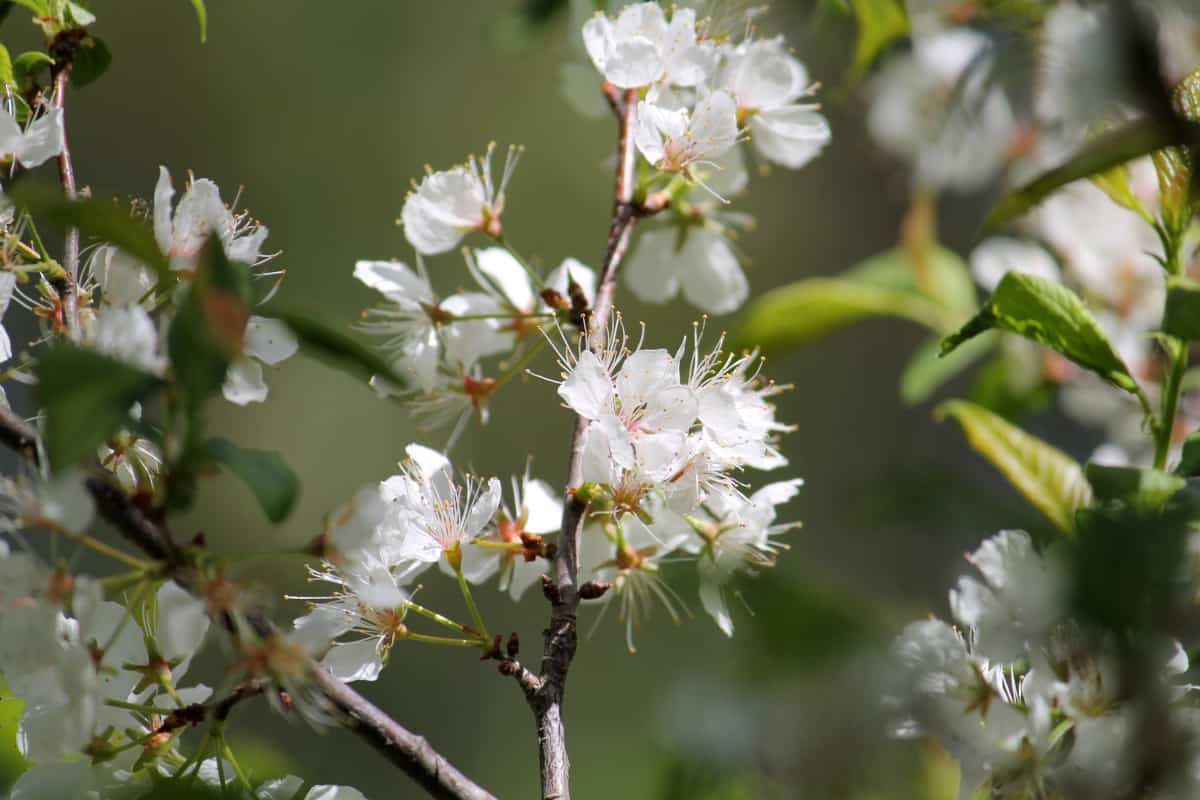
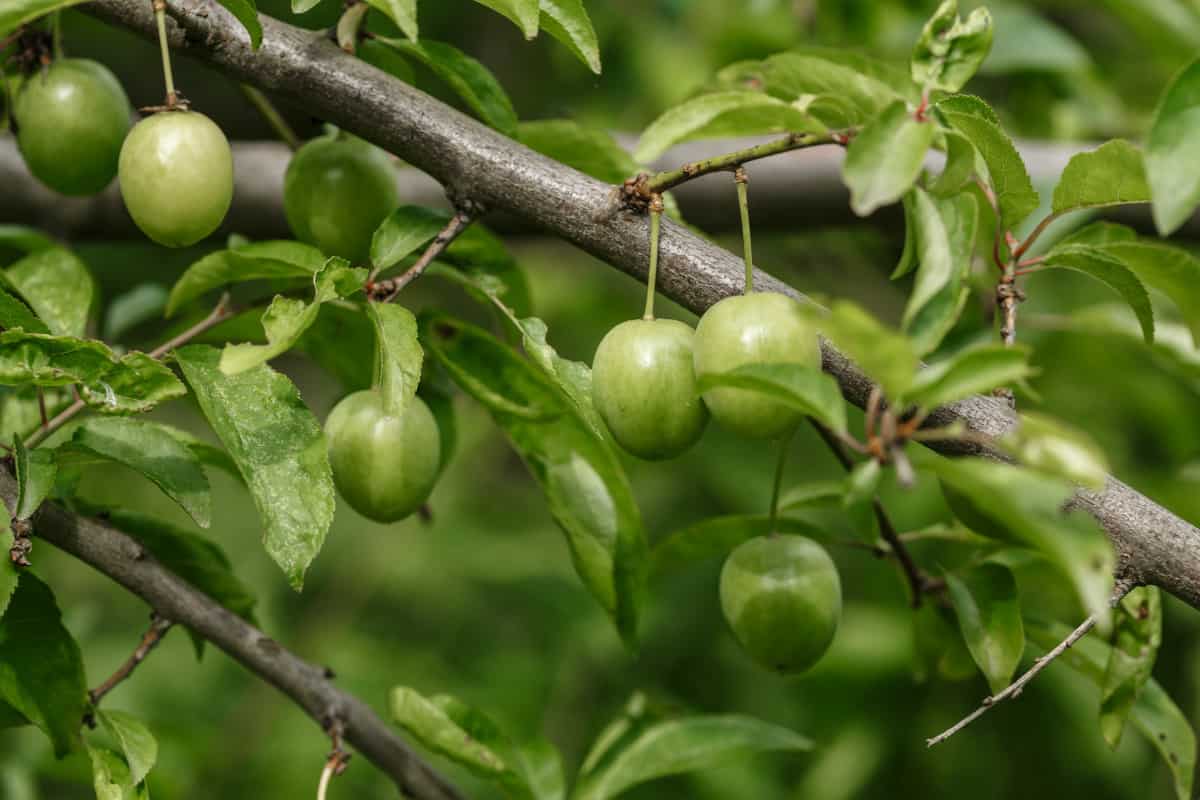
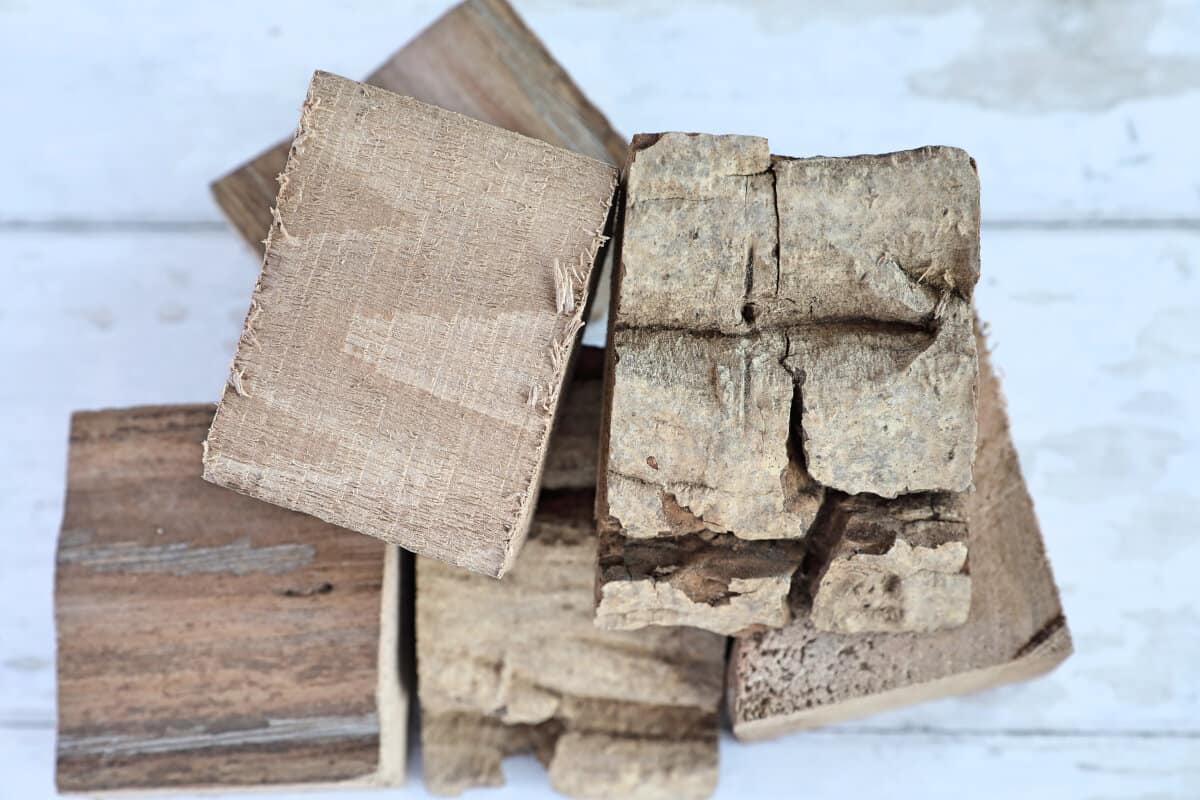
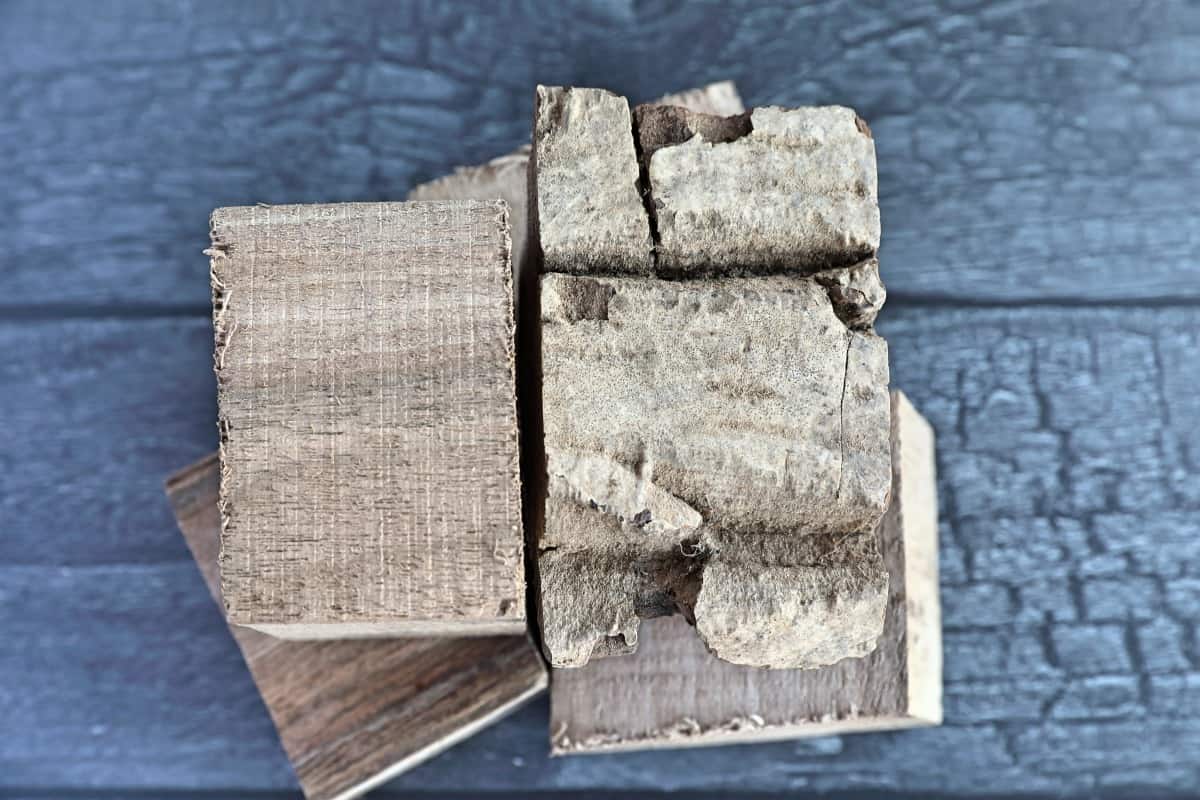
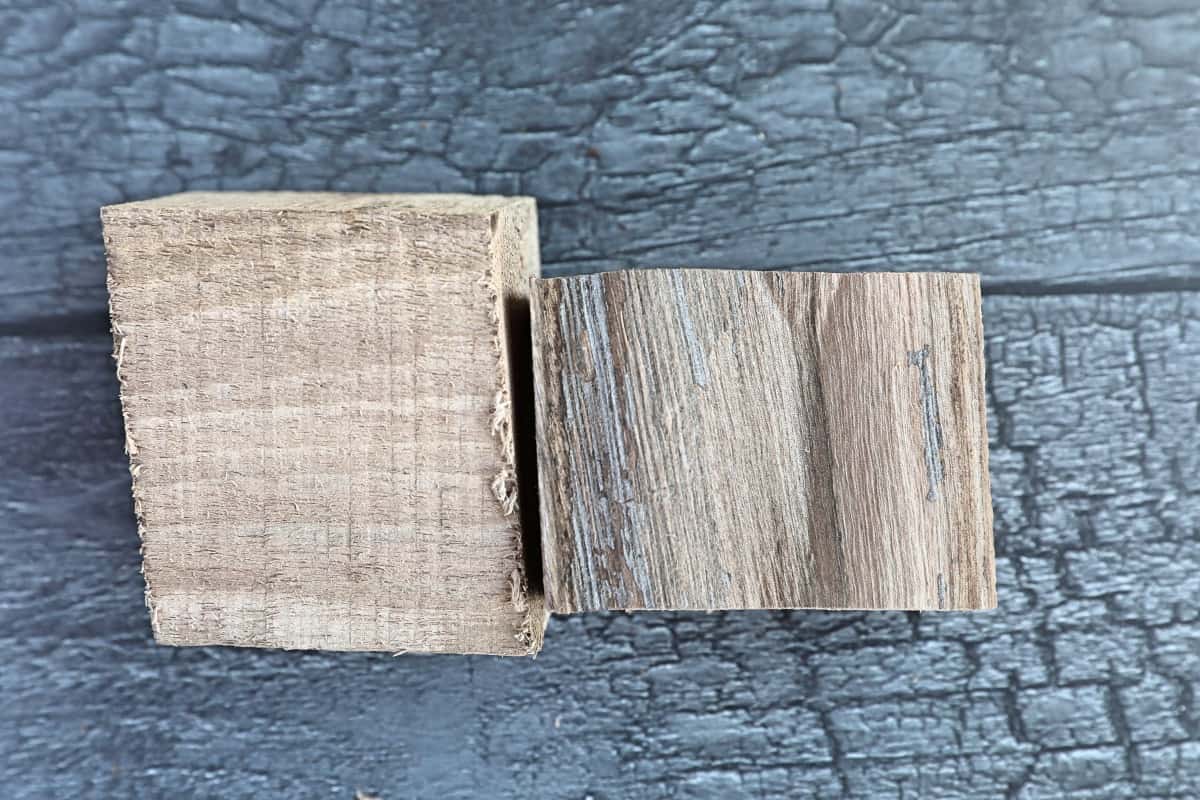
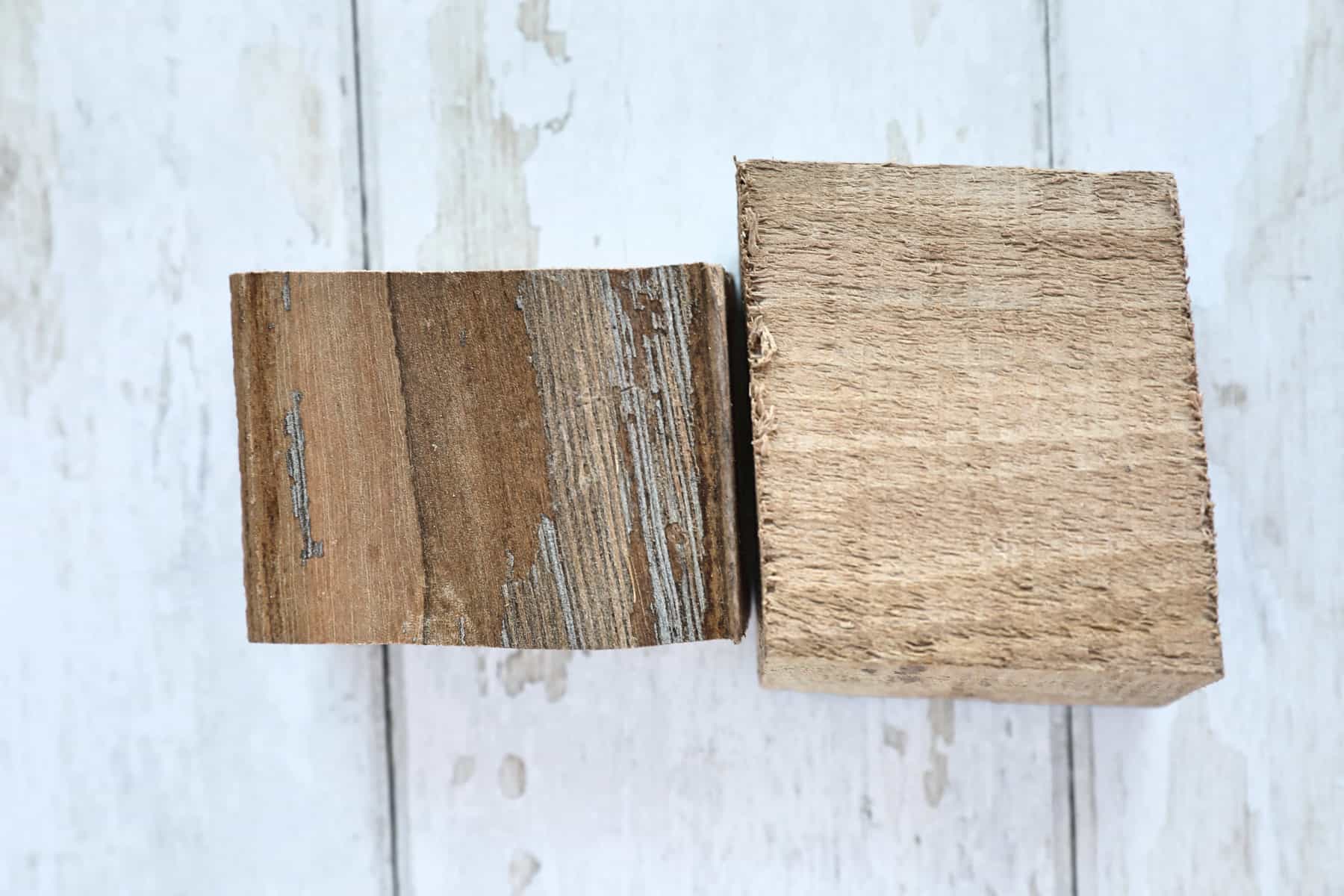
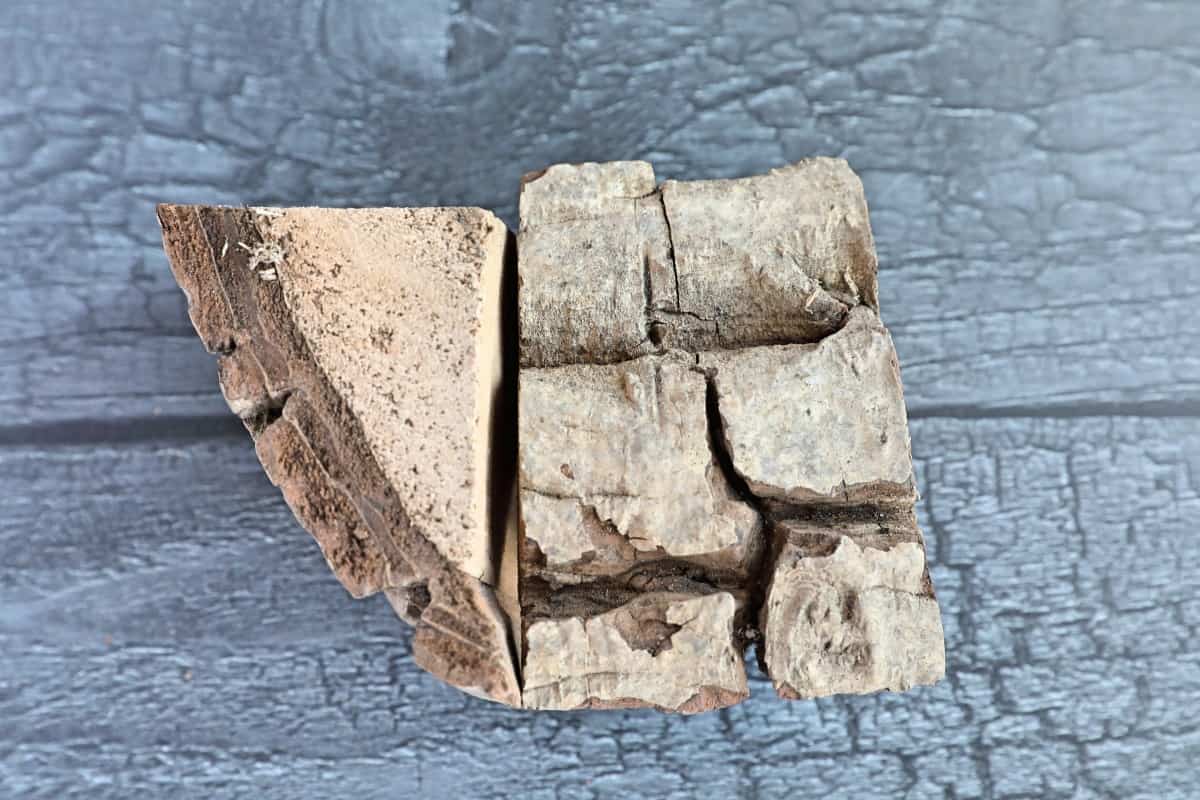
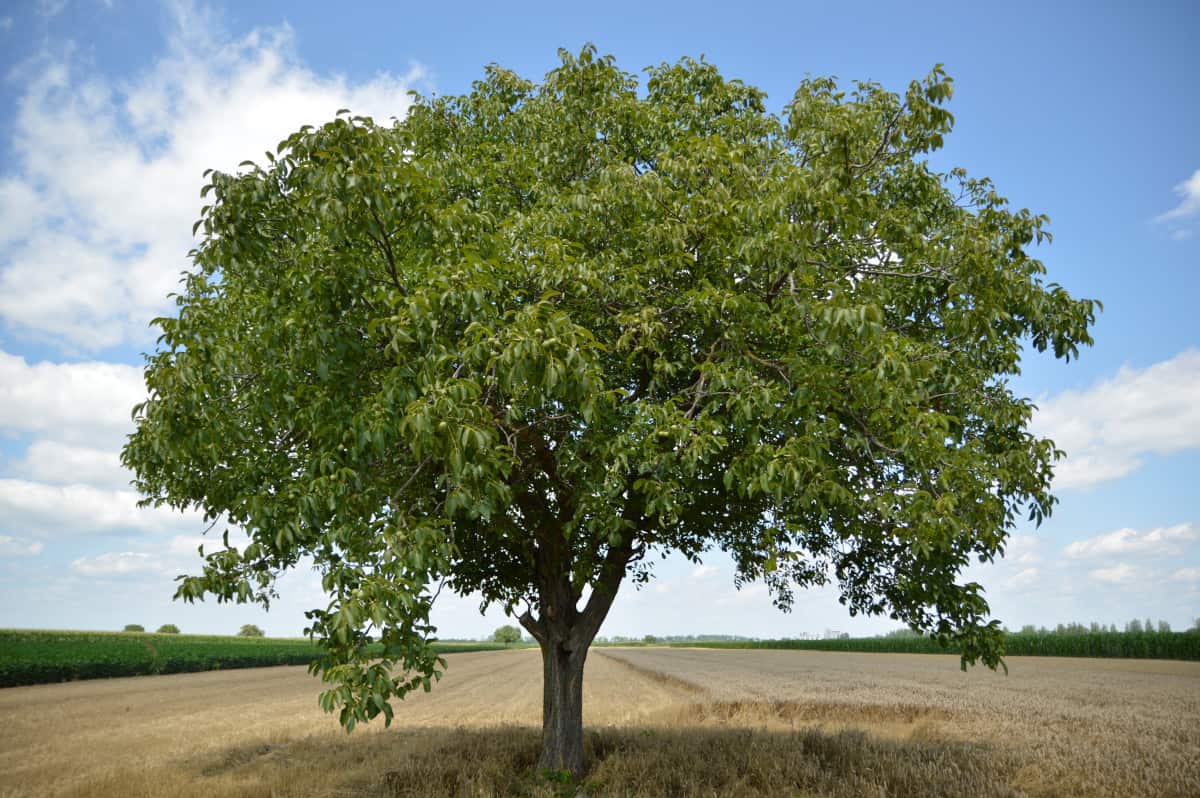
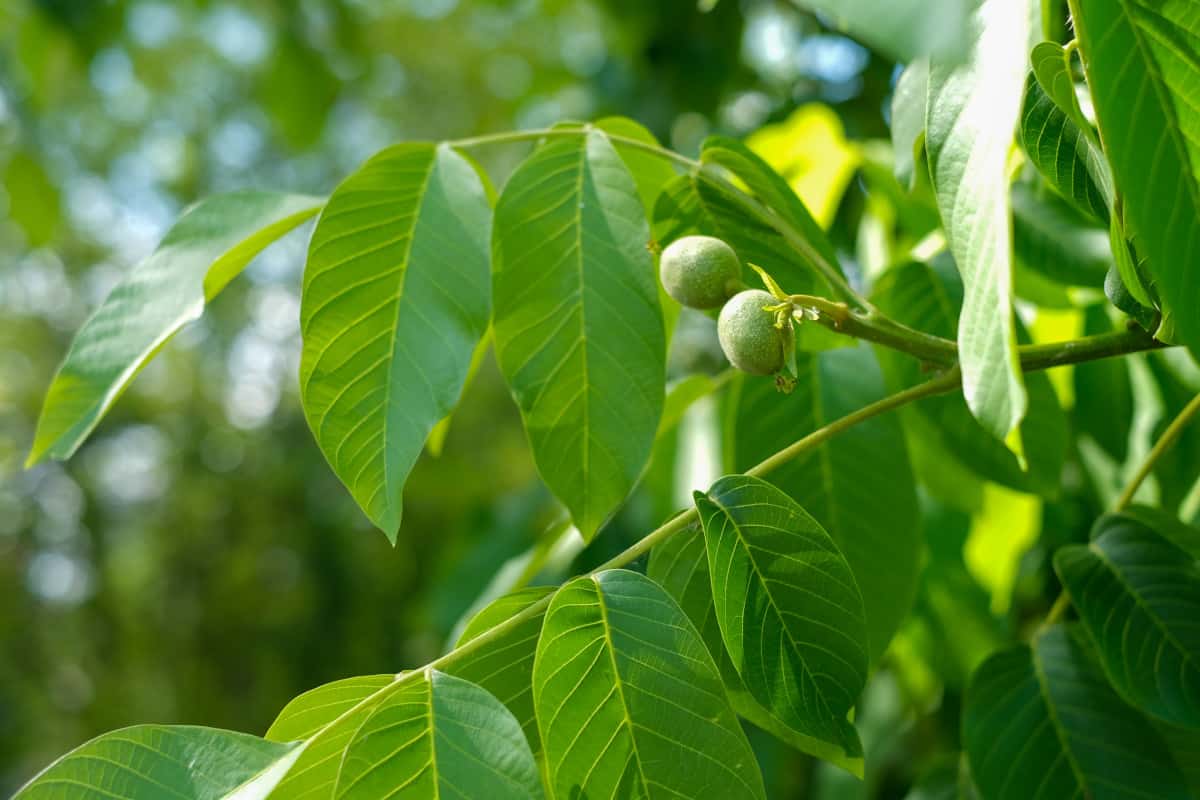
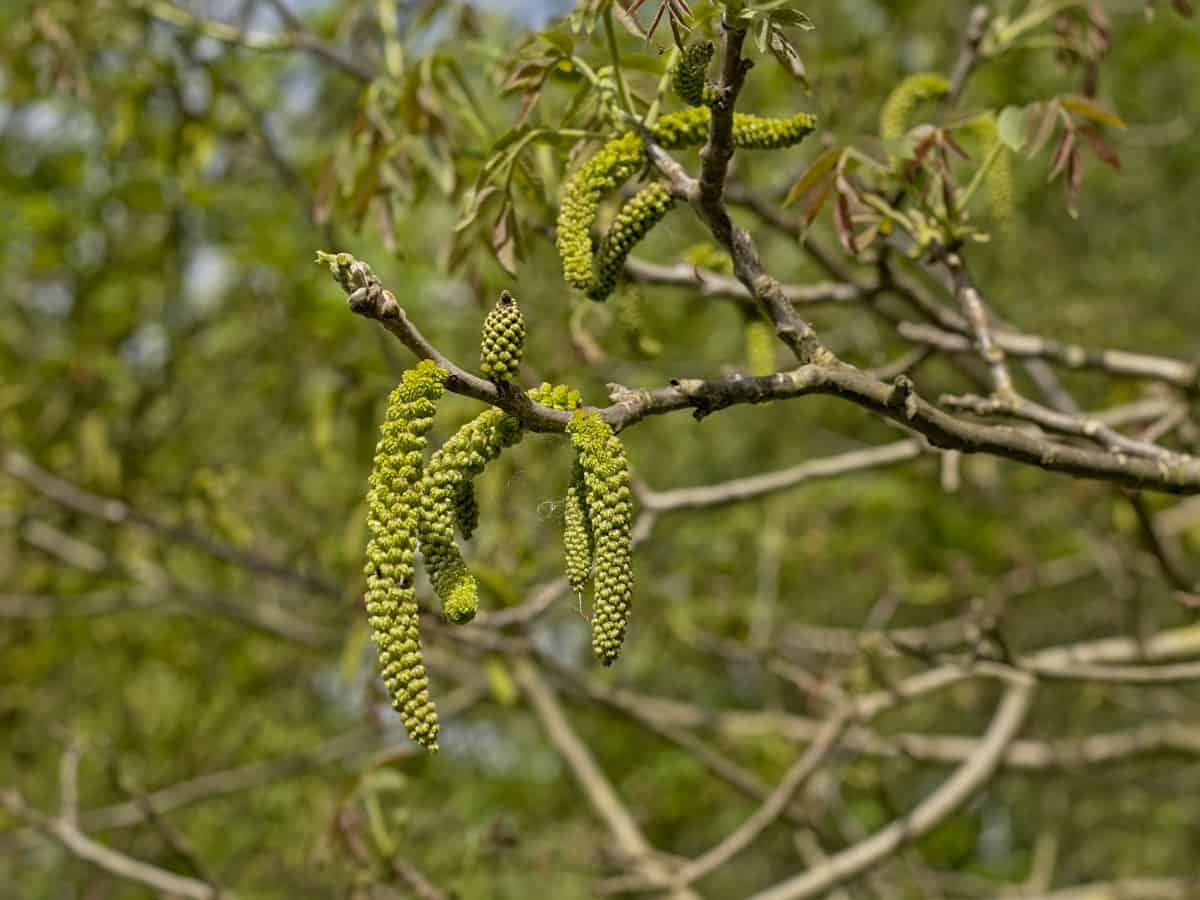
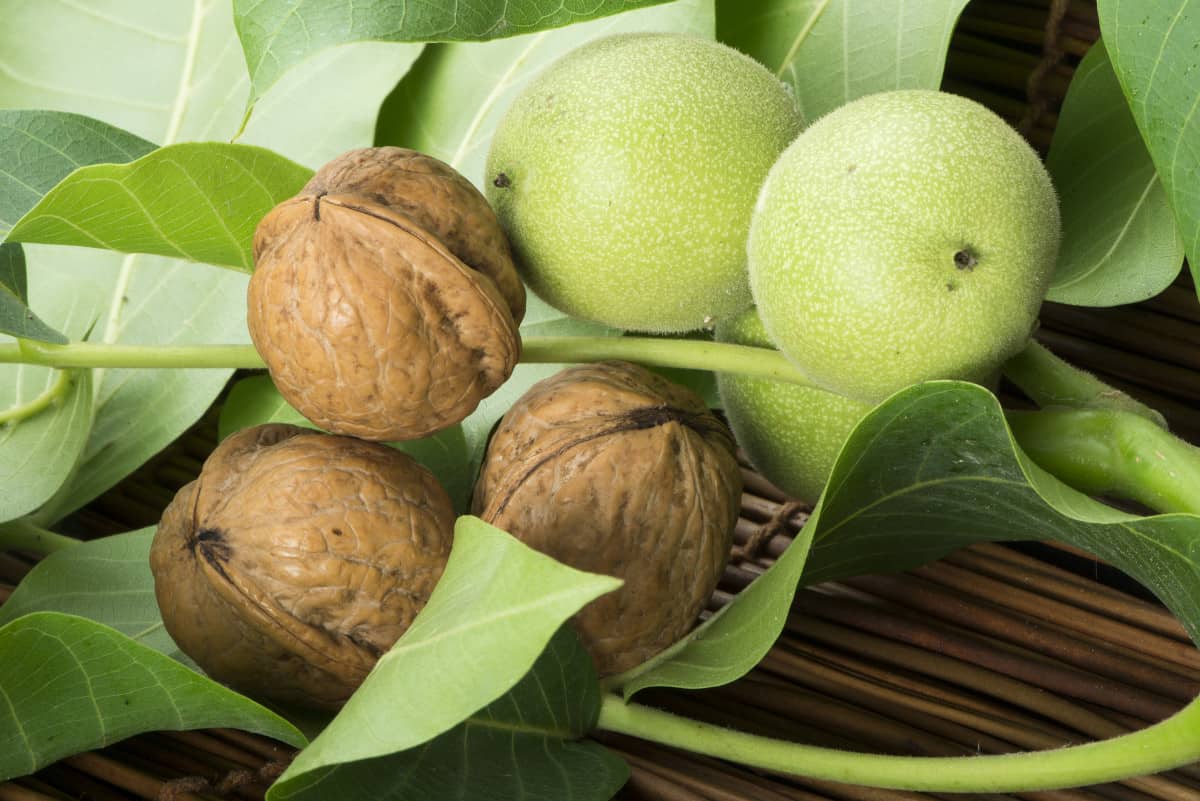
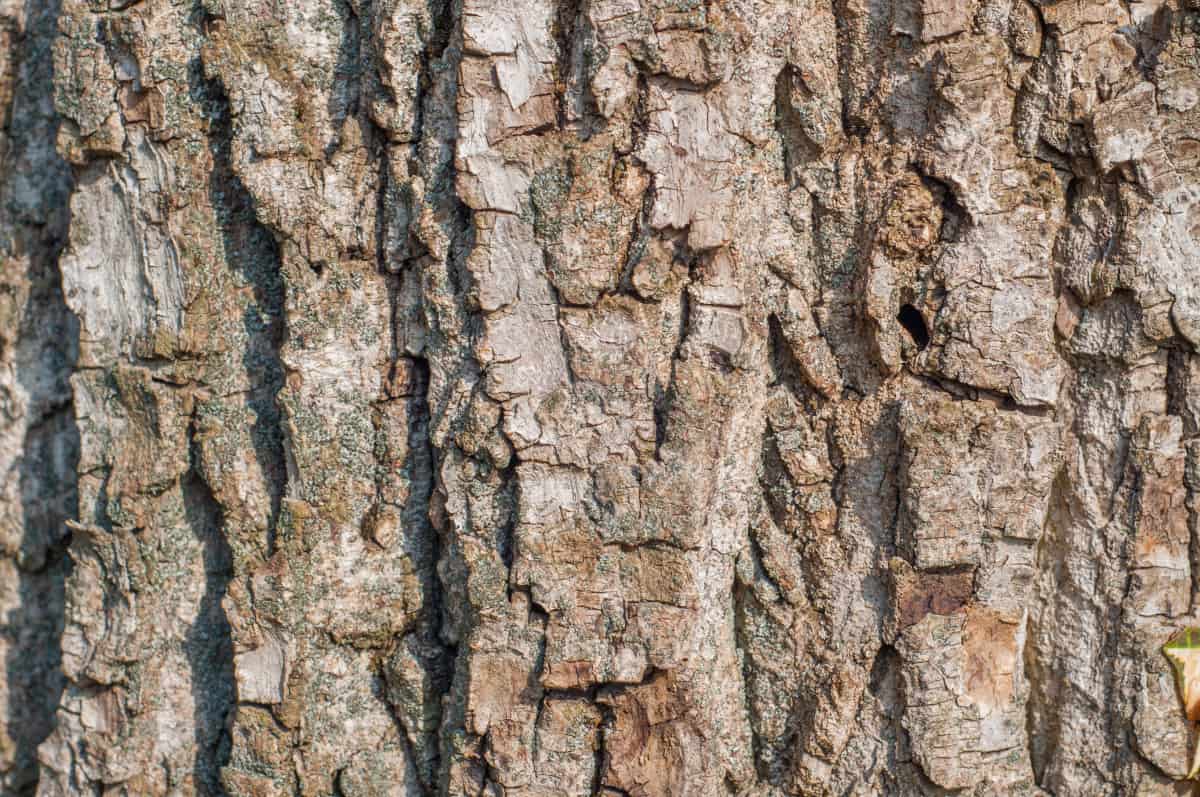
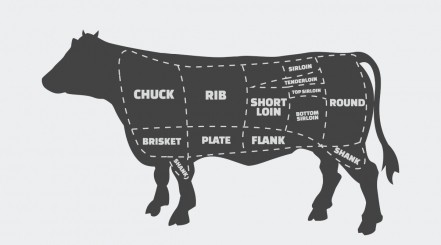

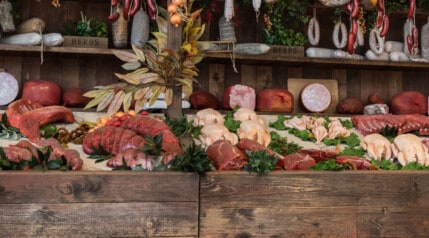
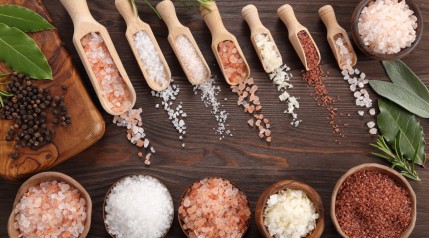
0 Comments